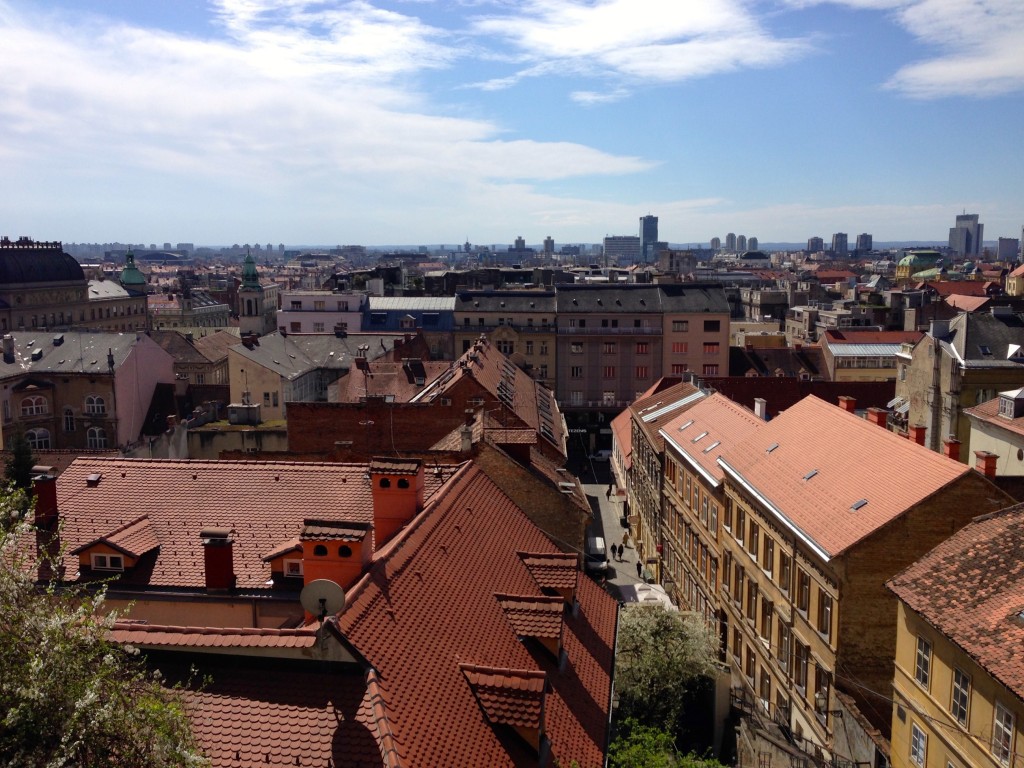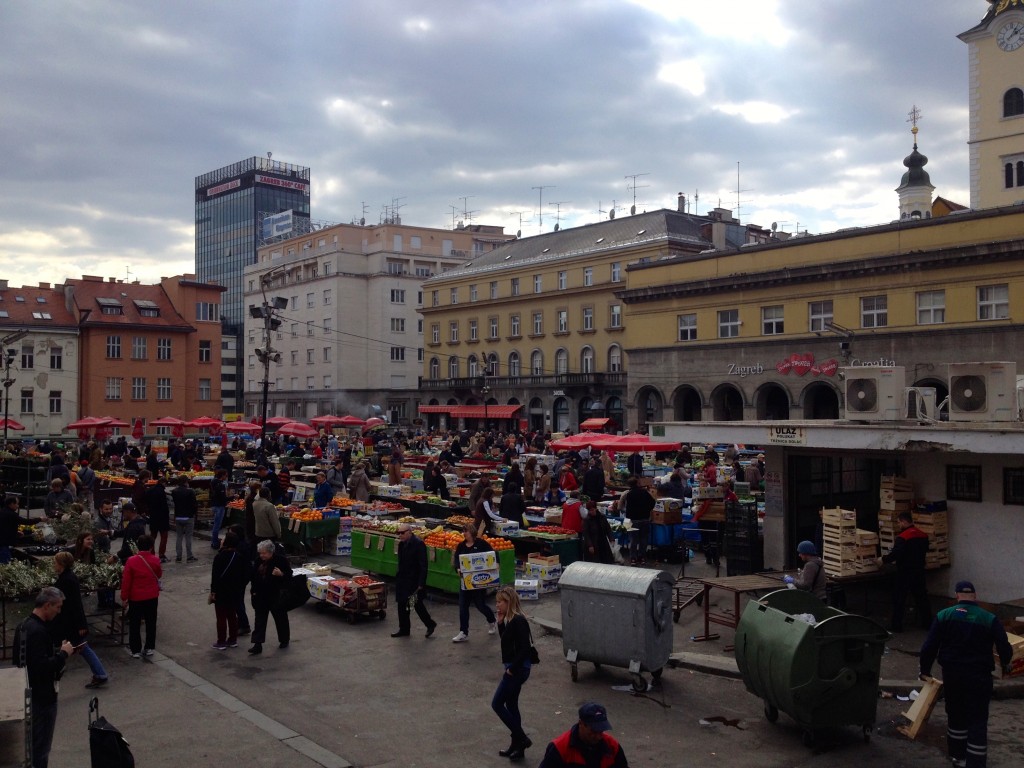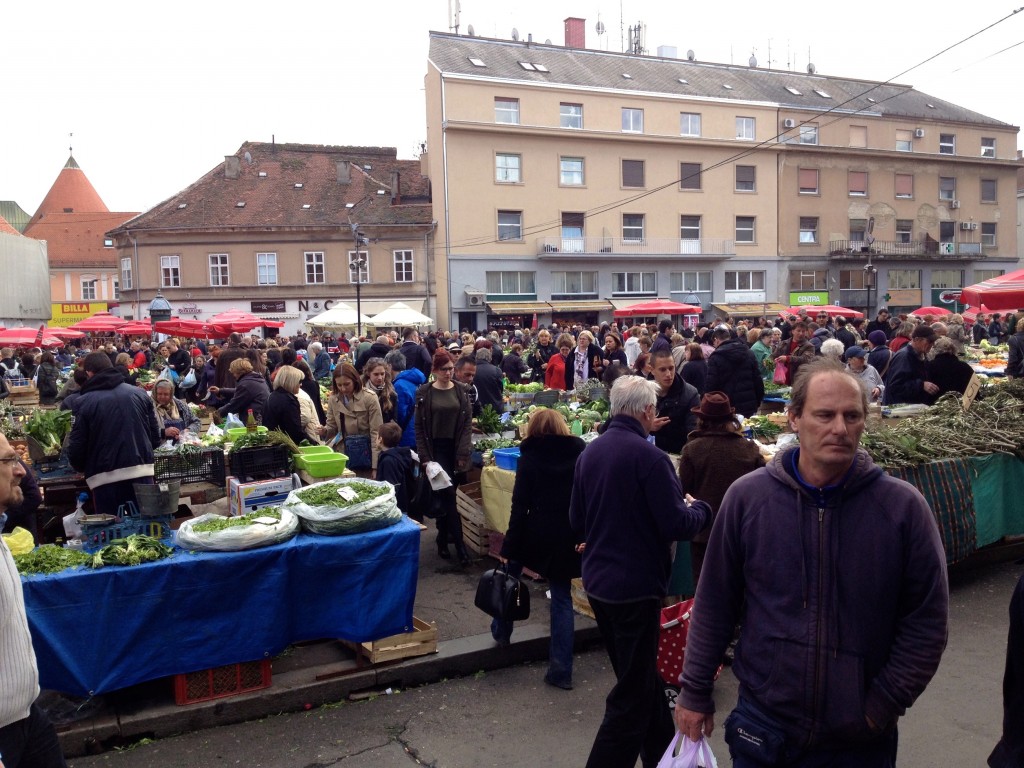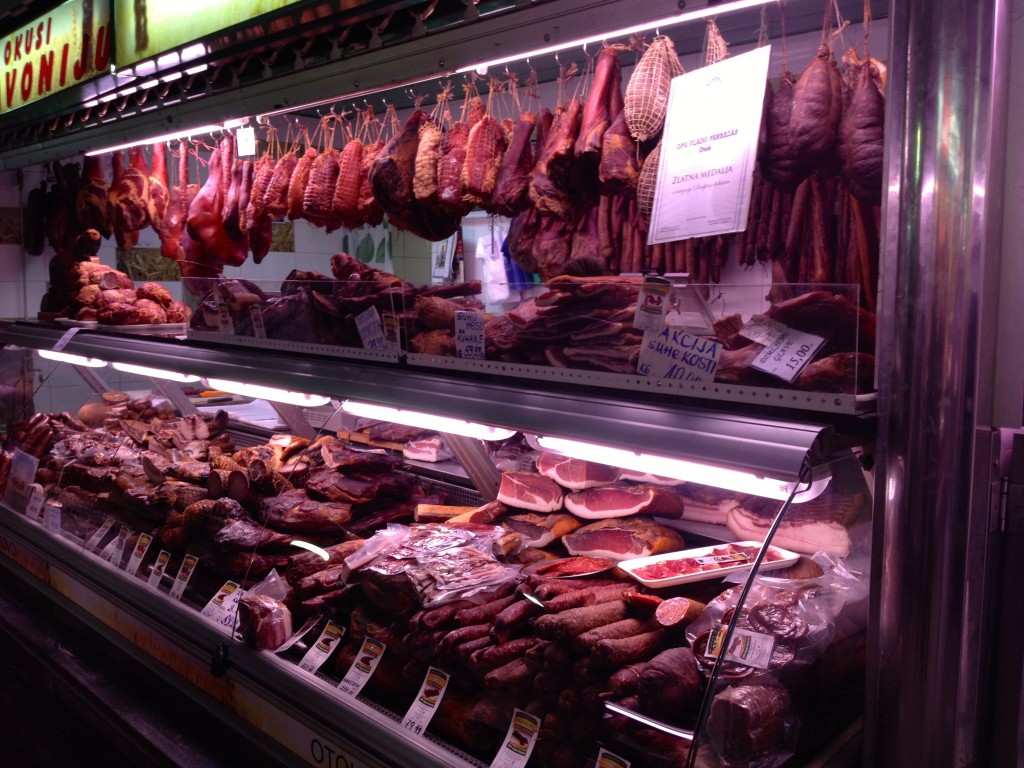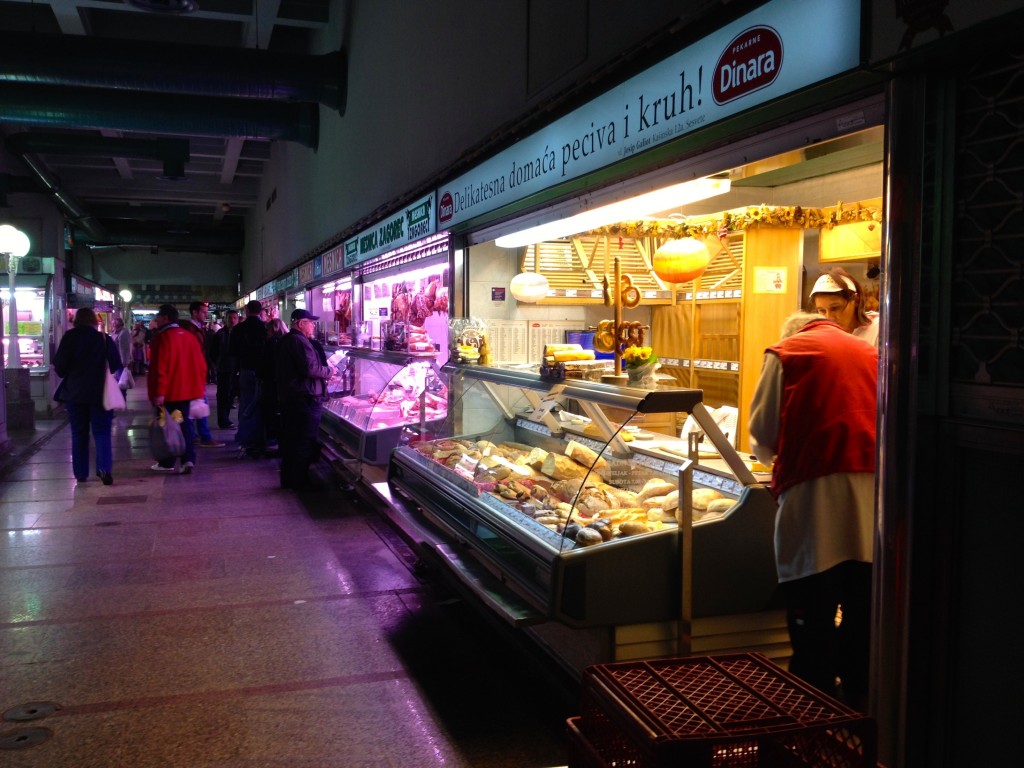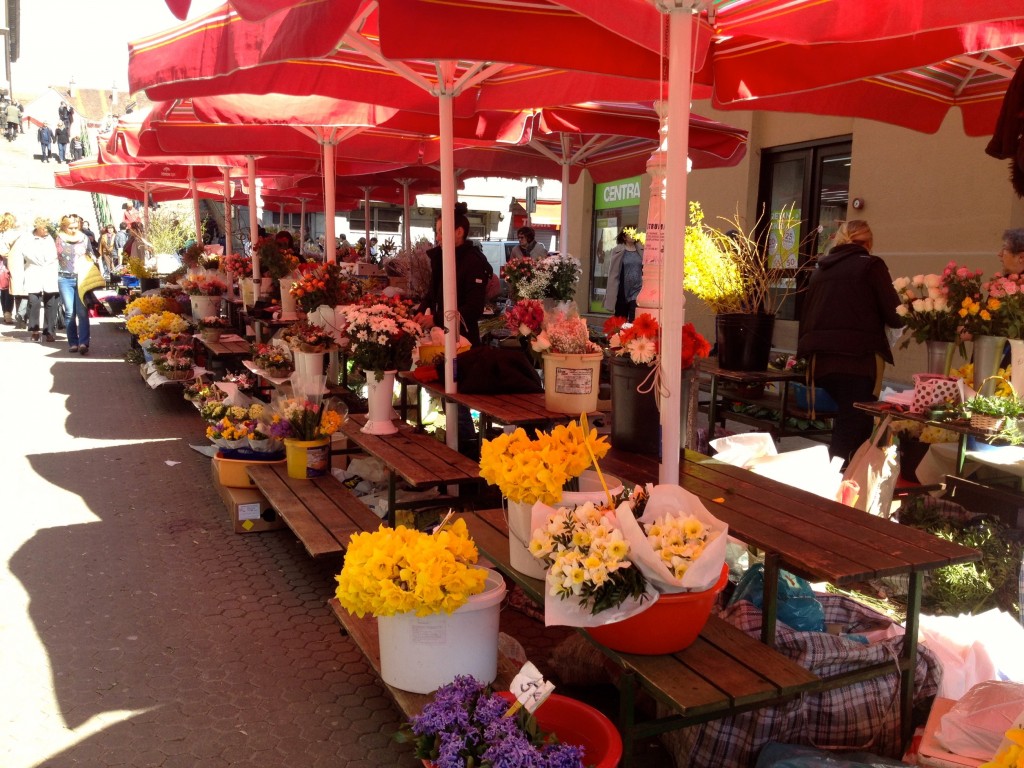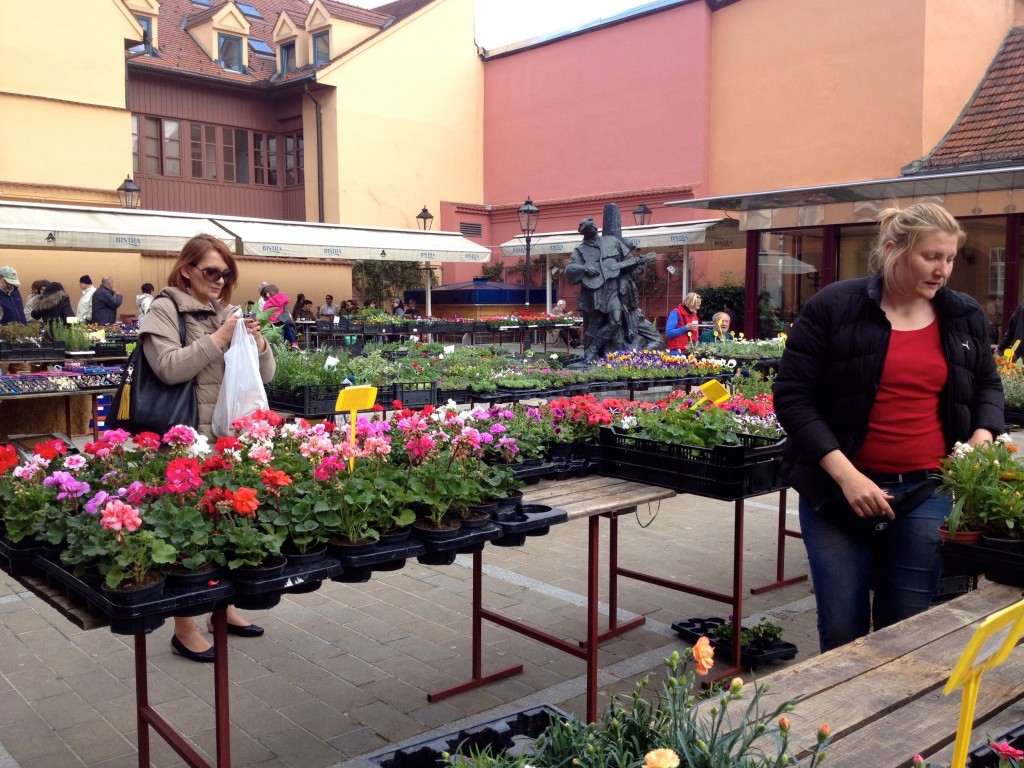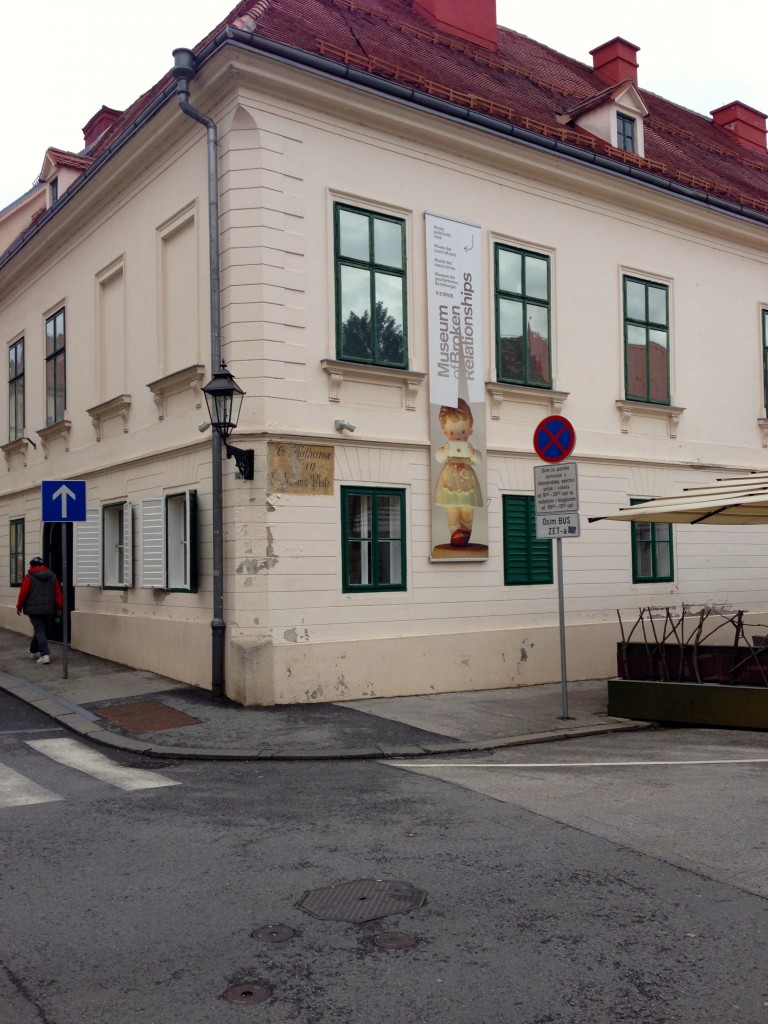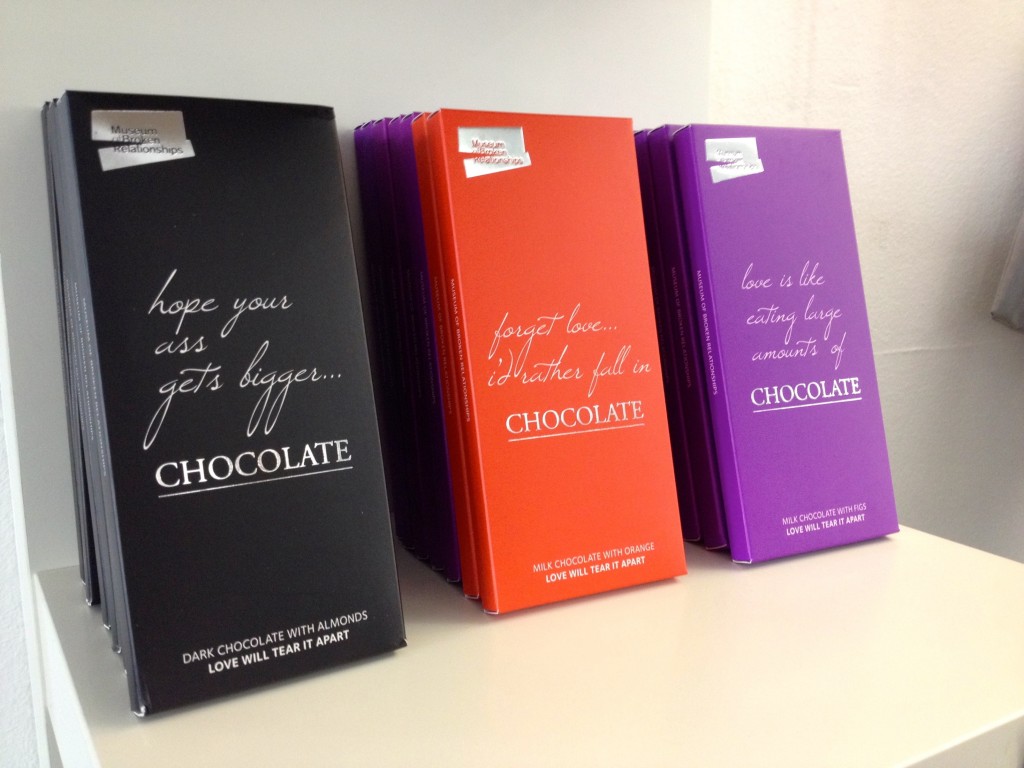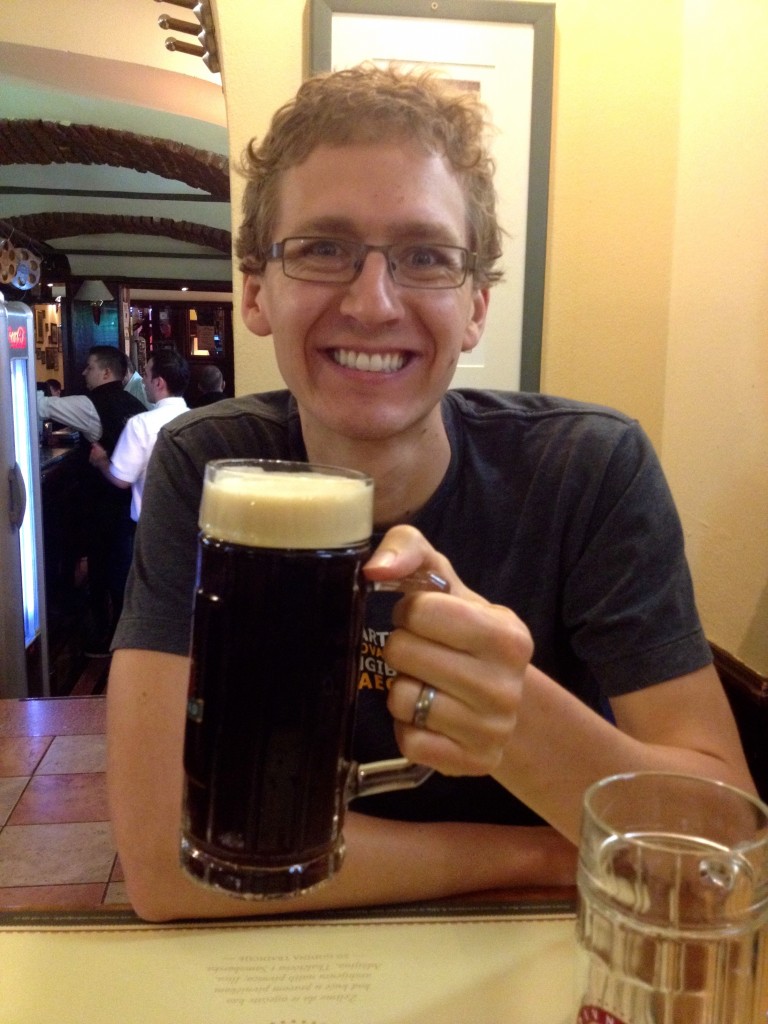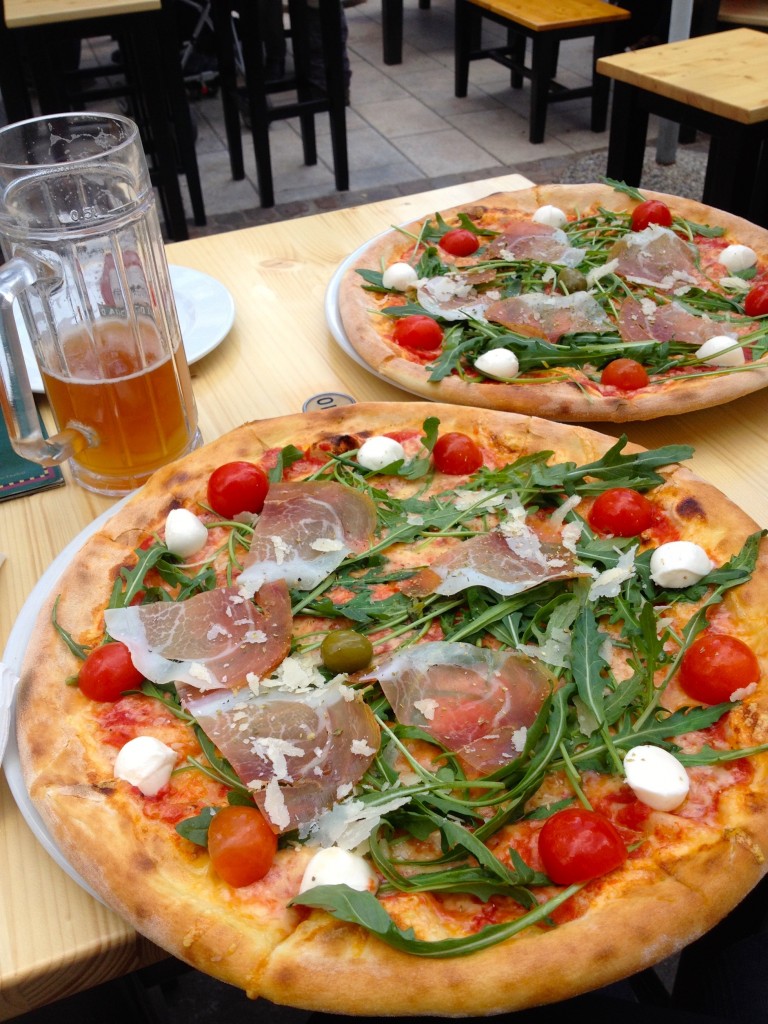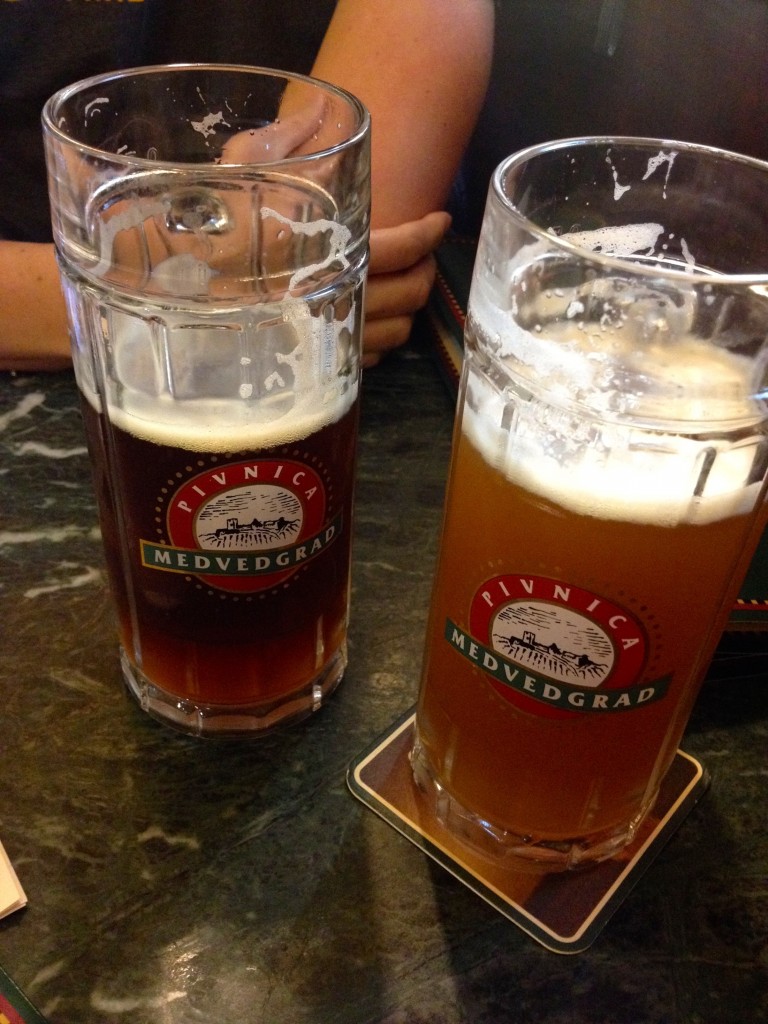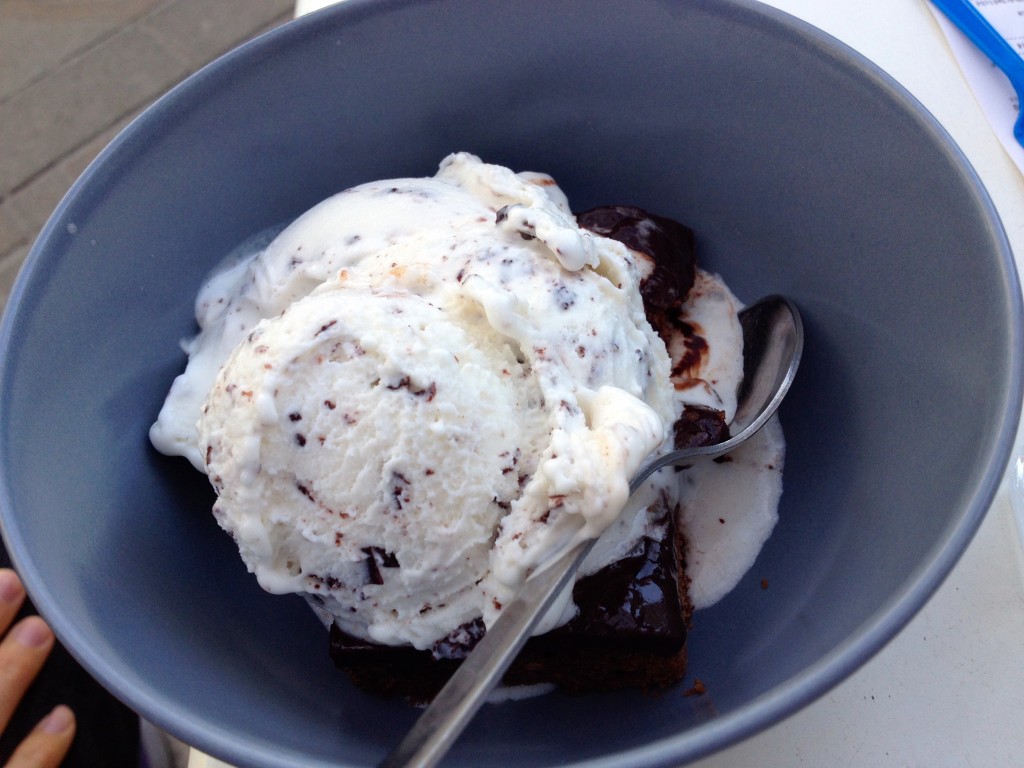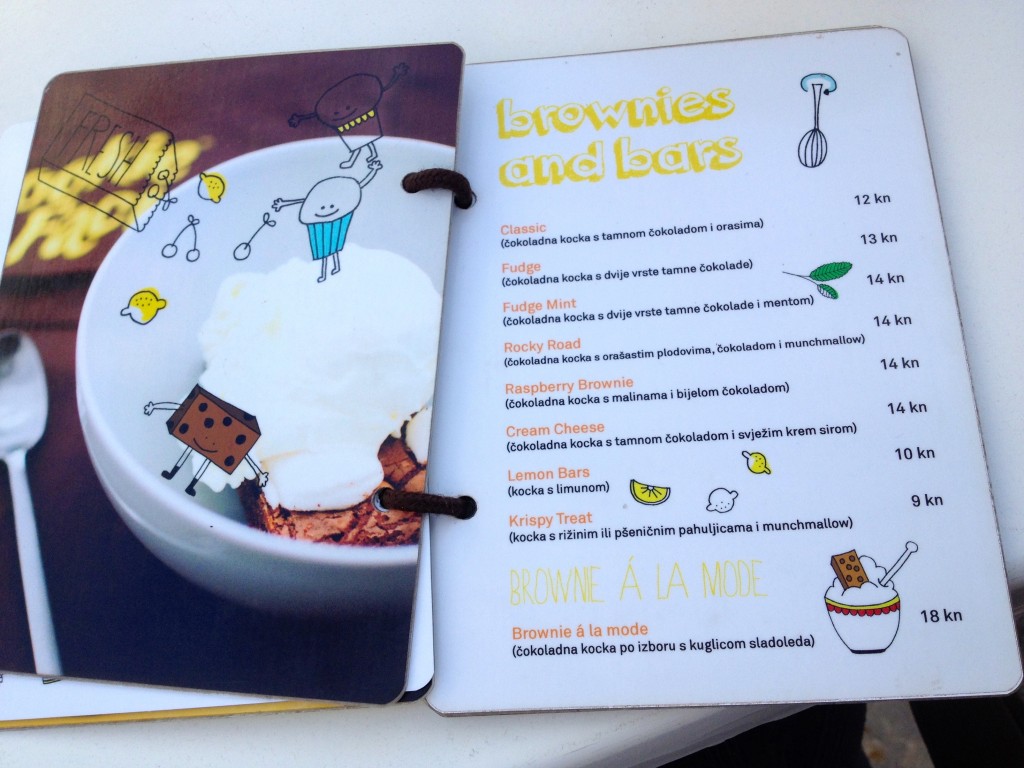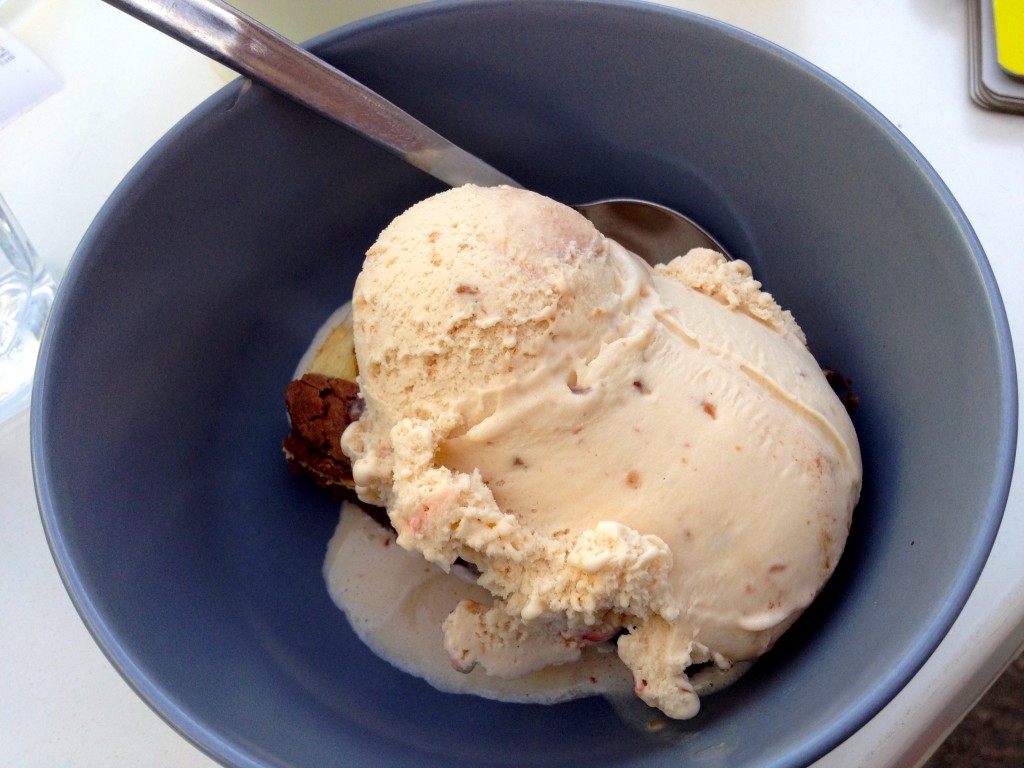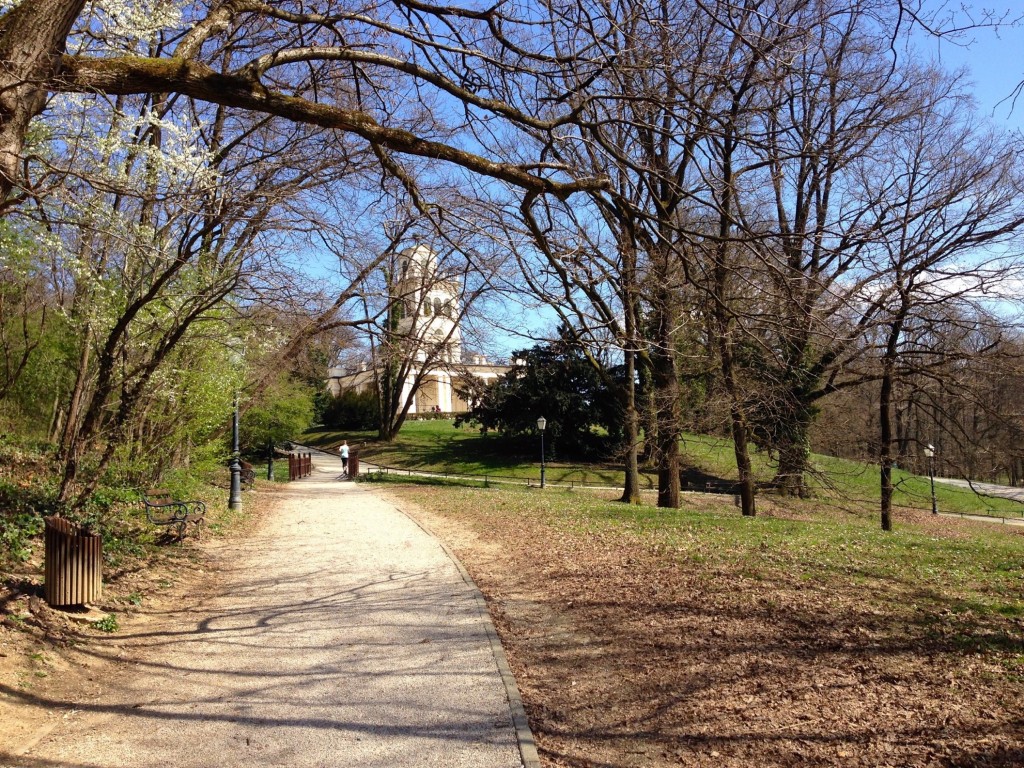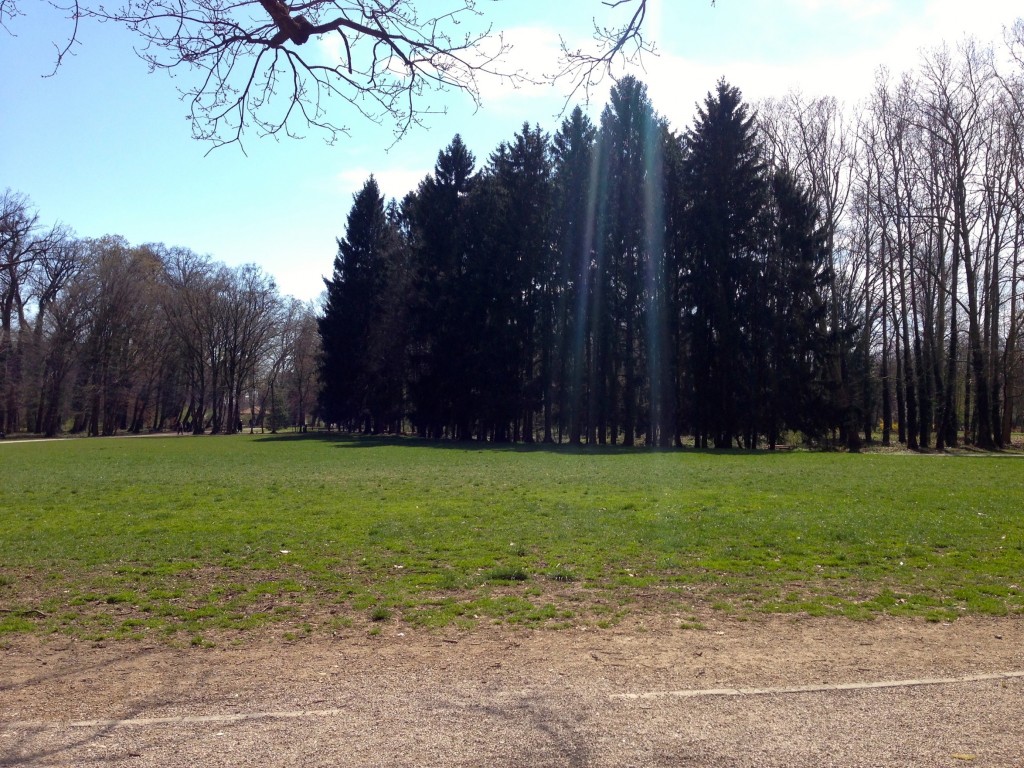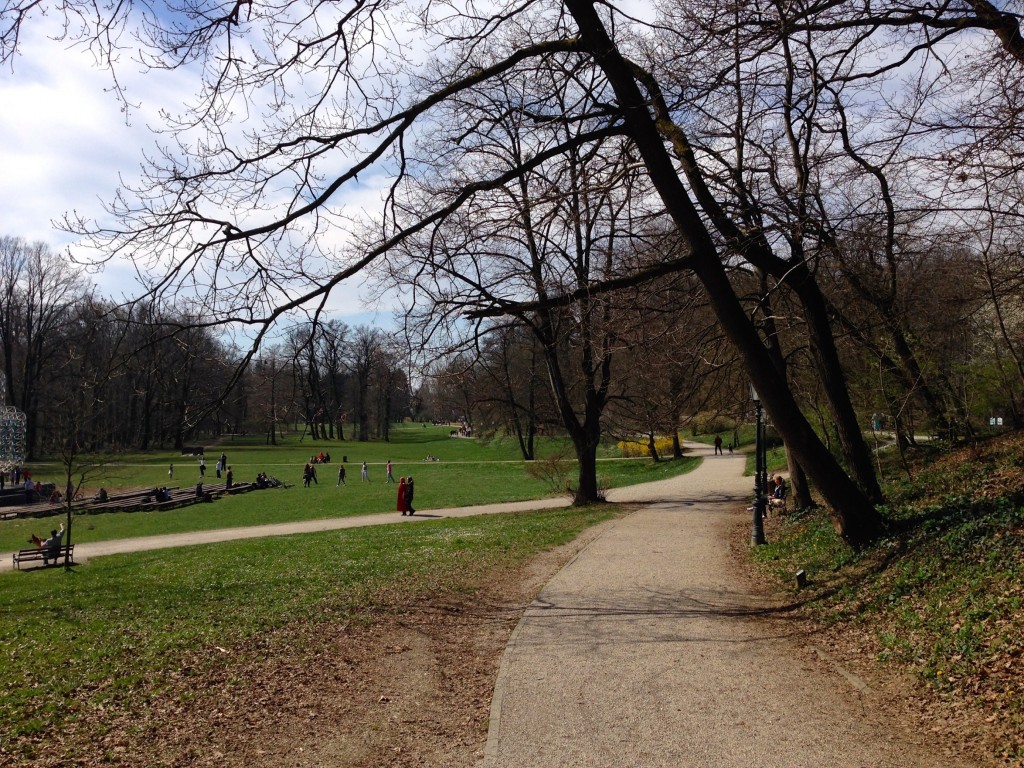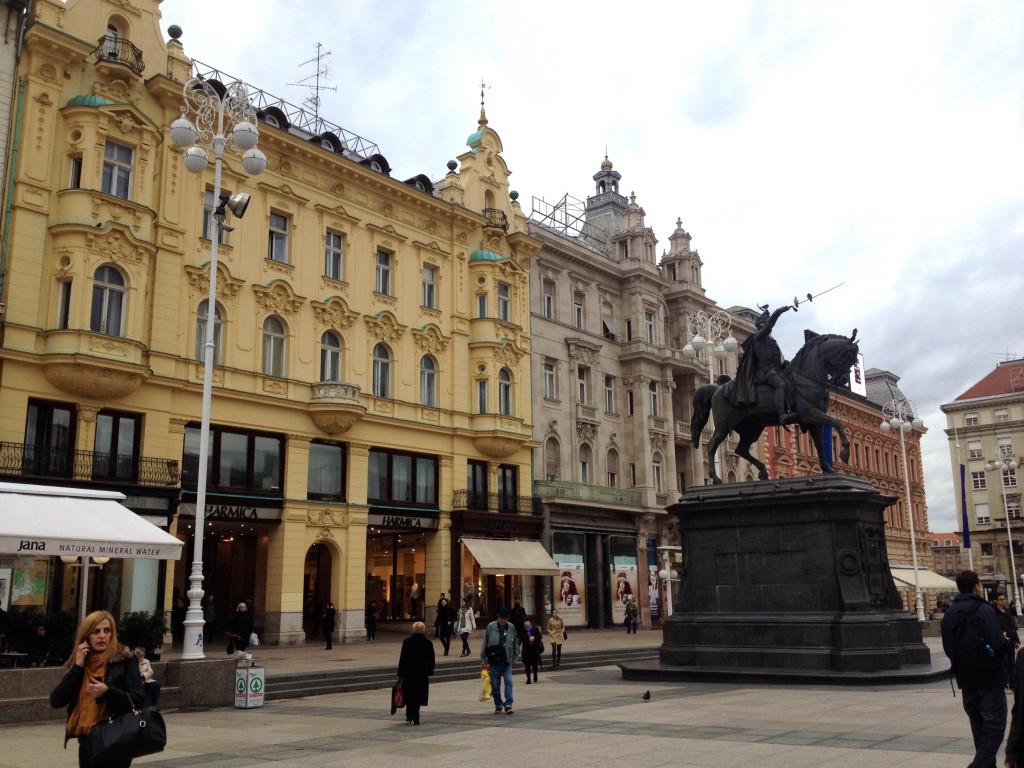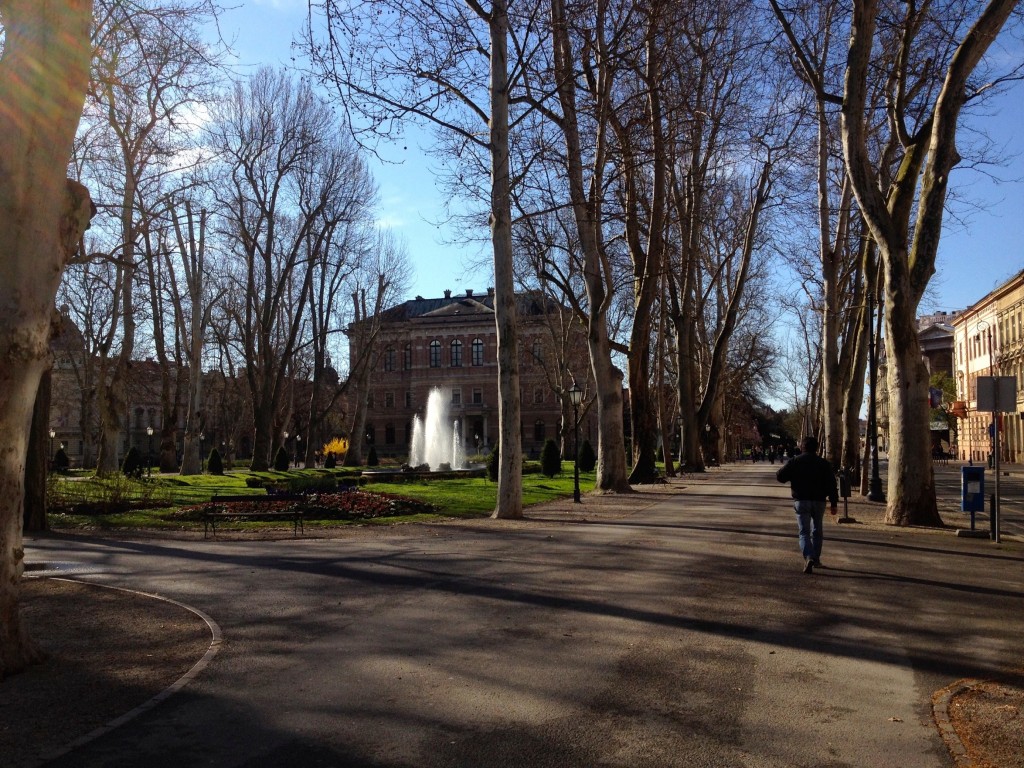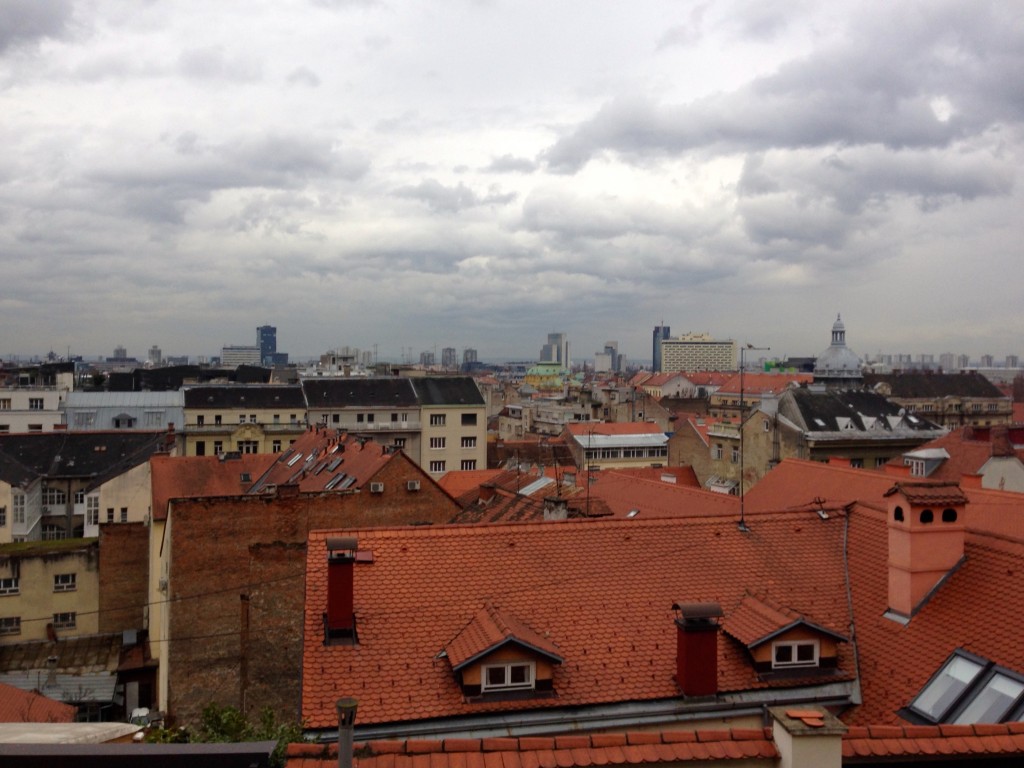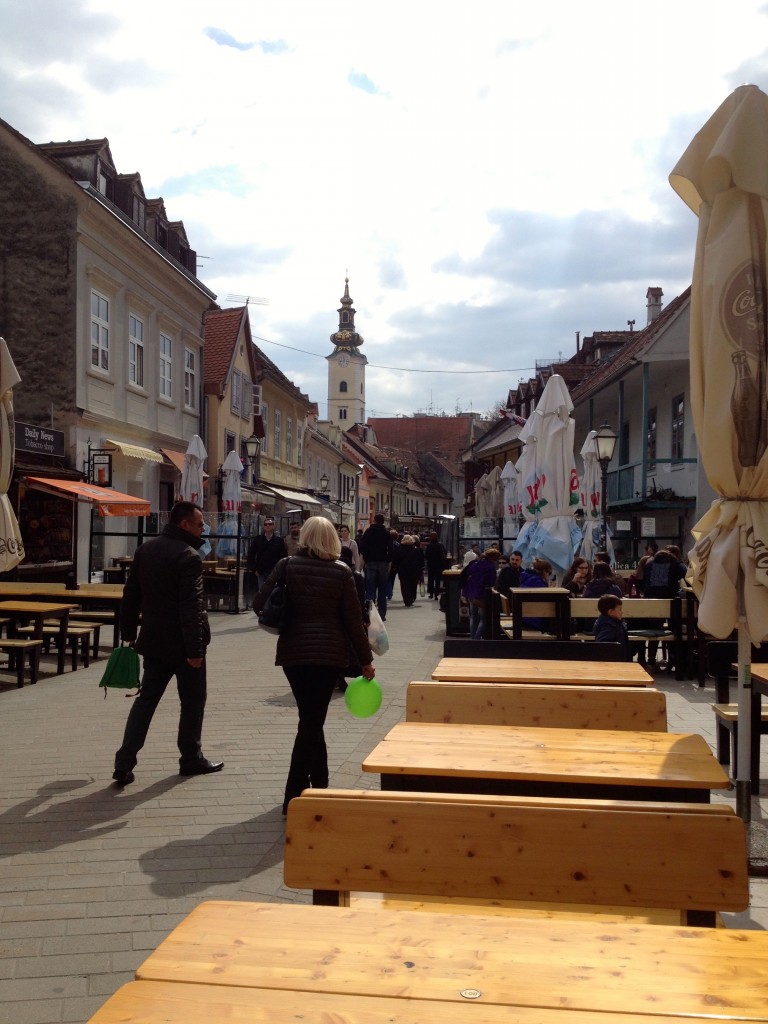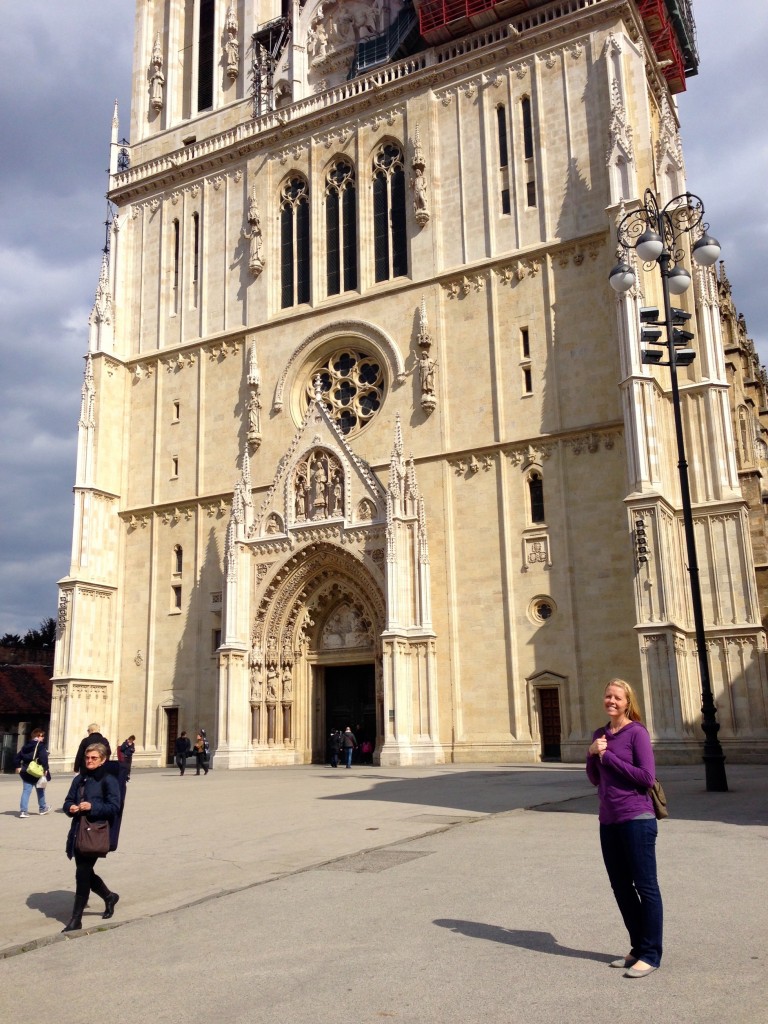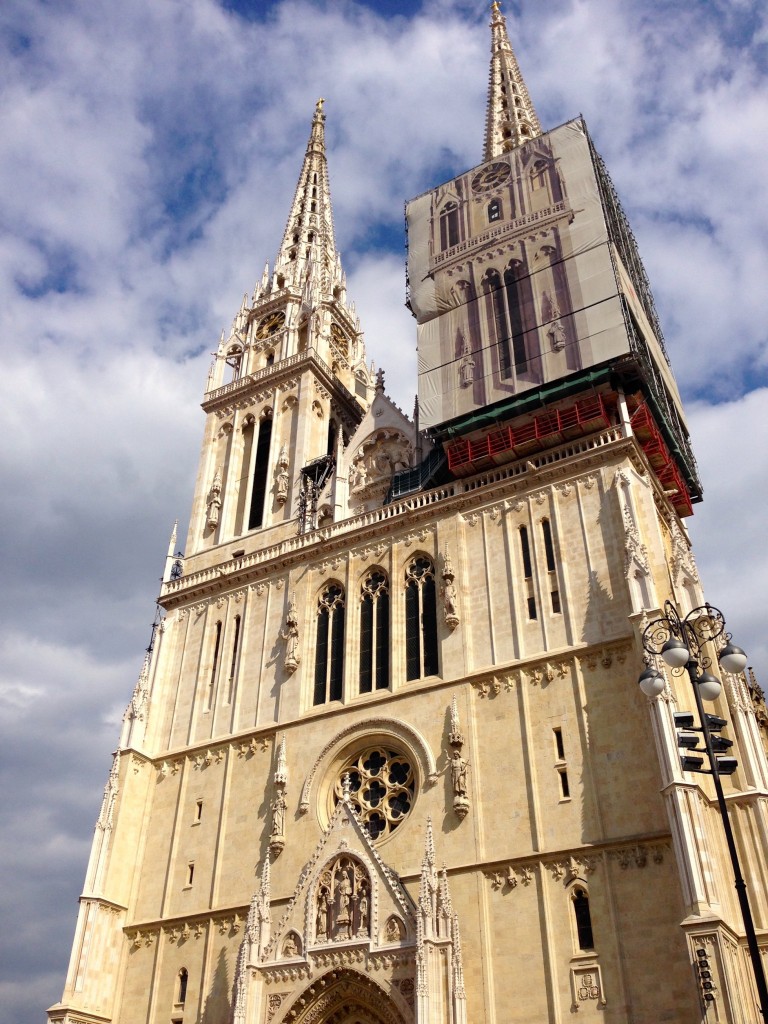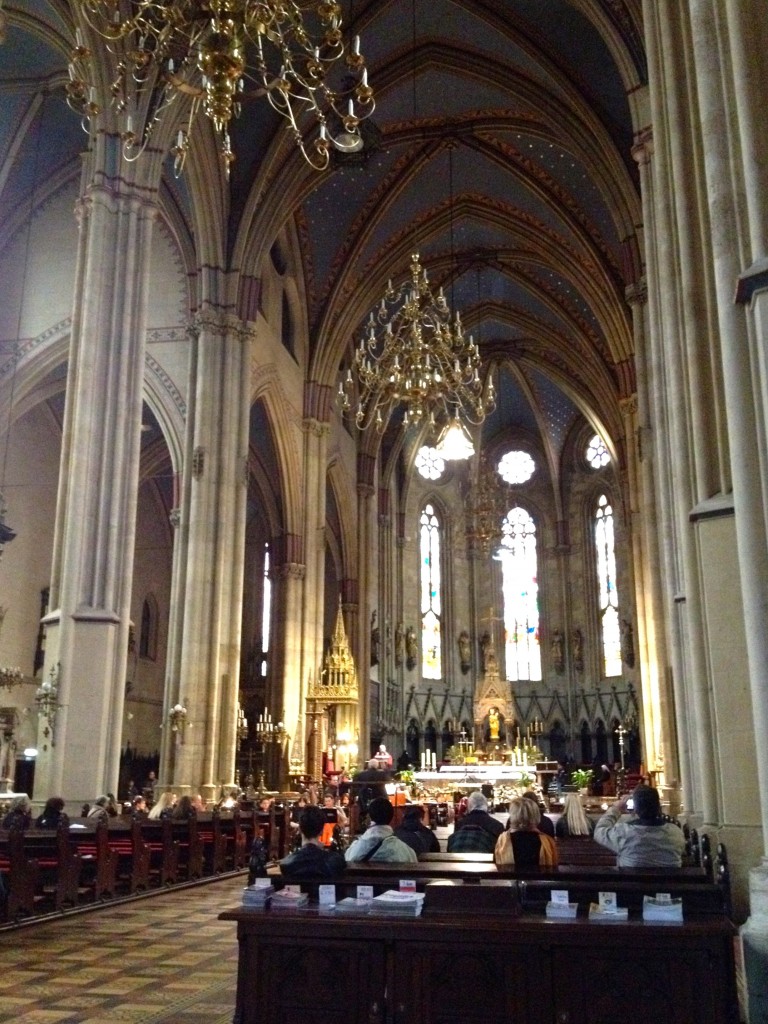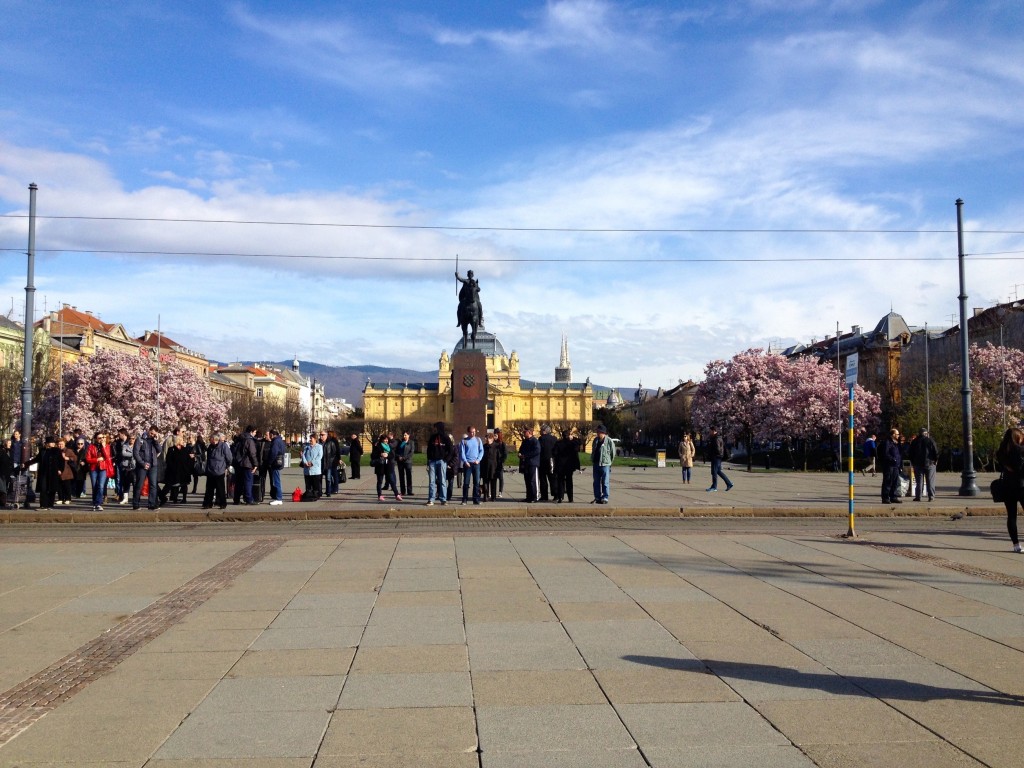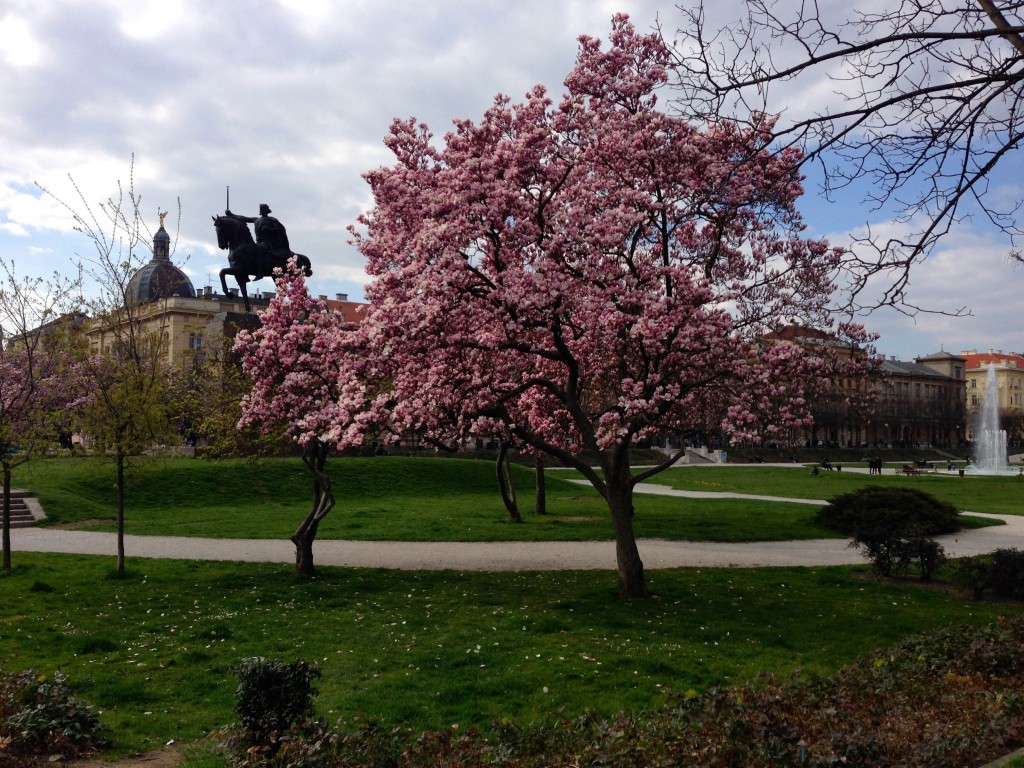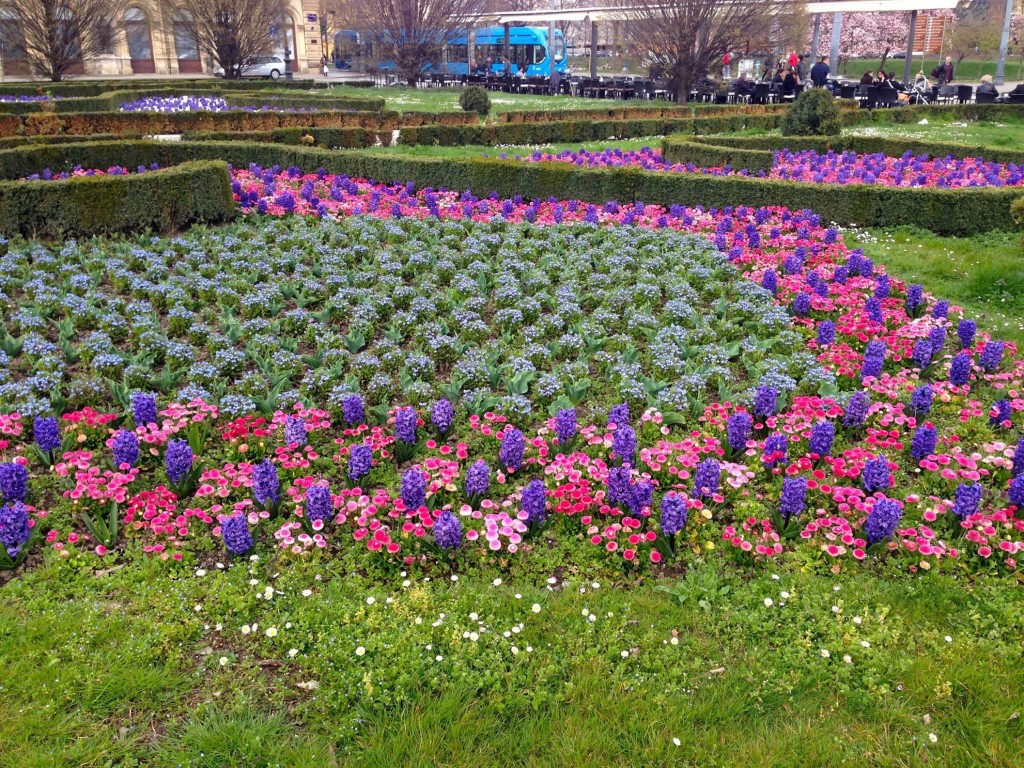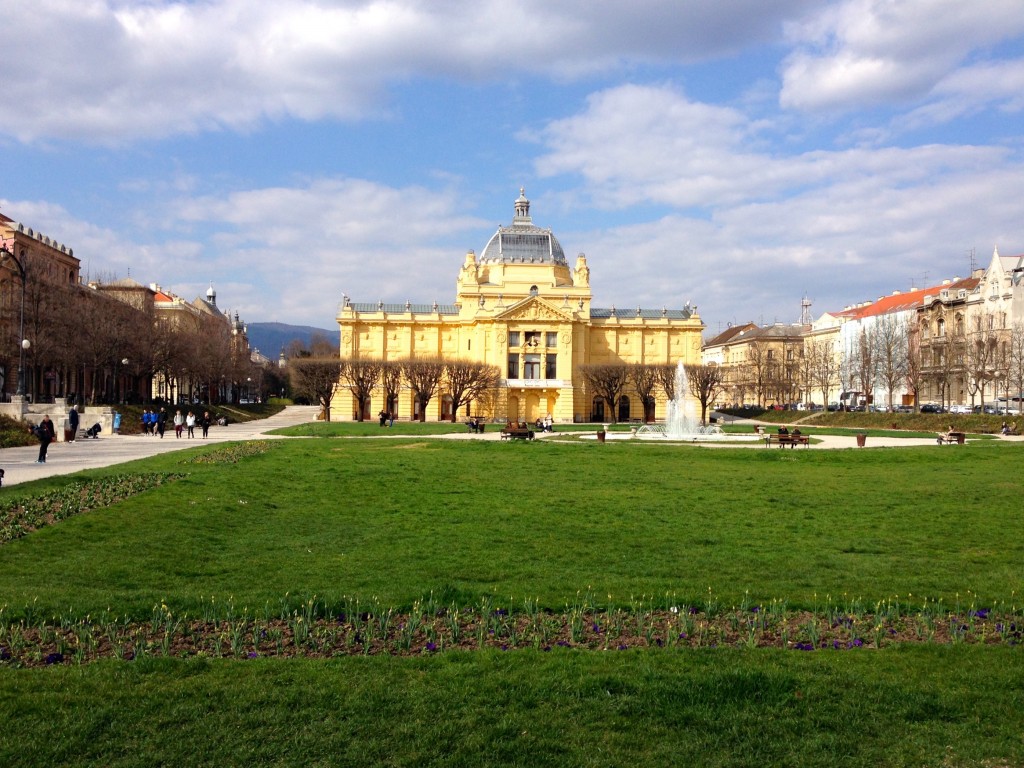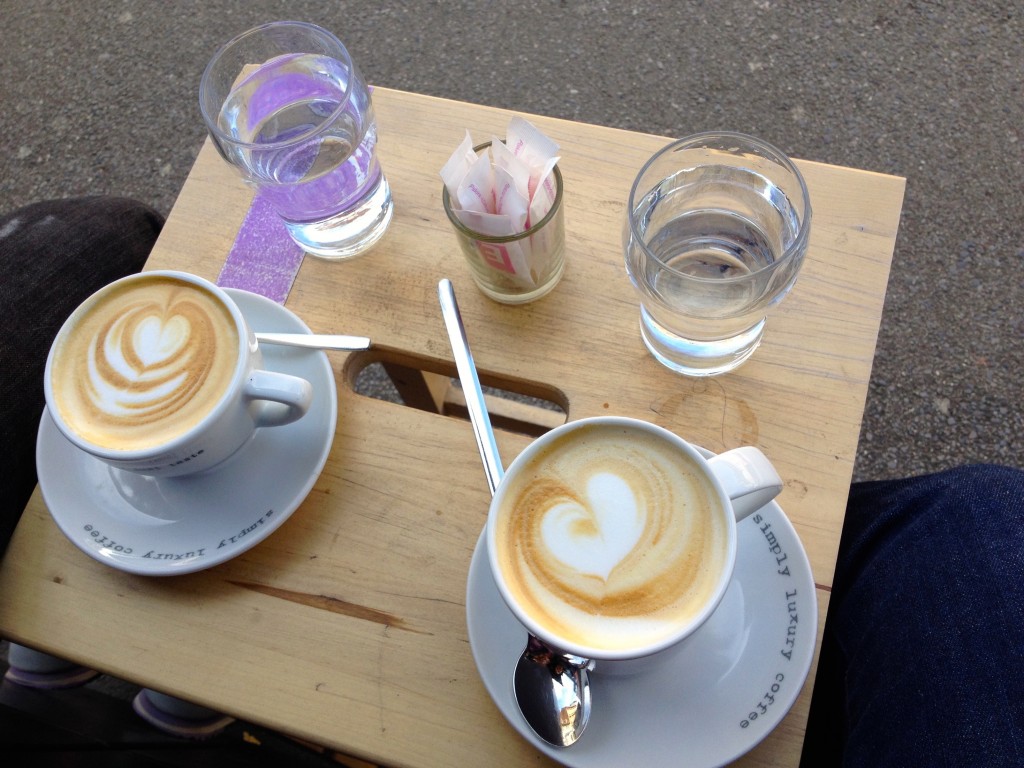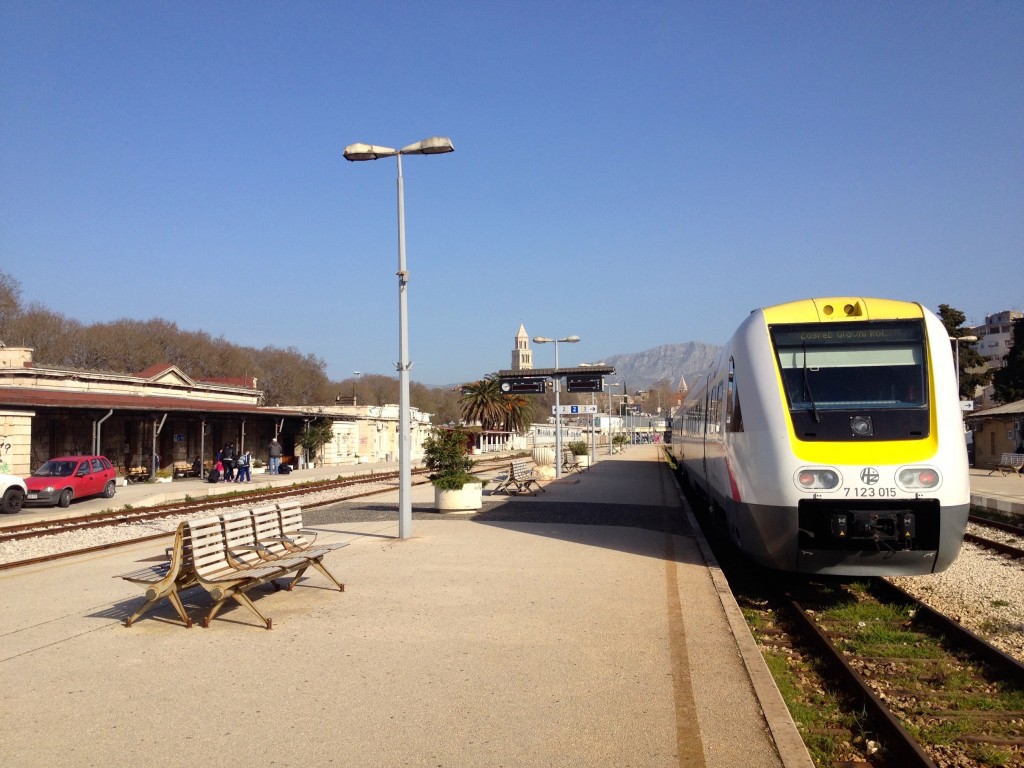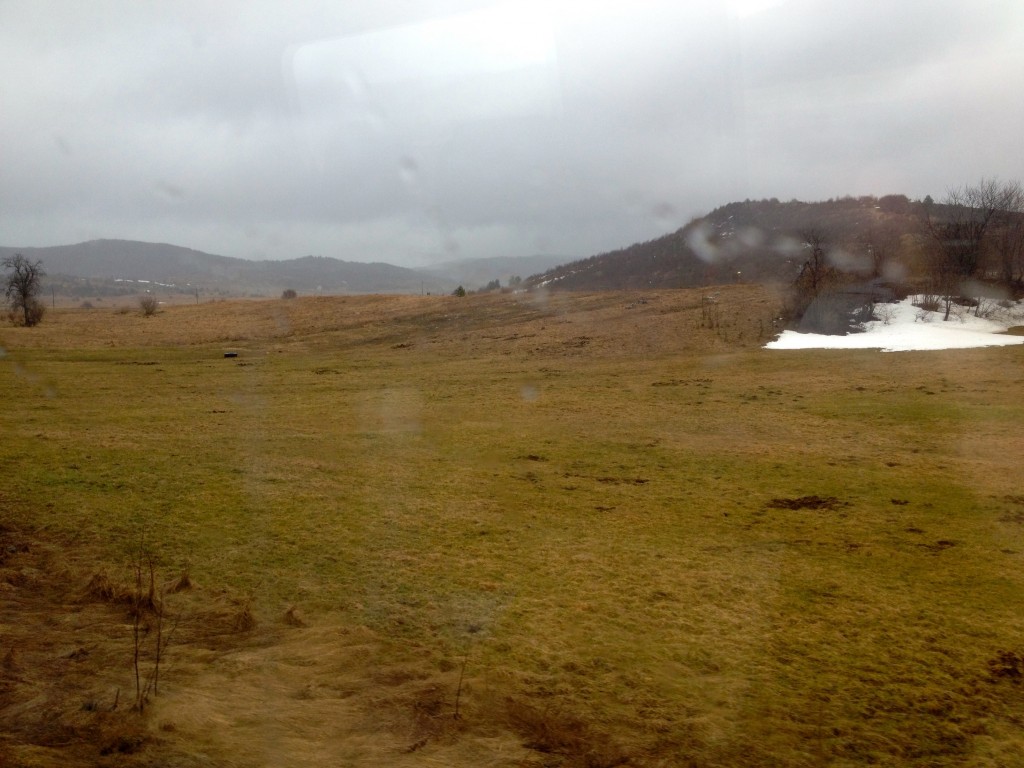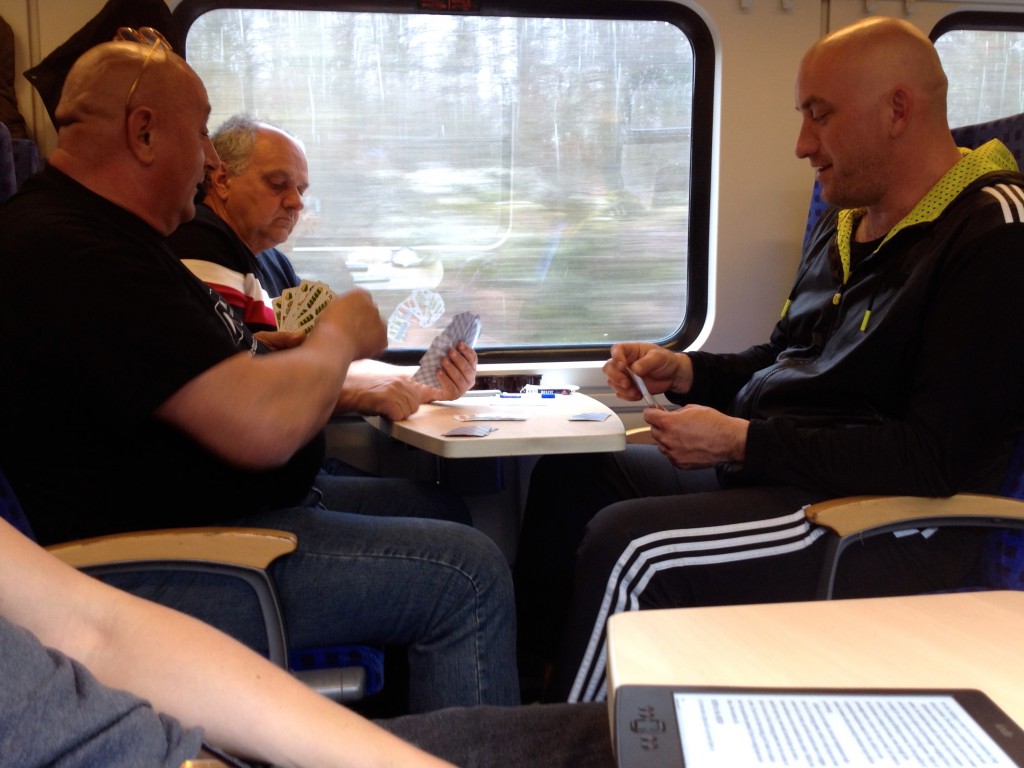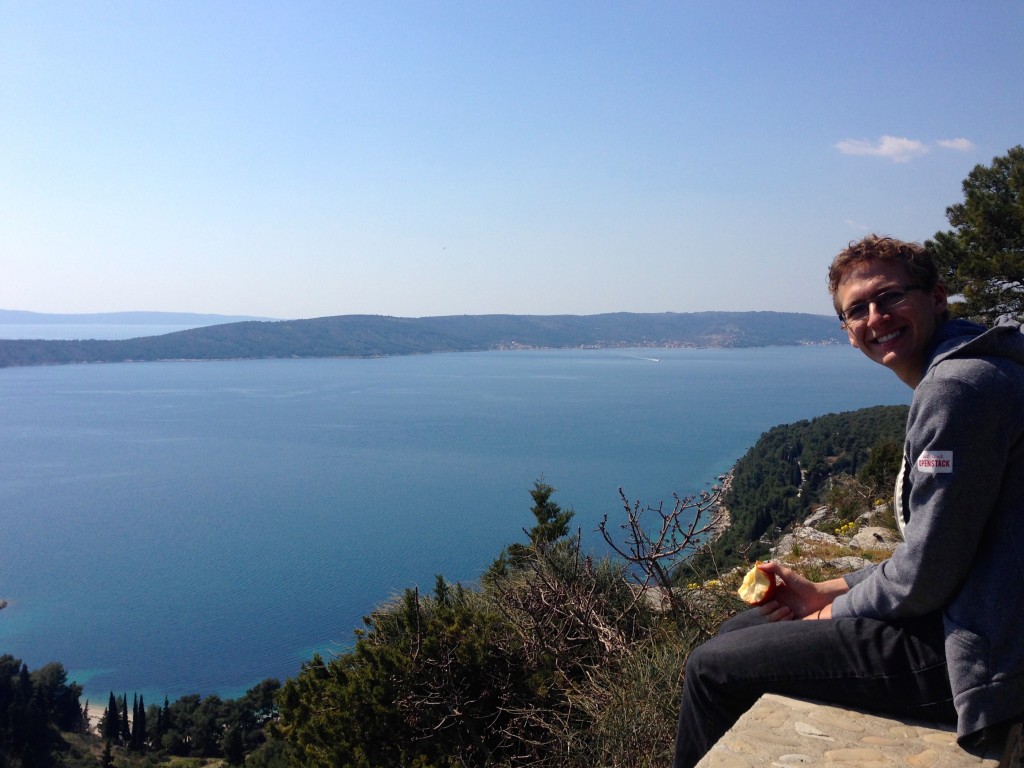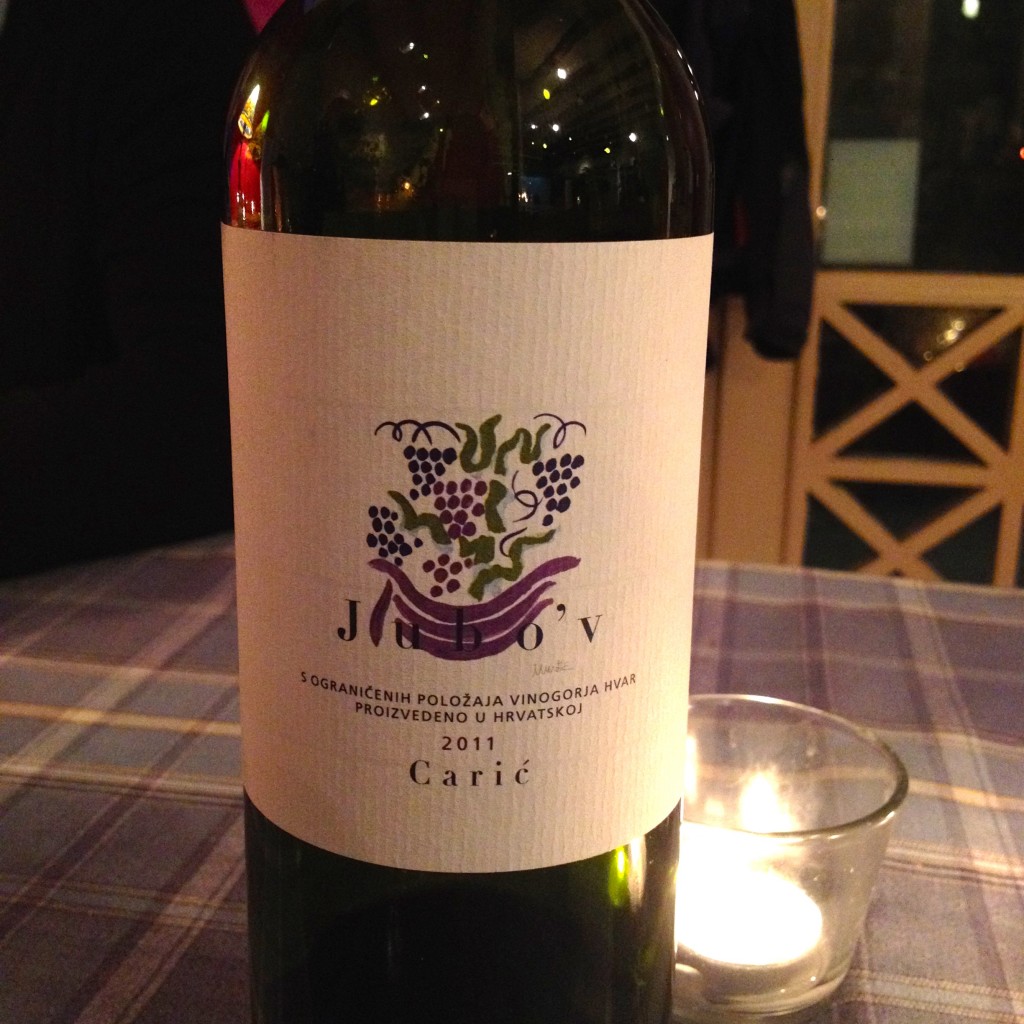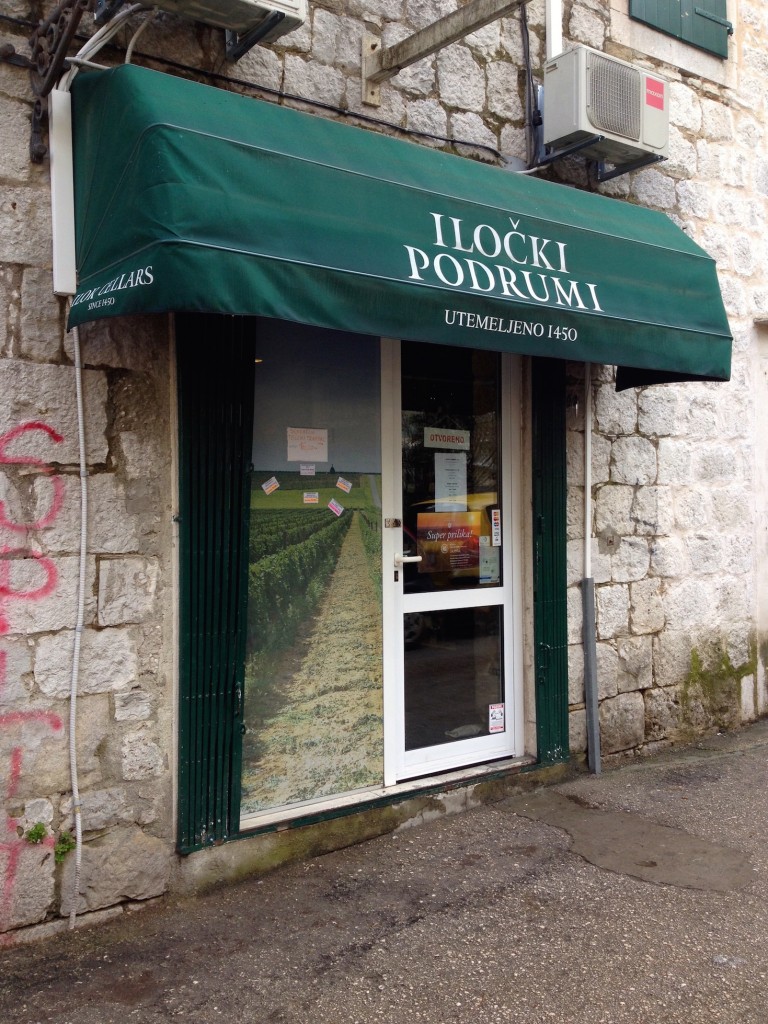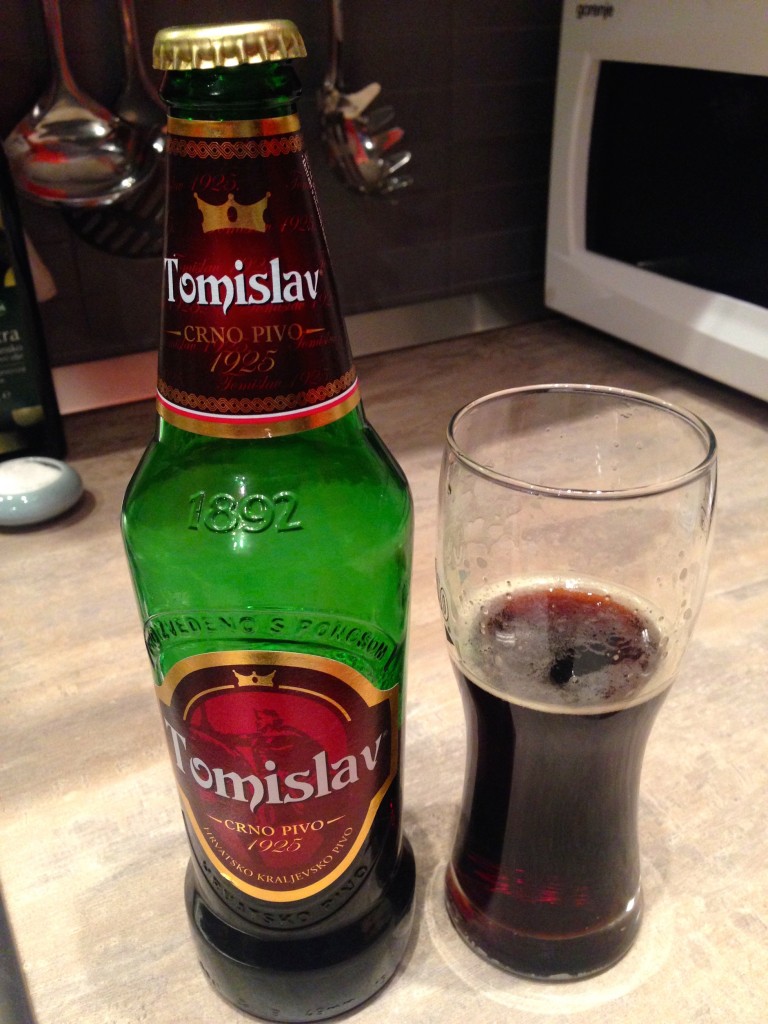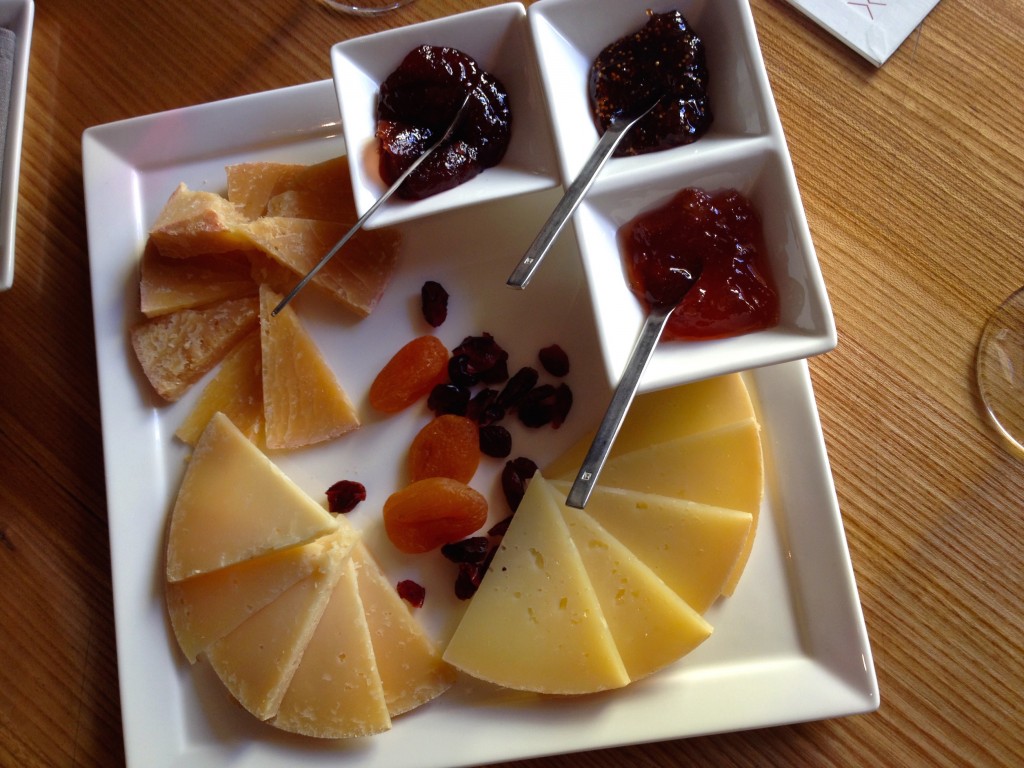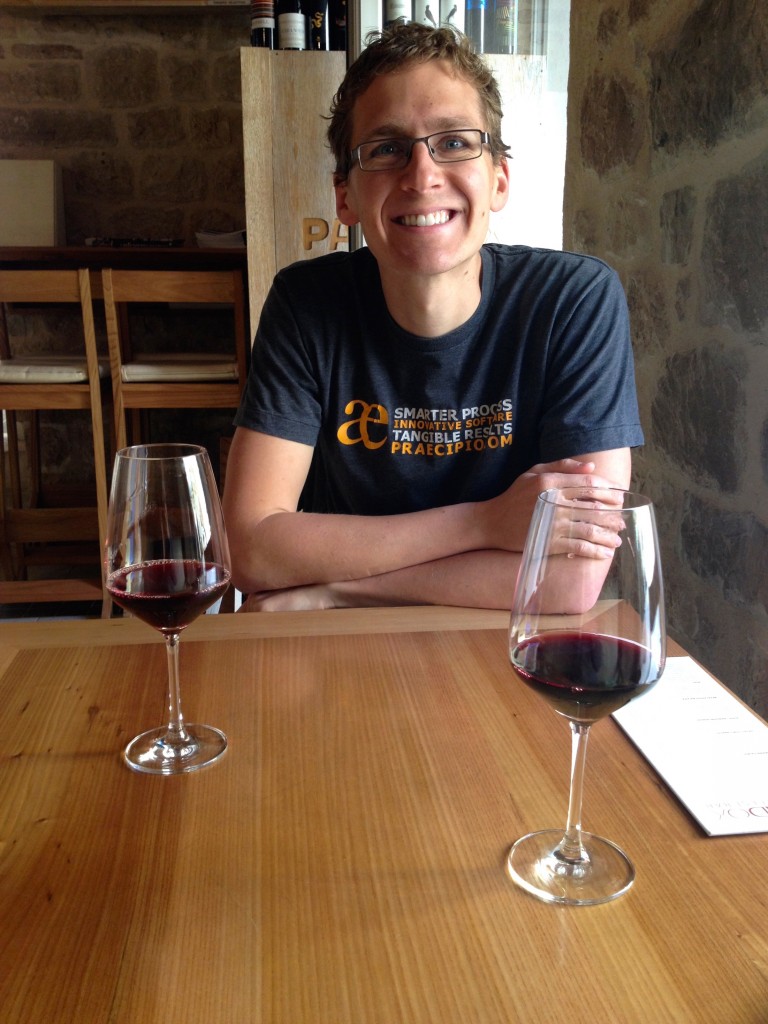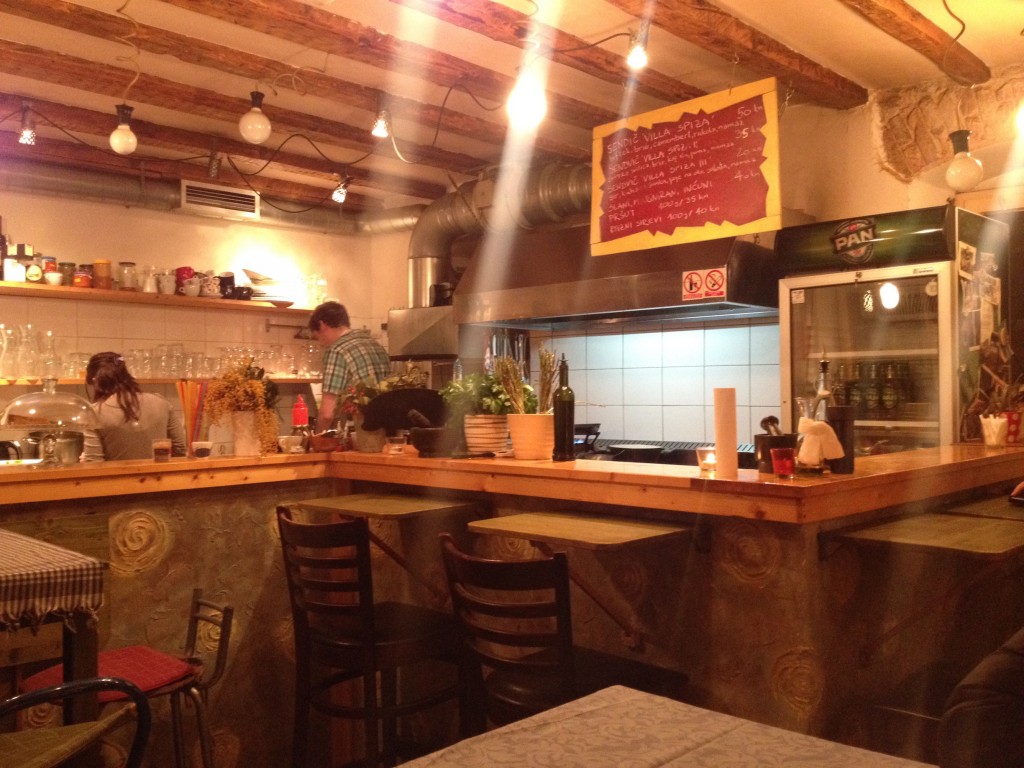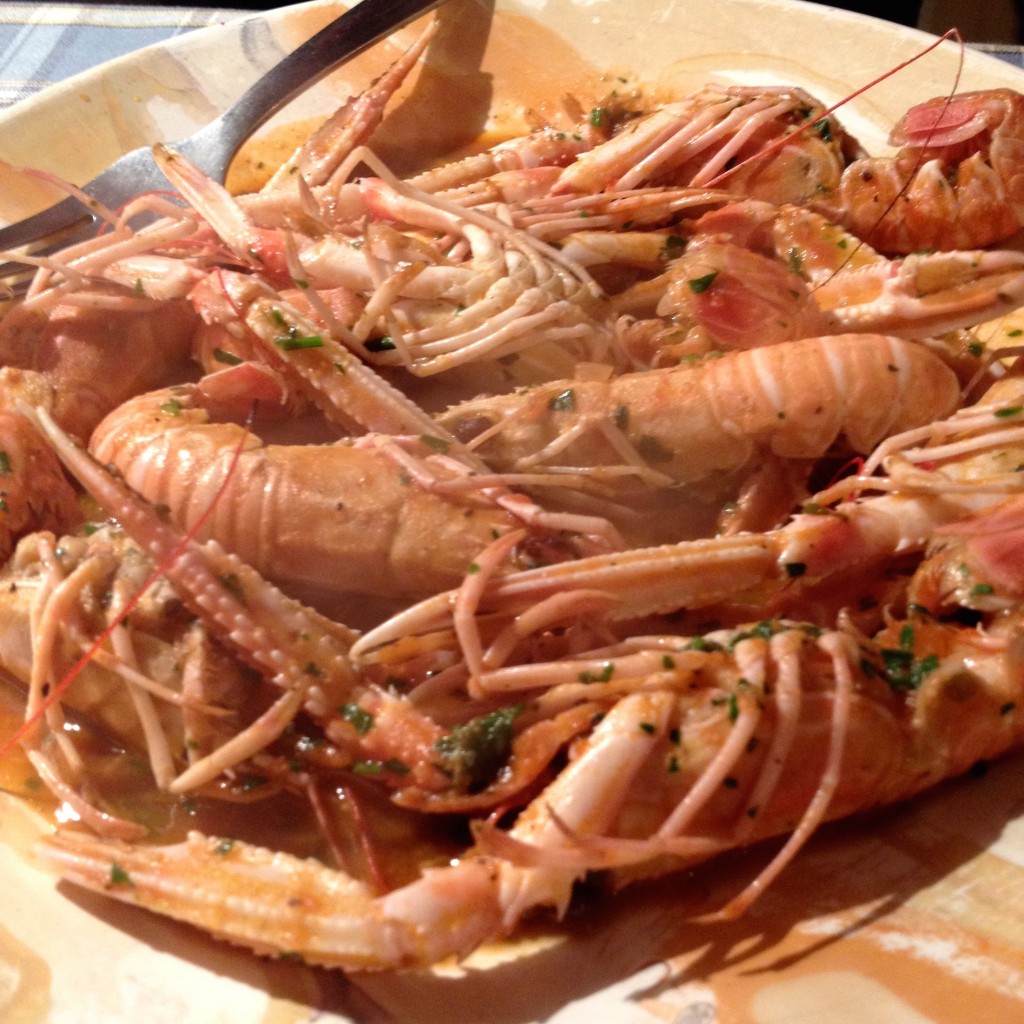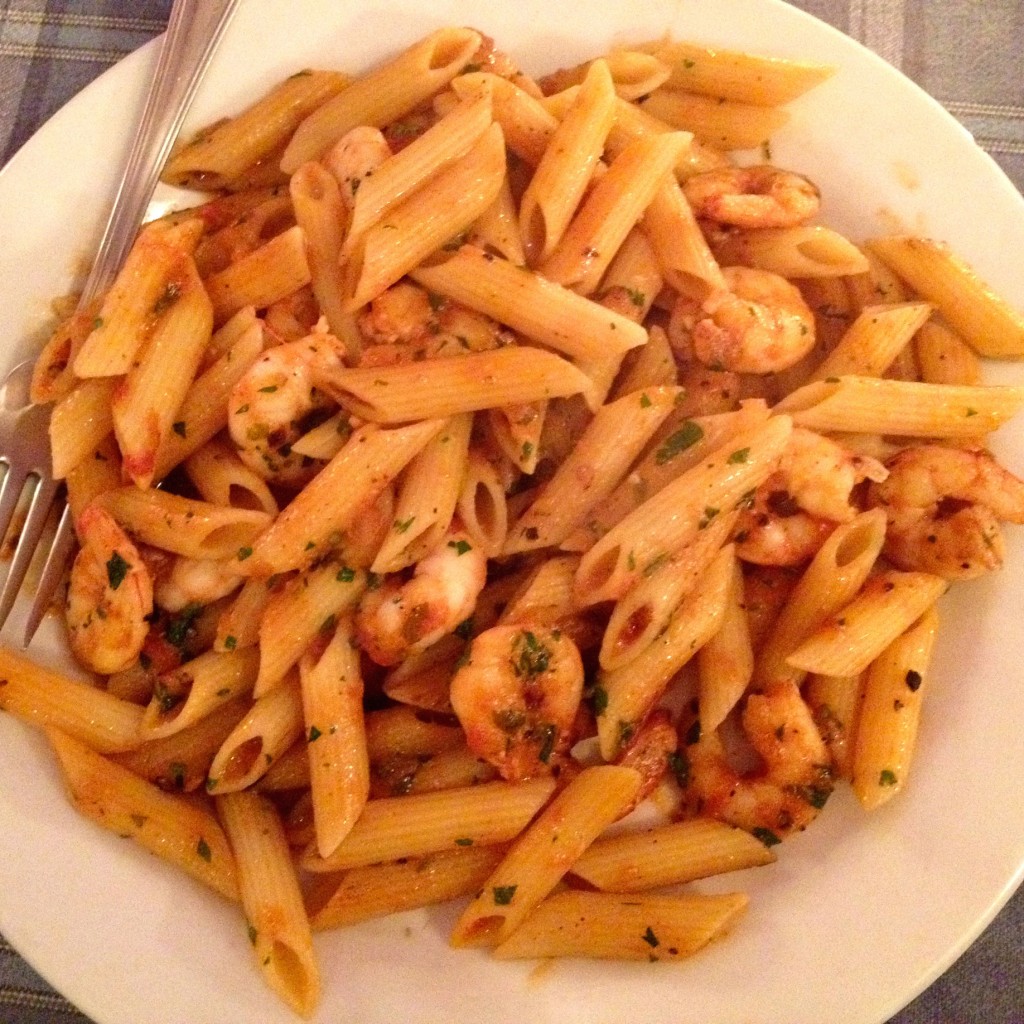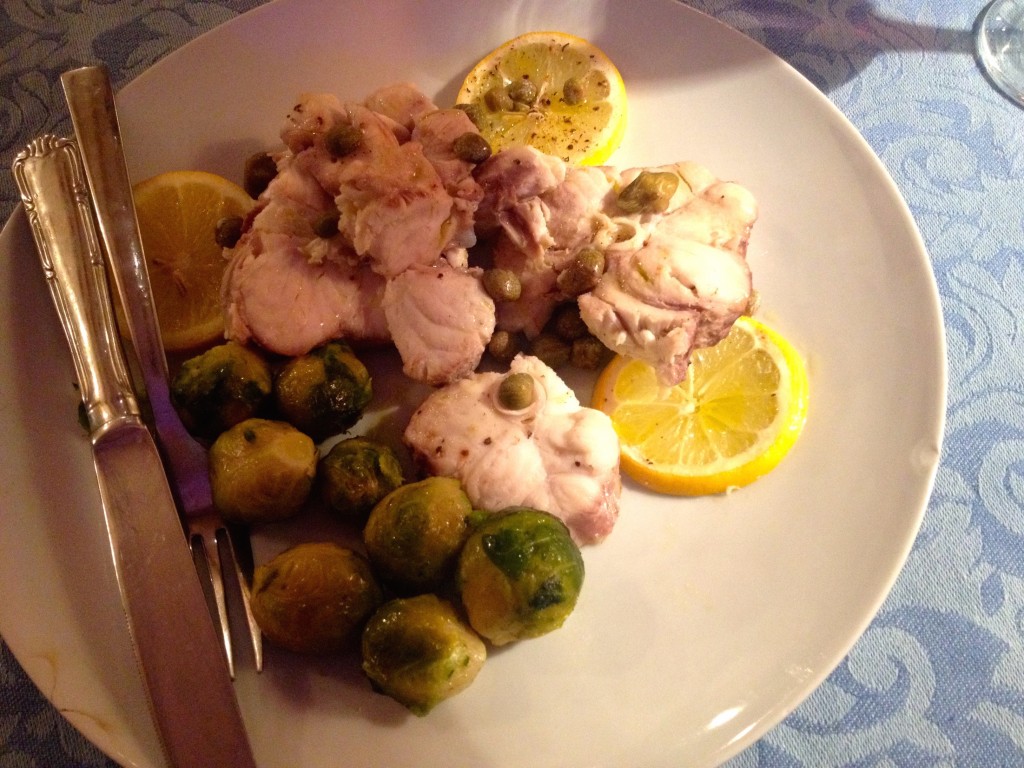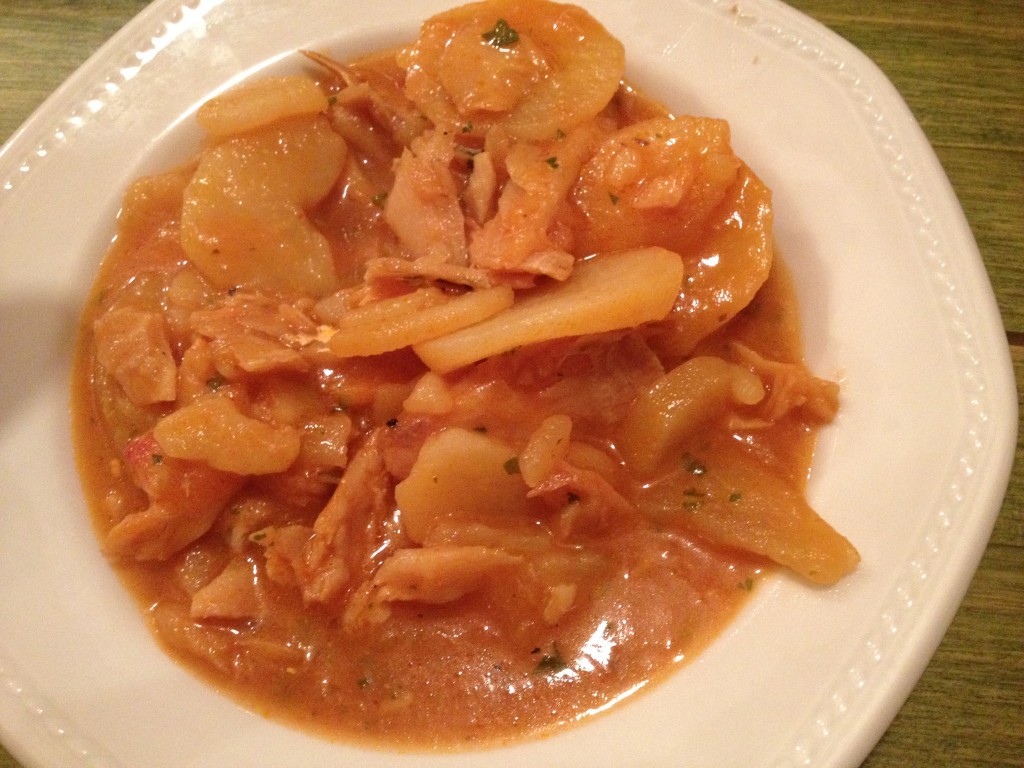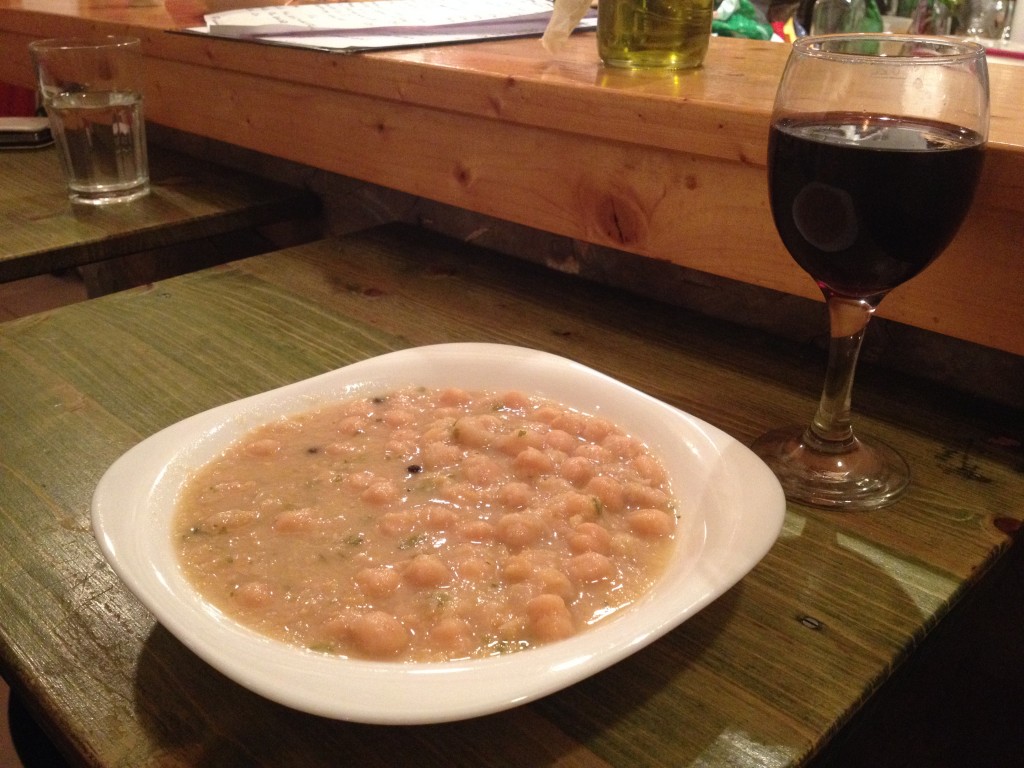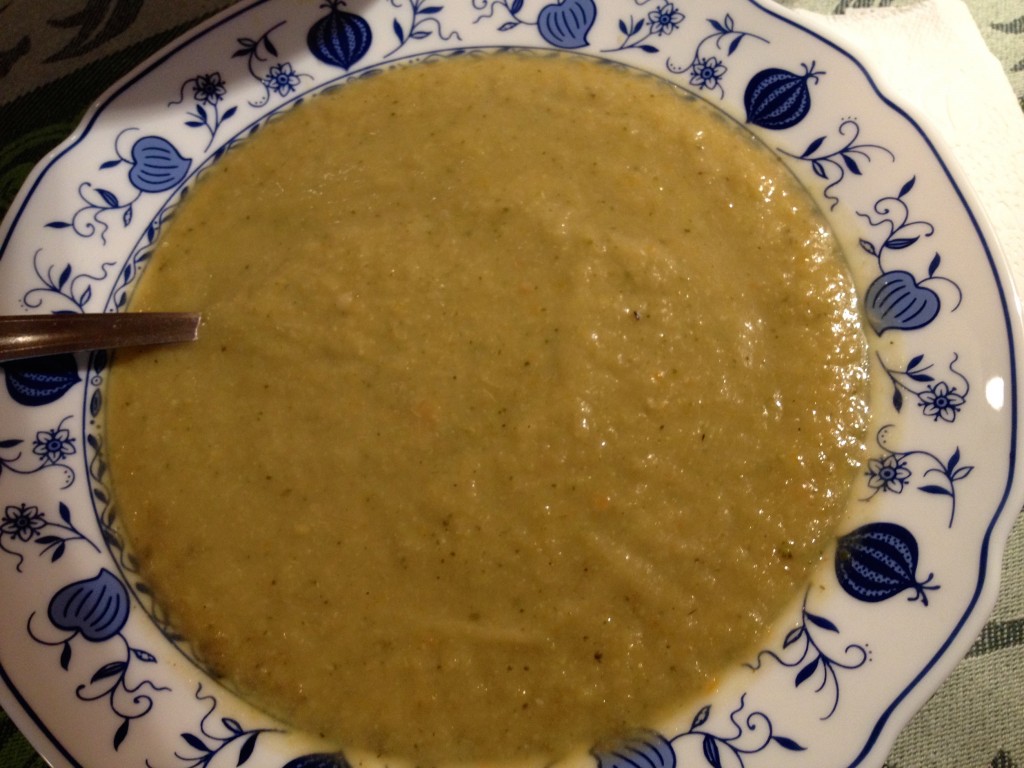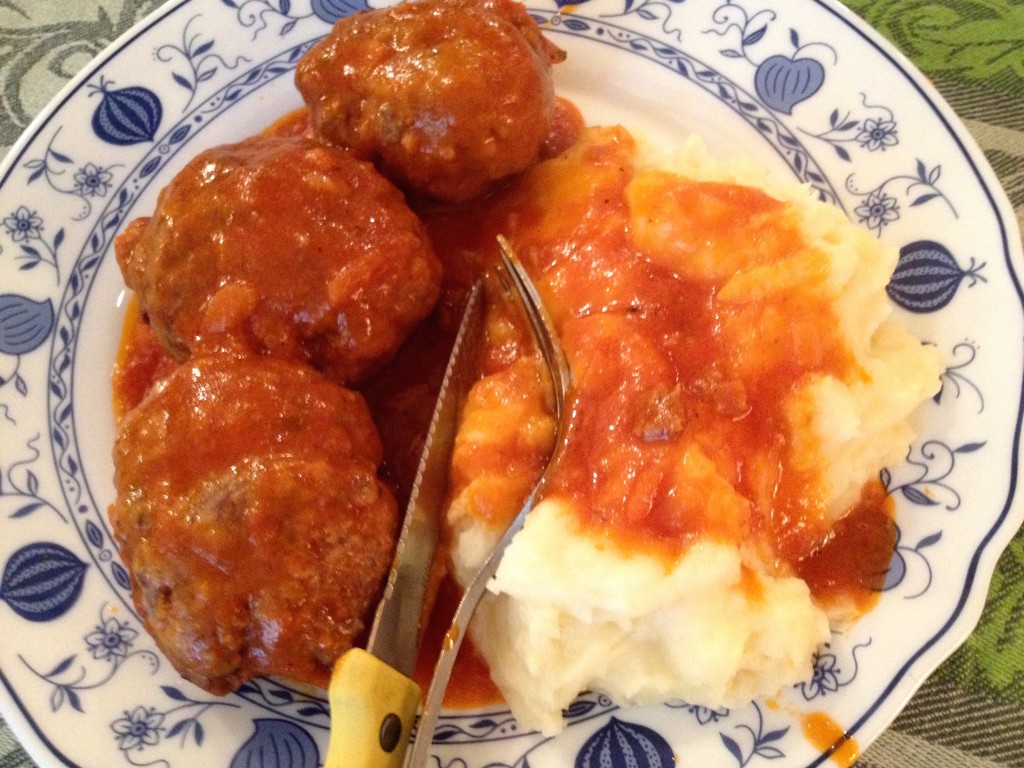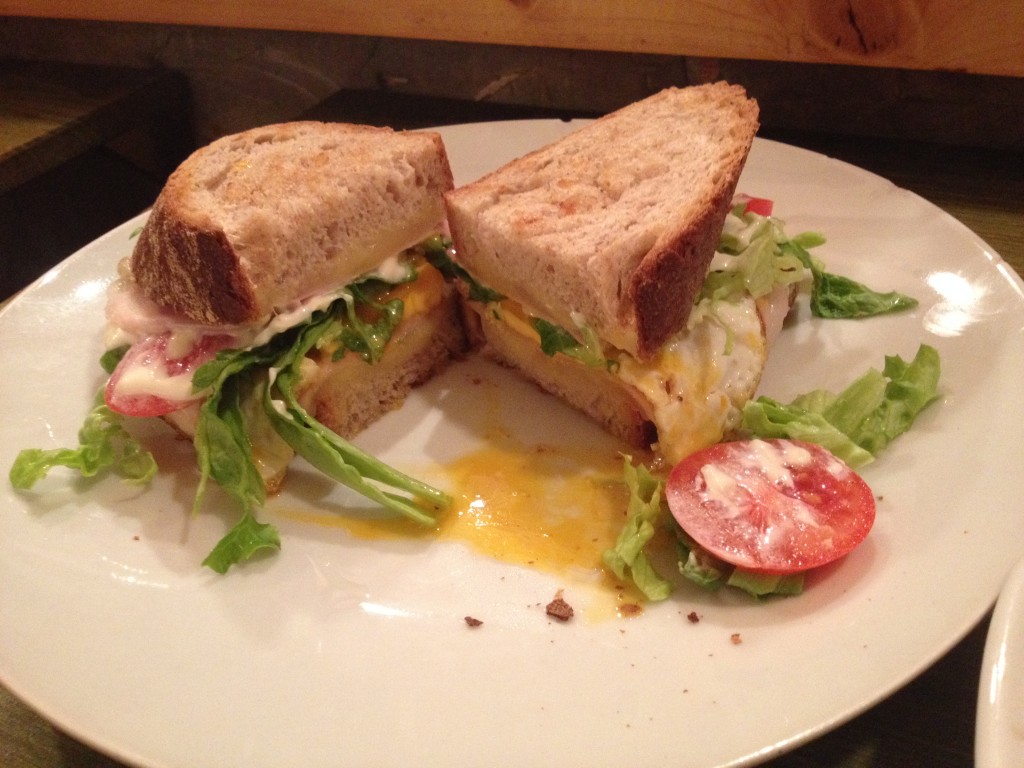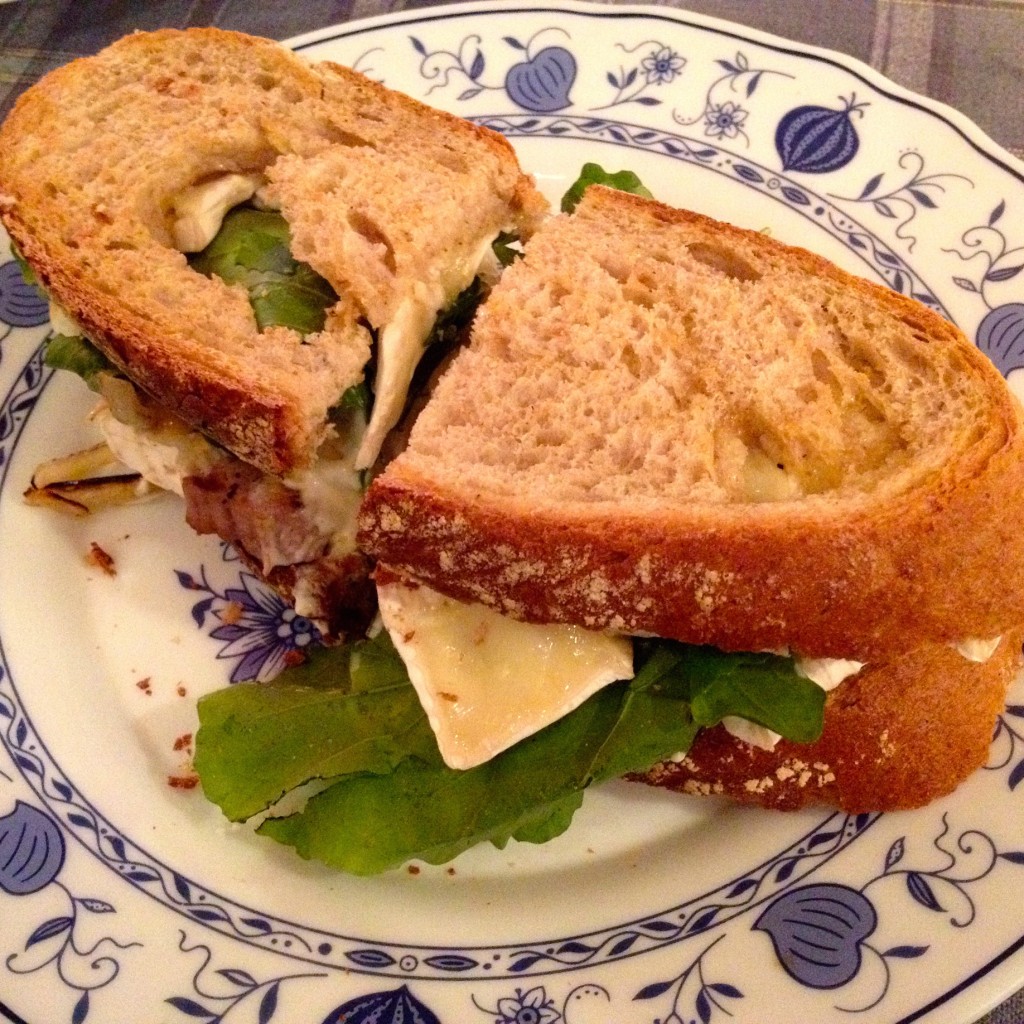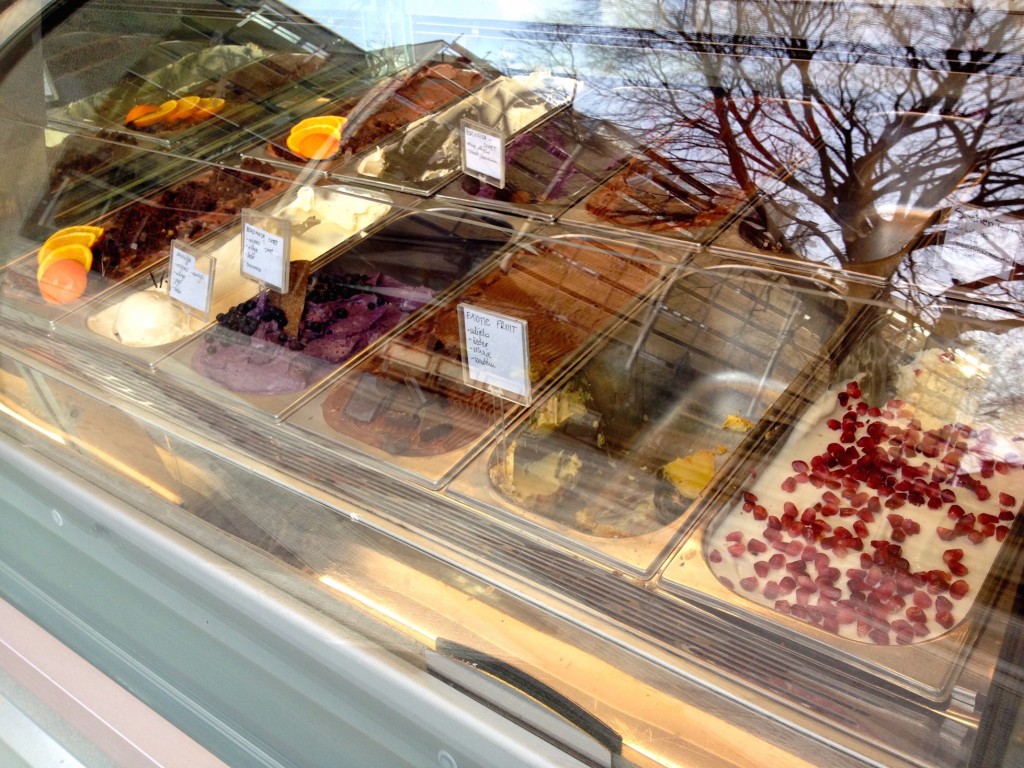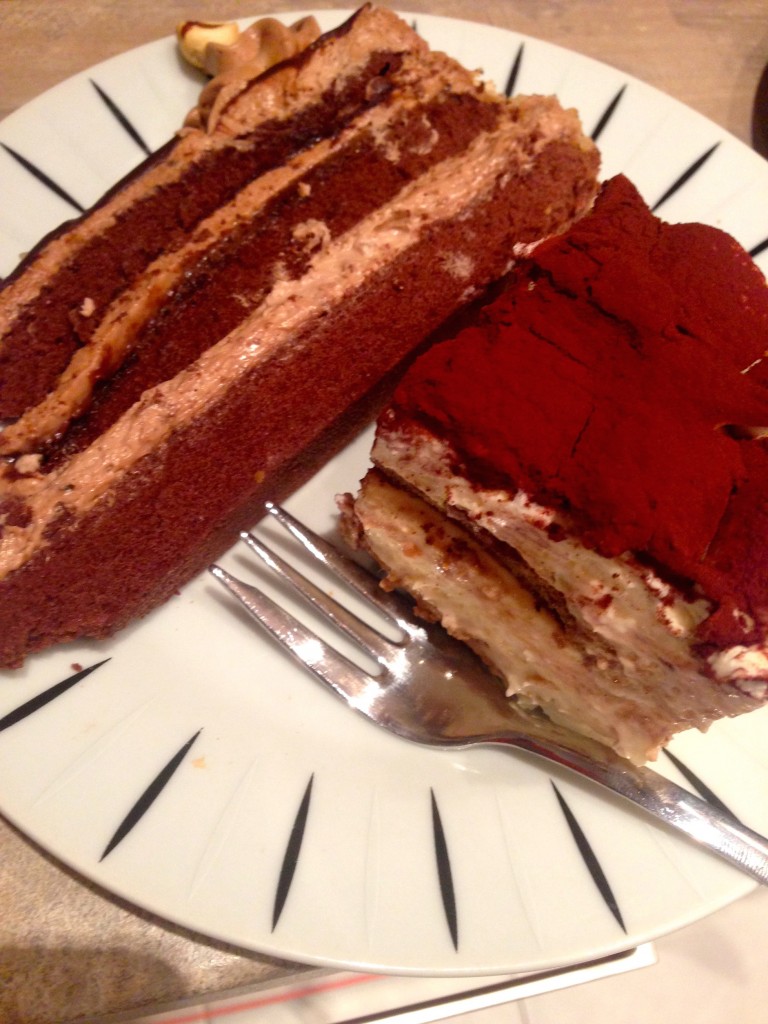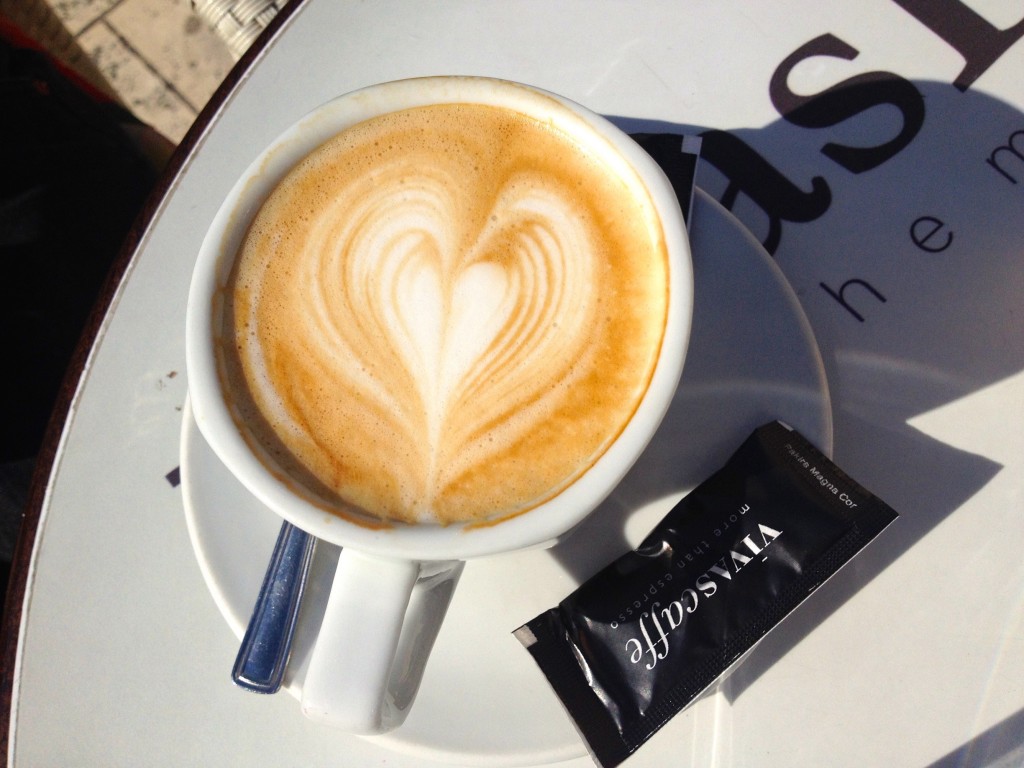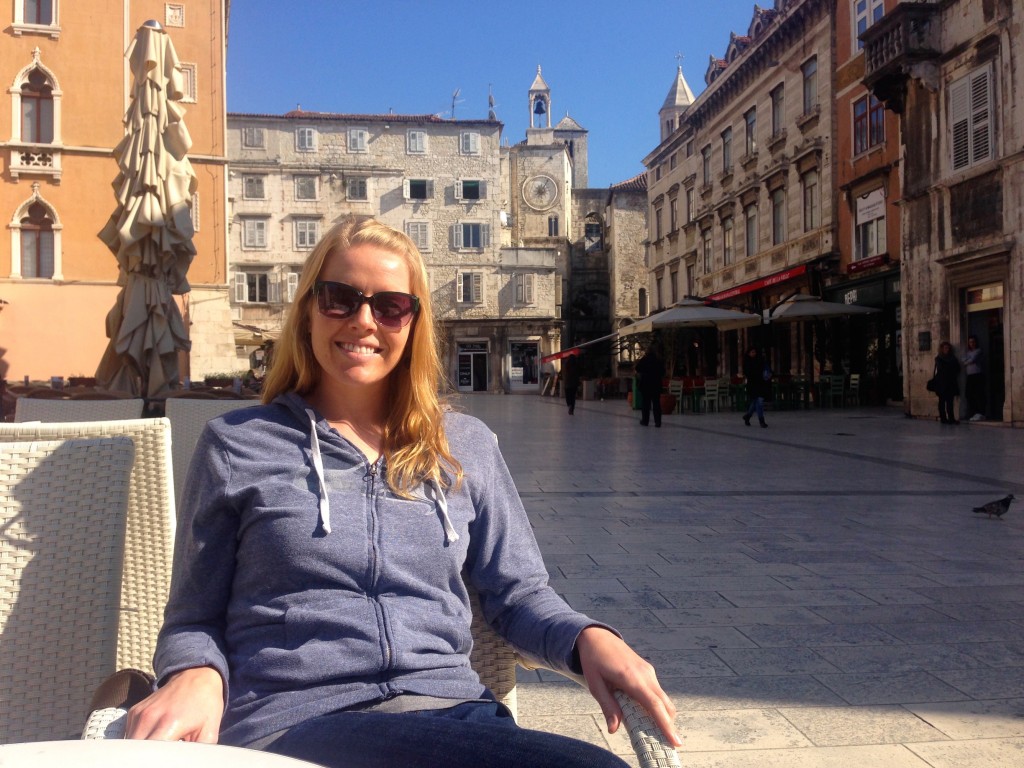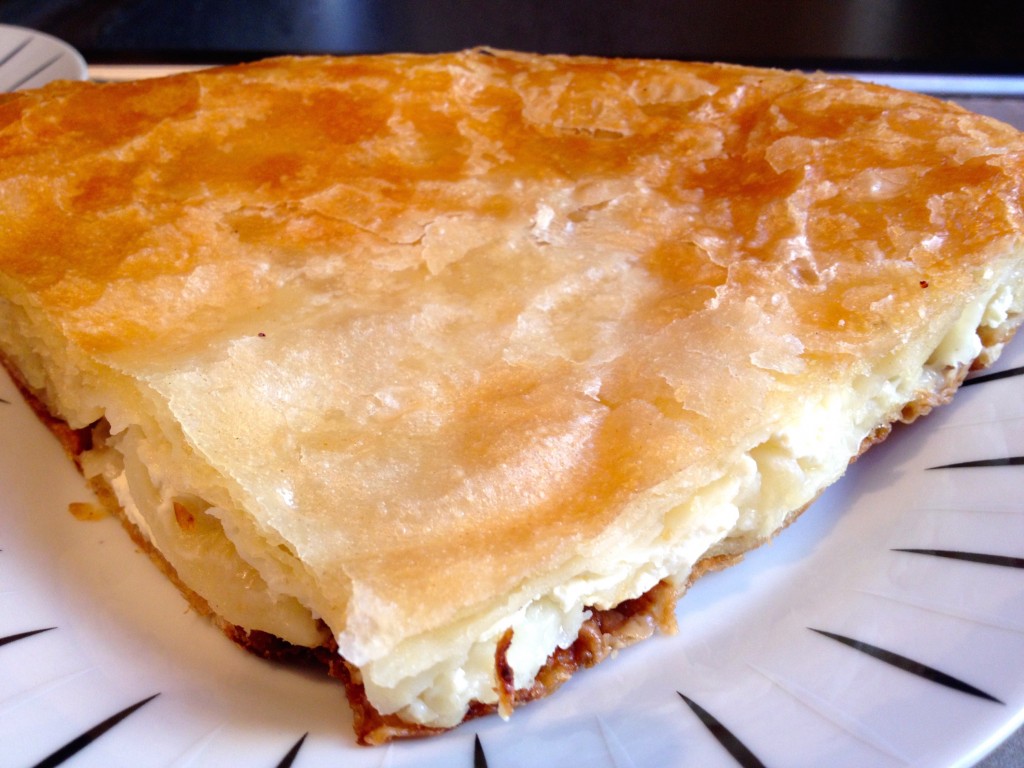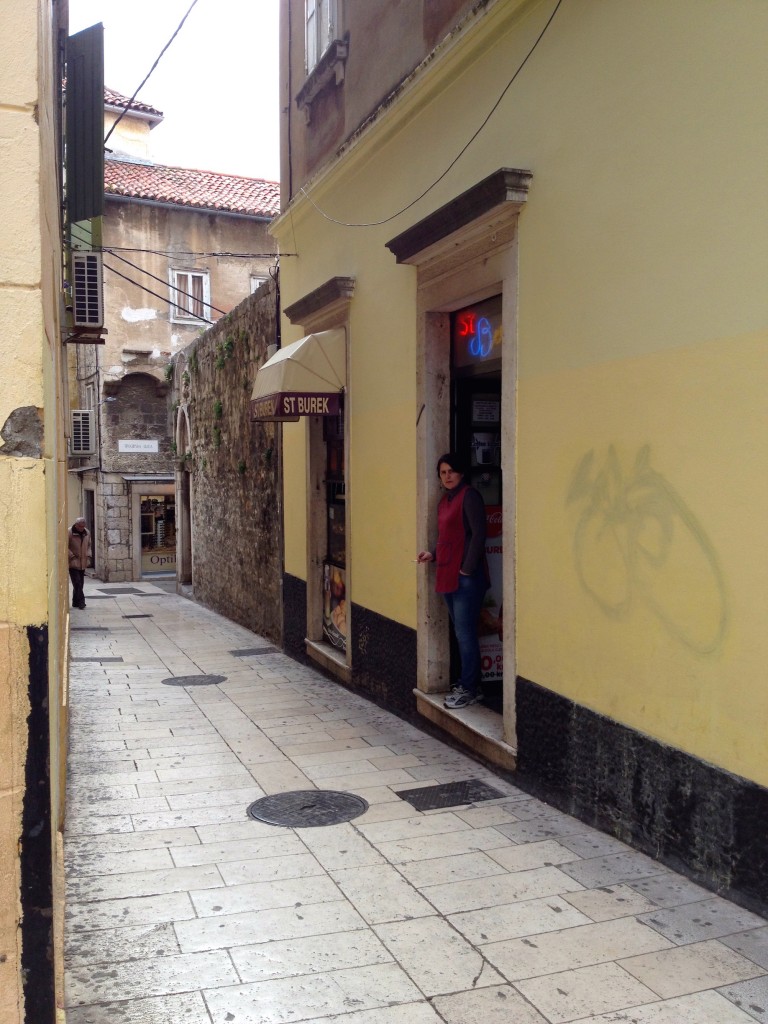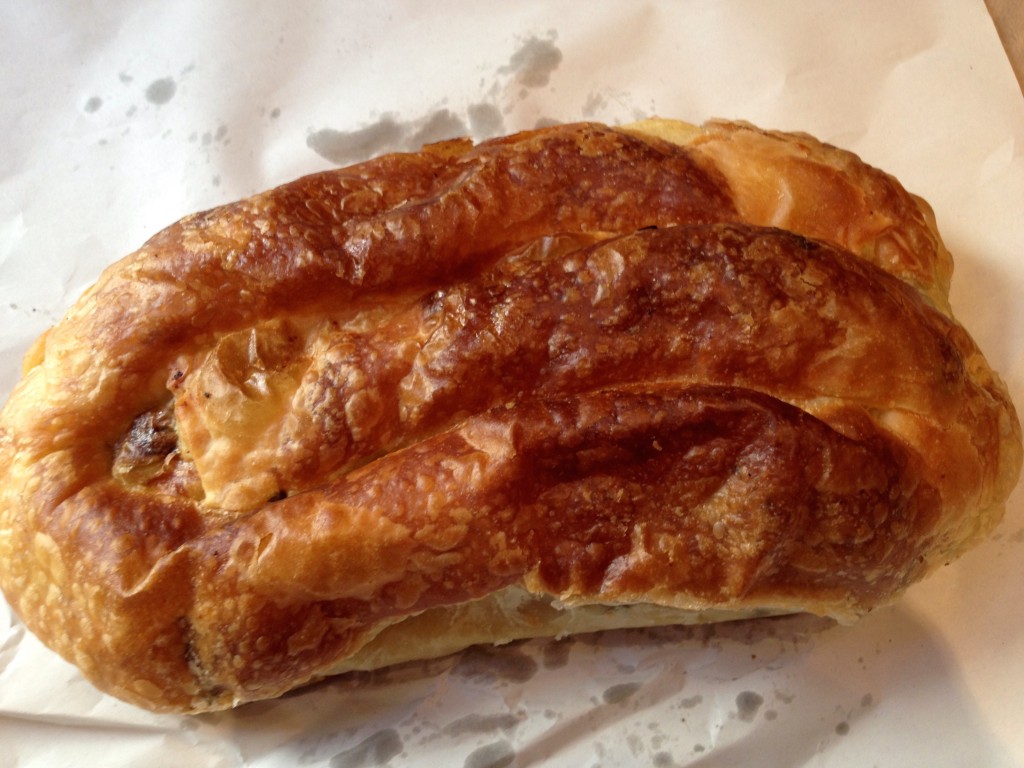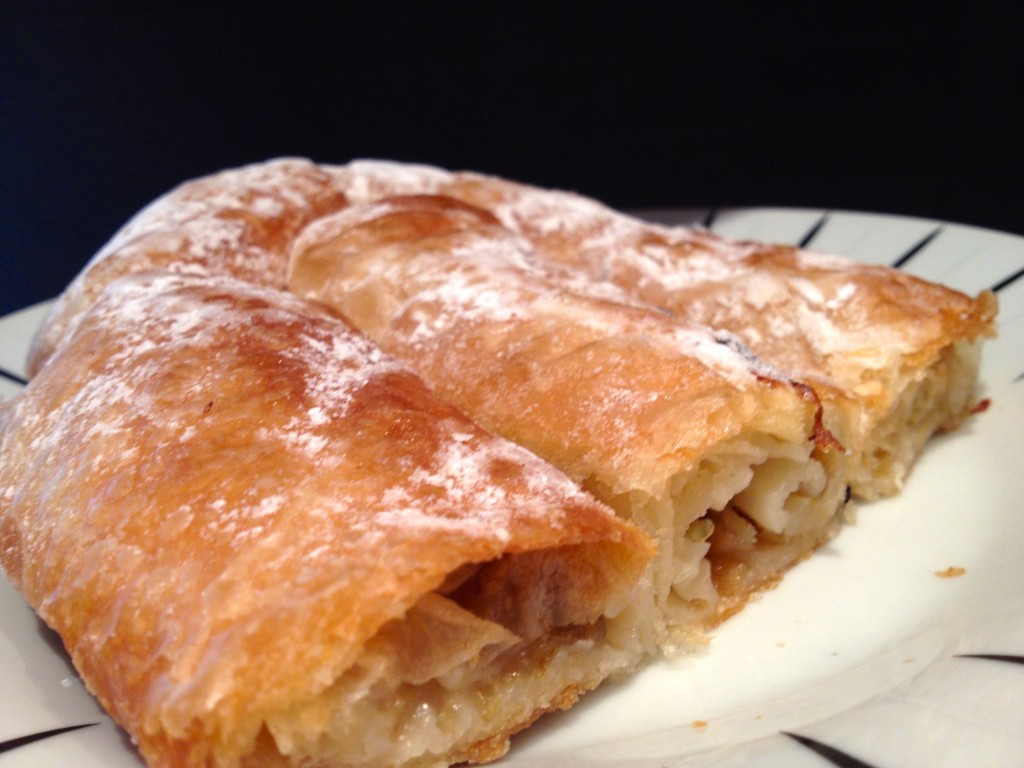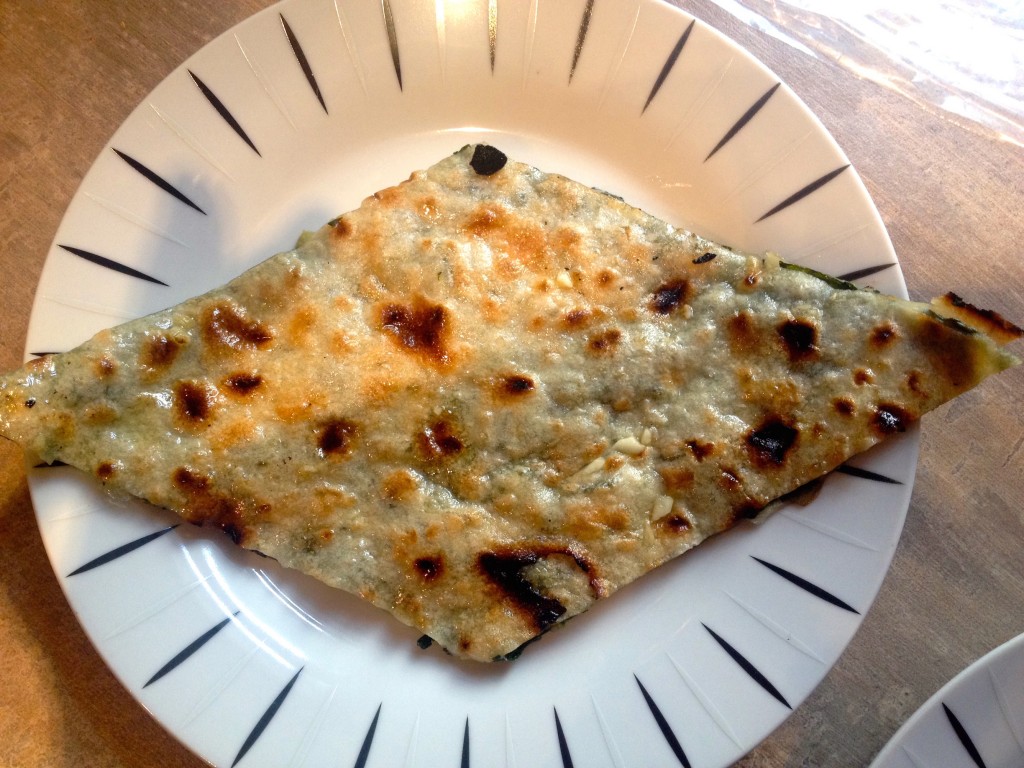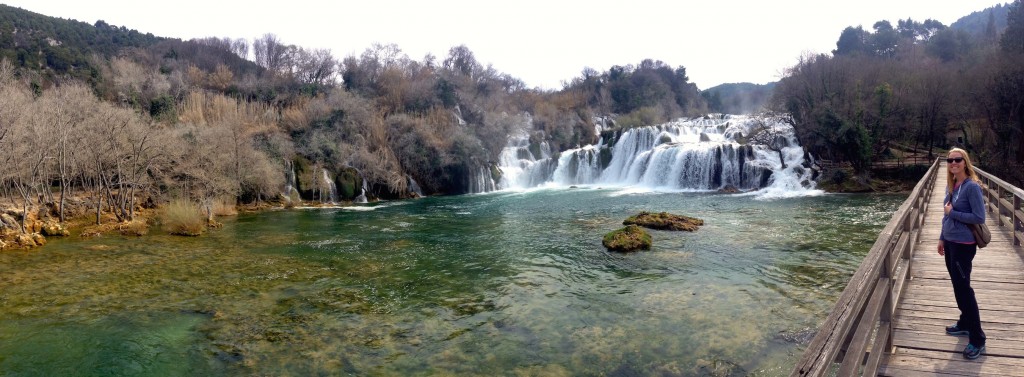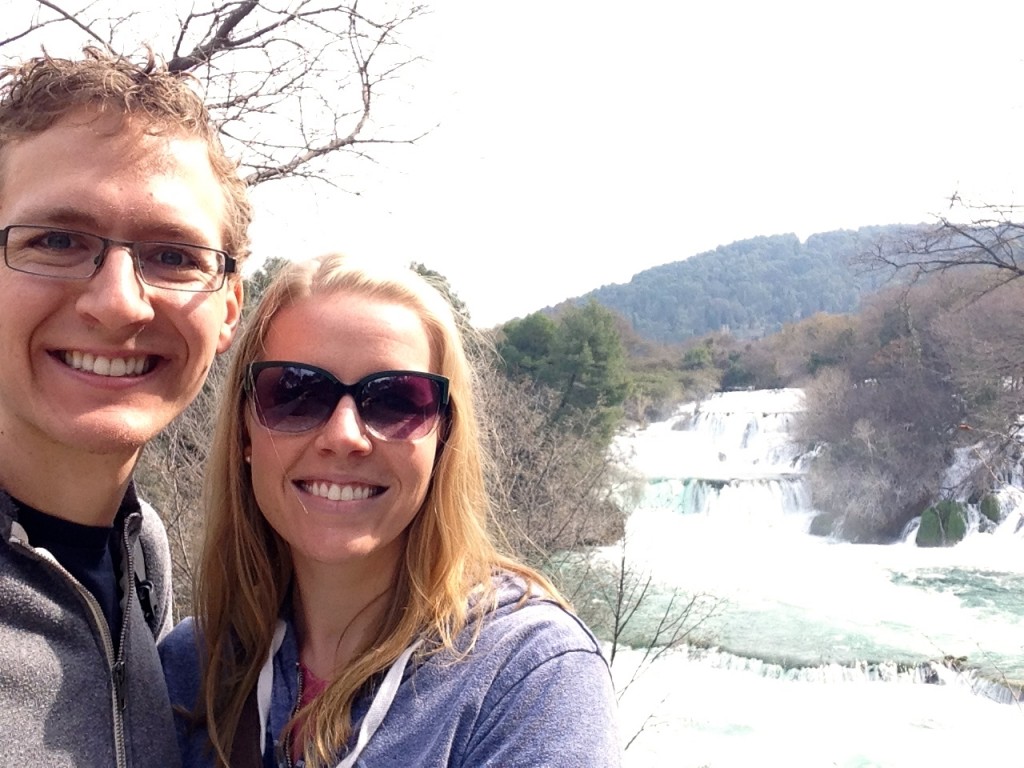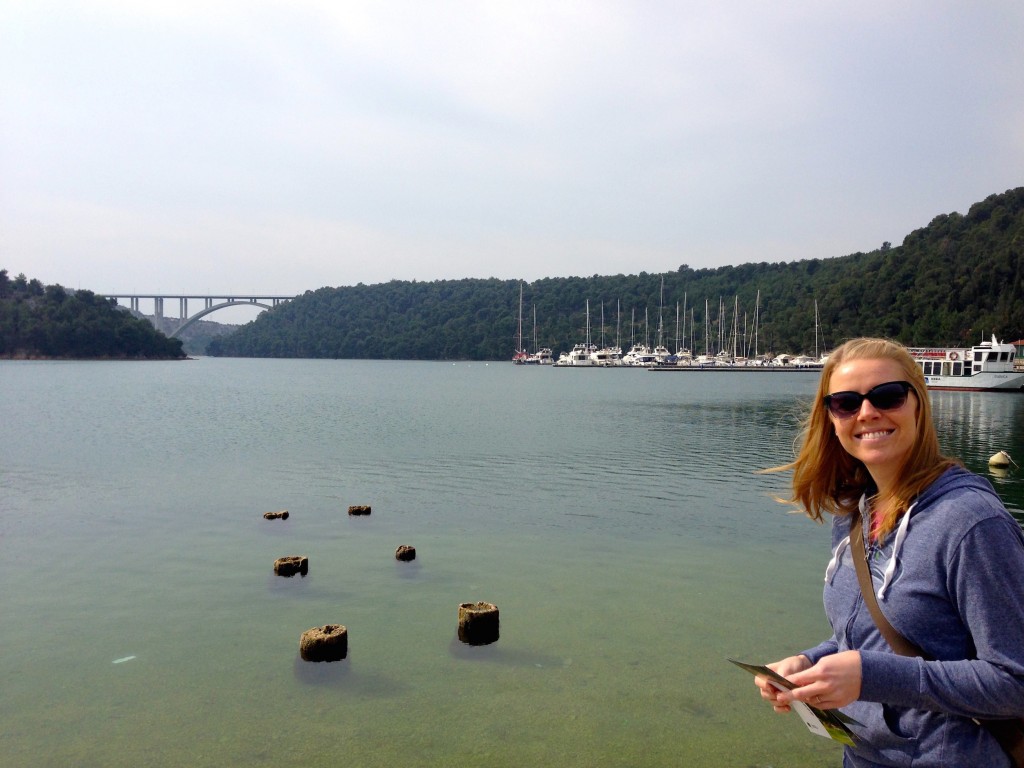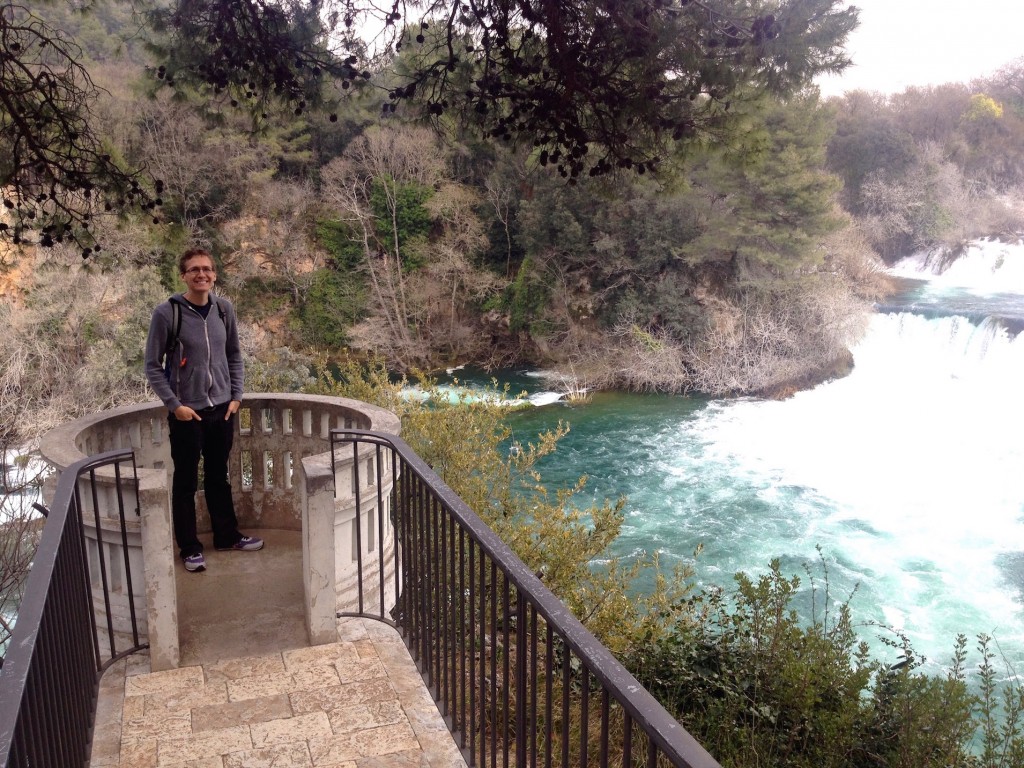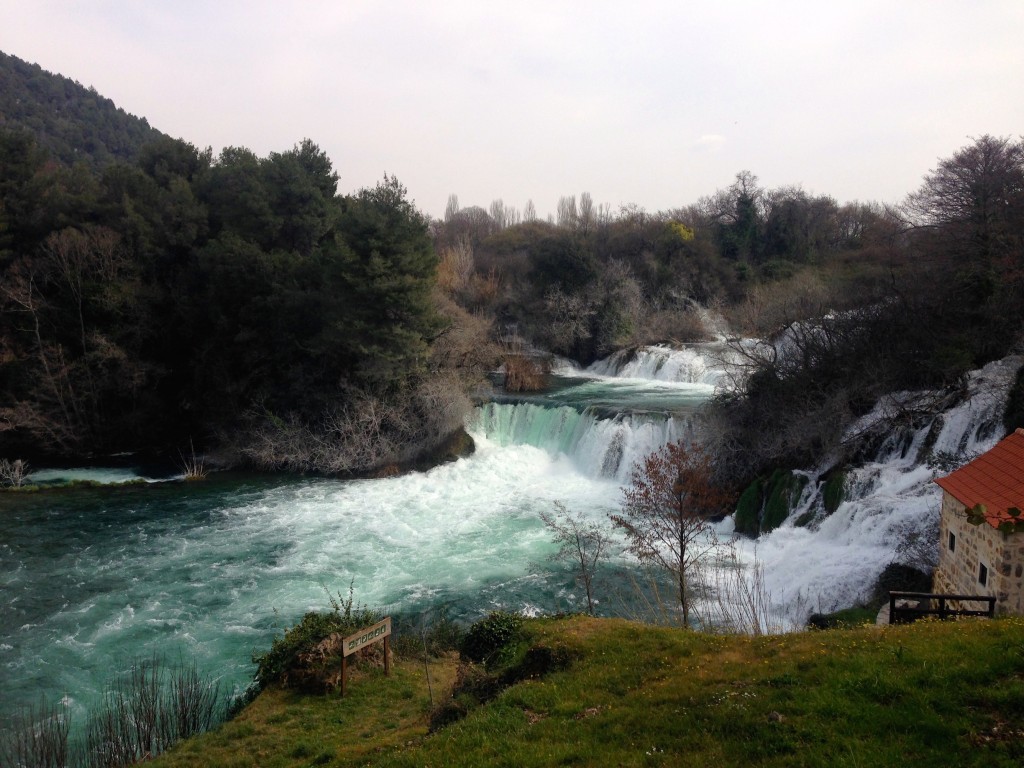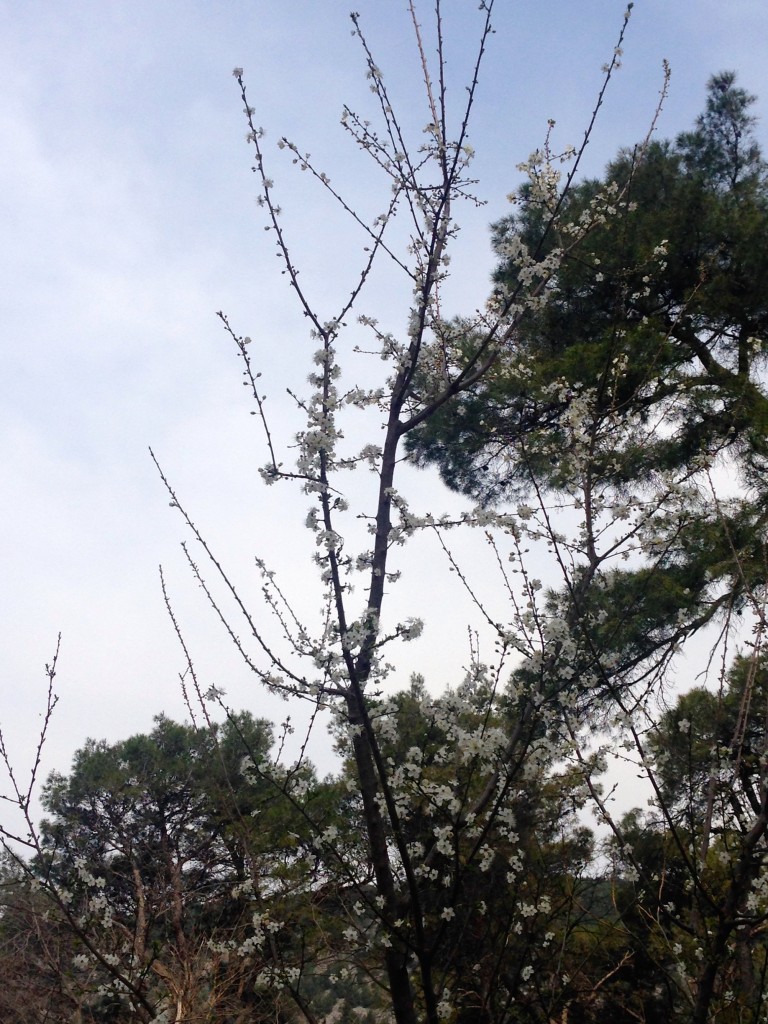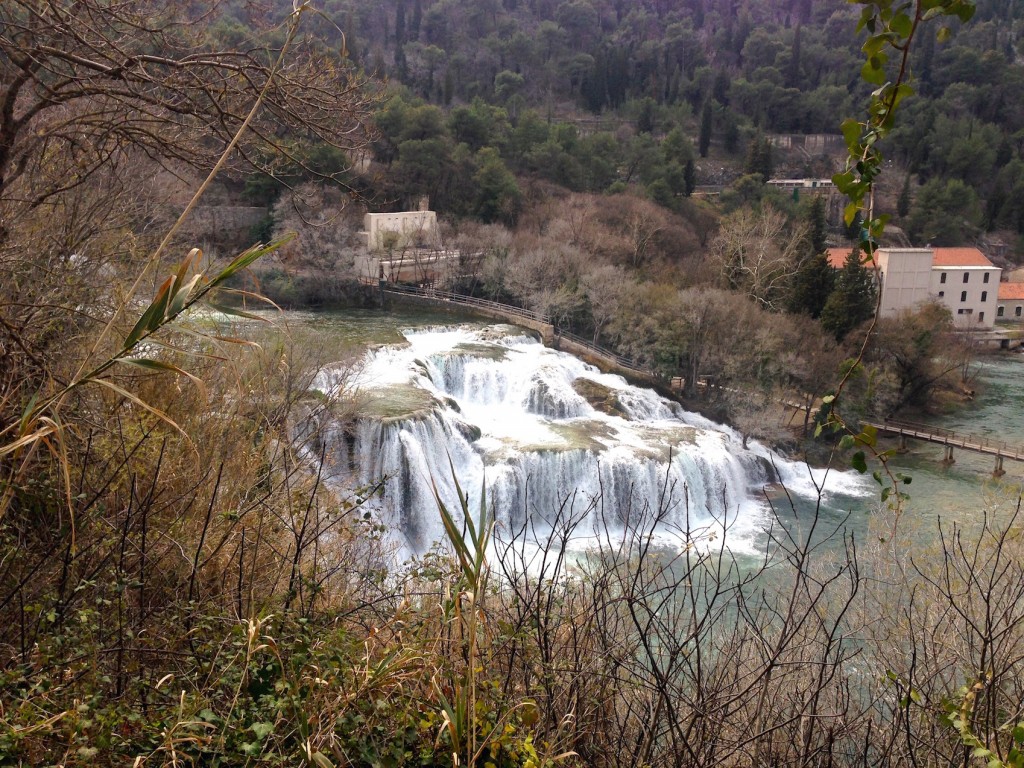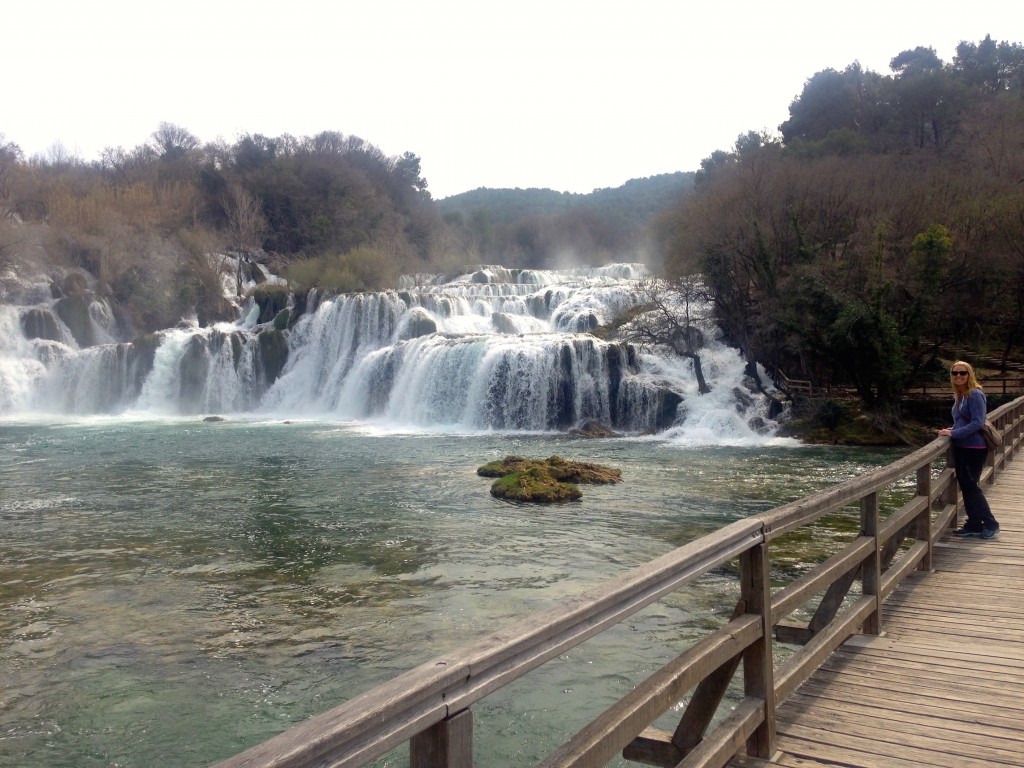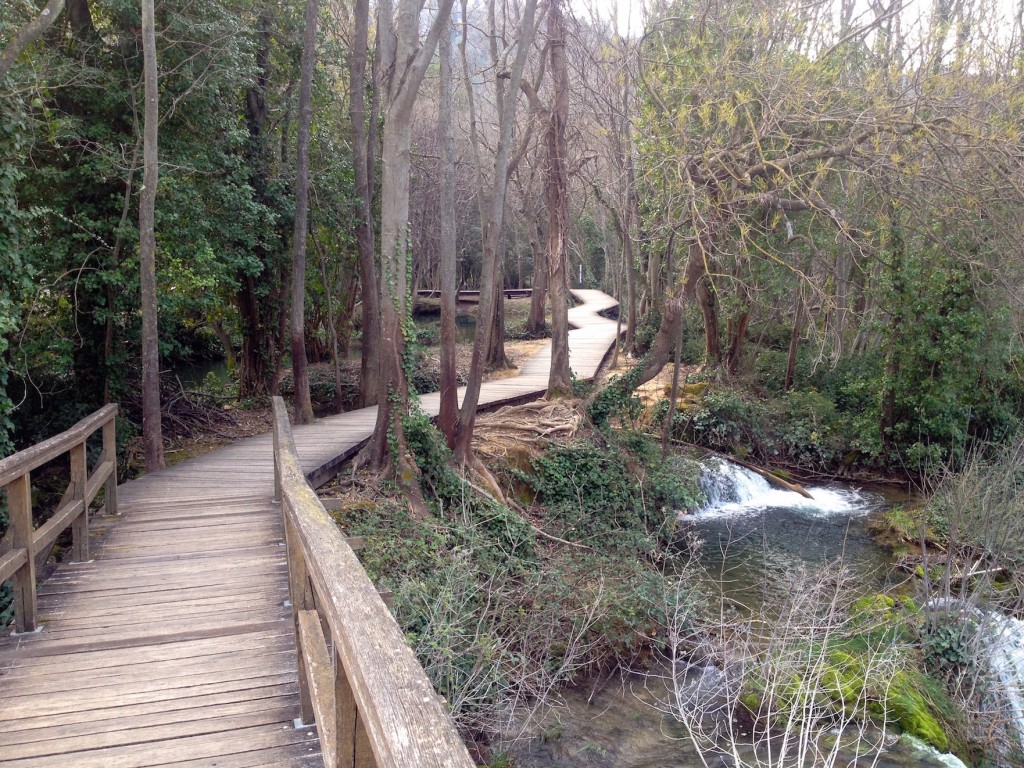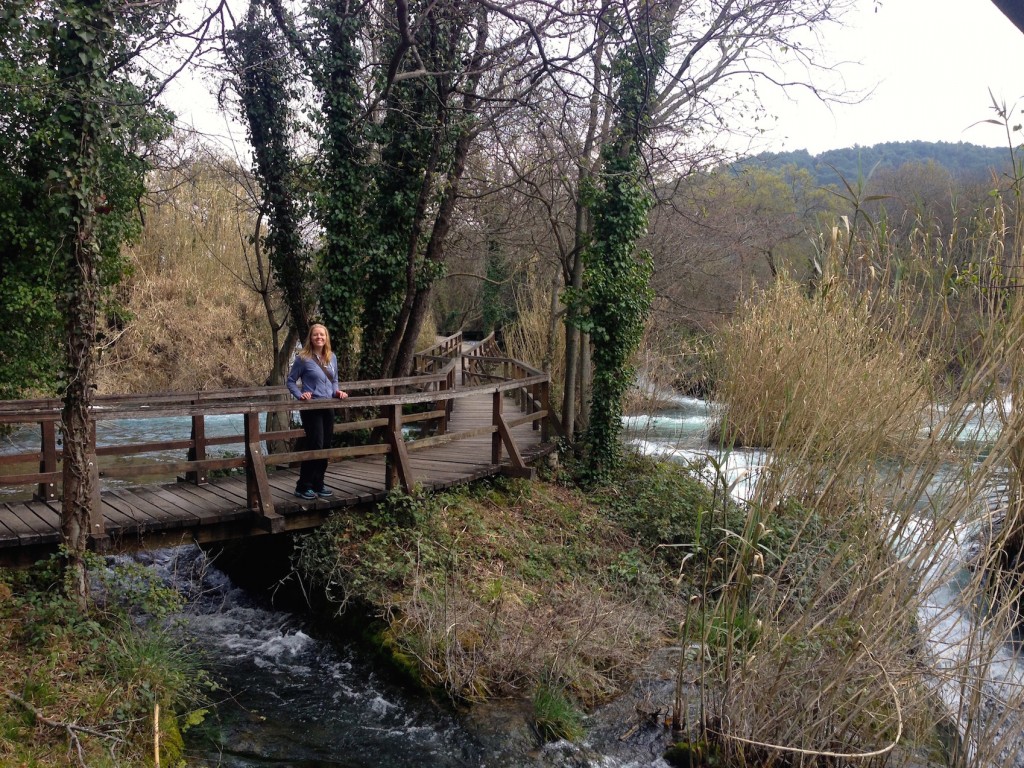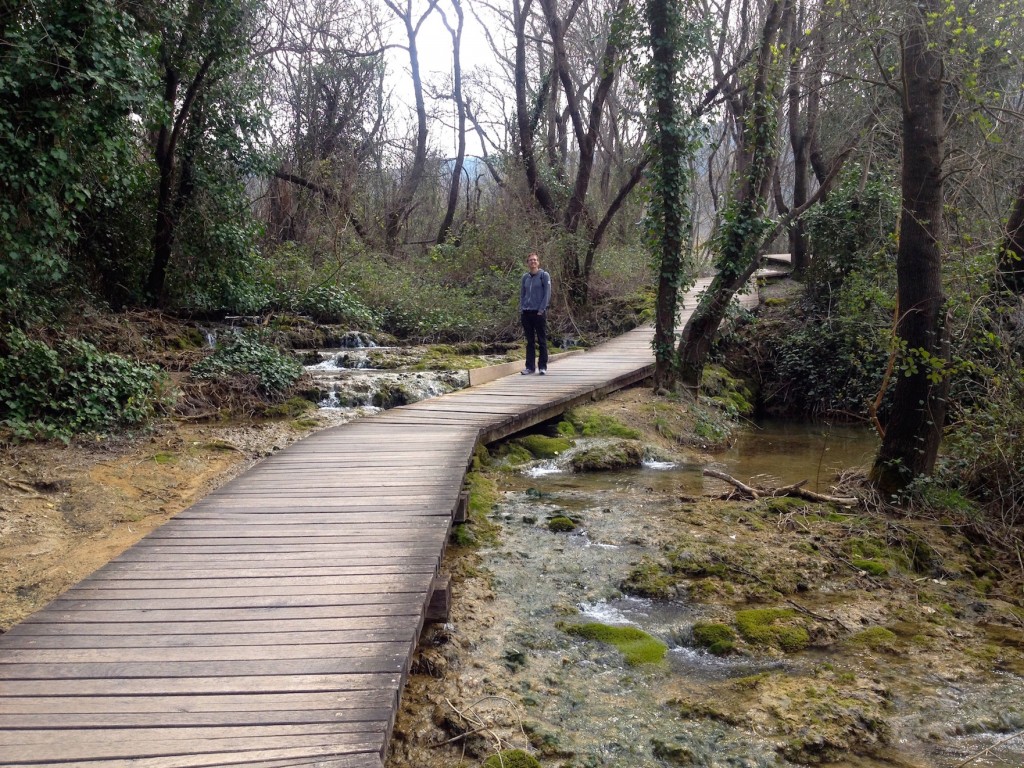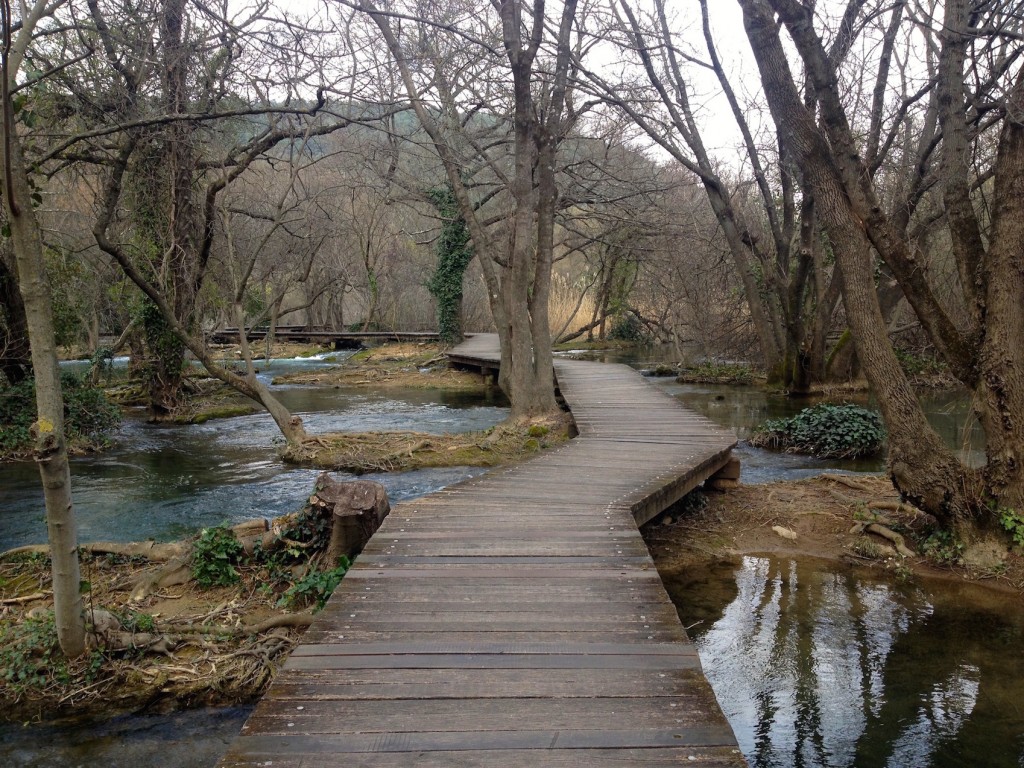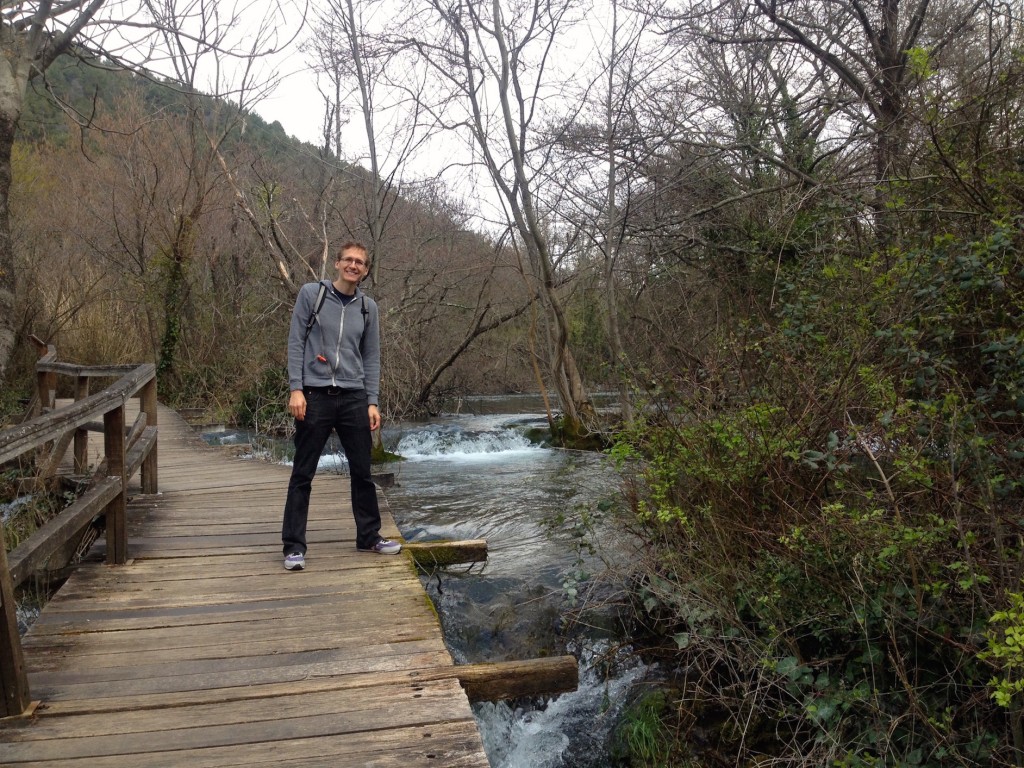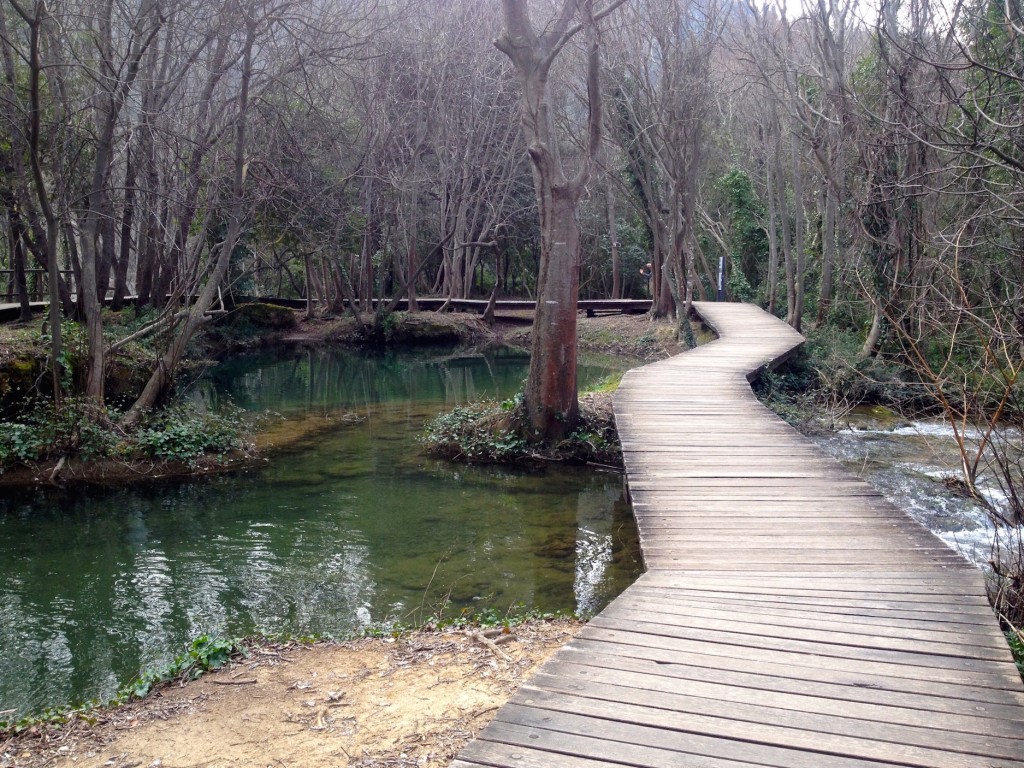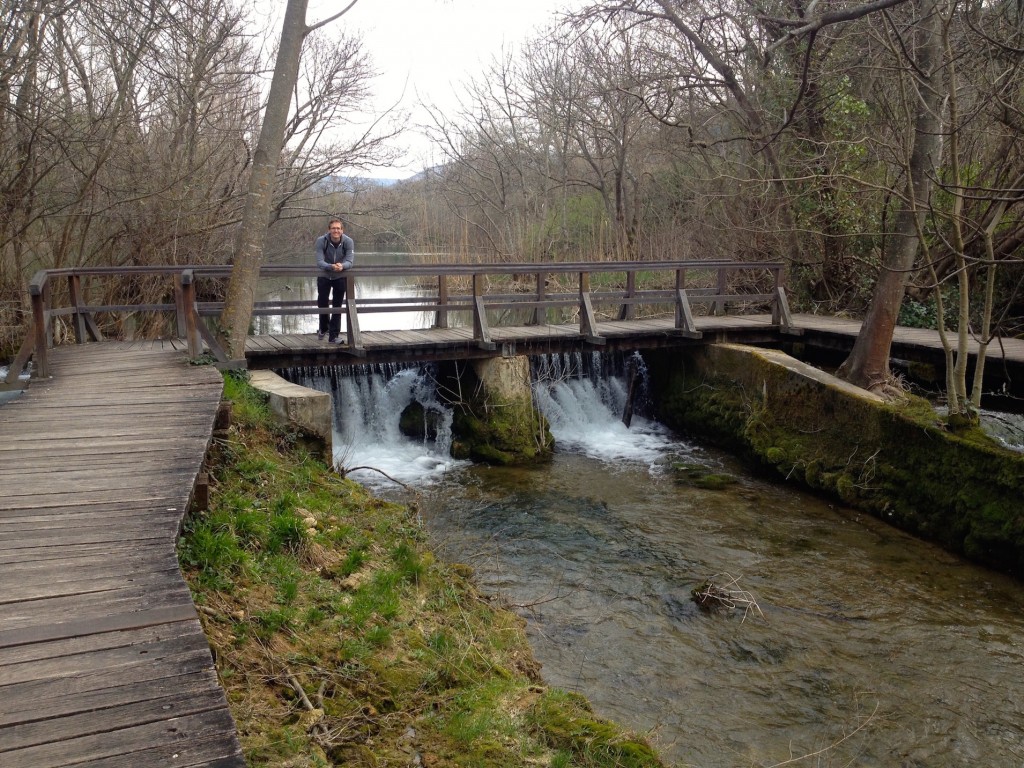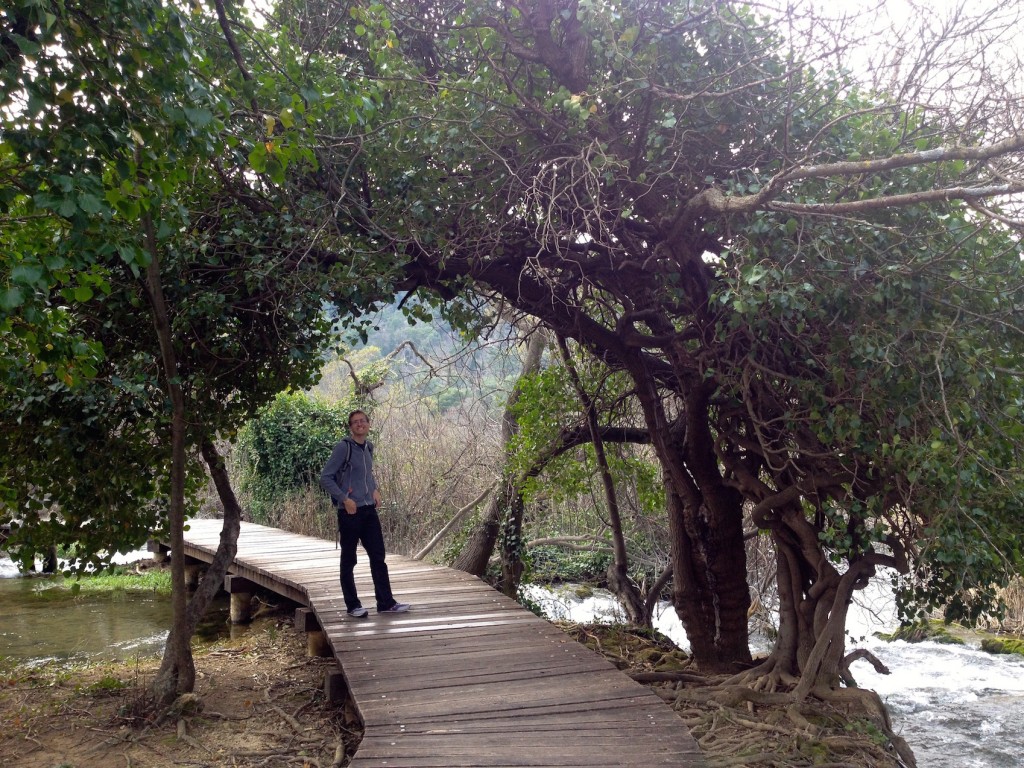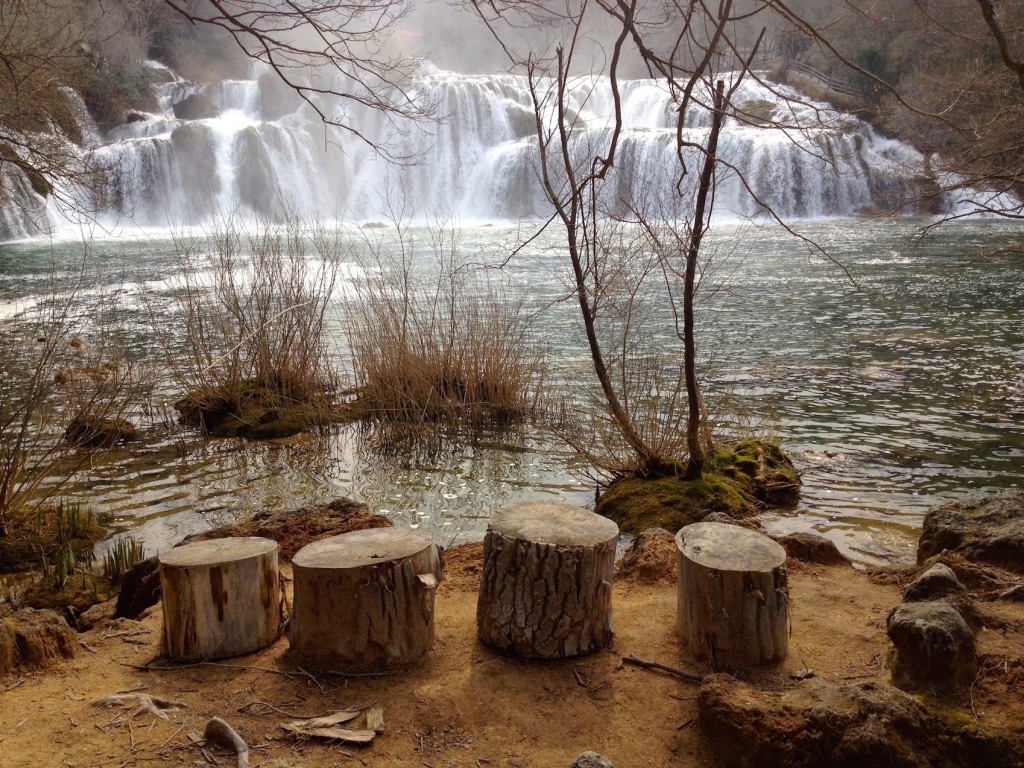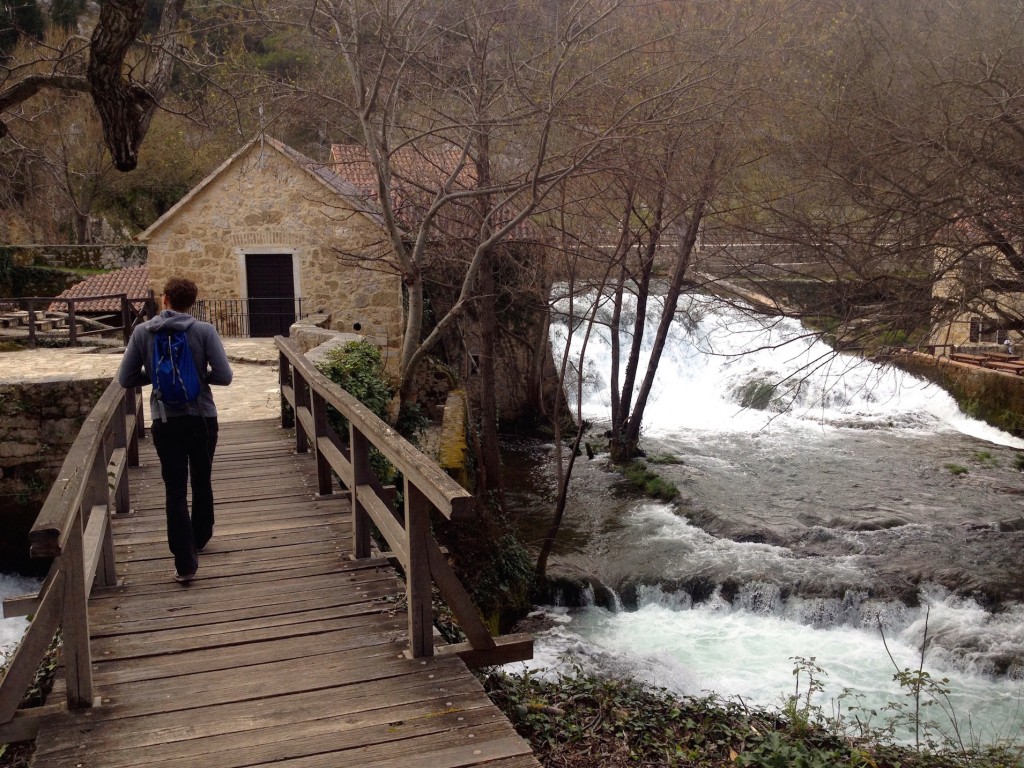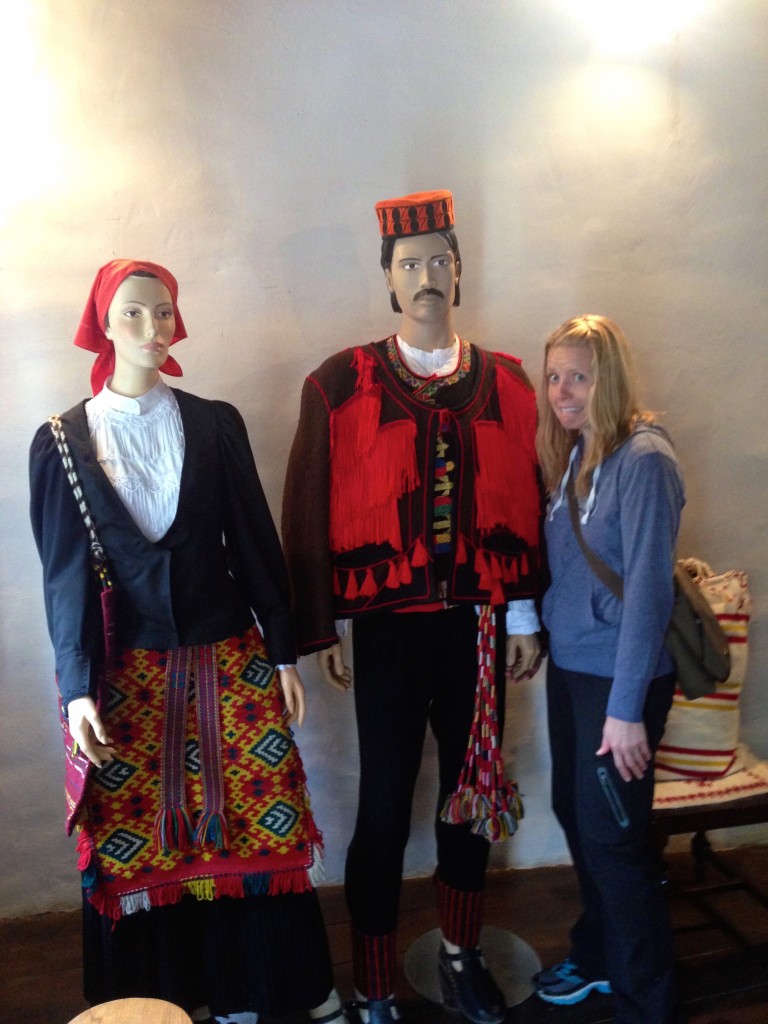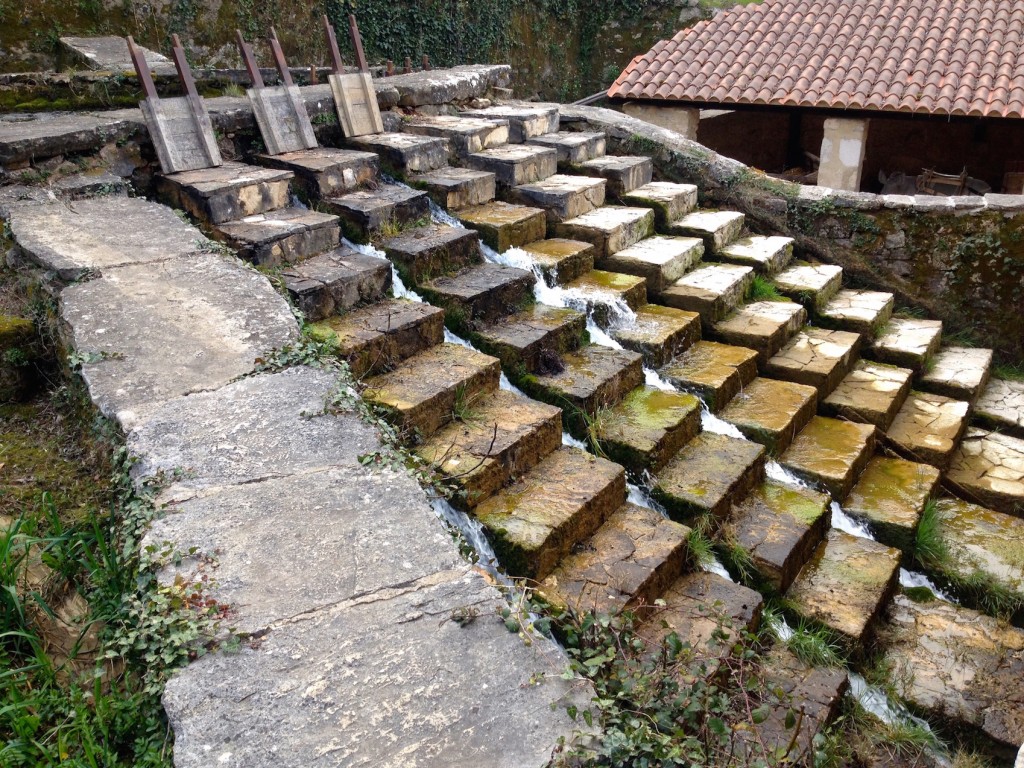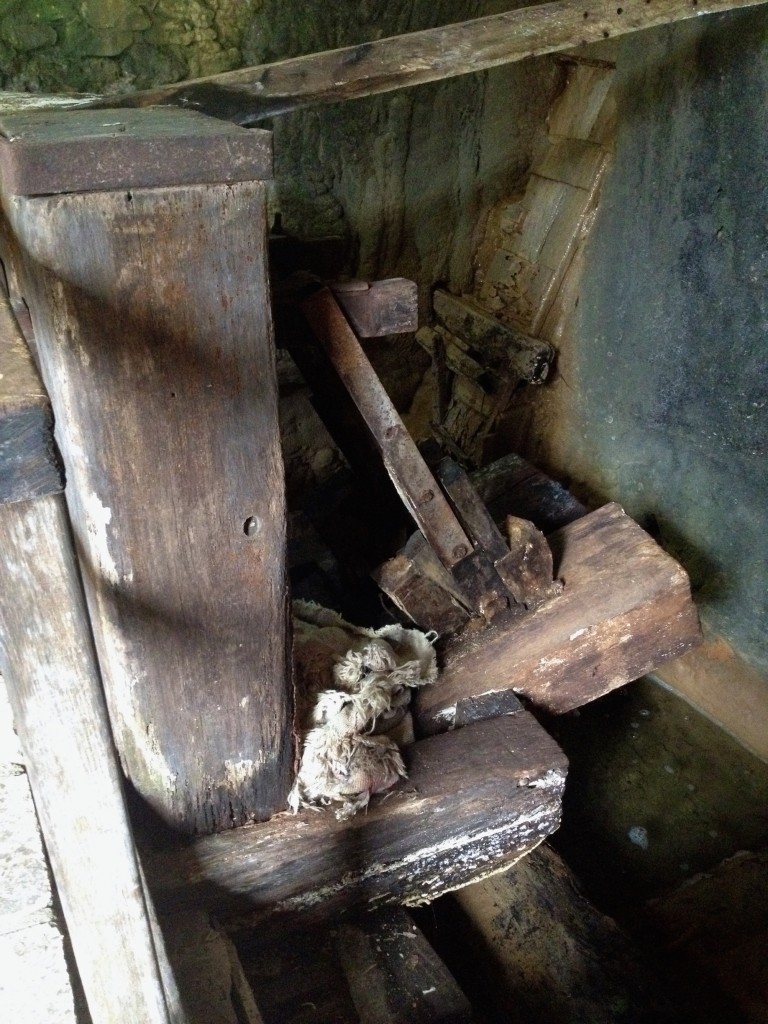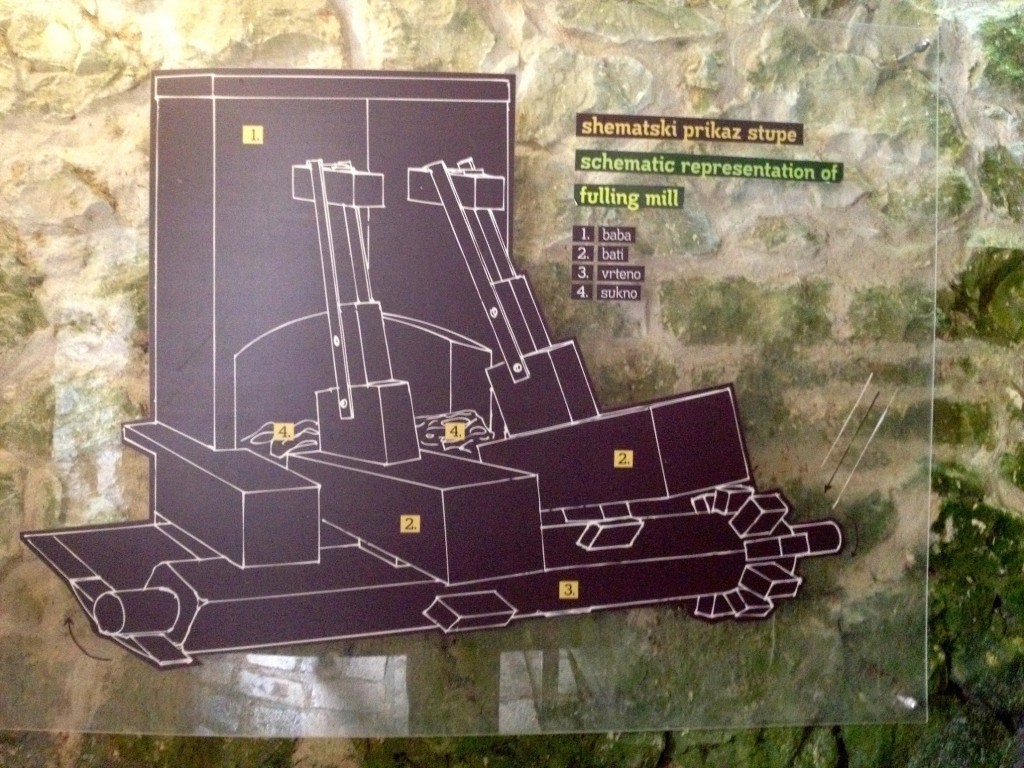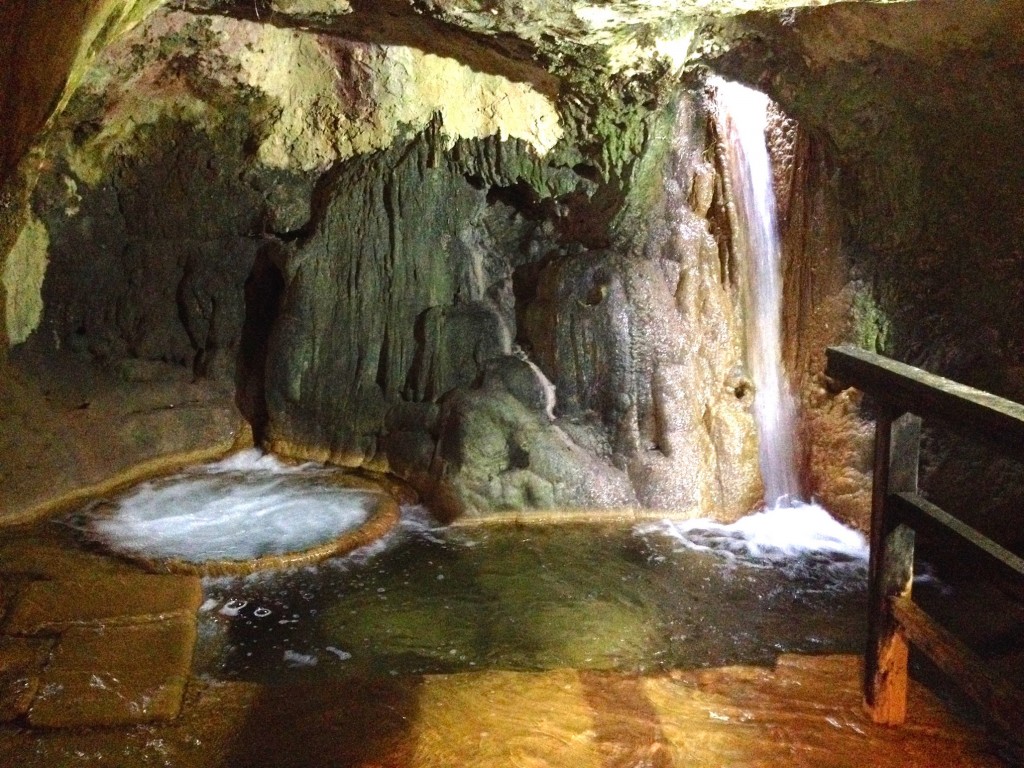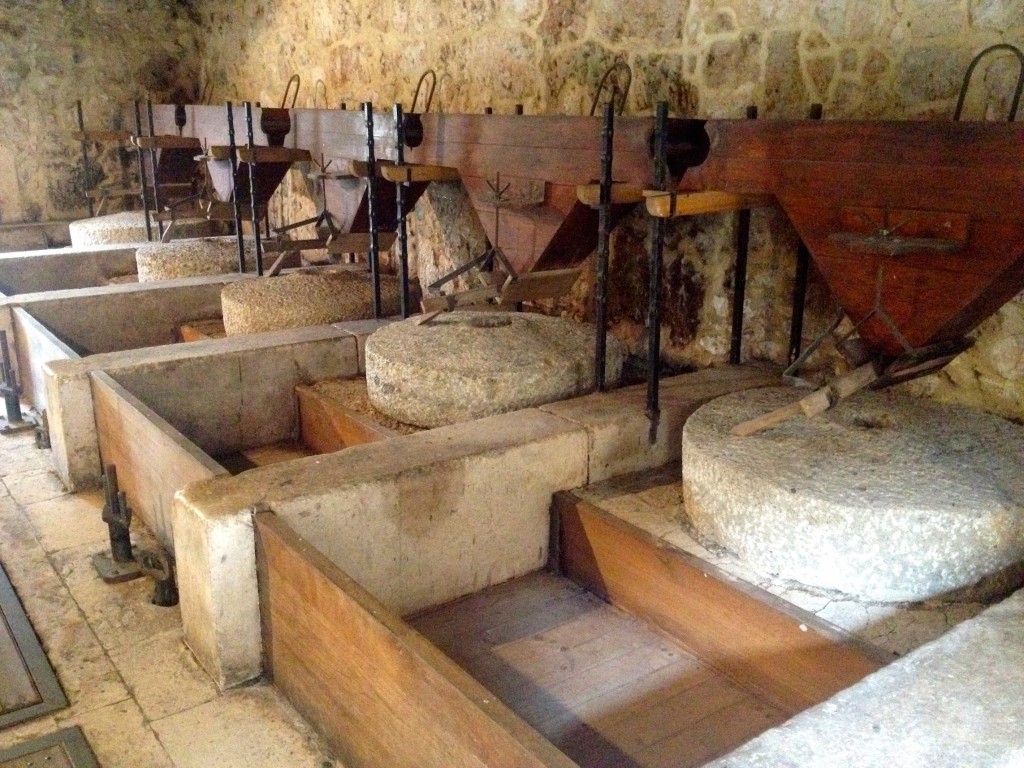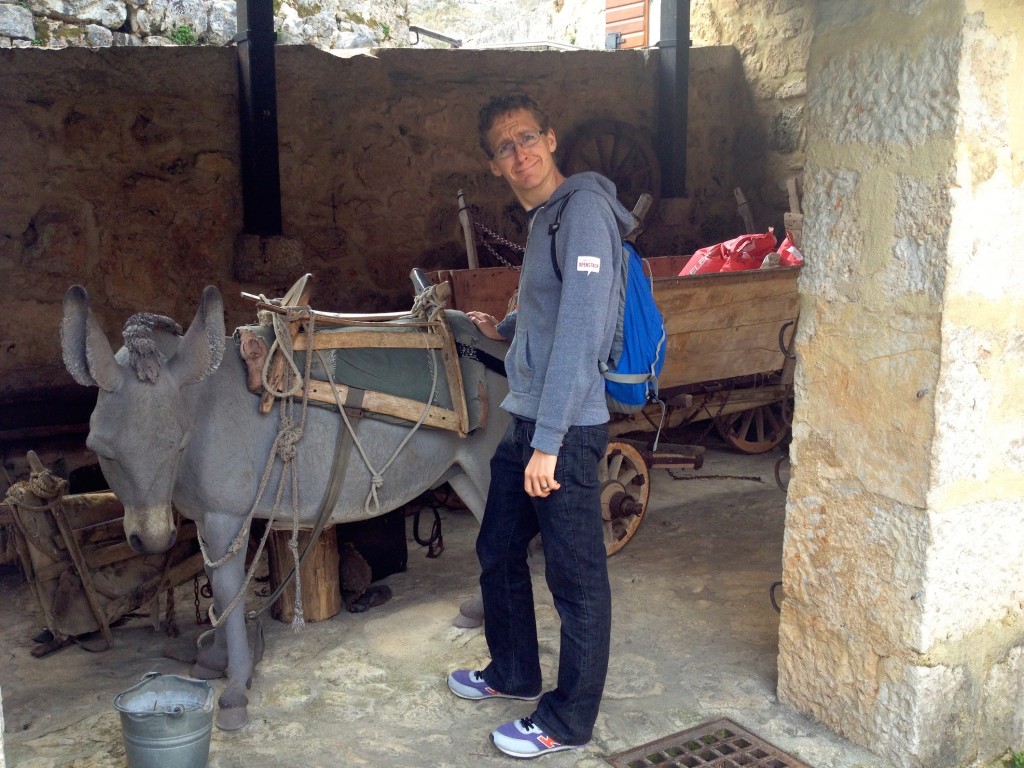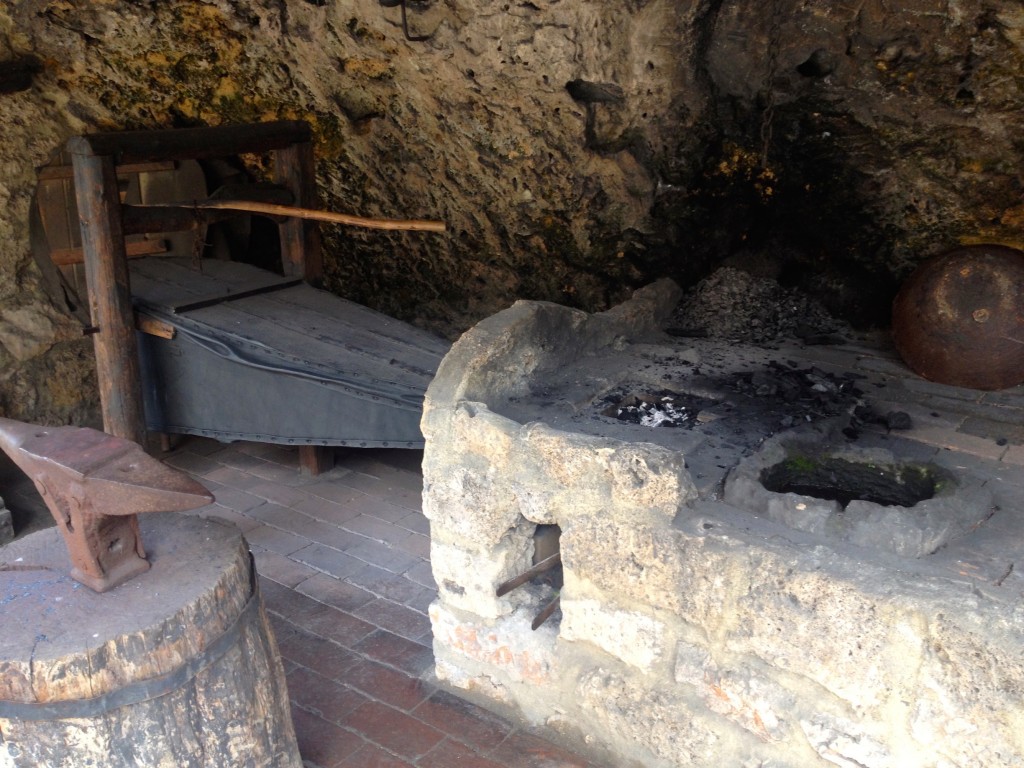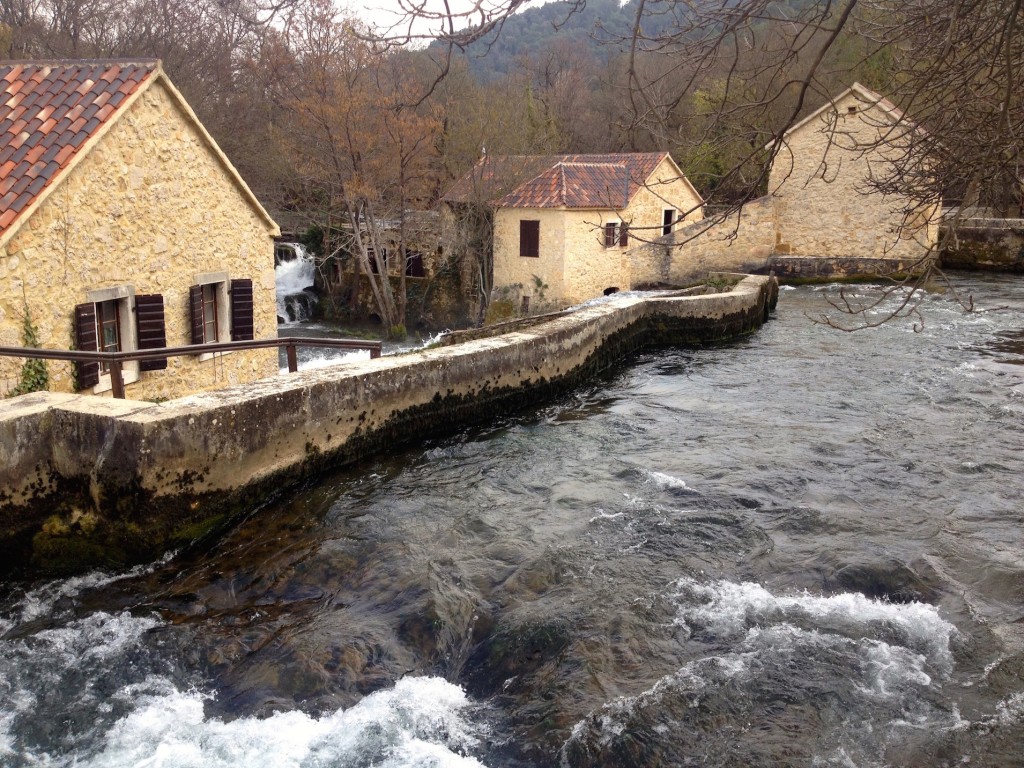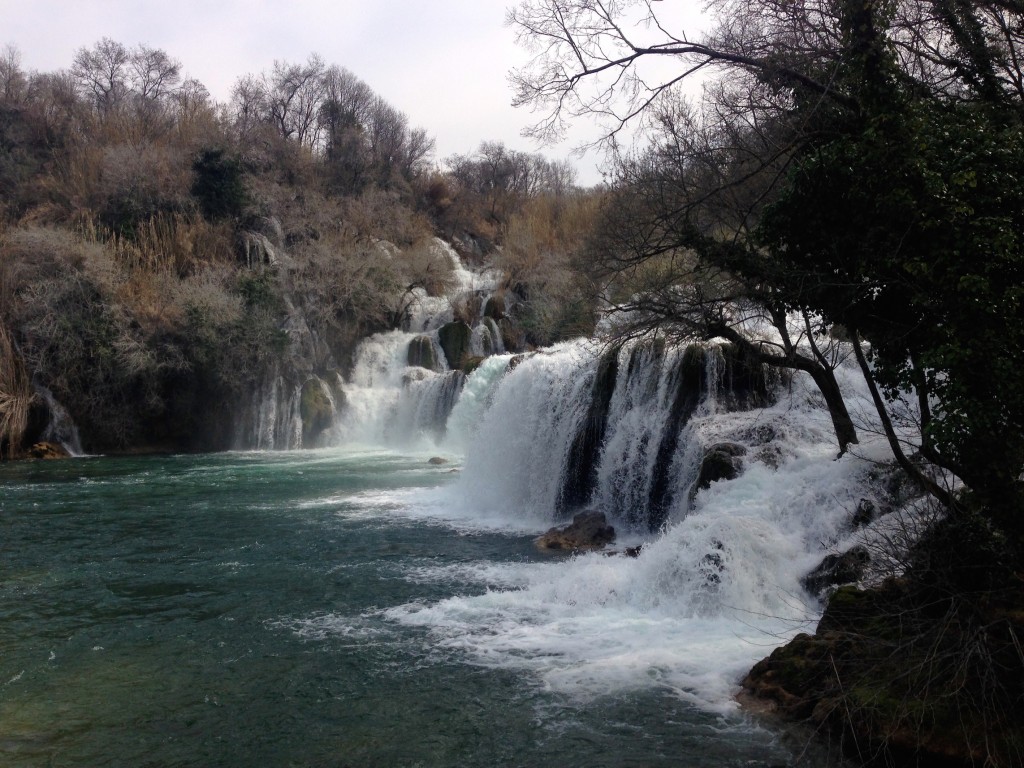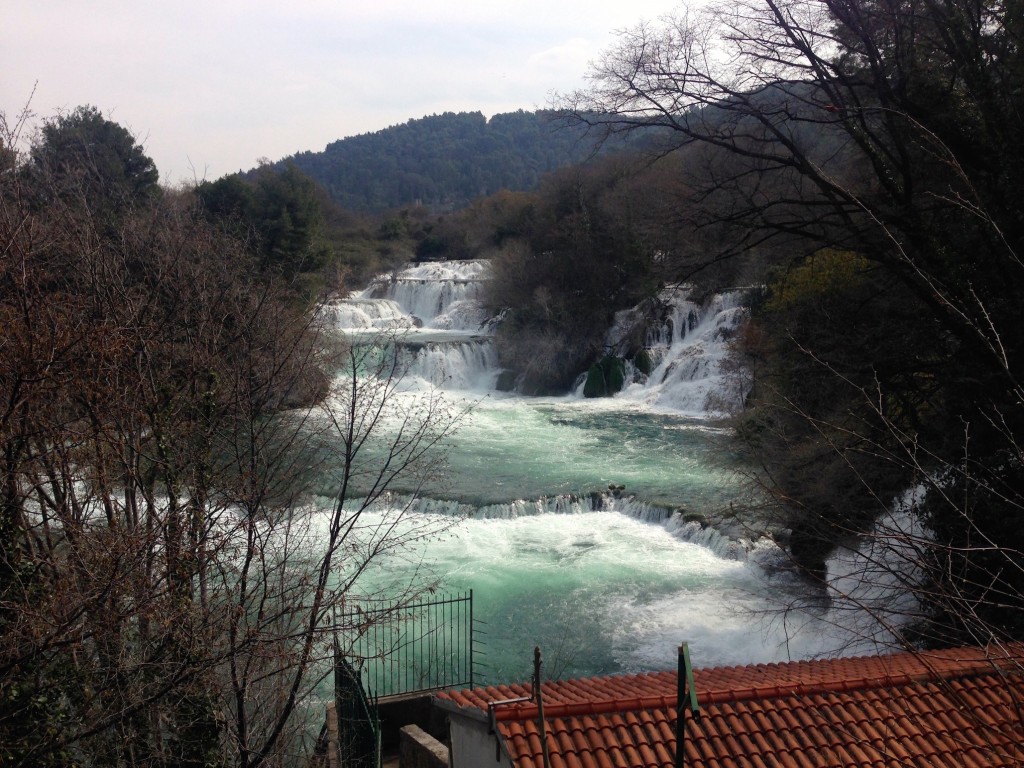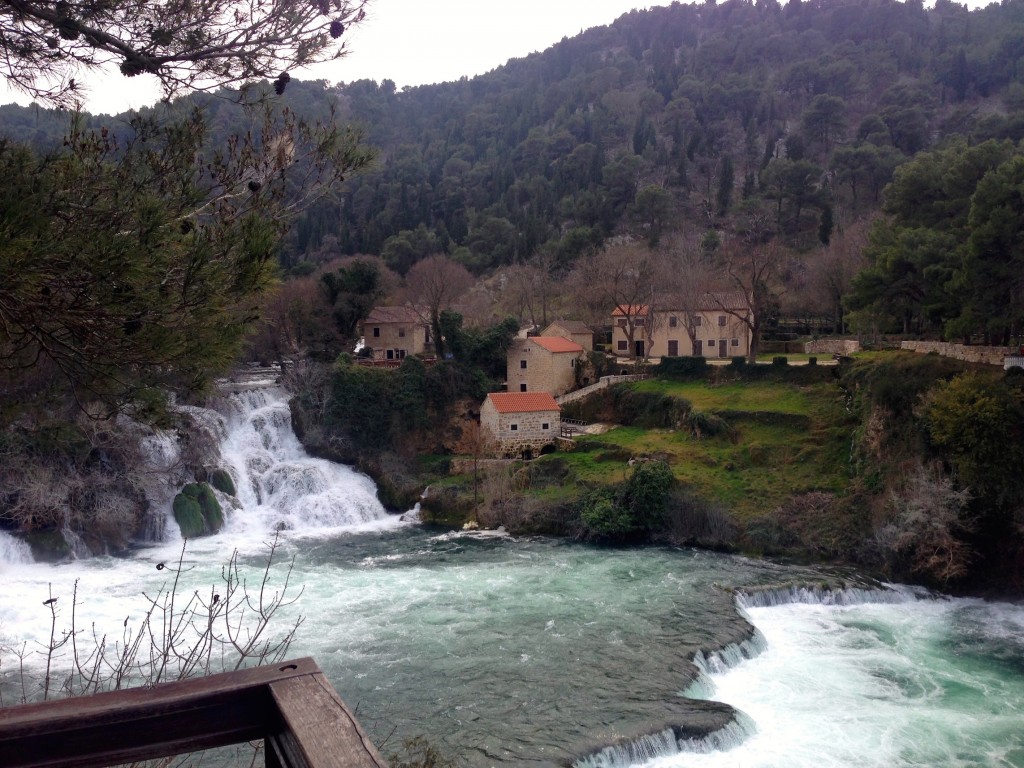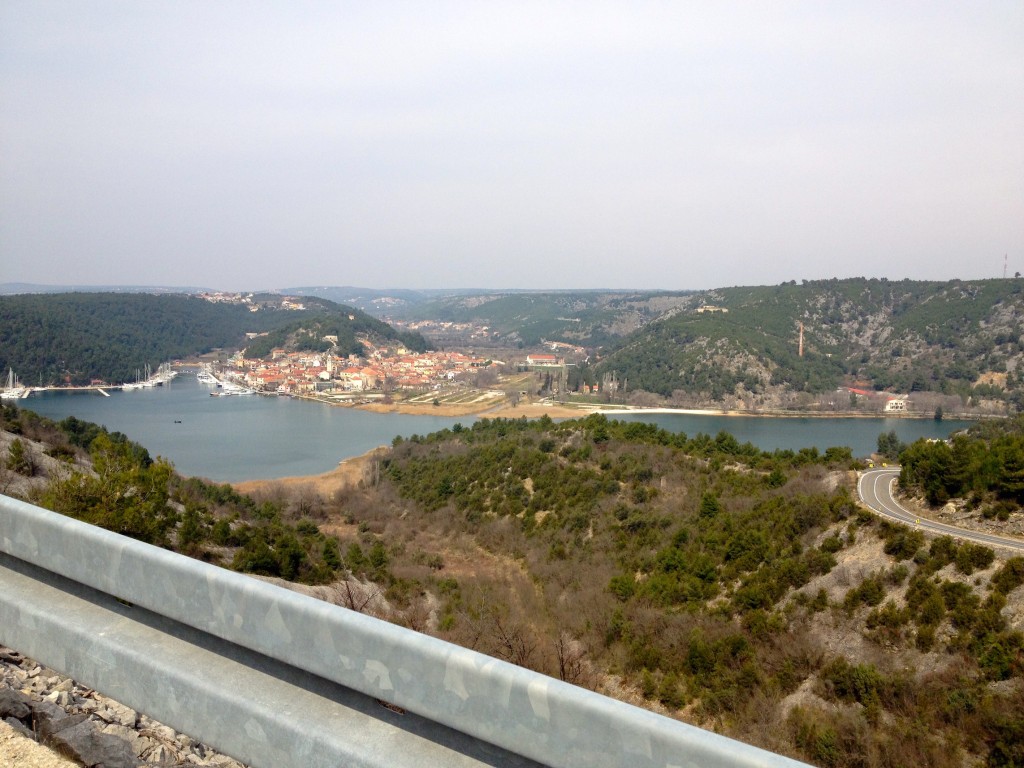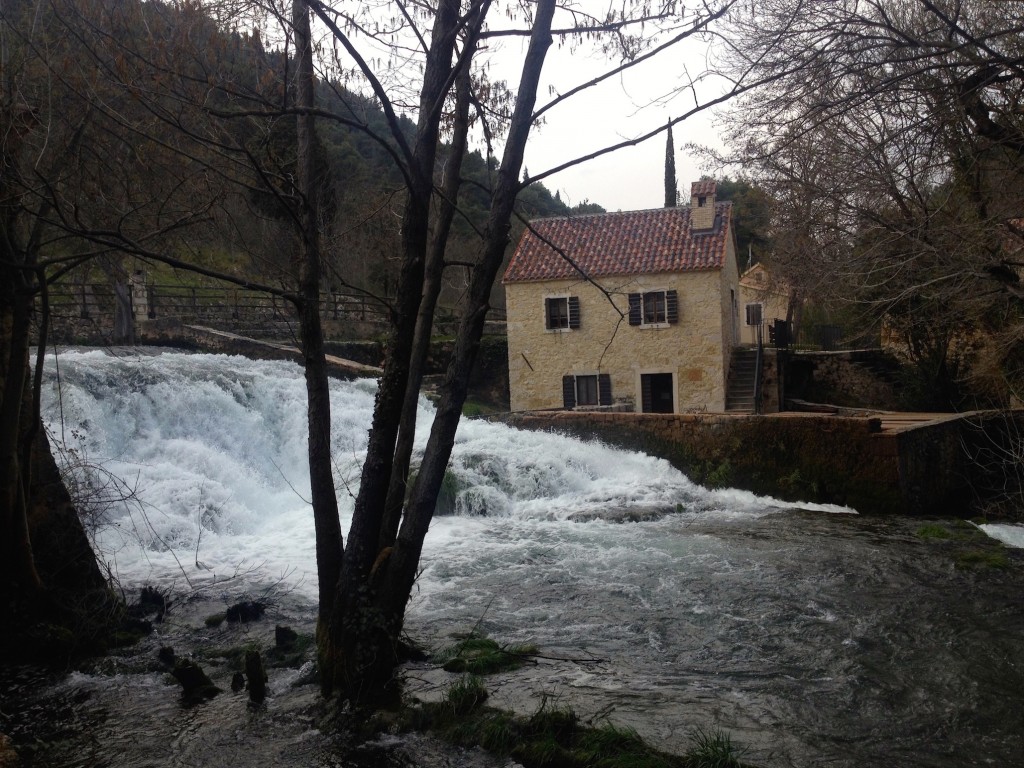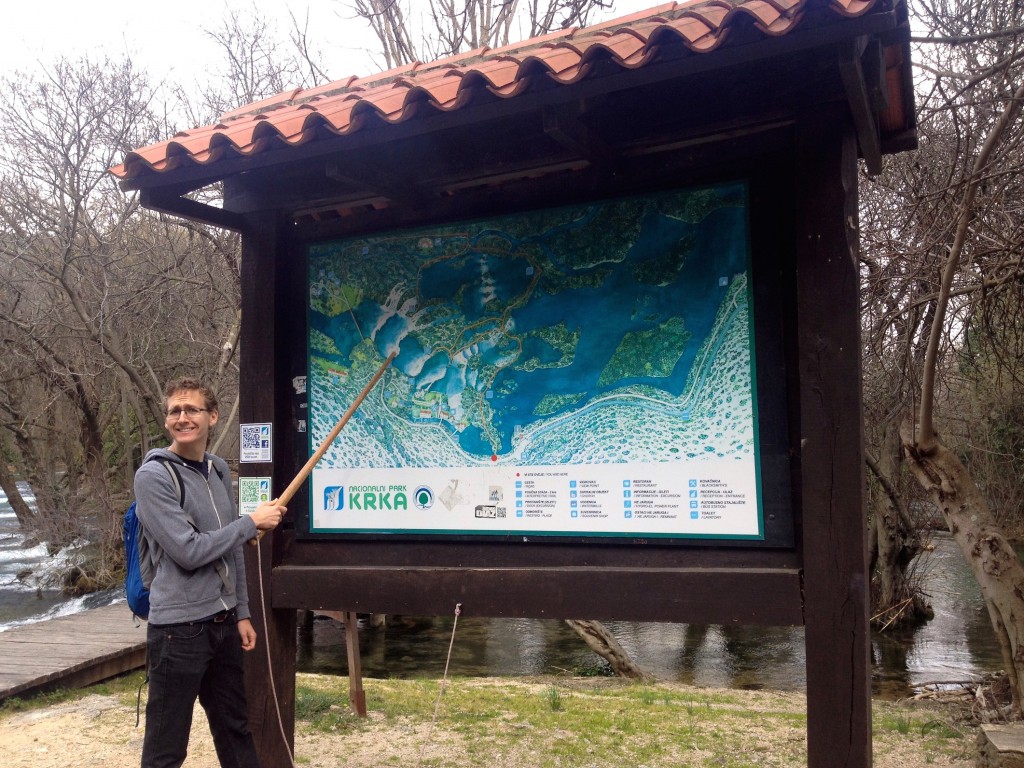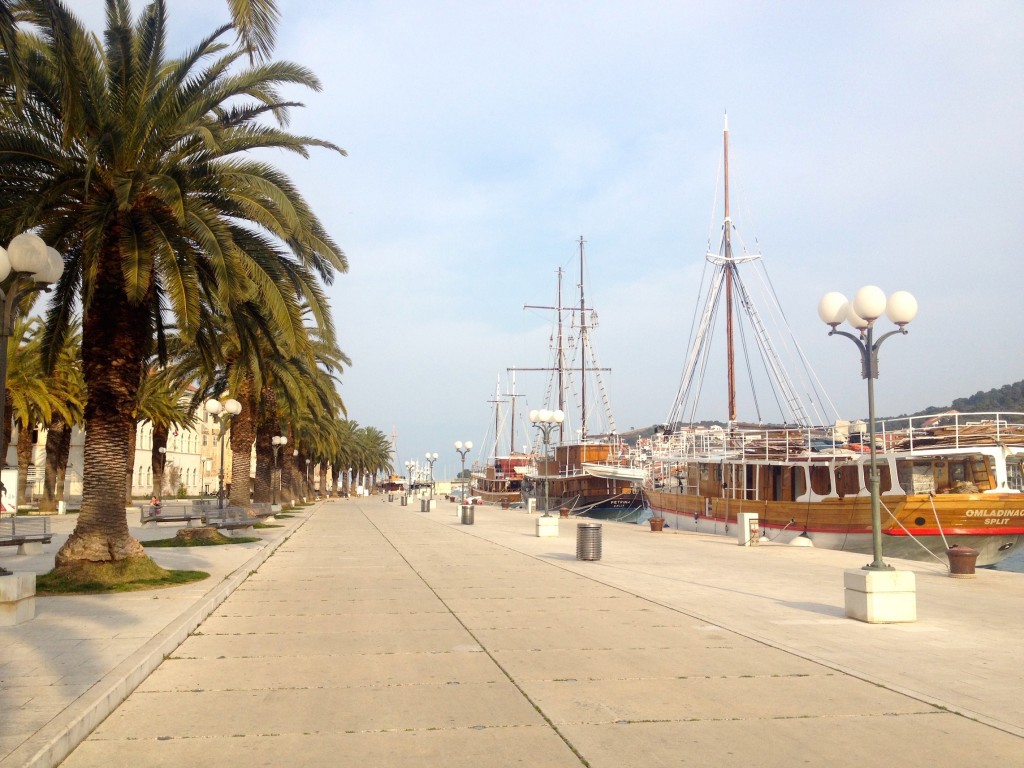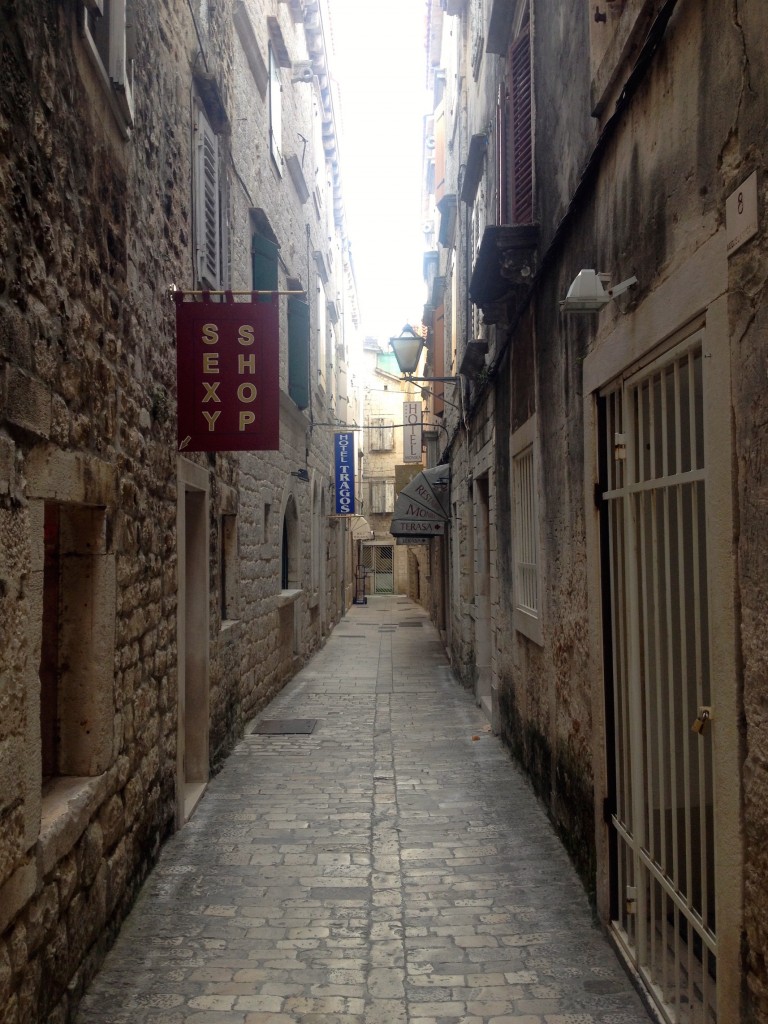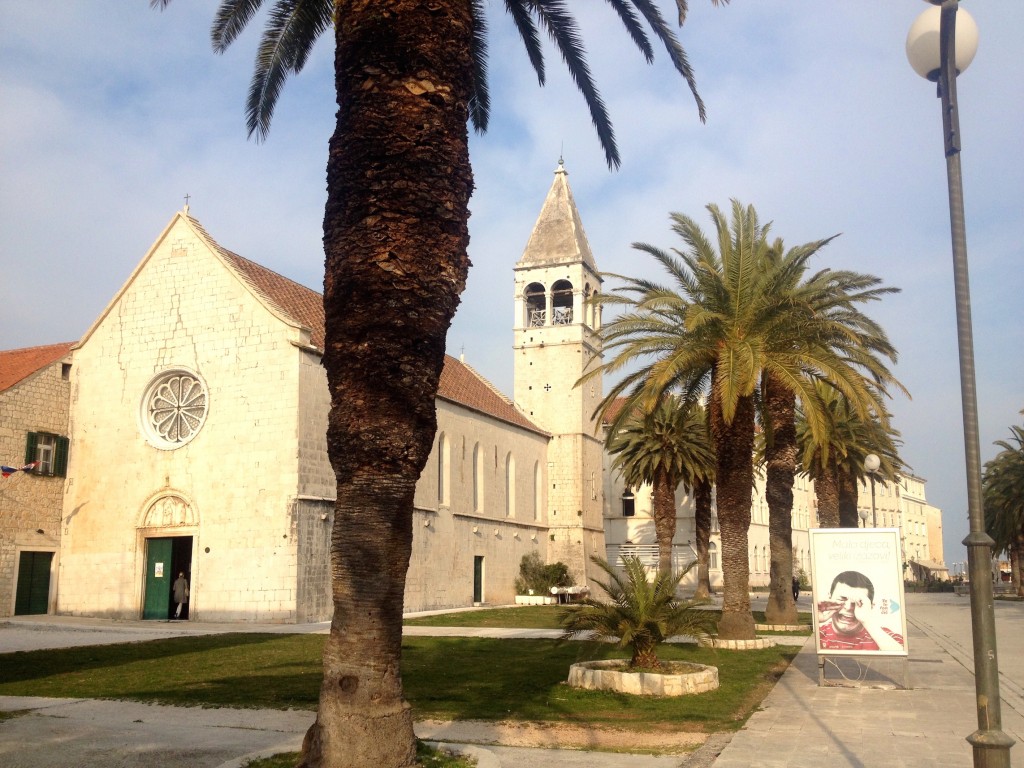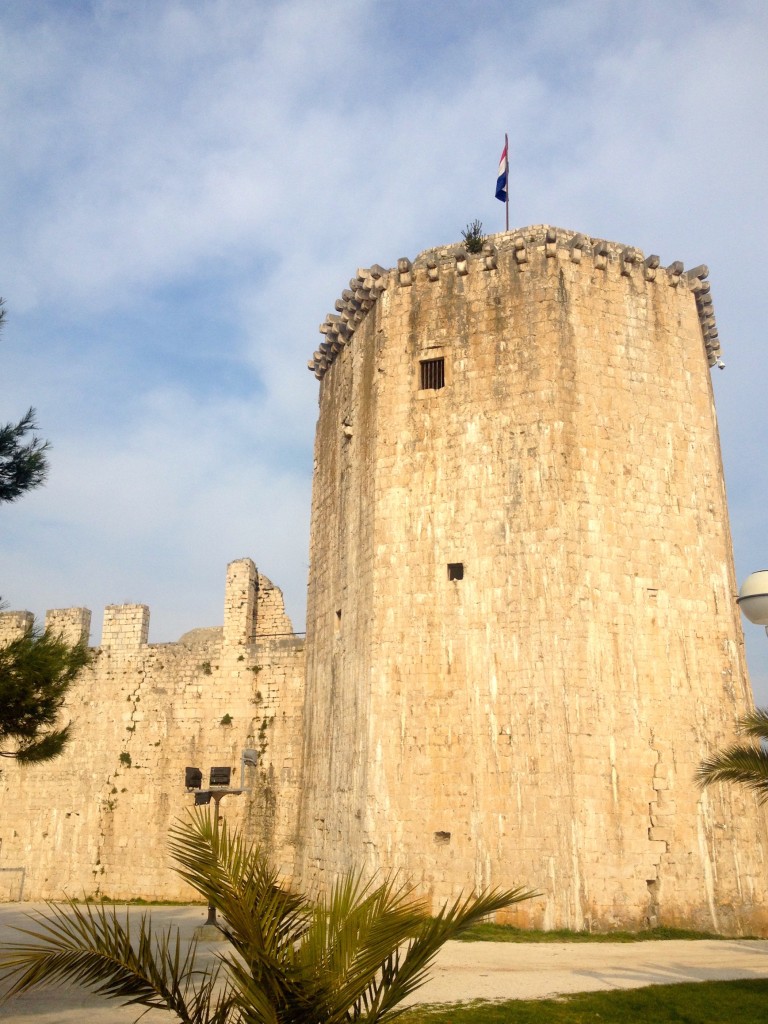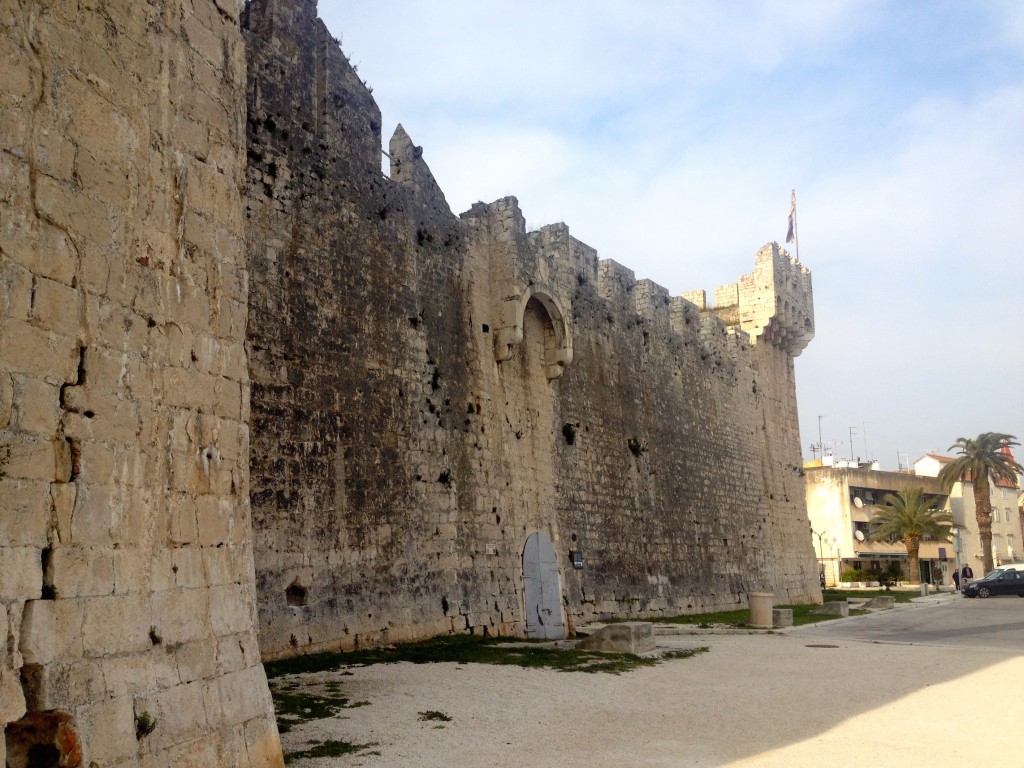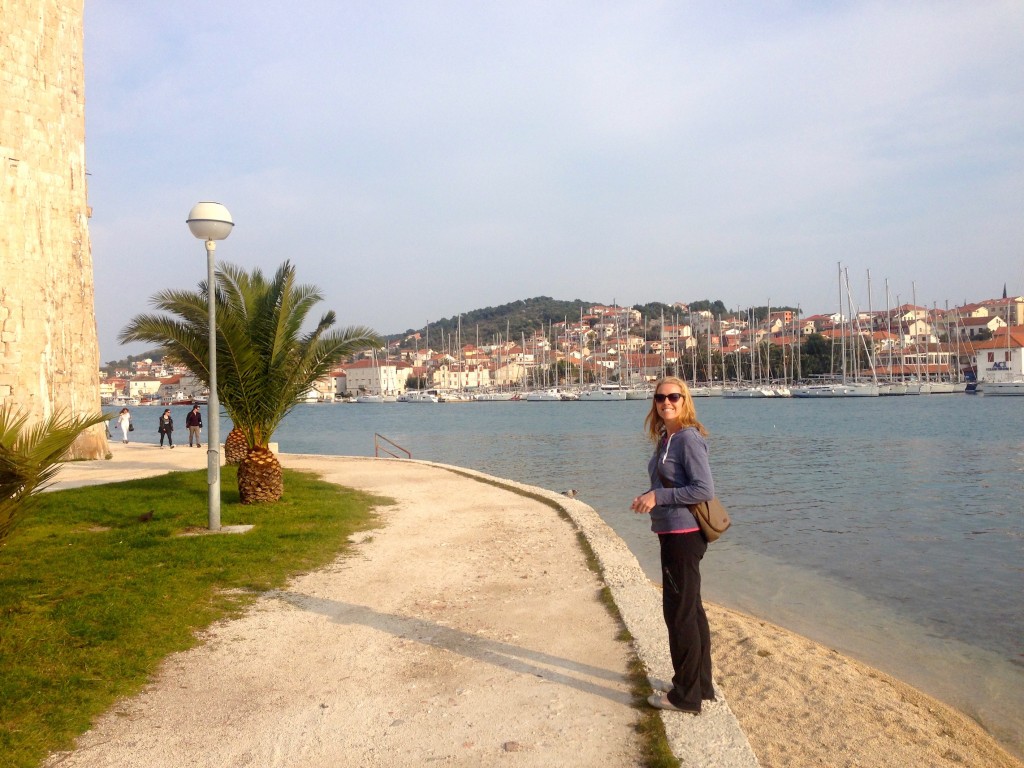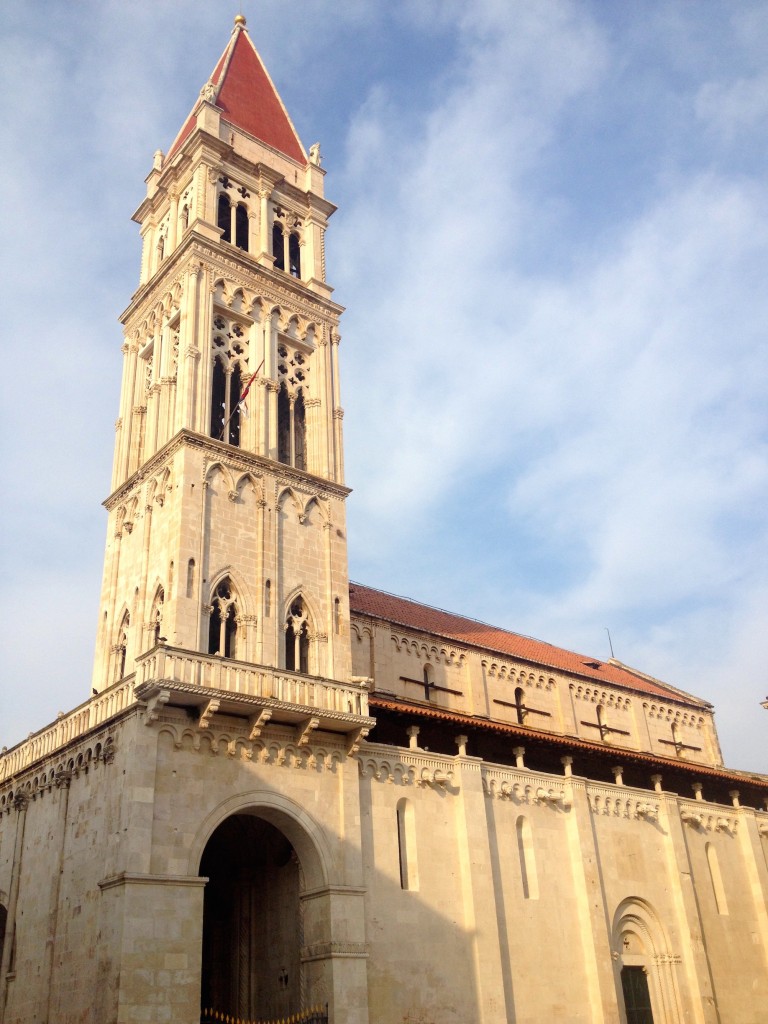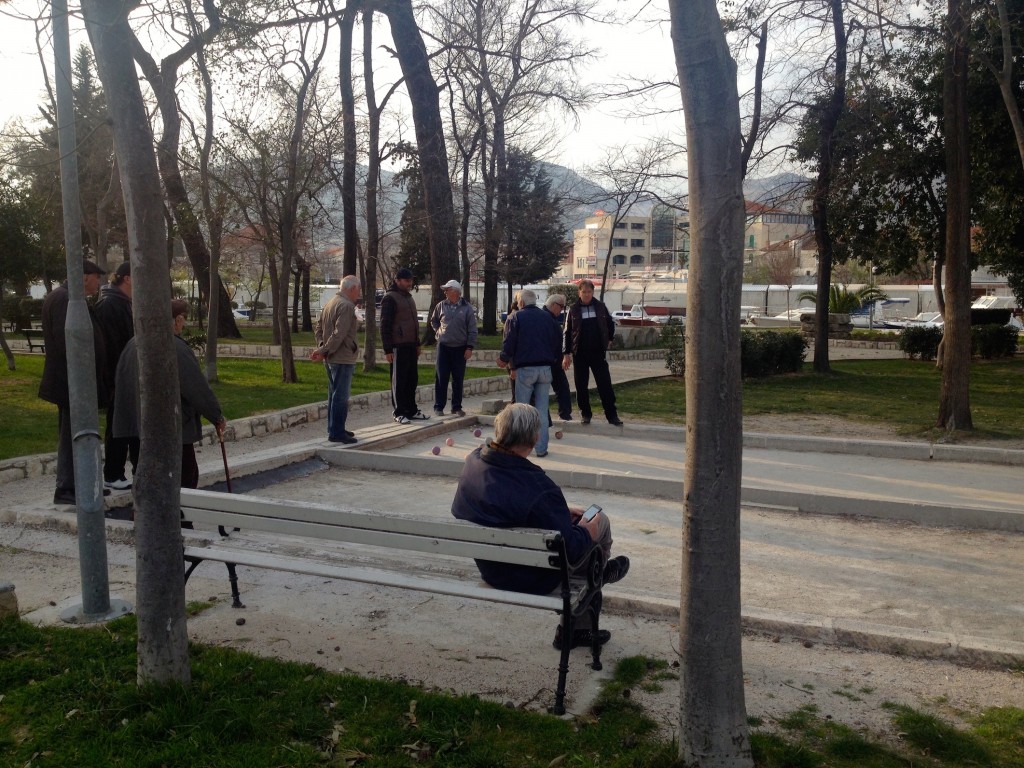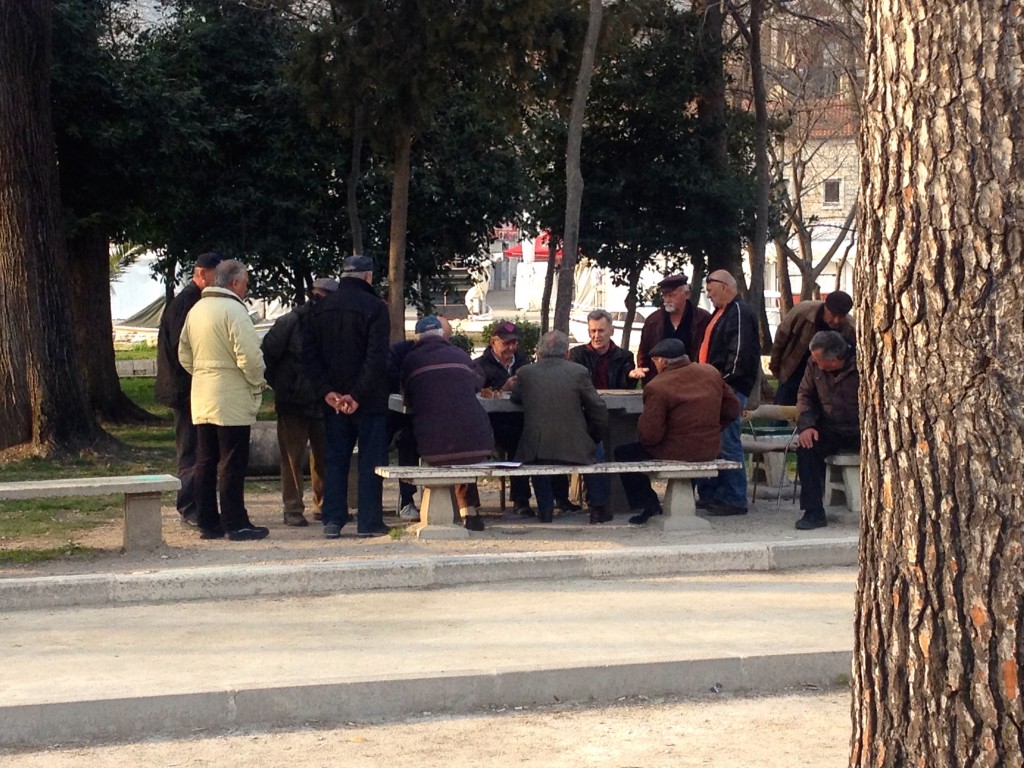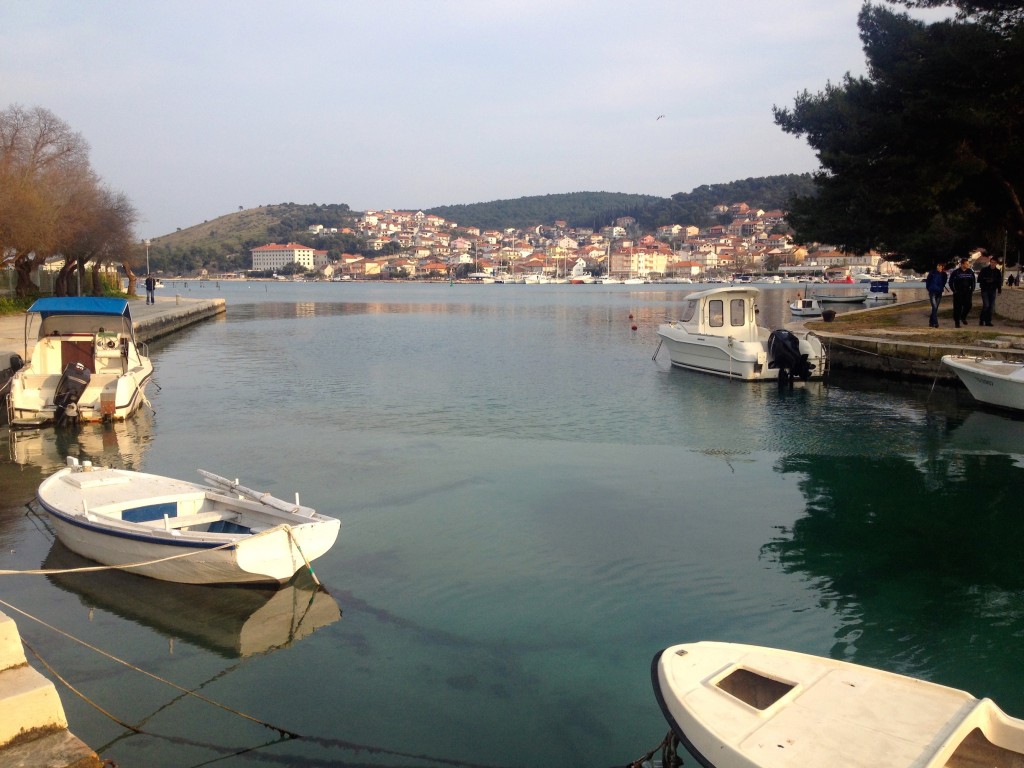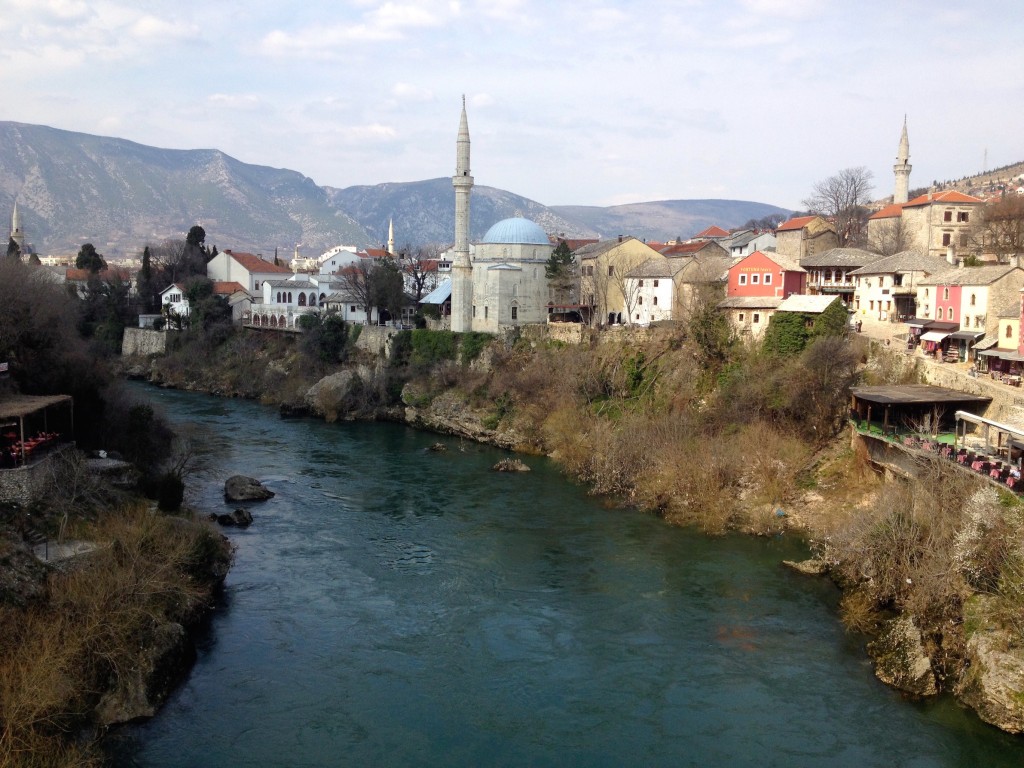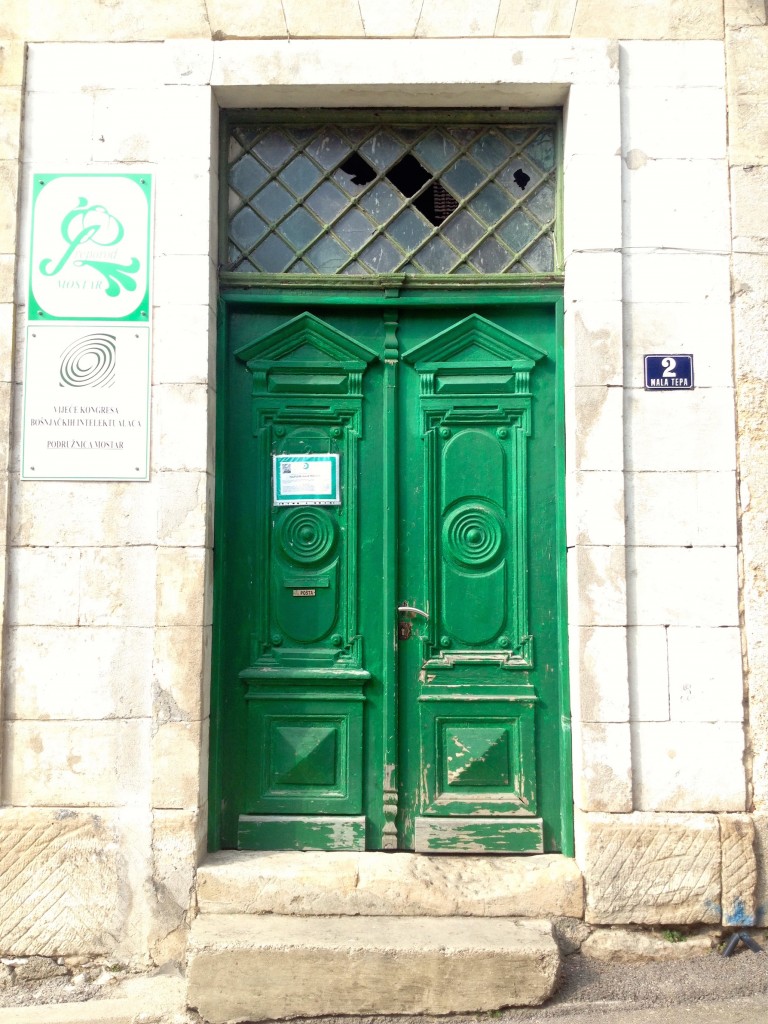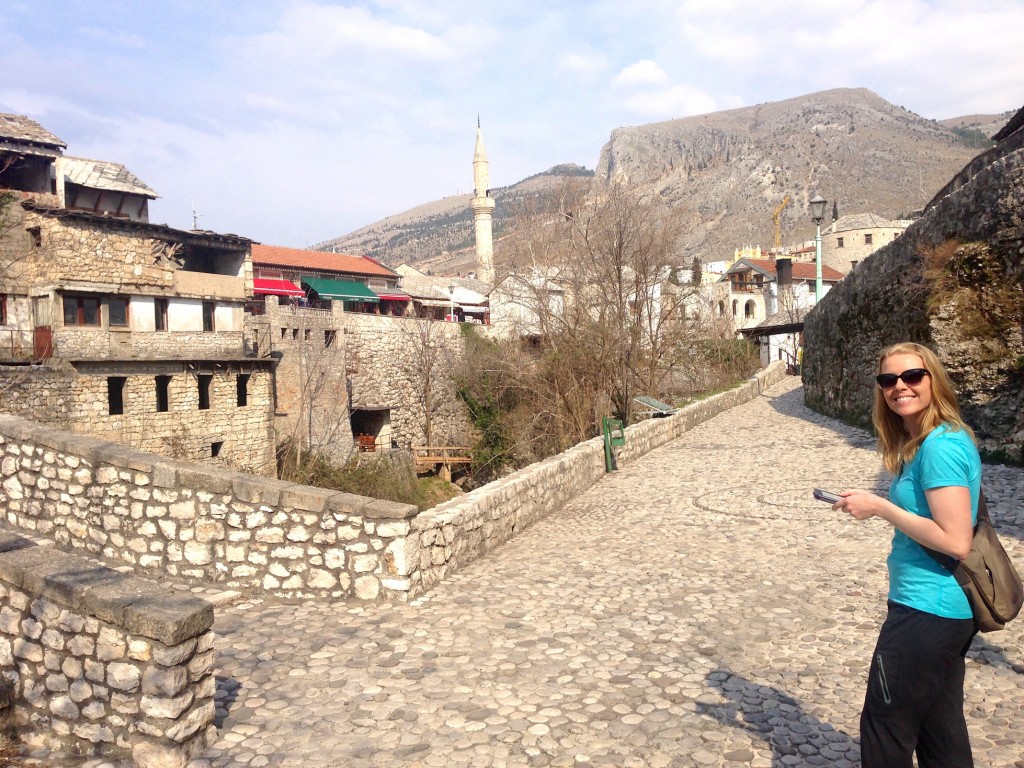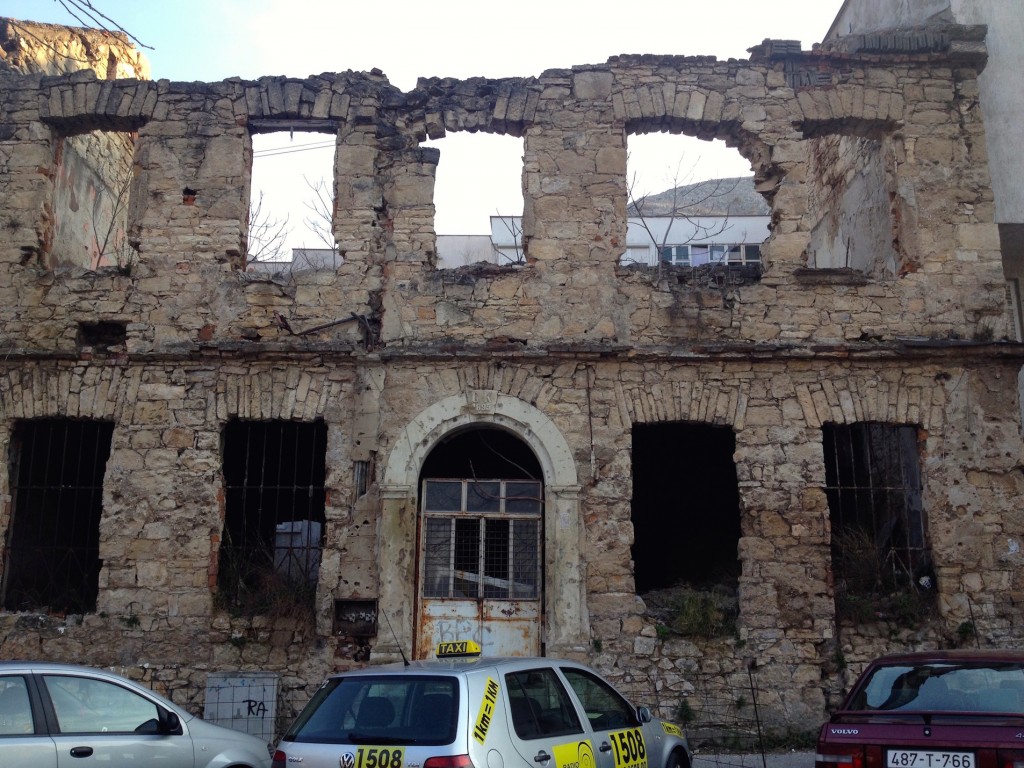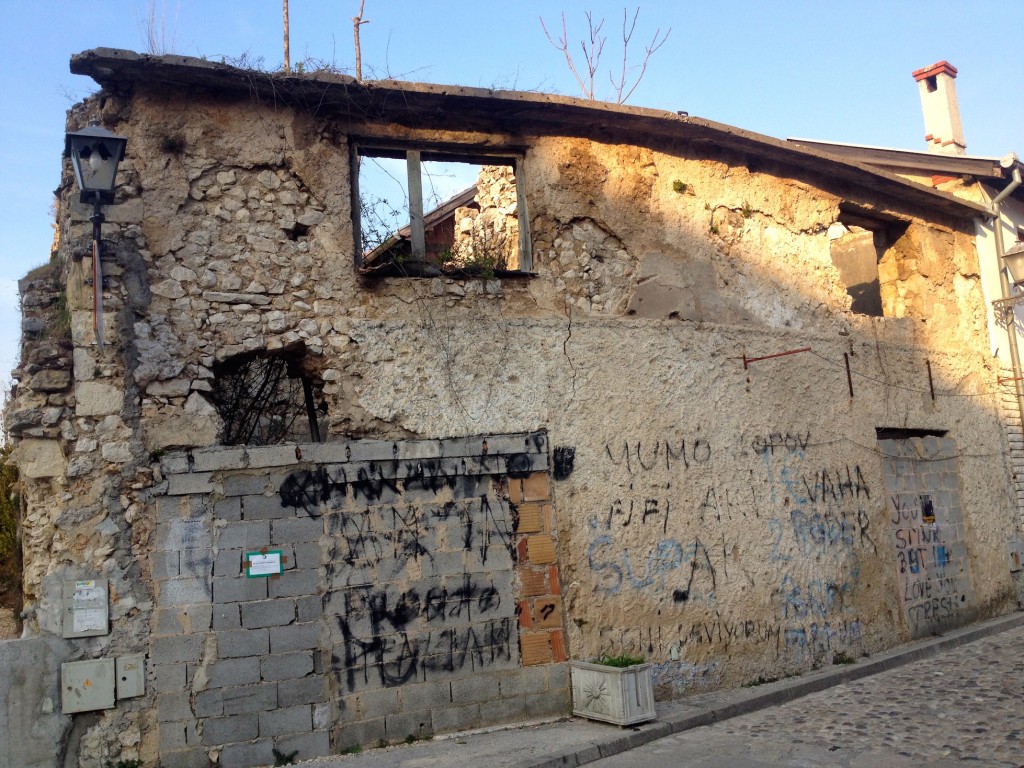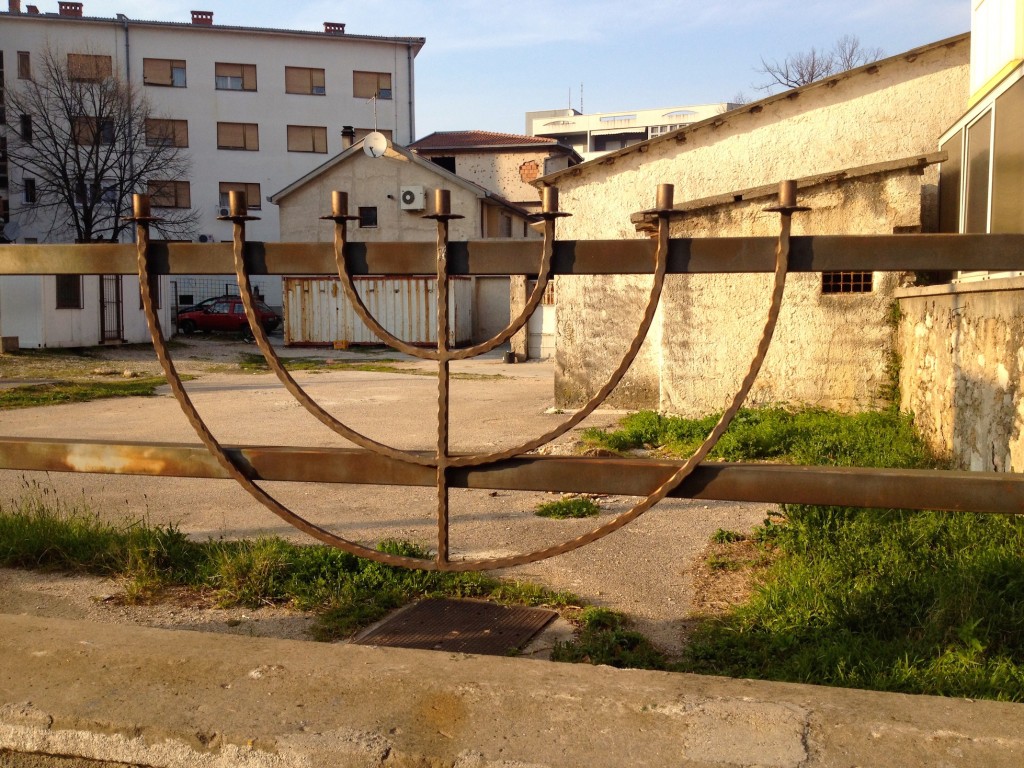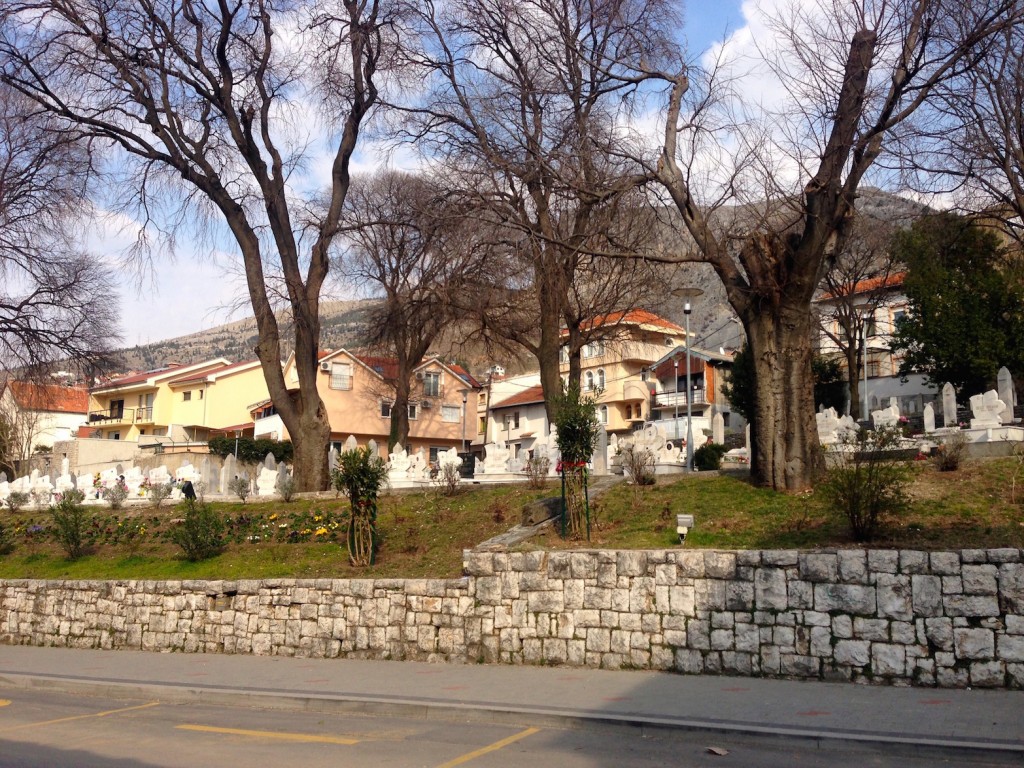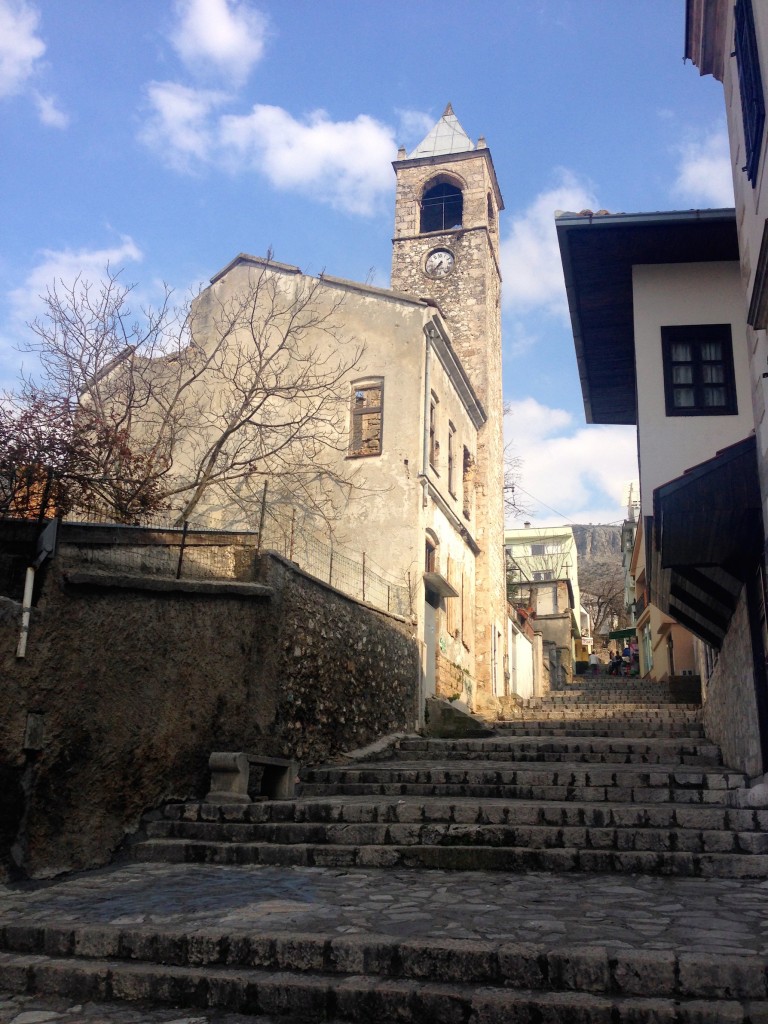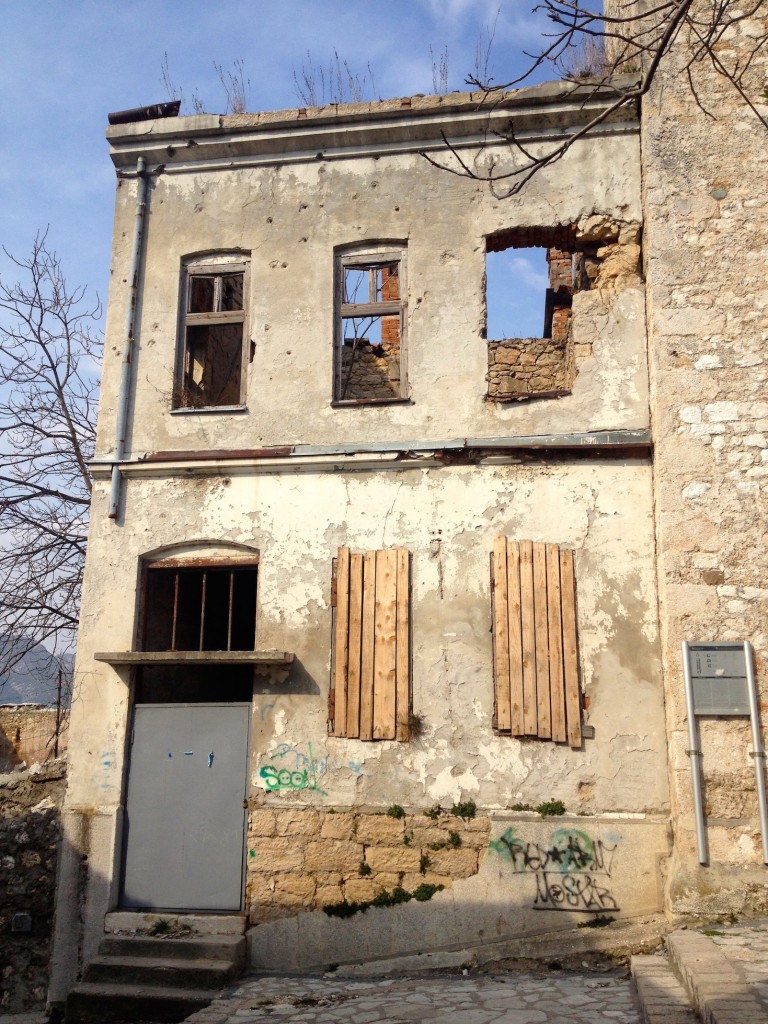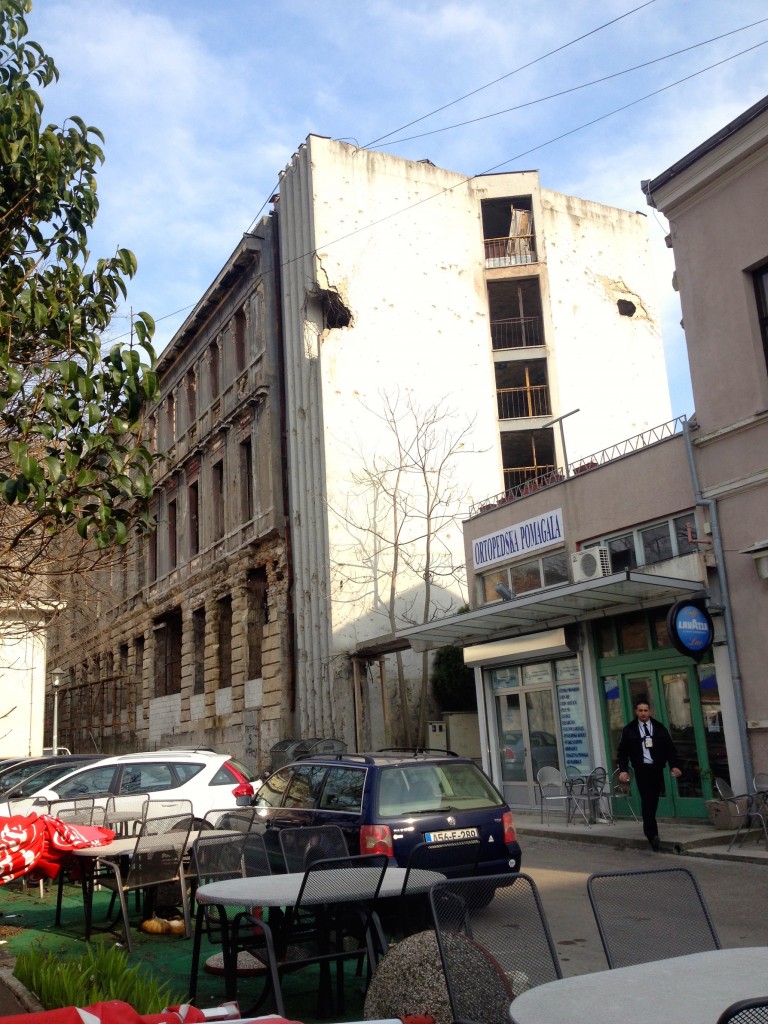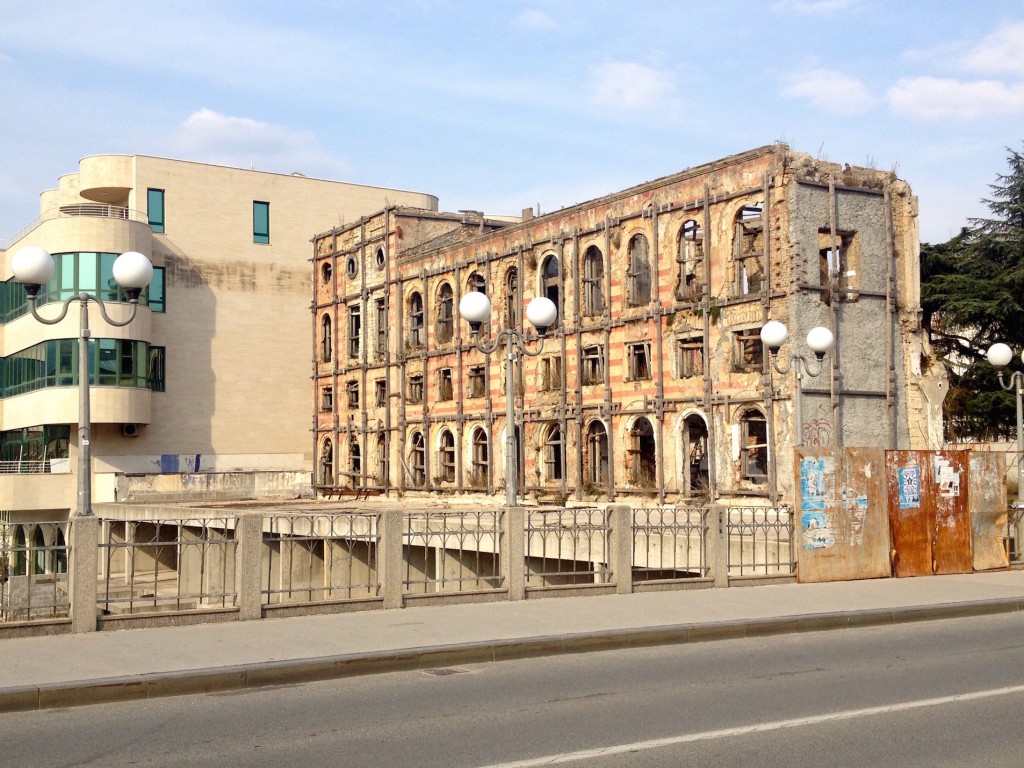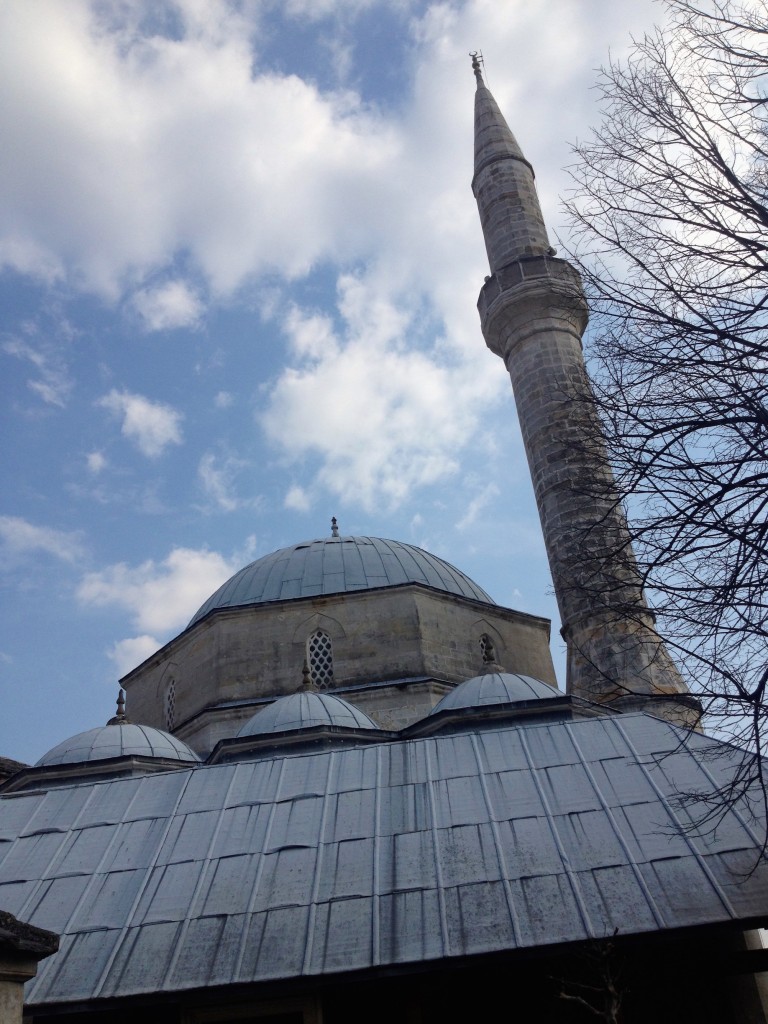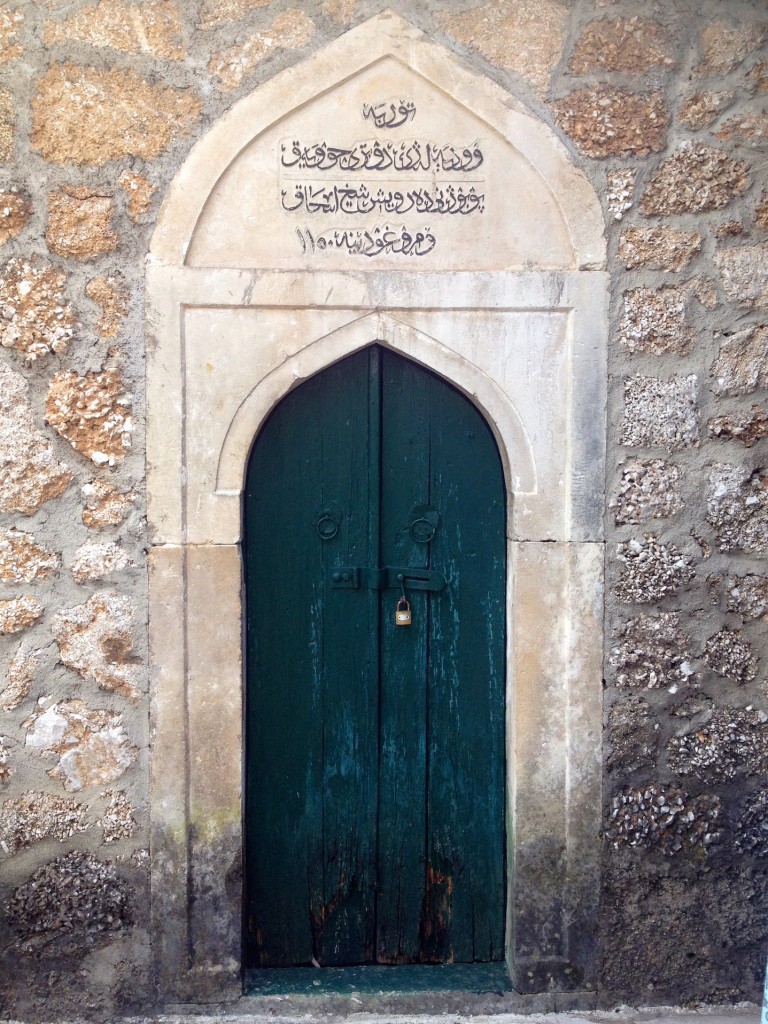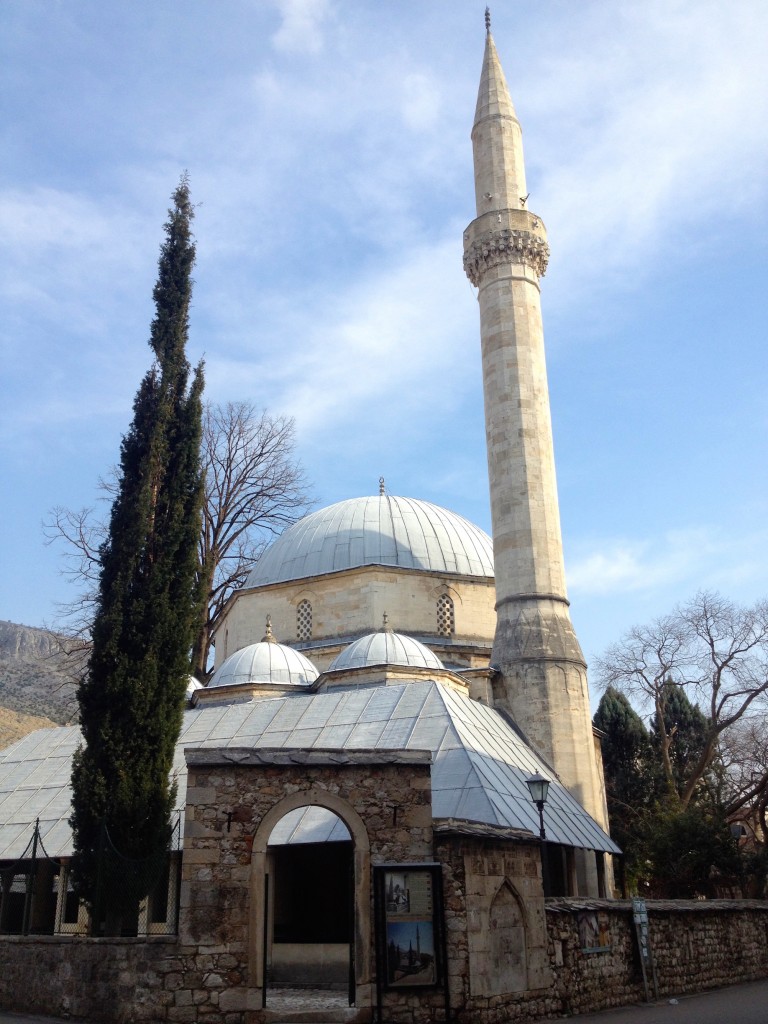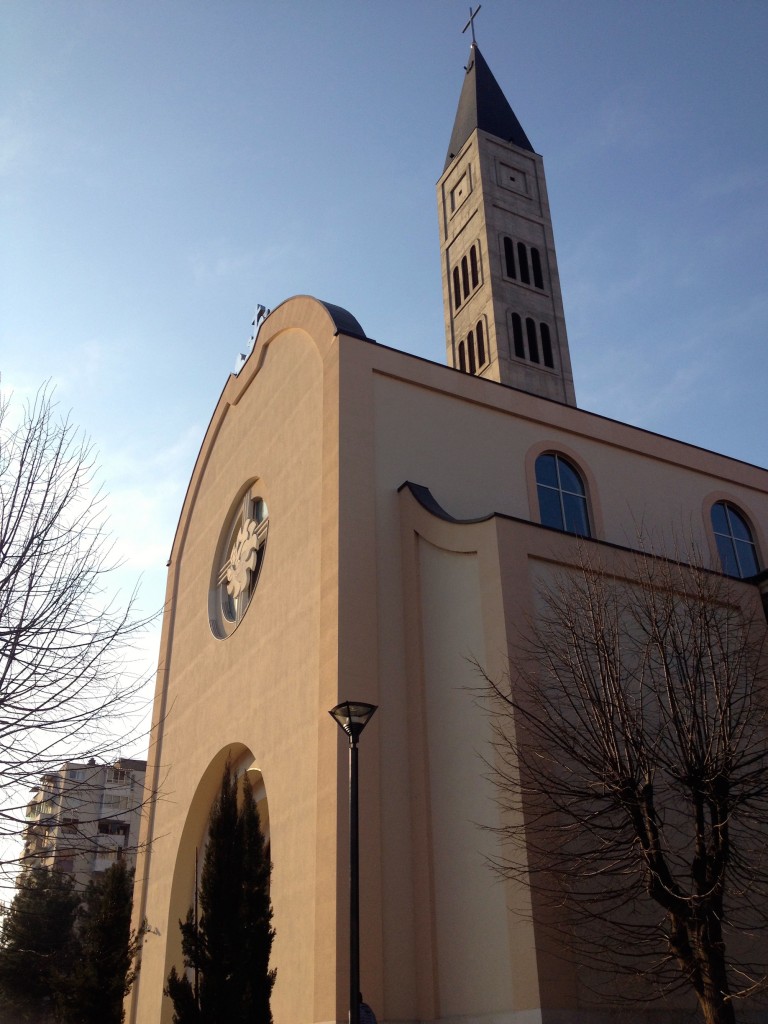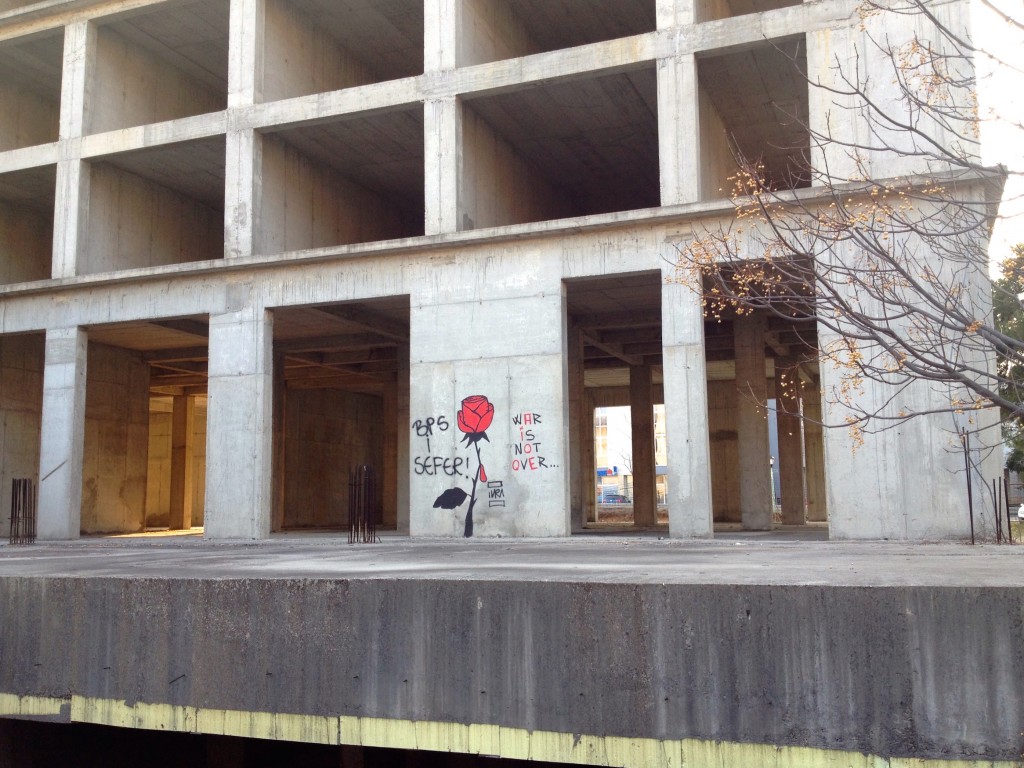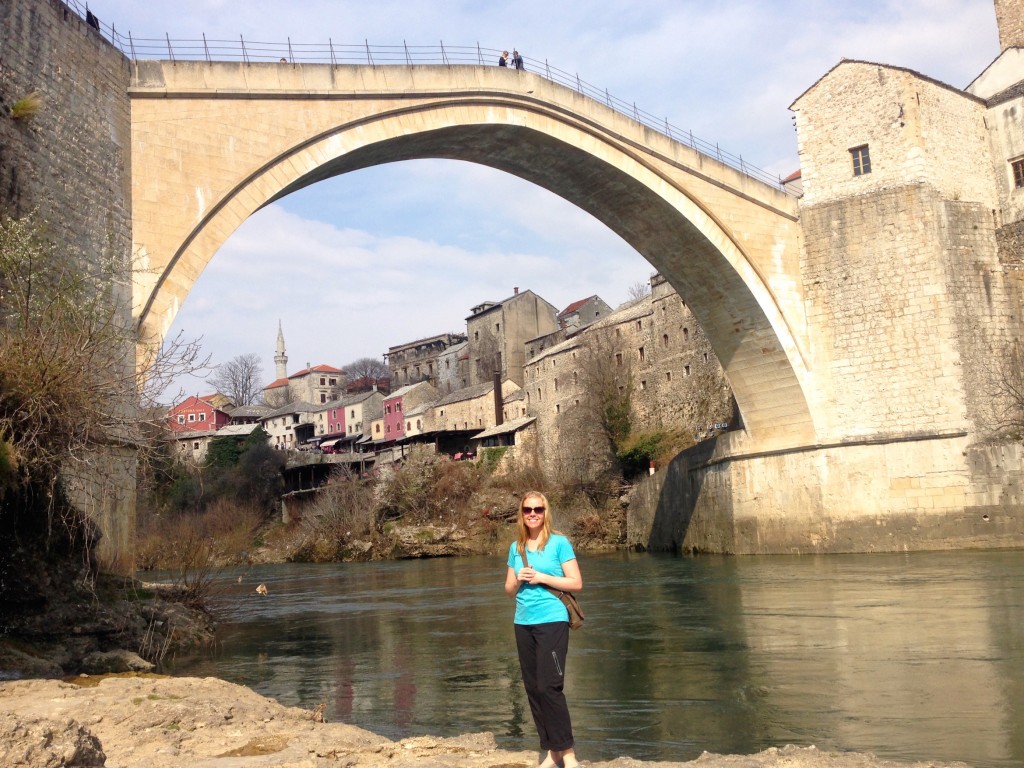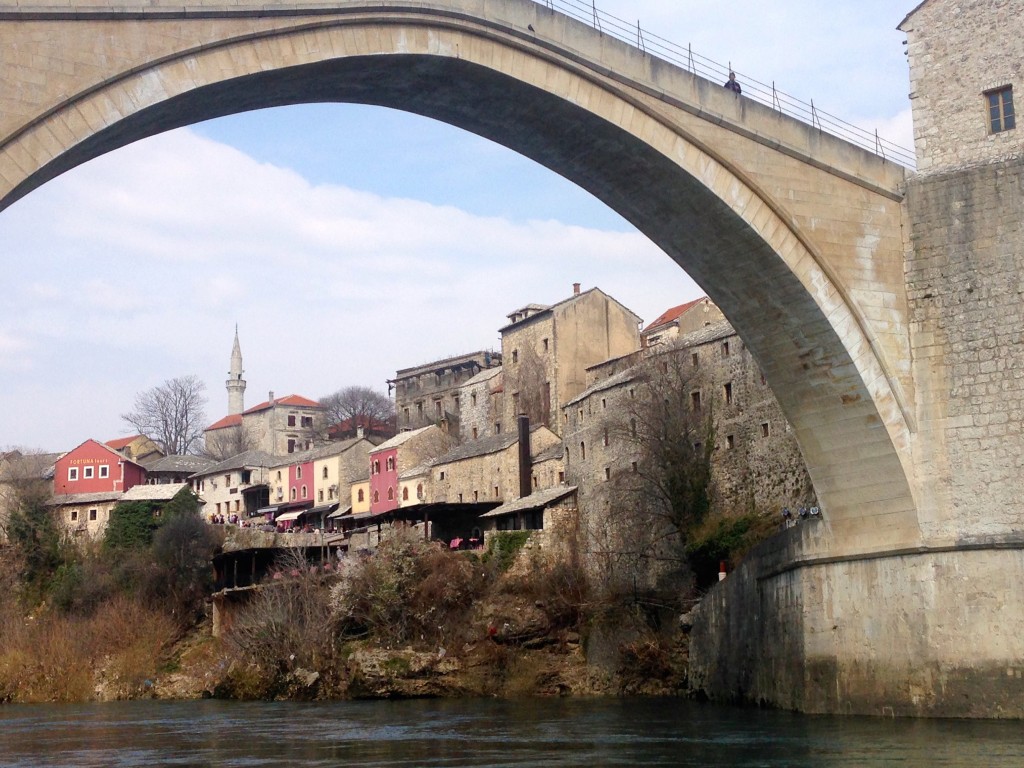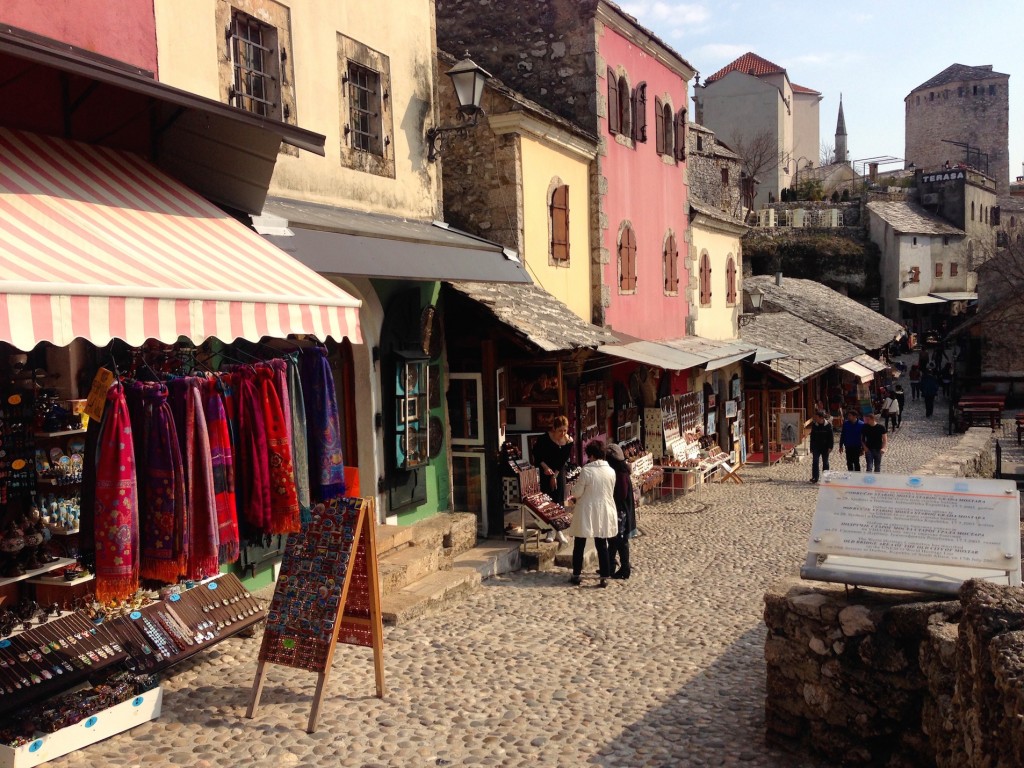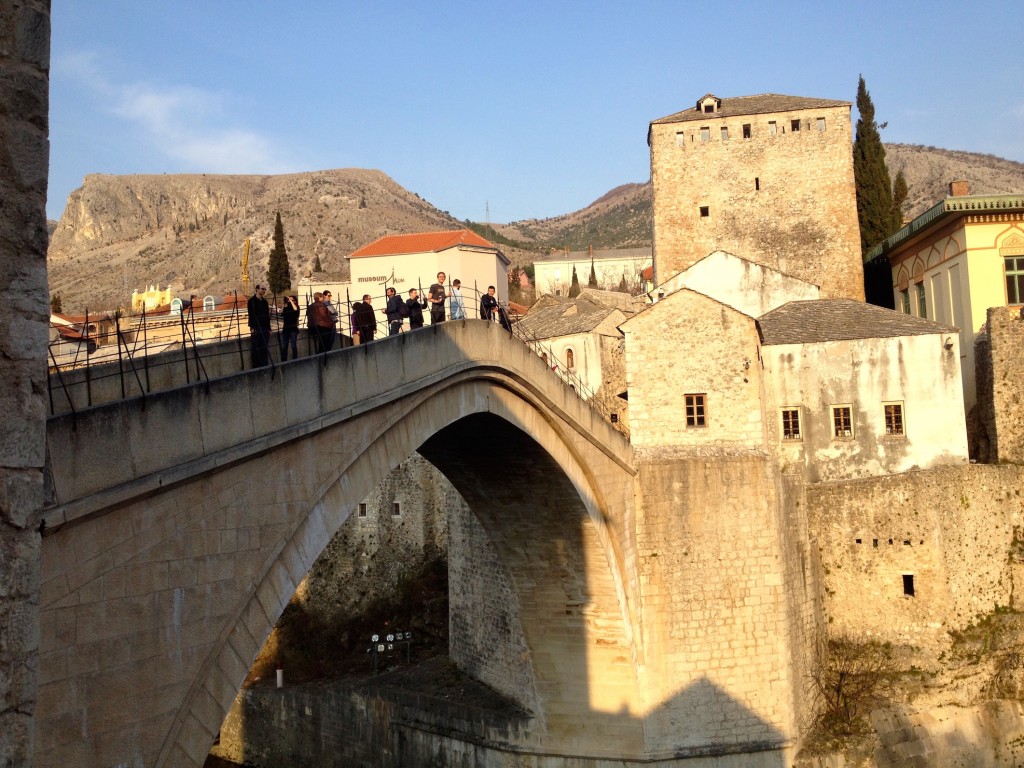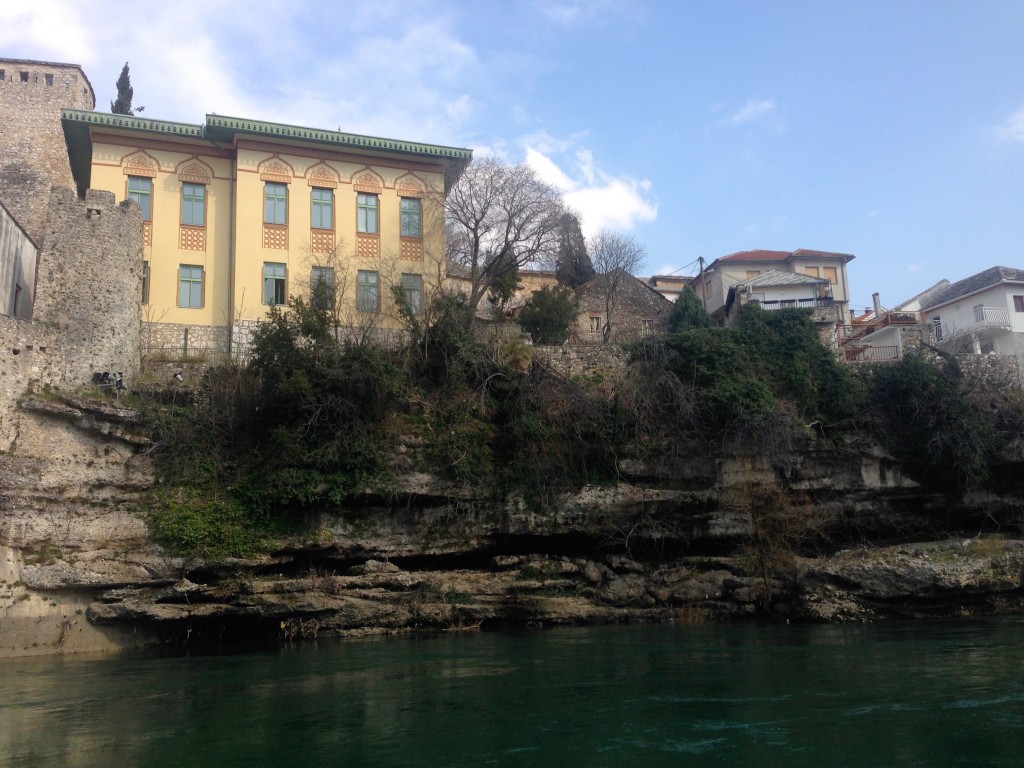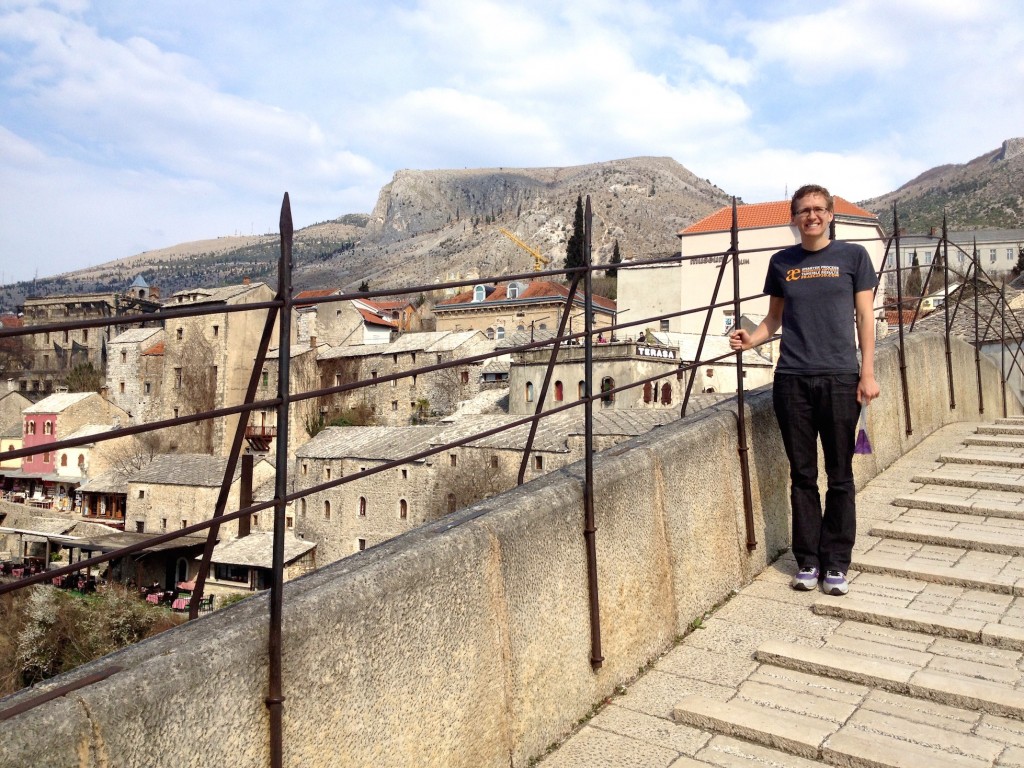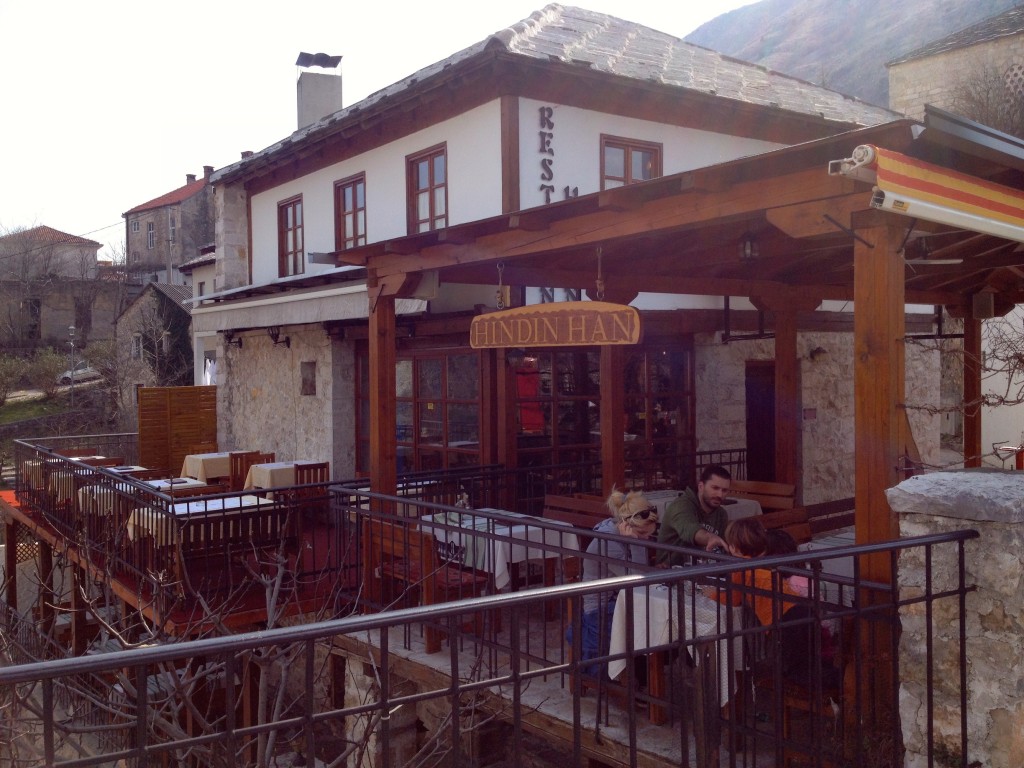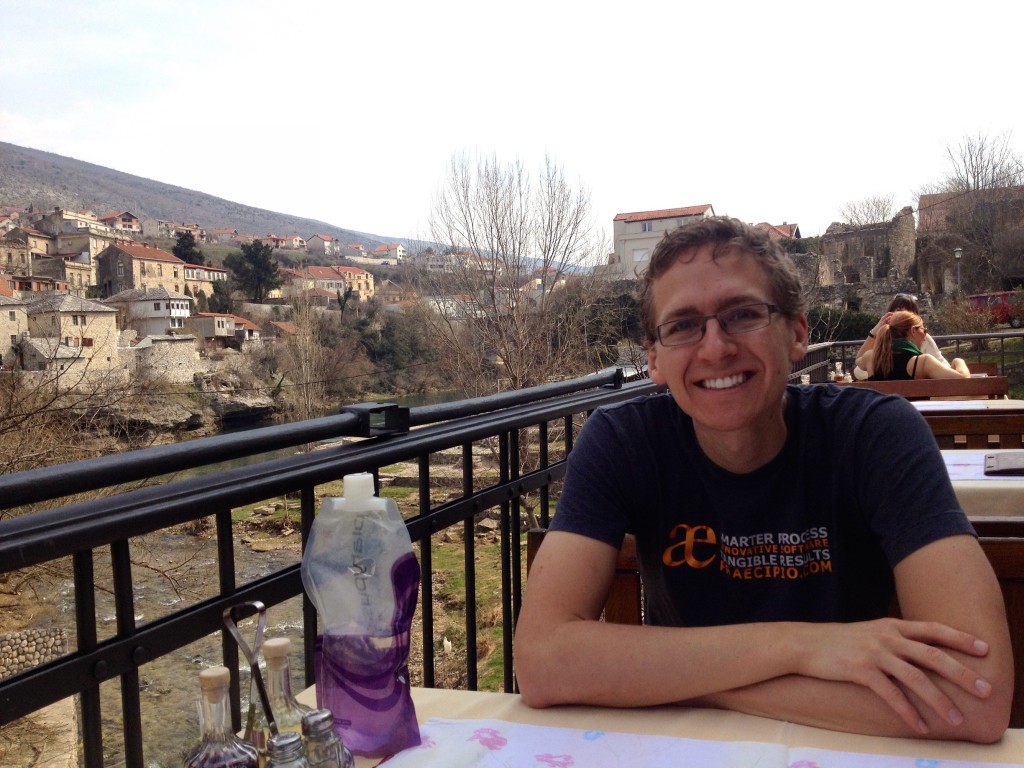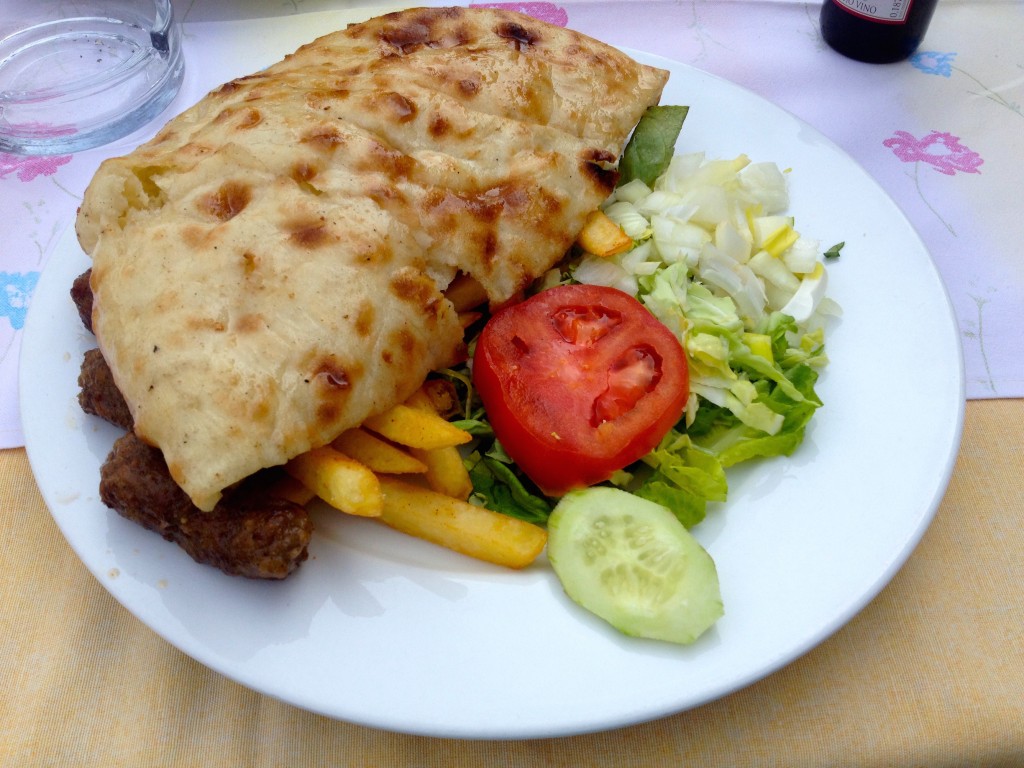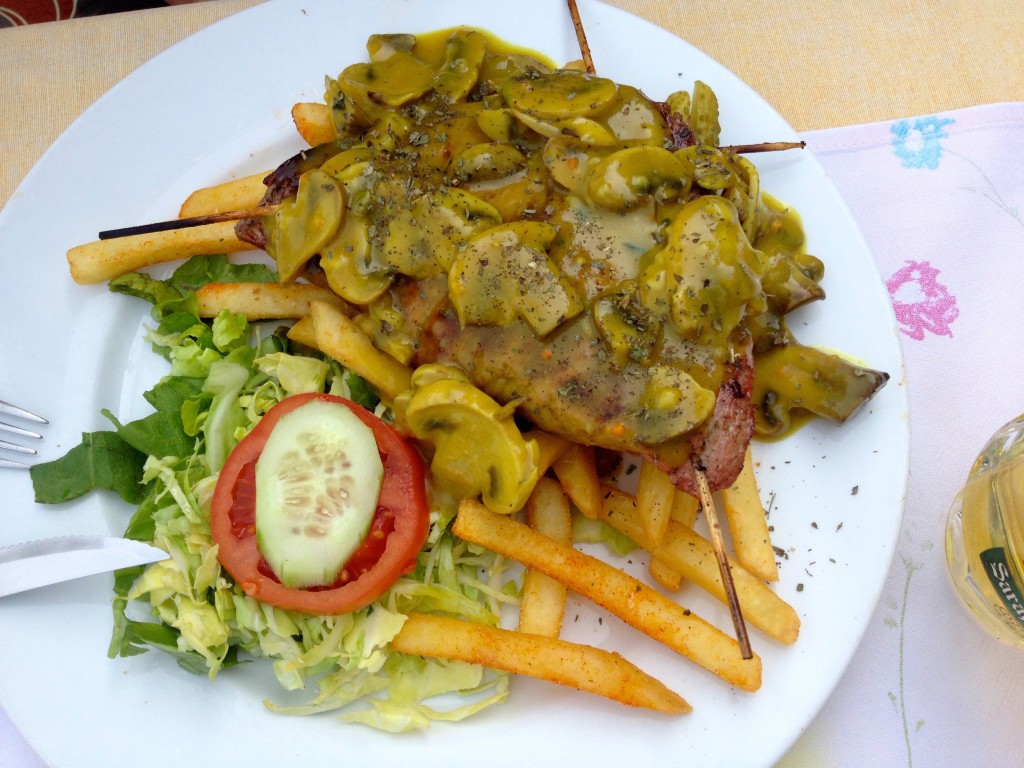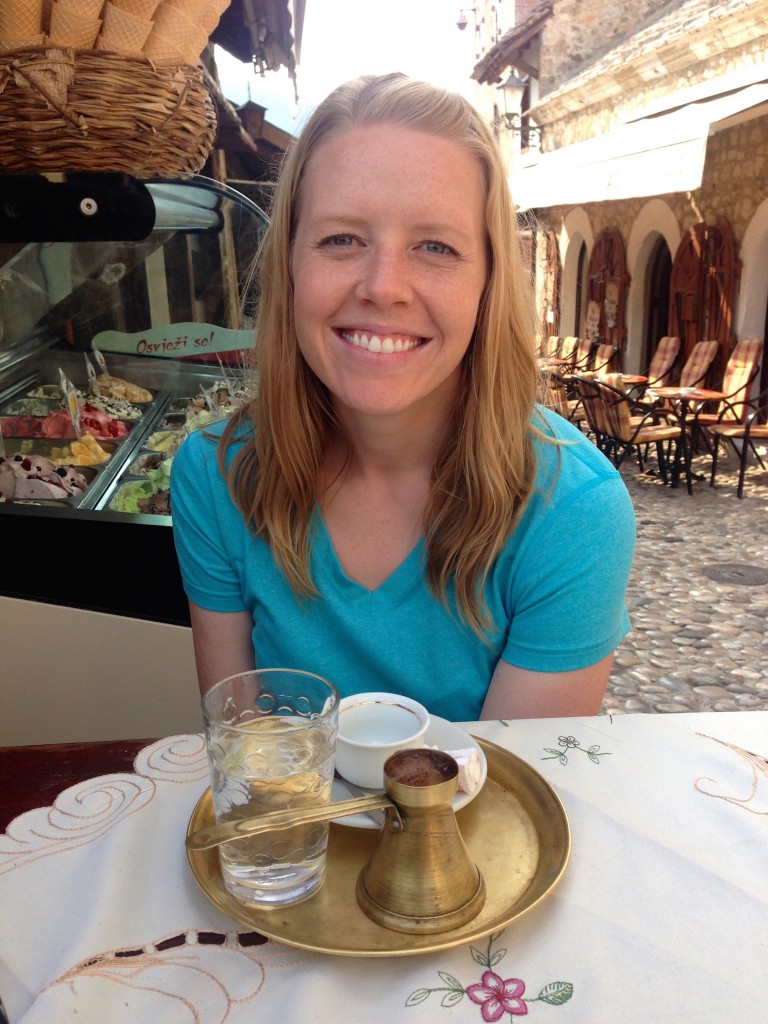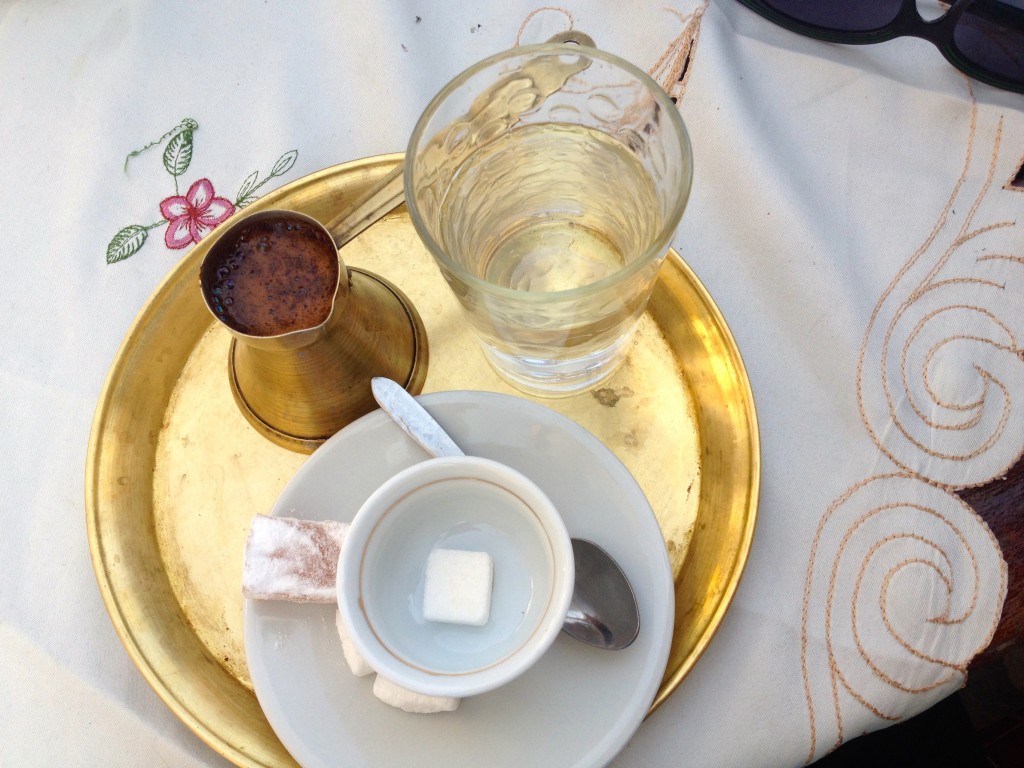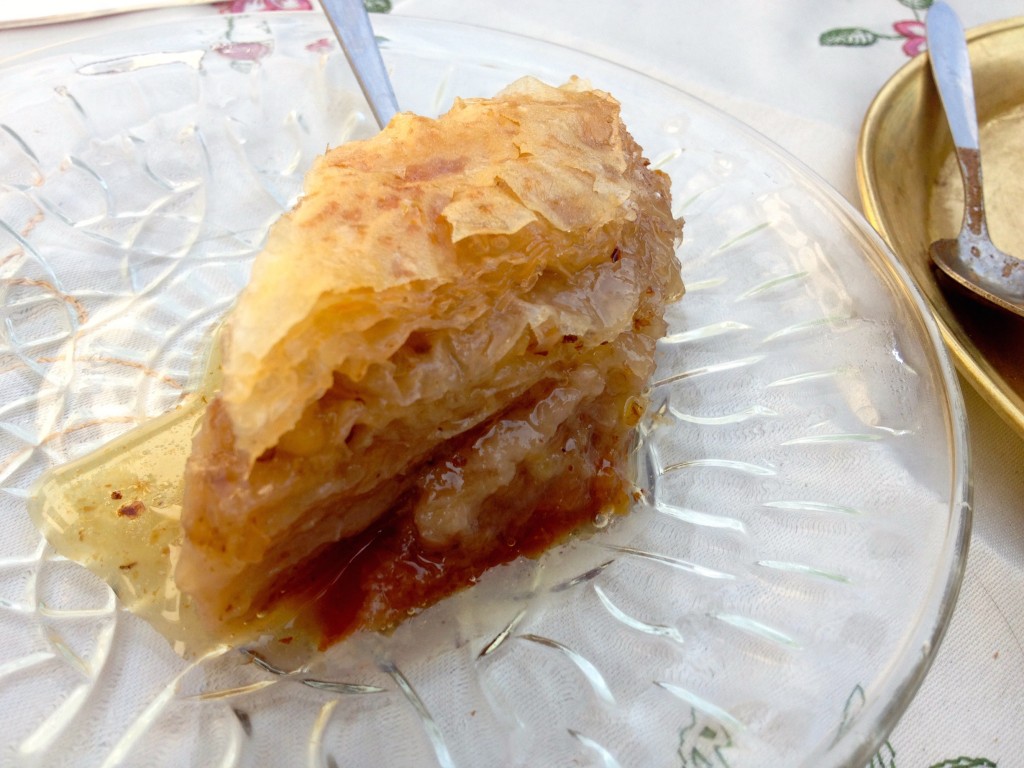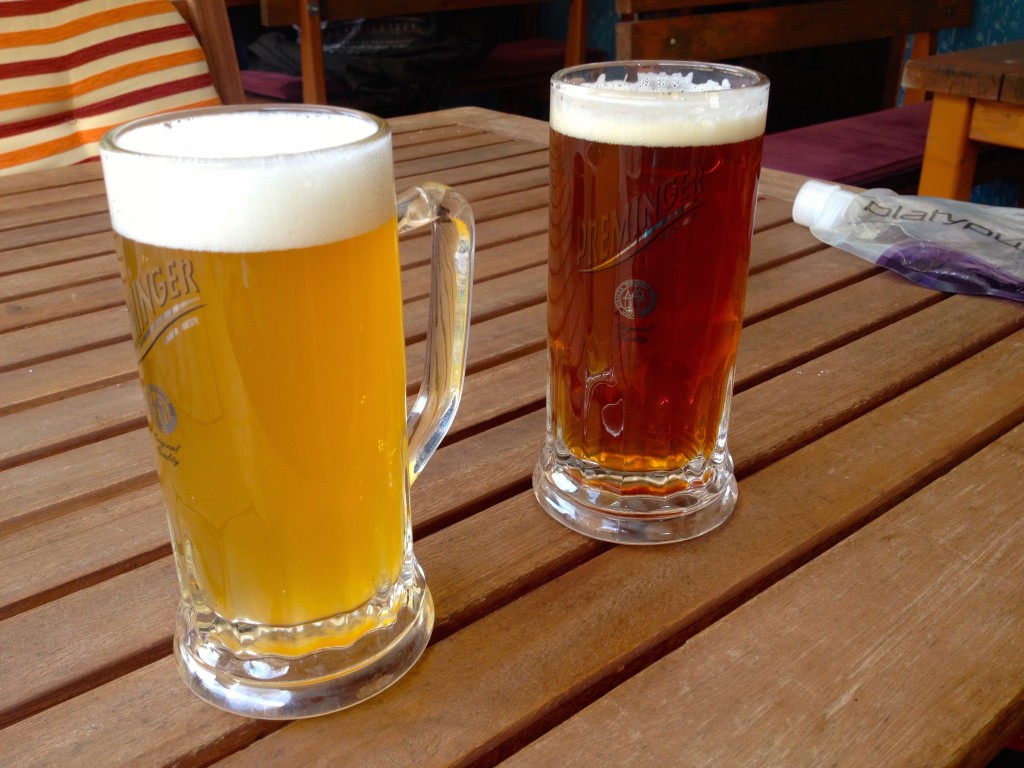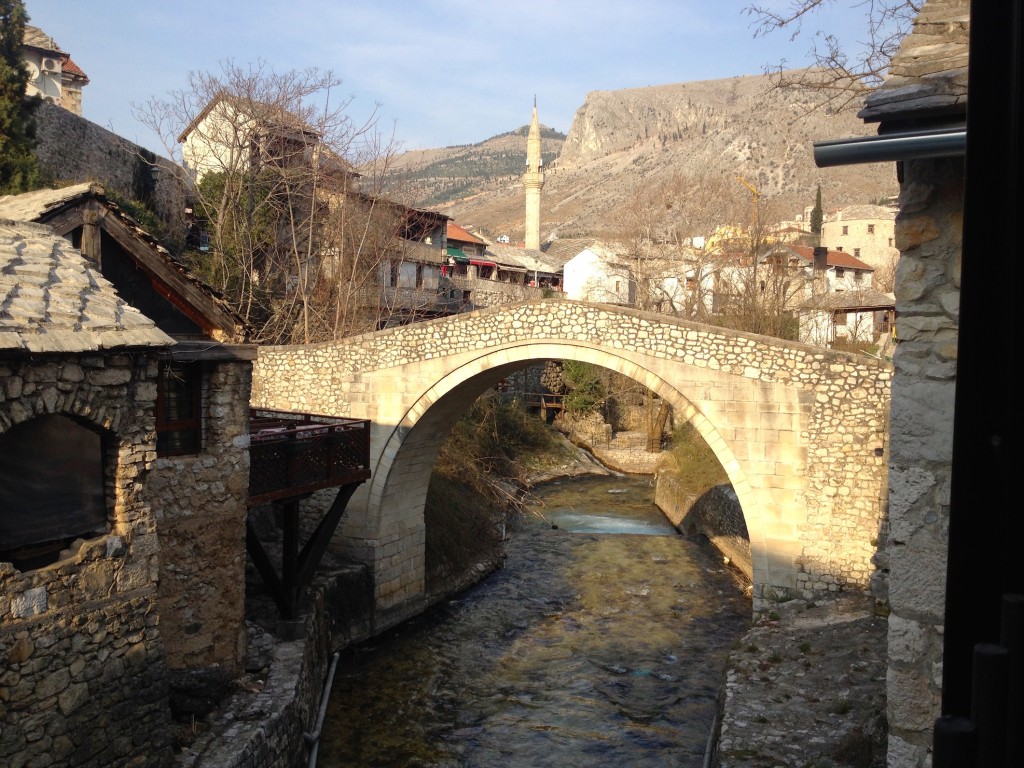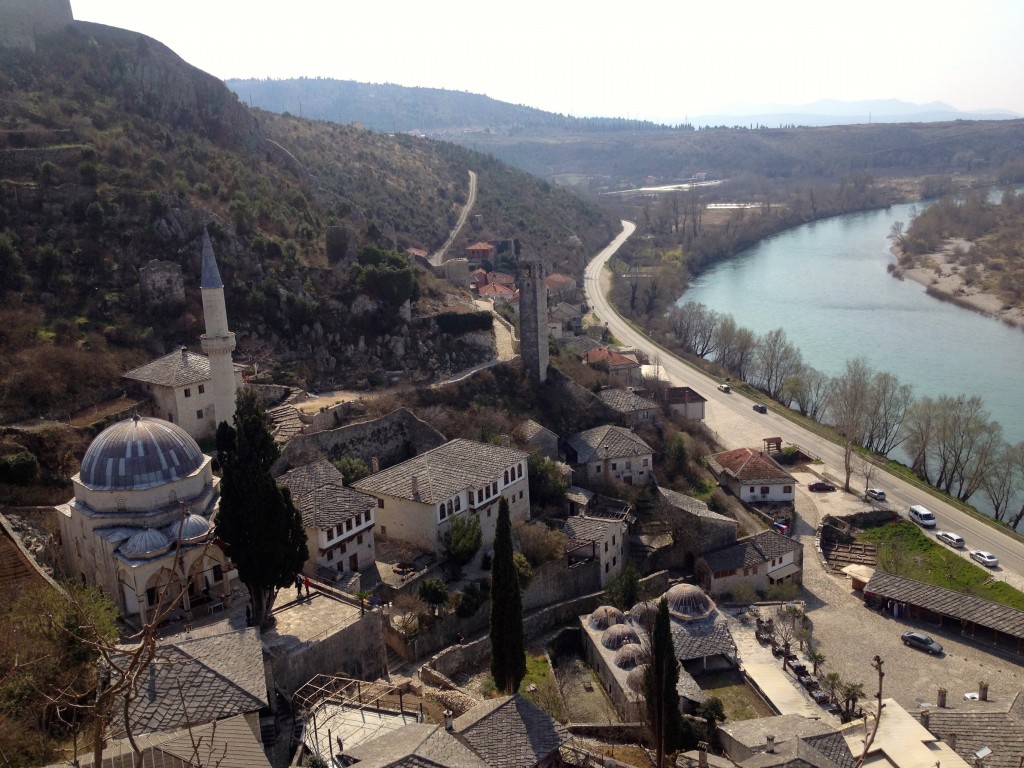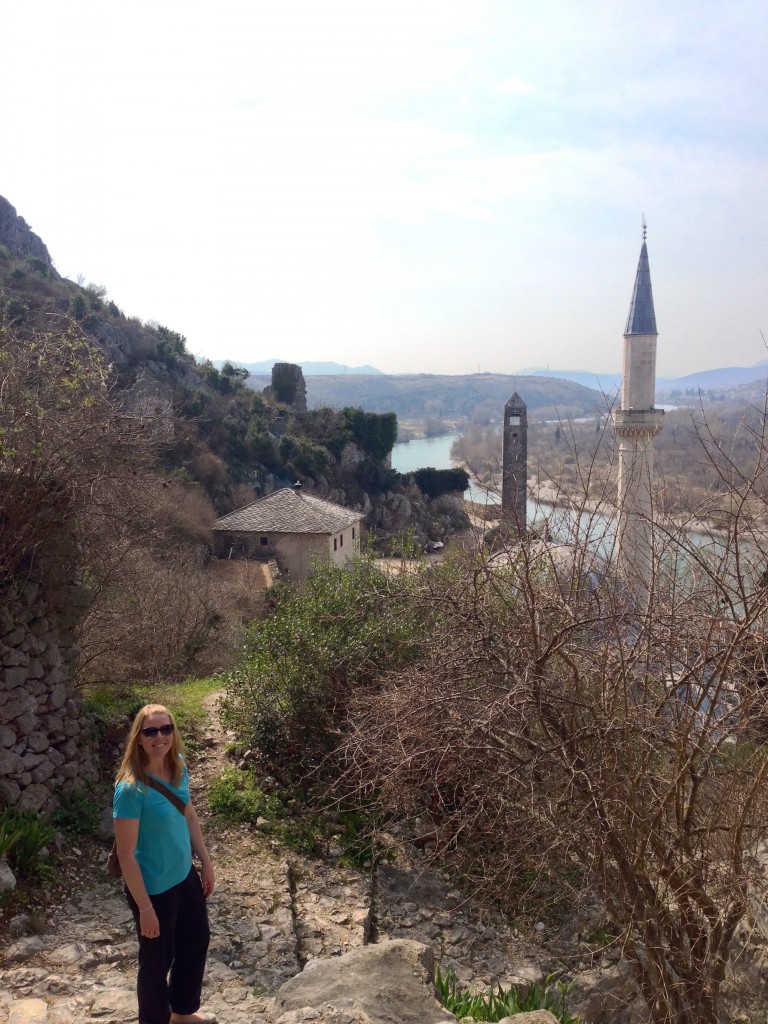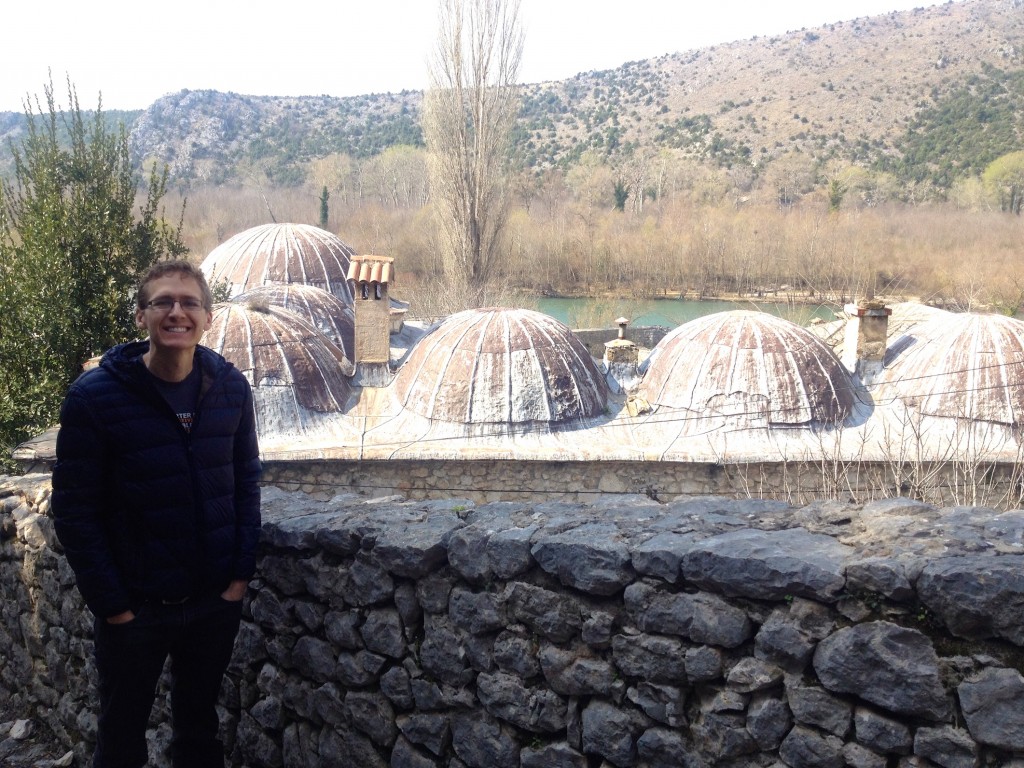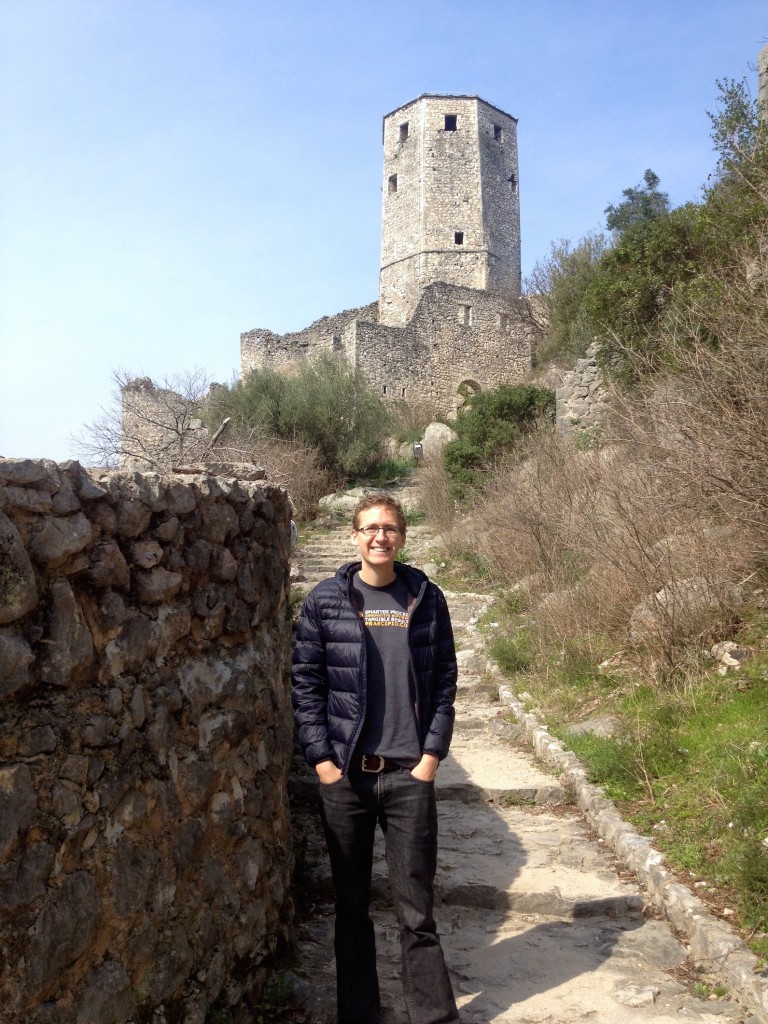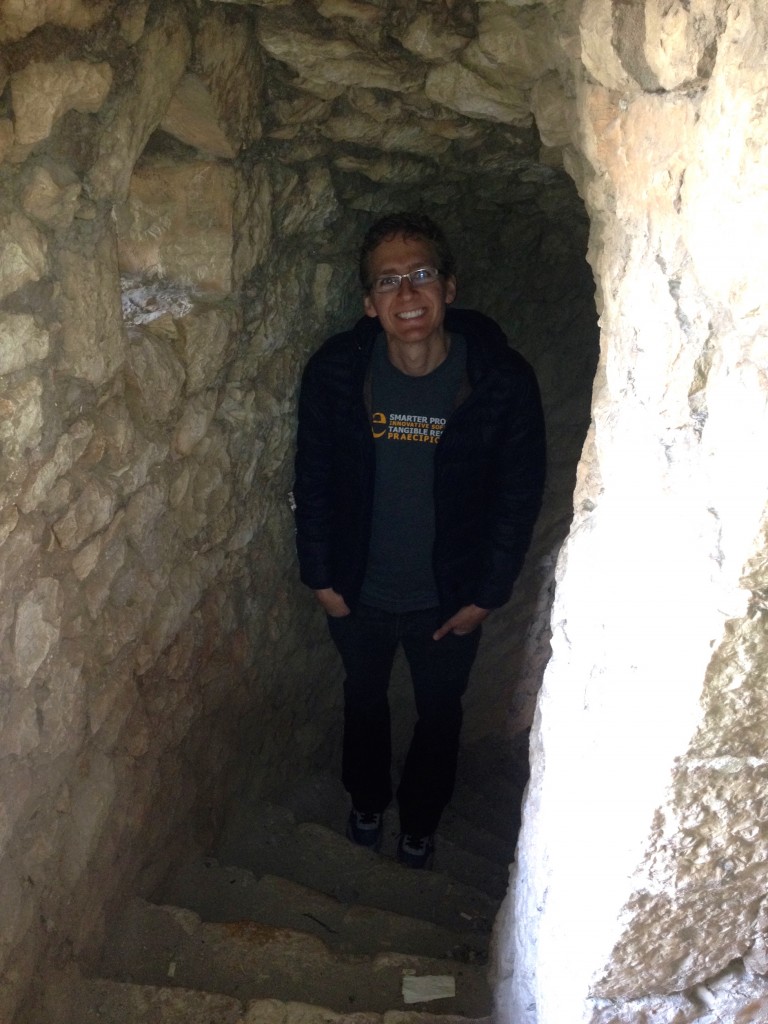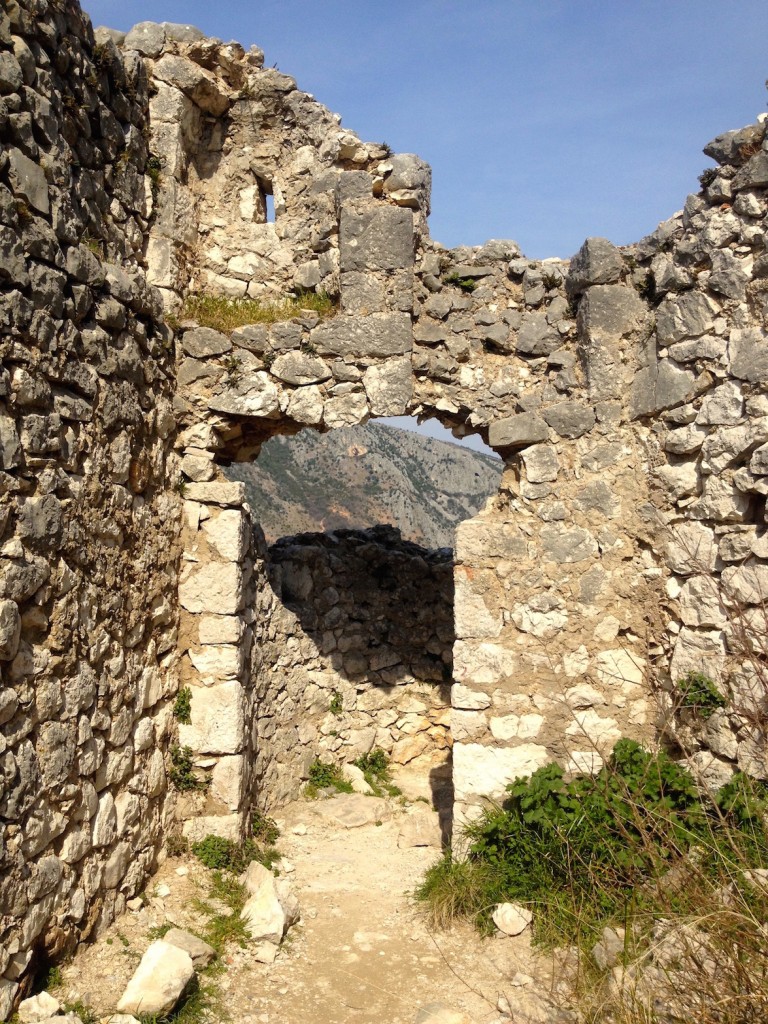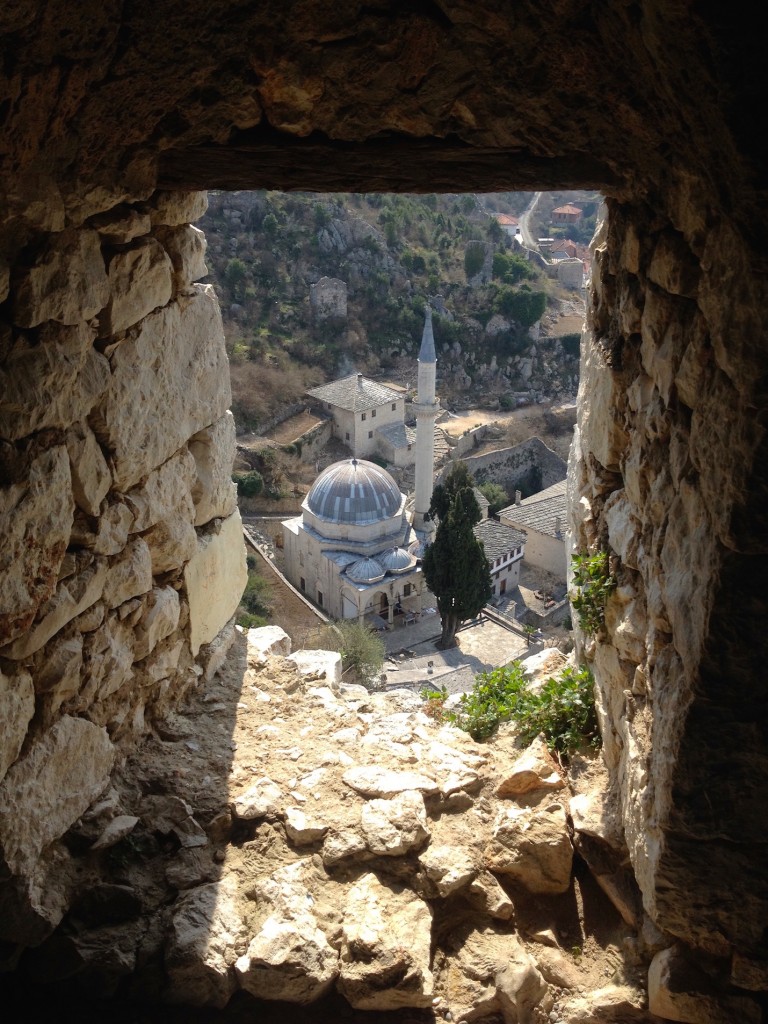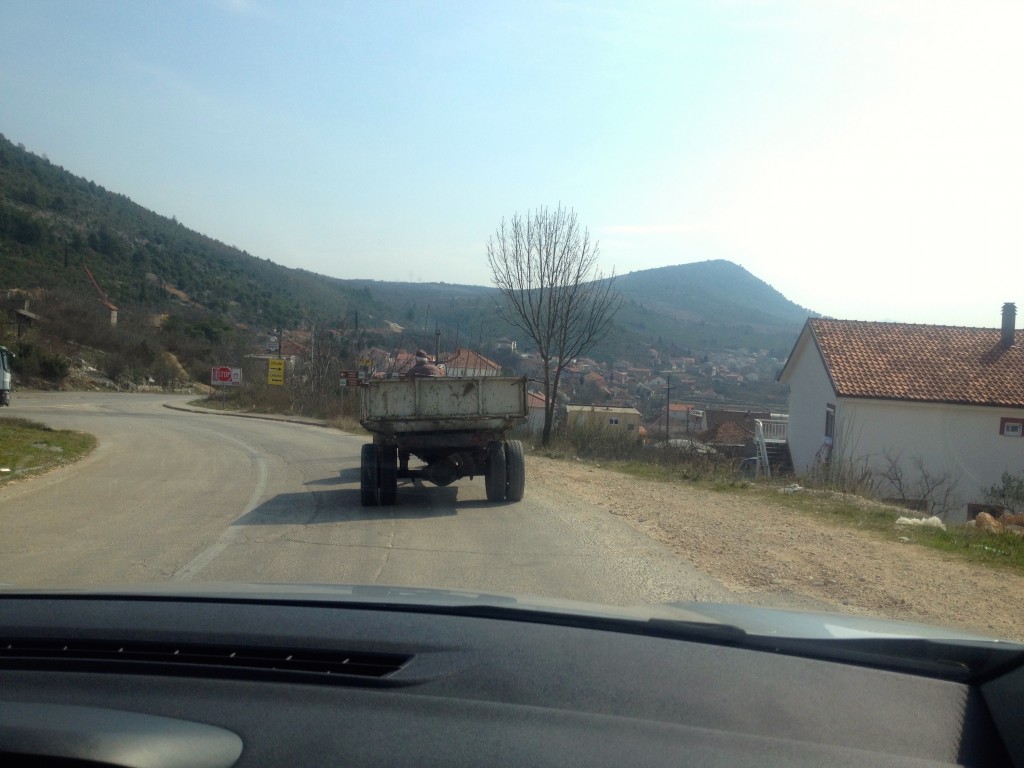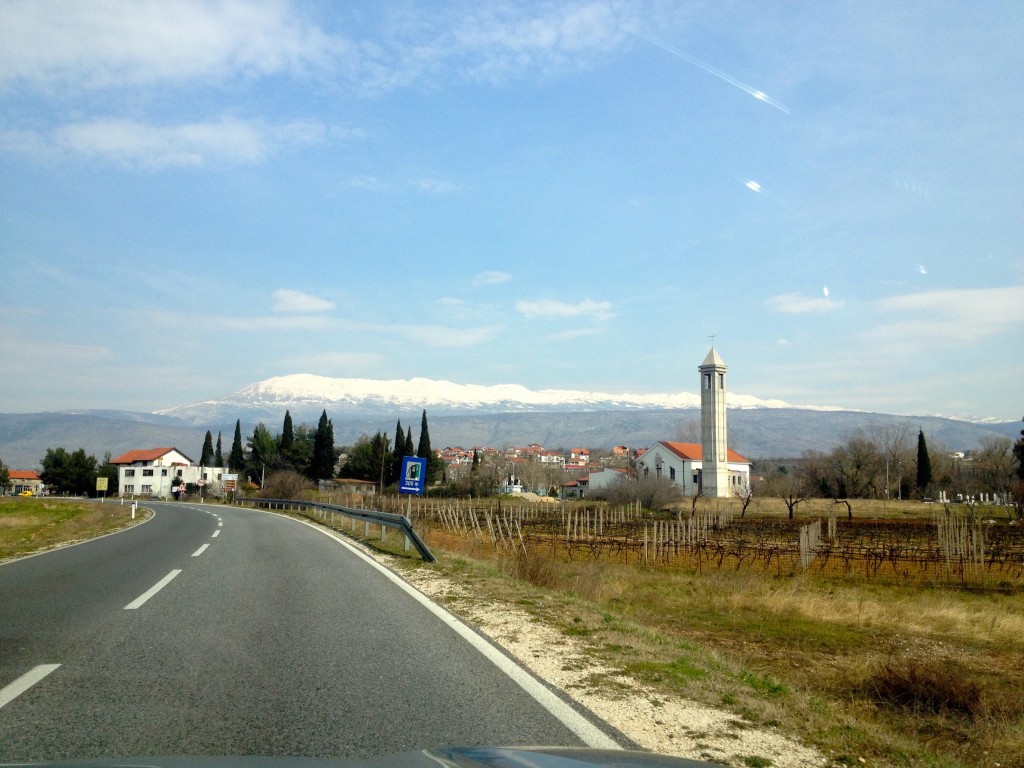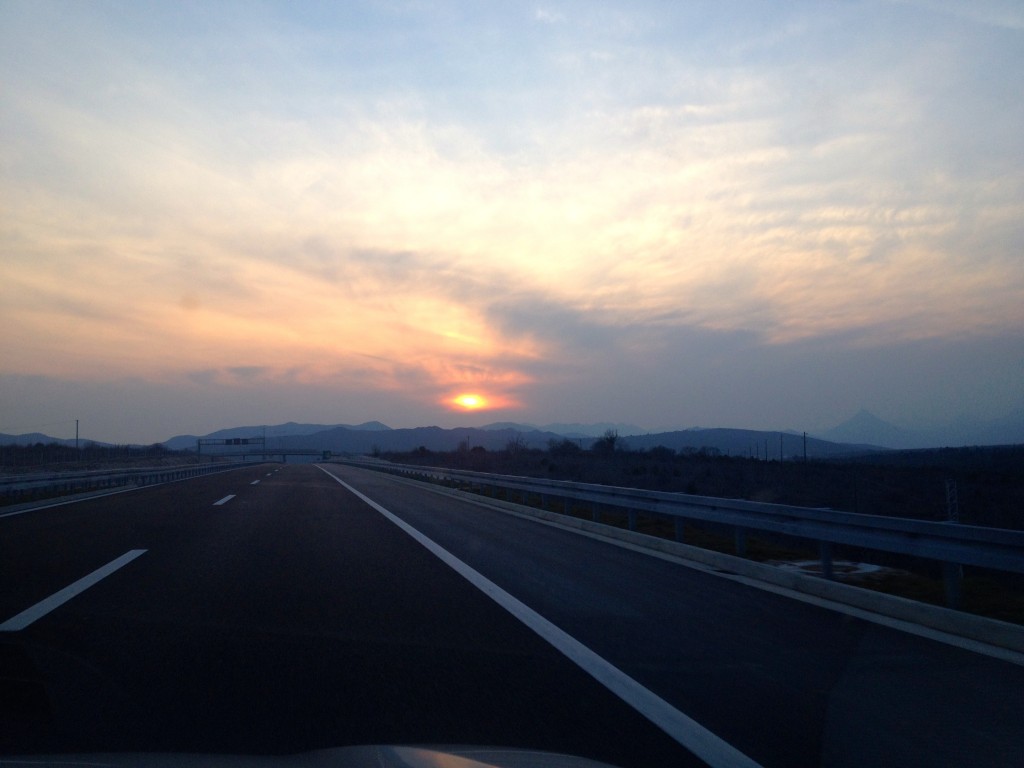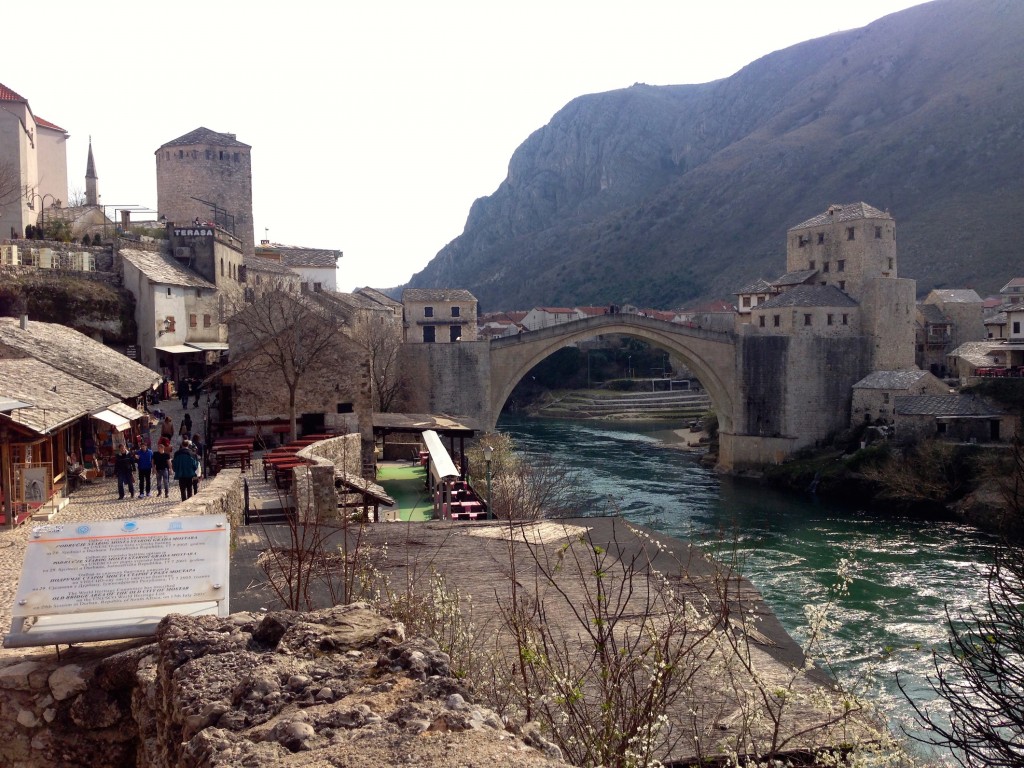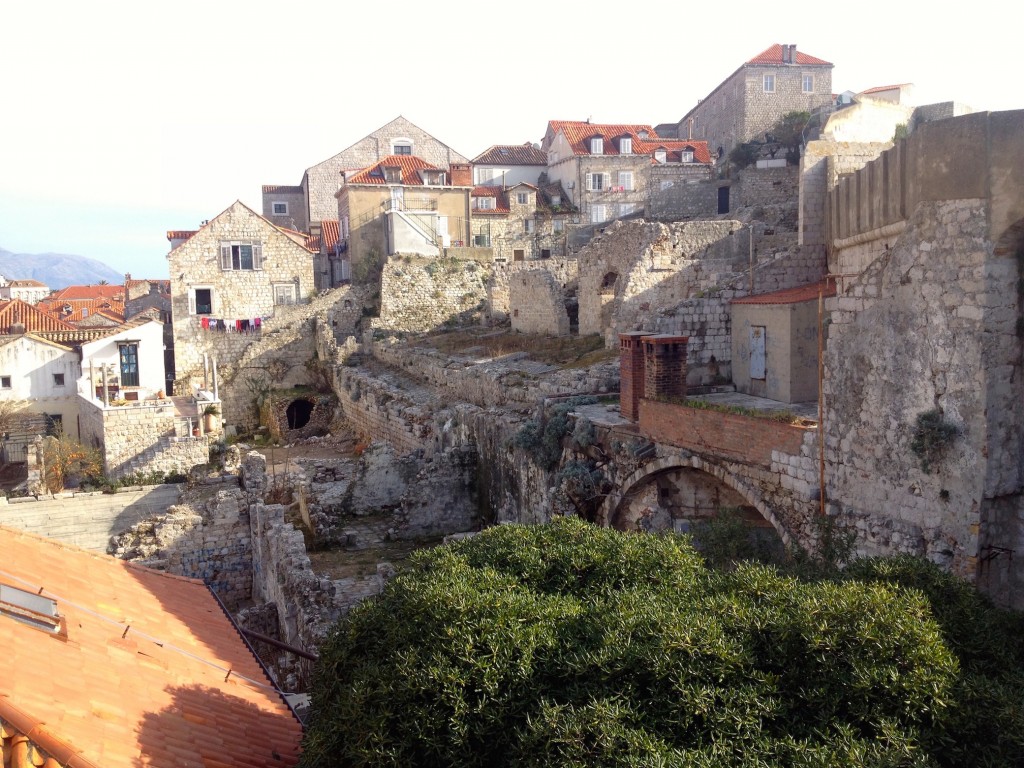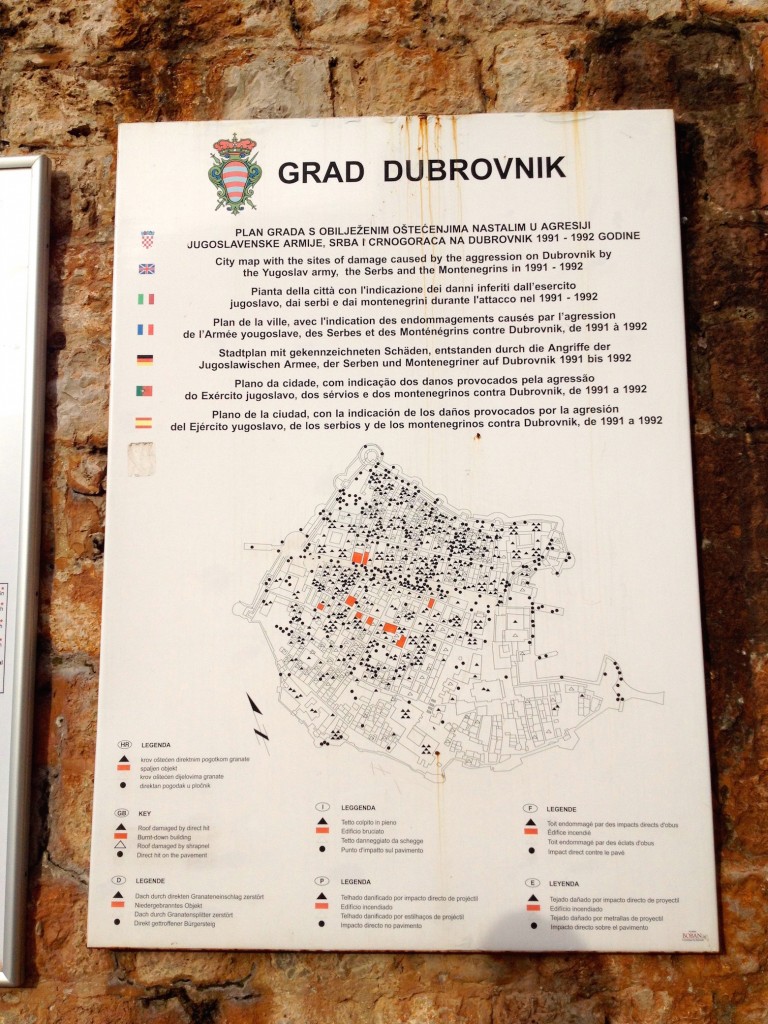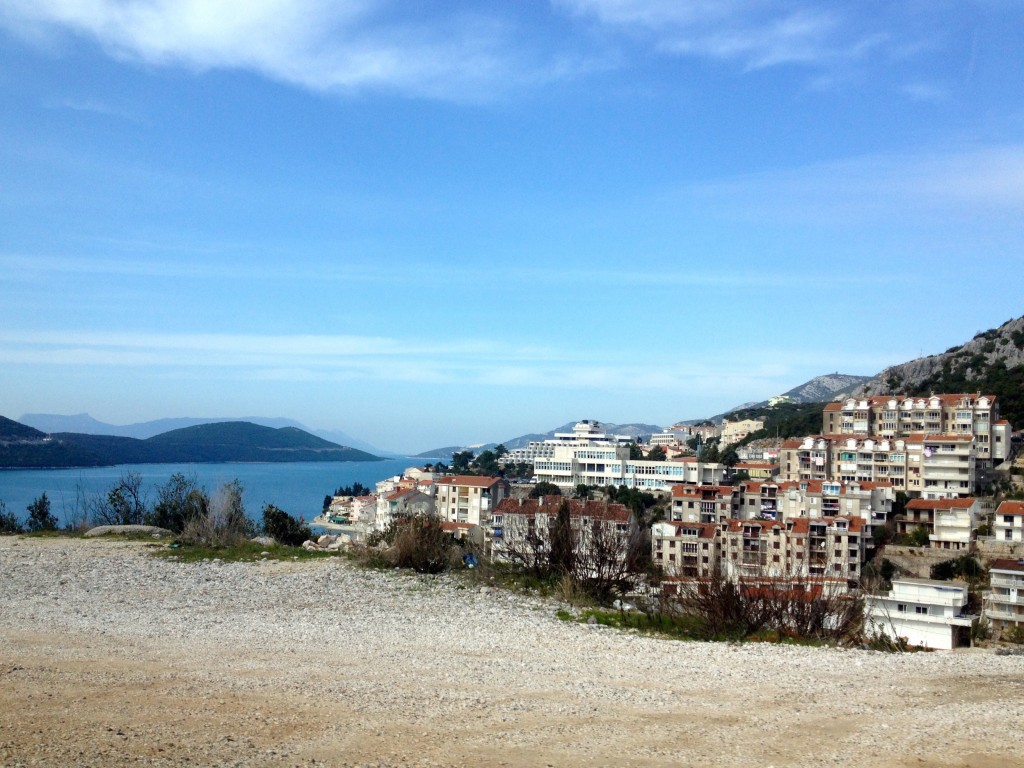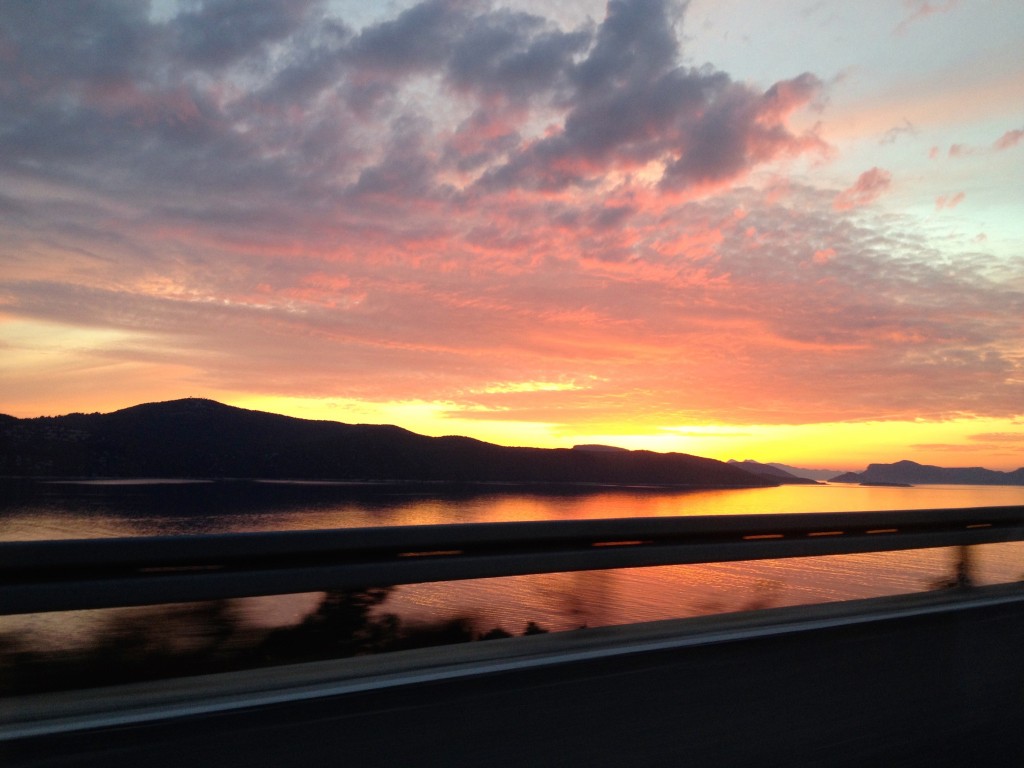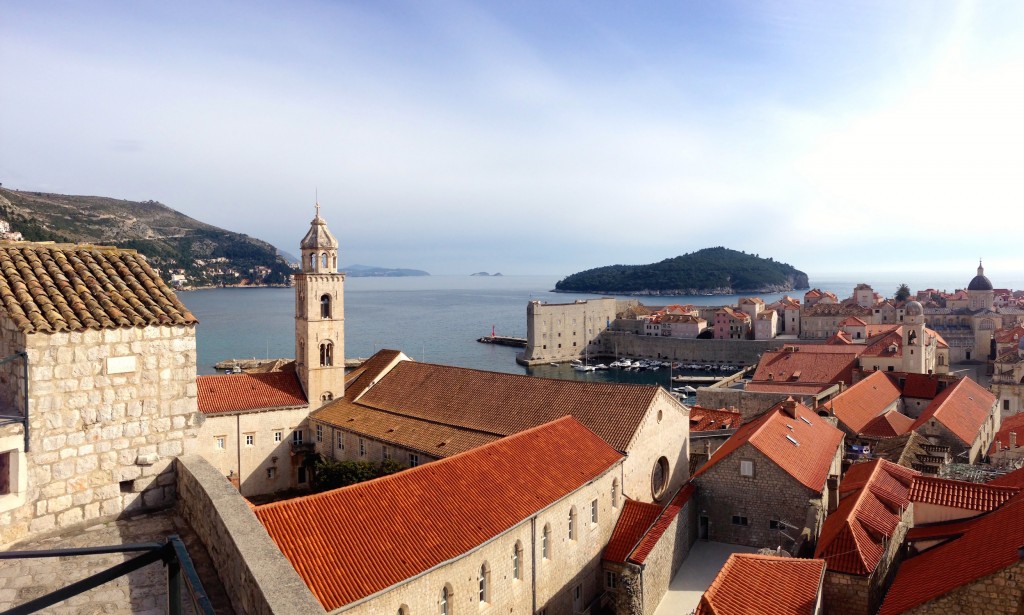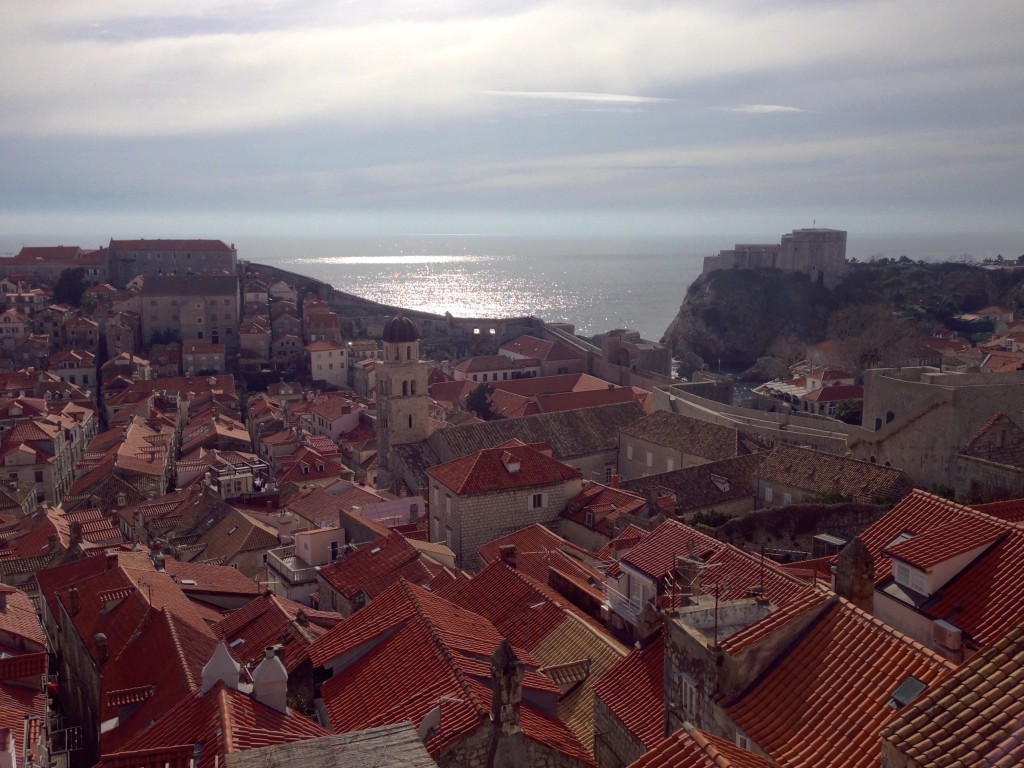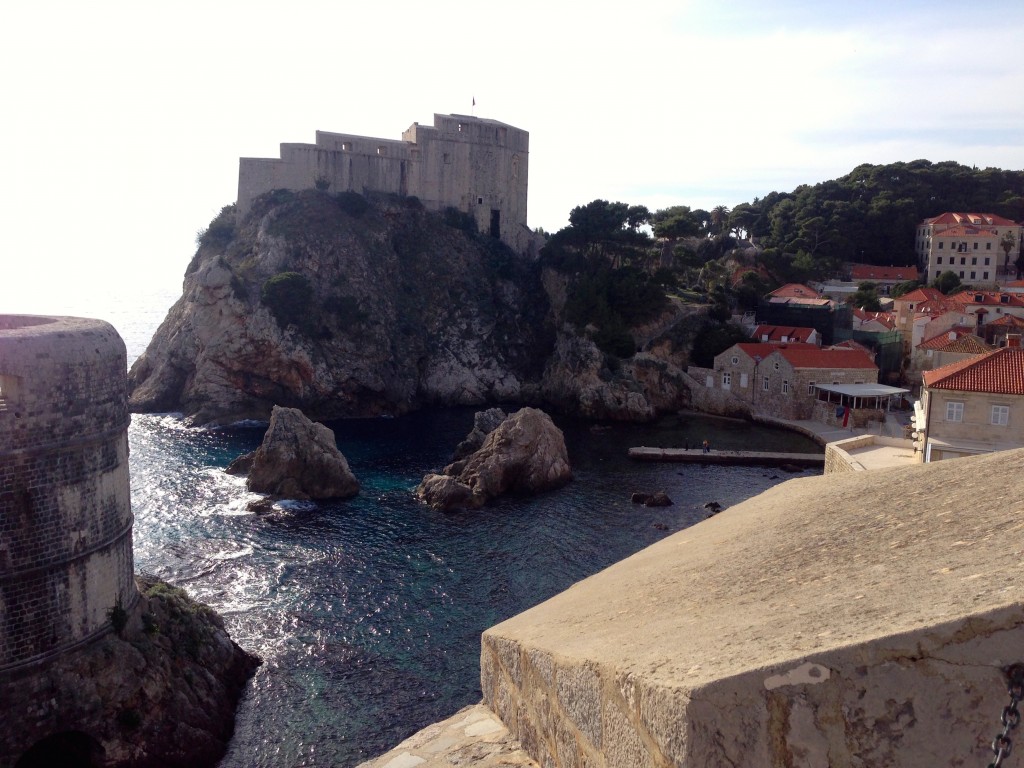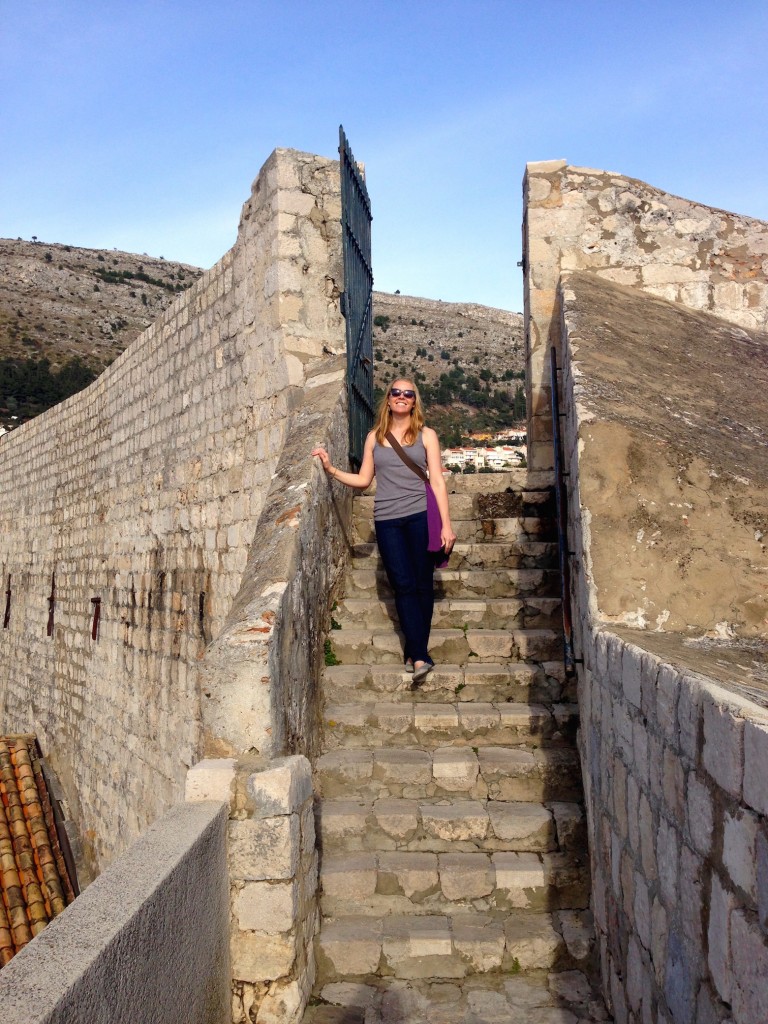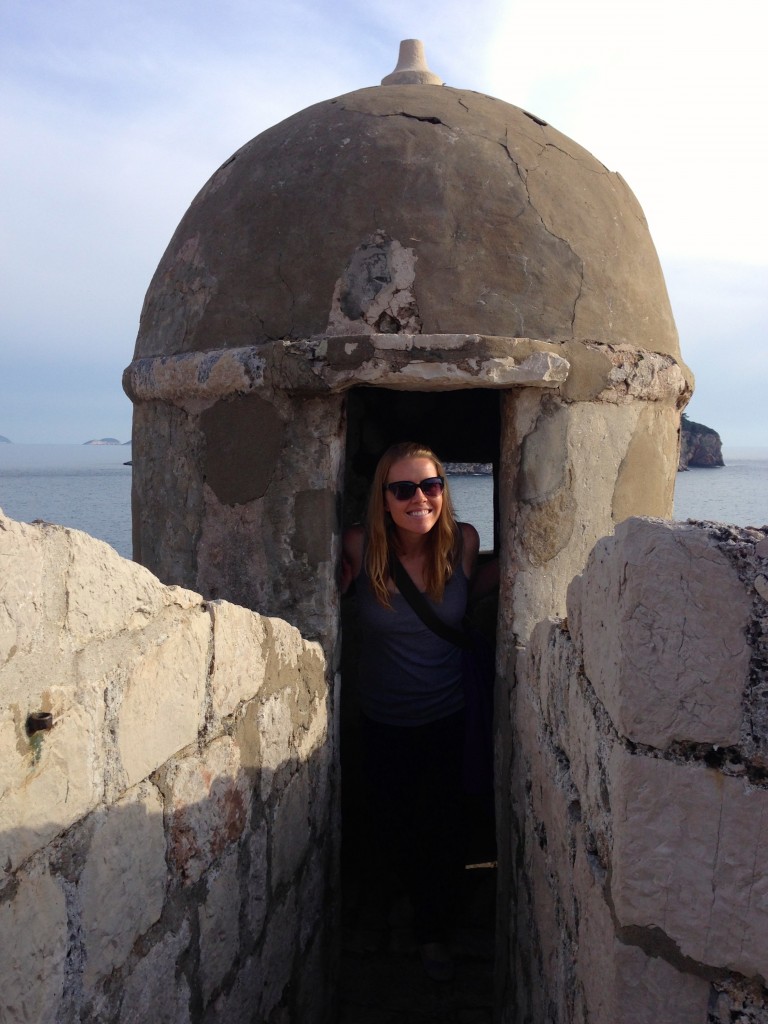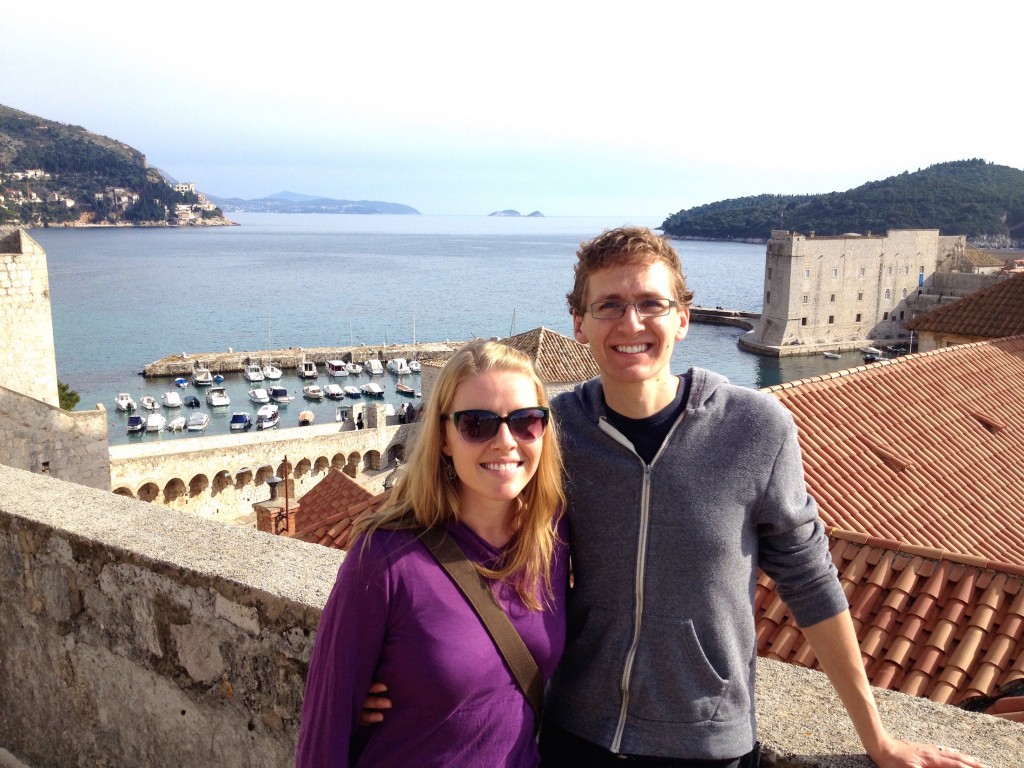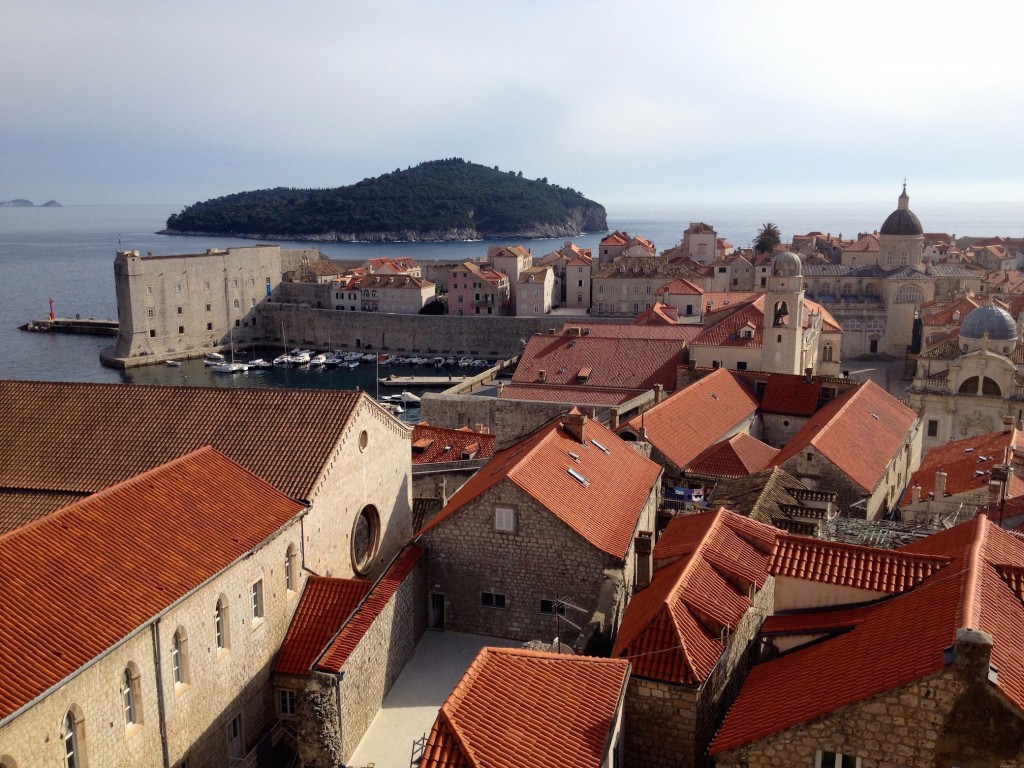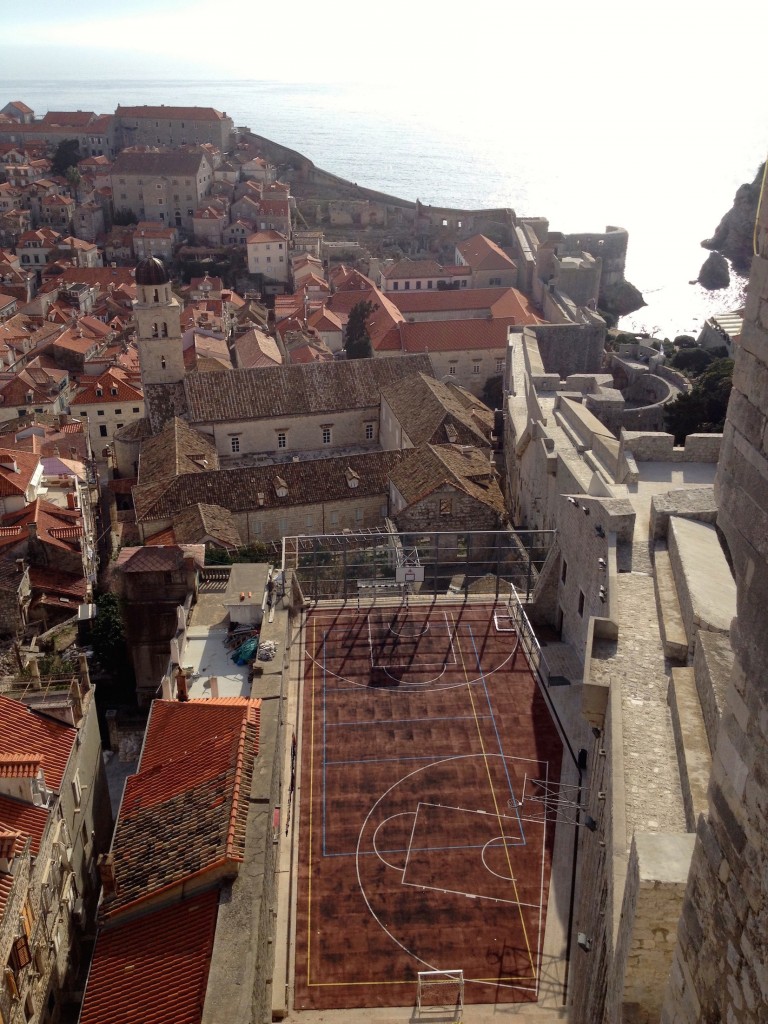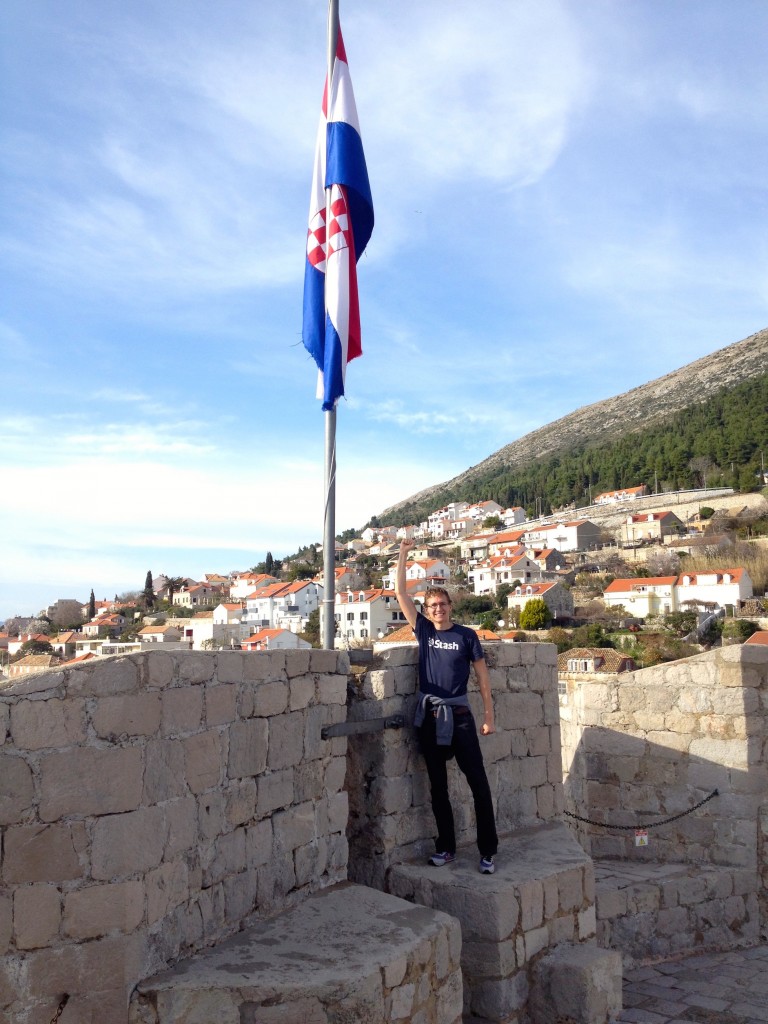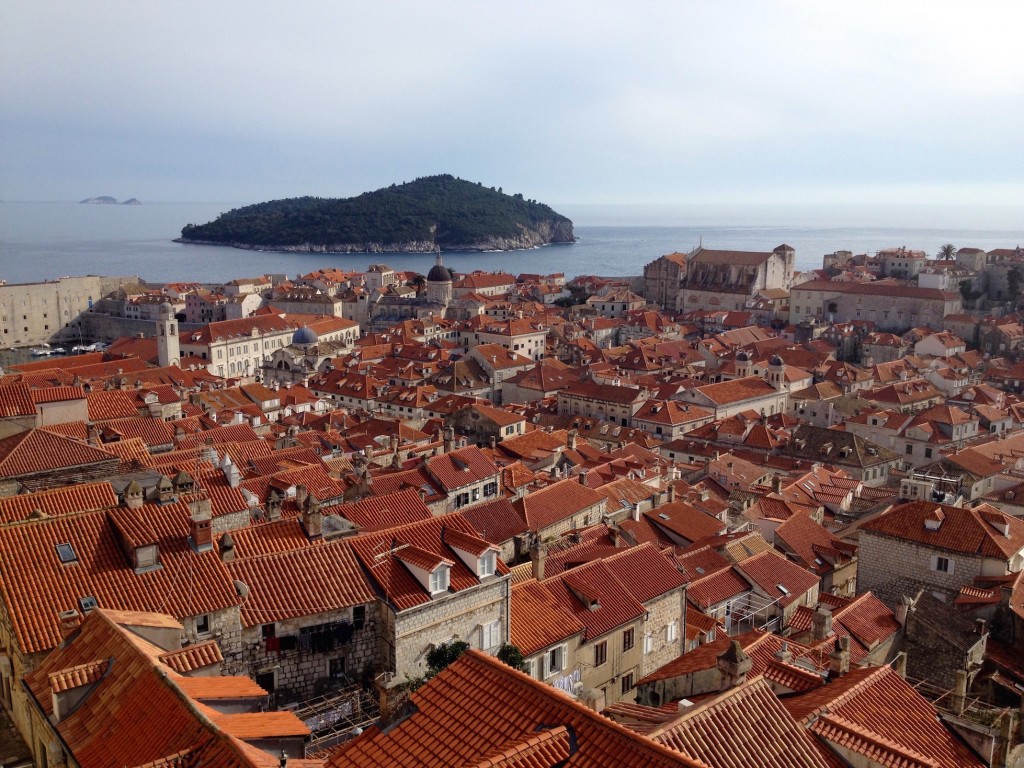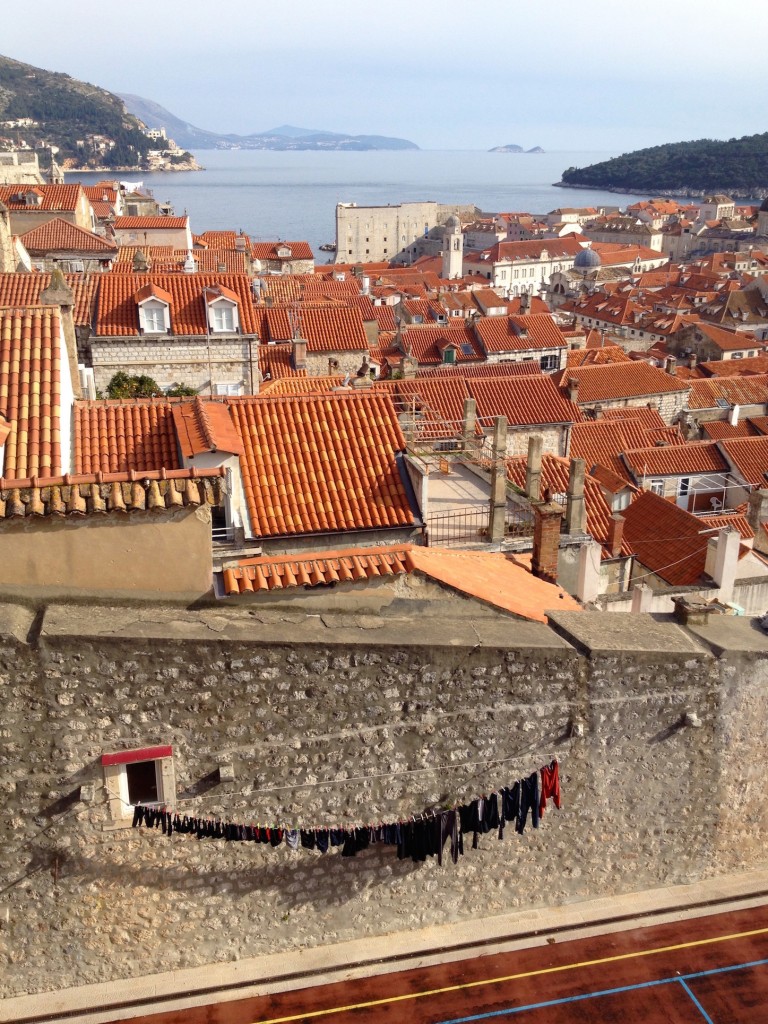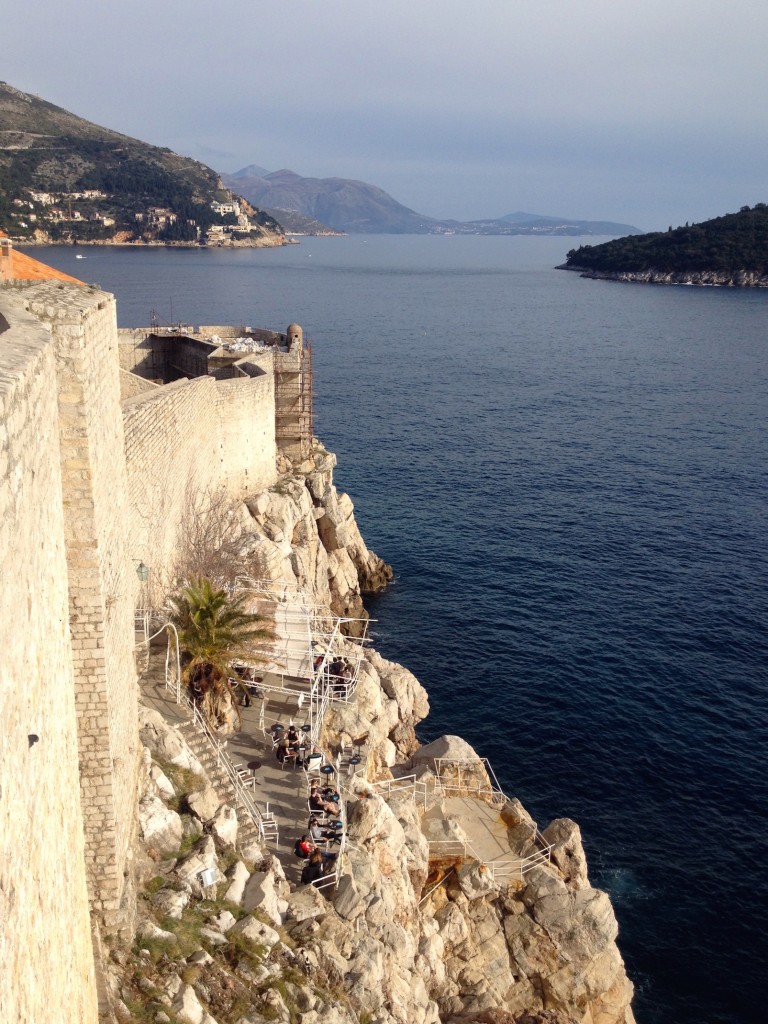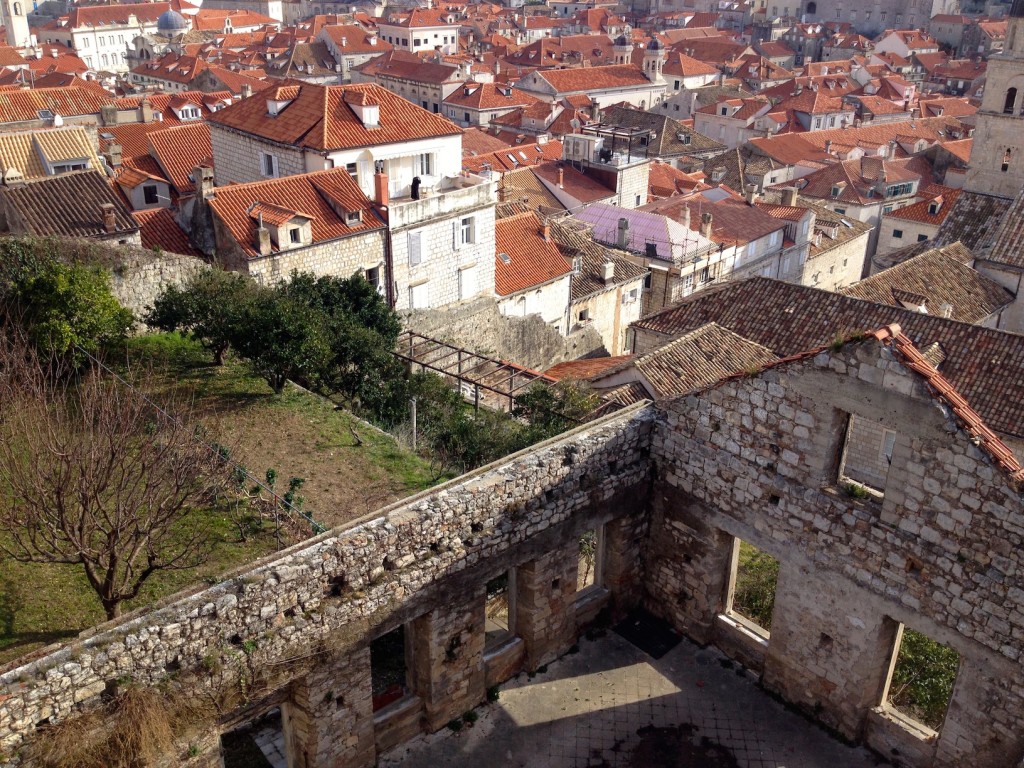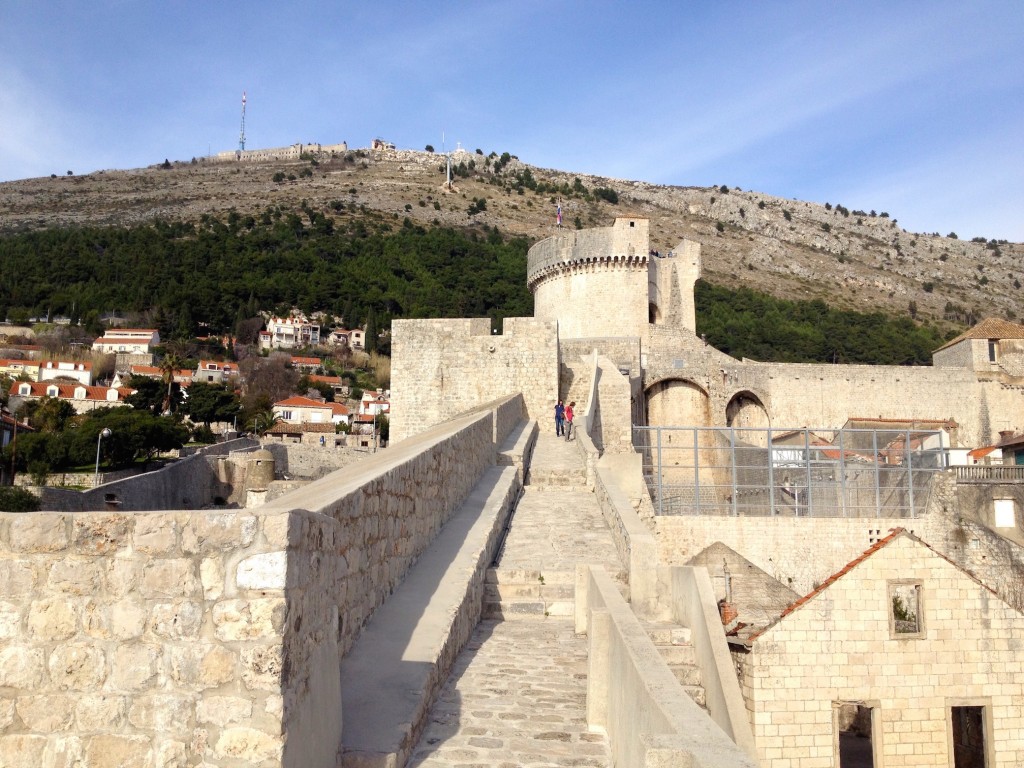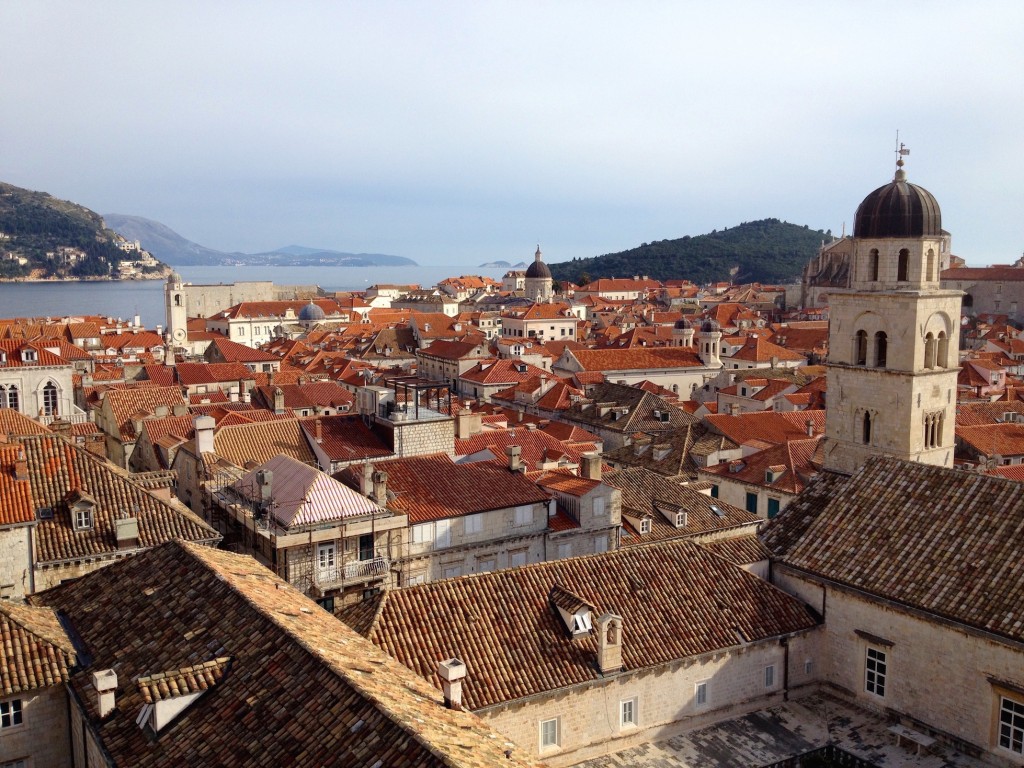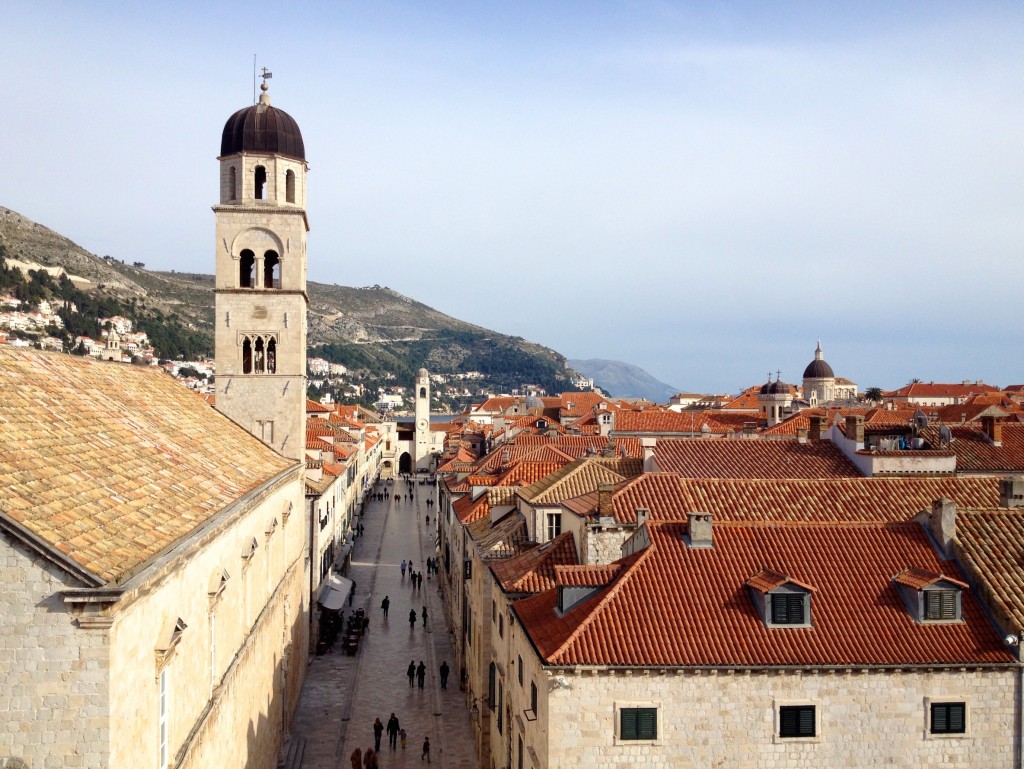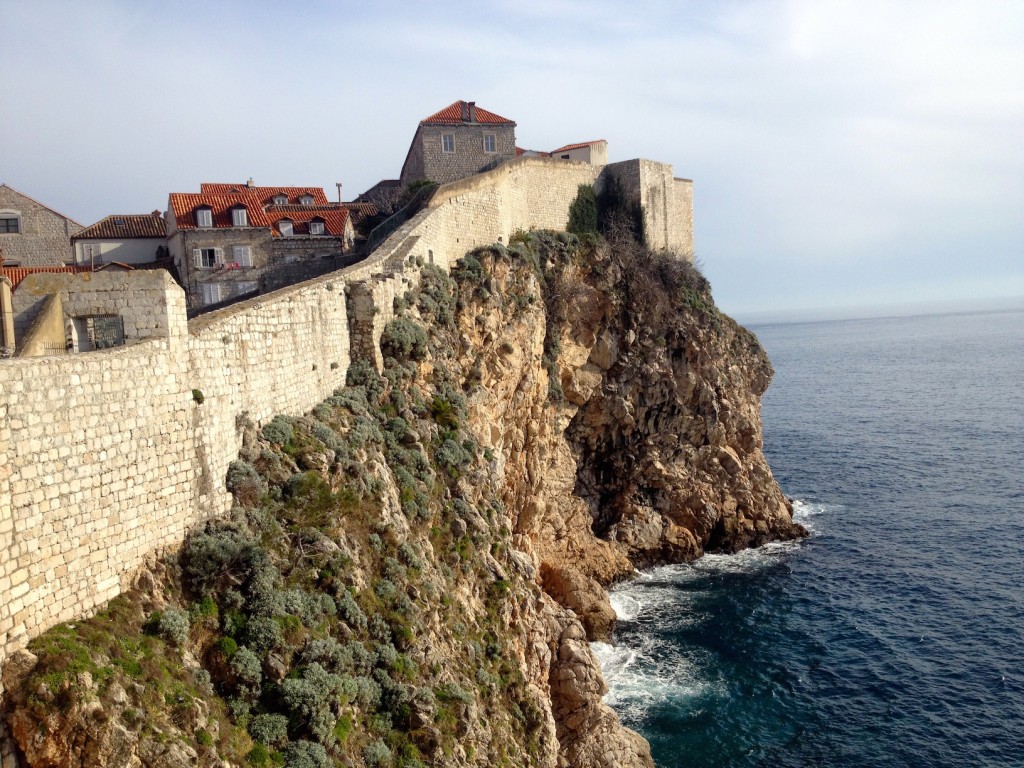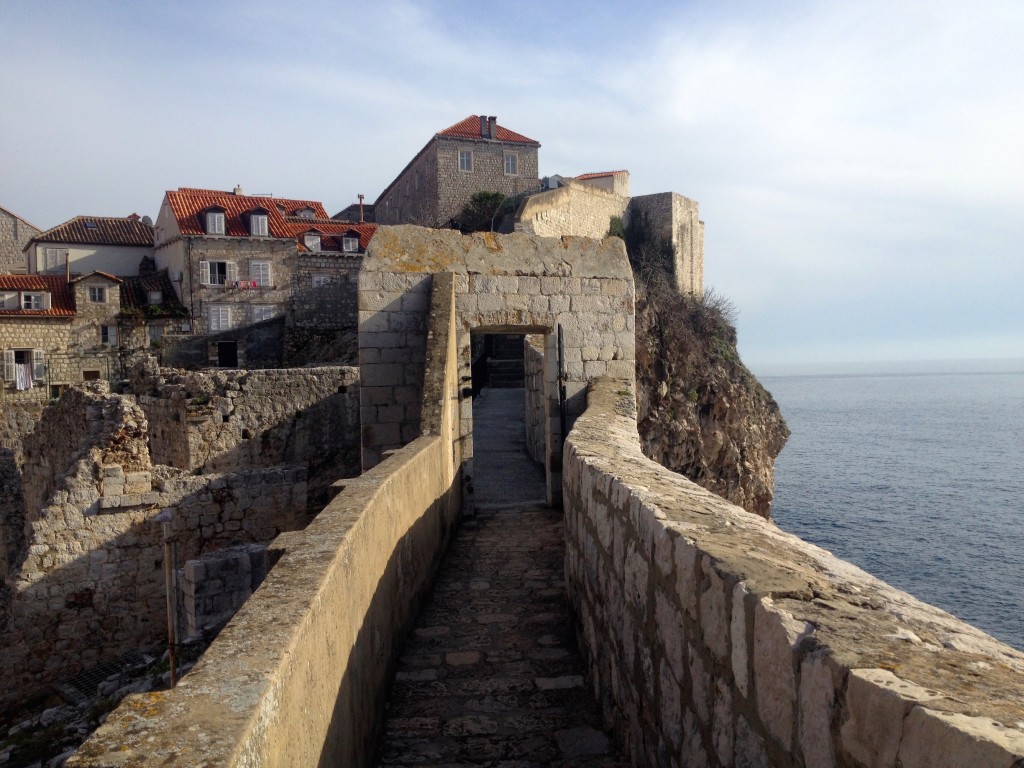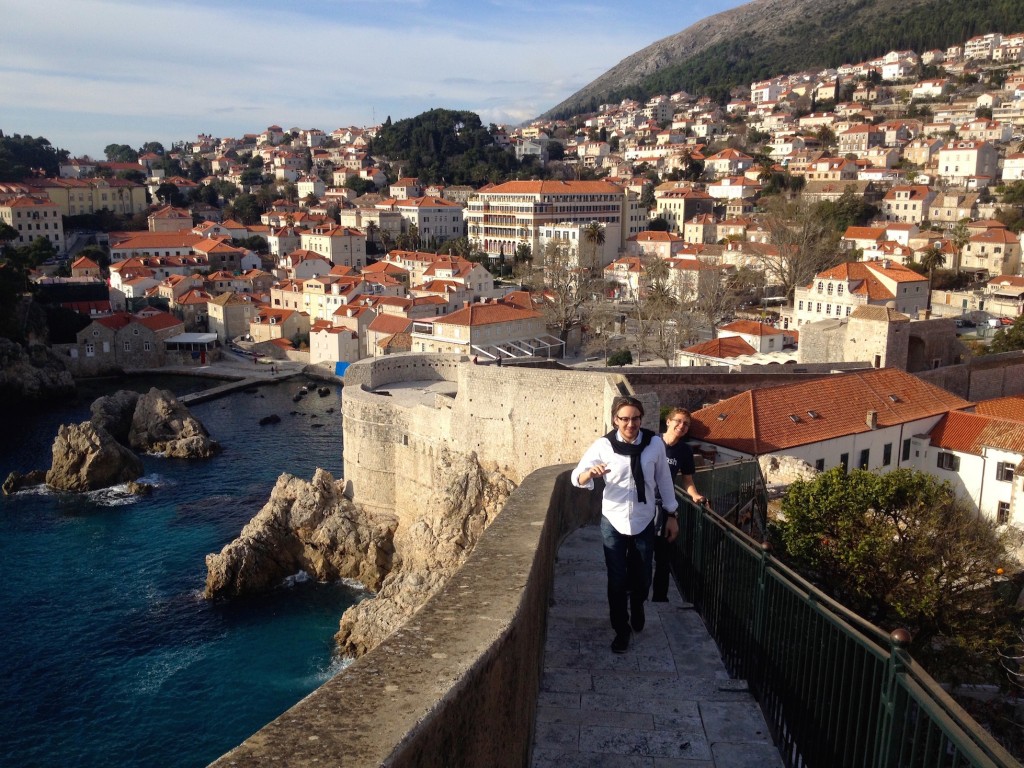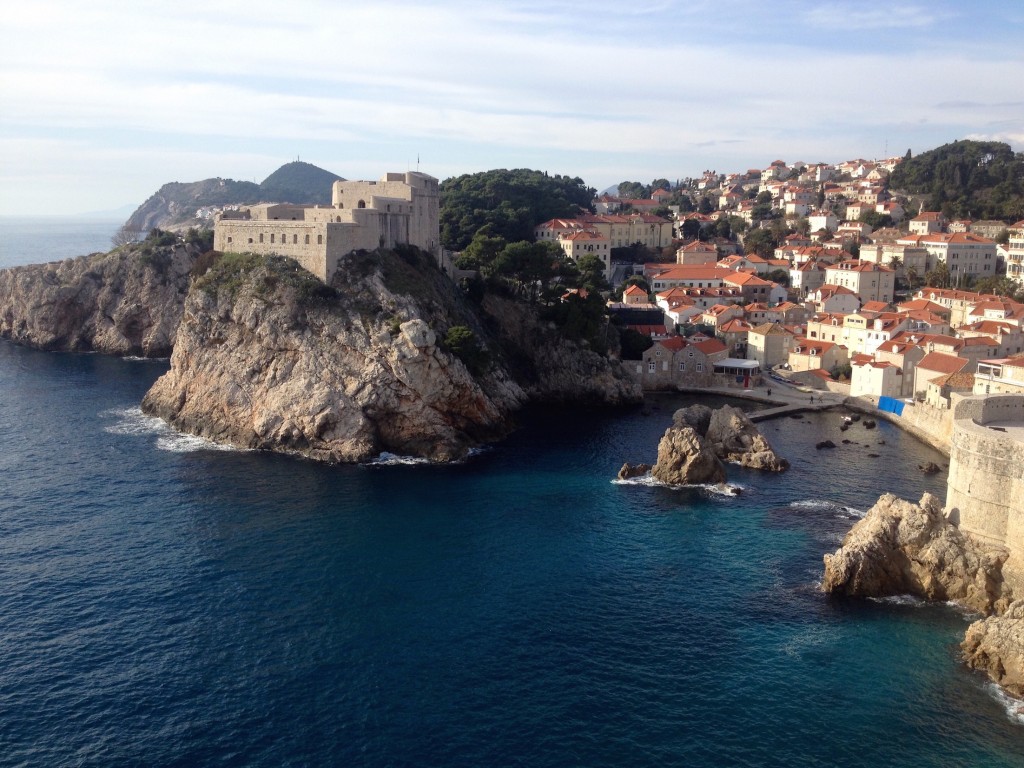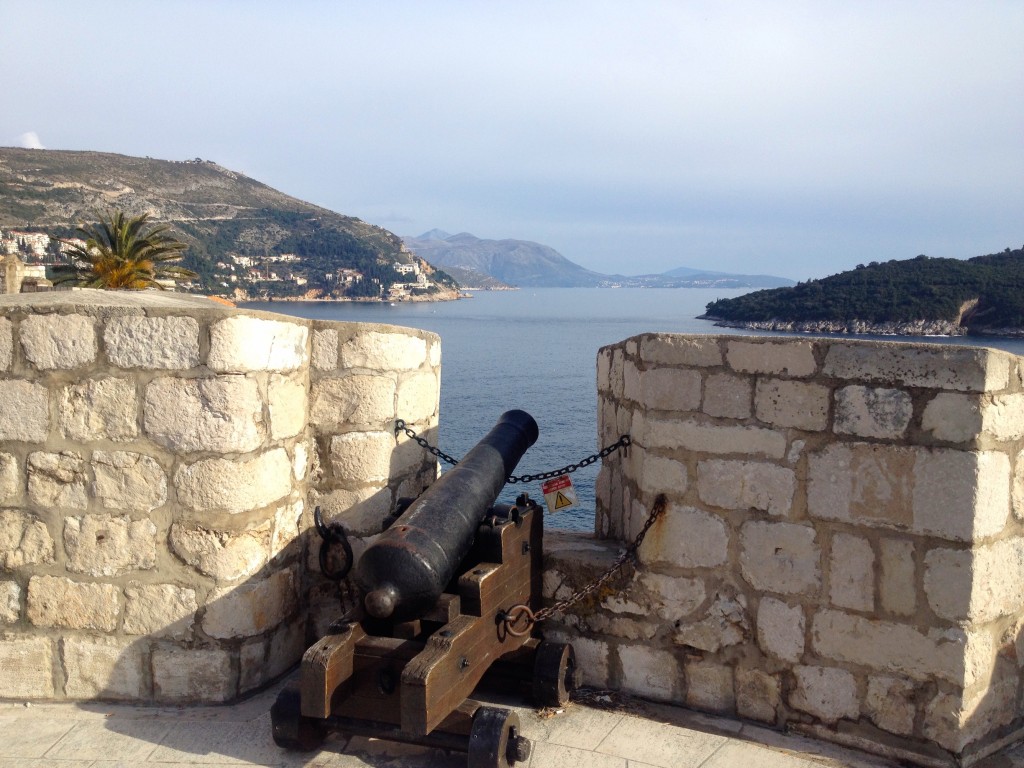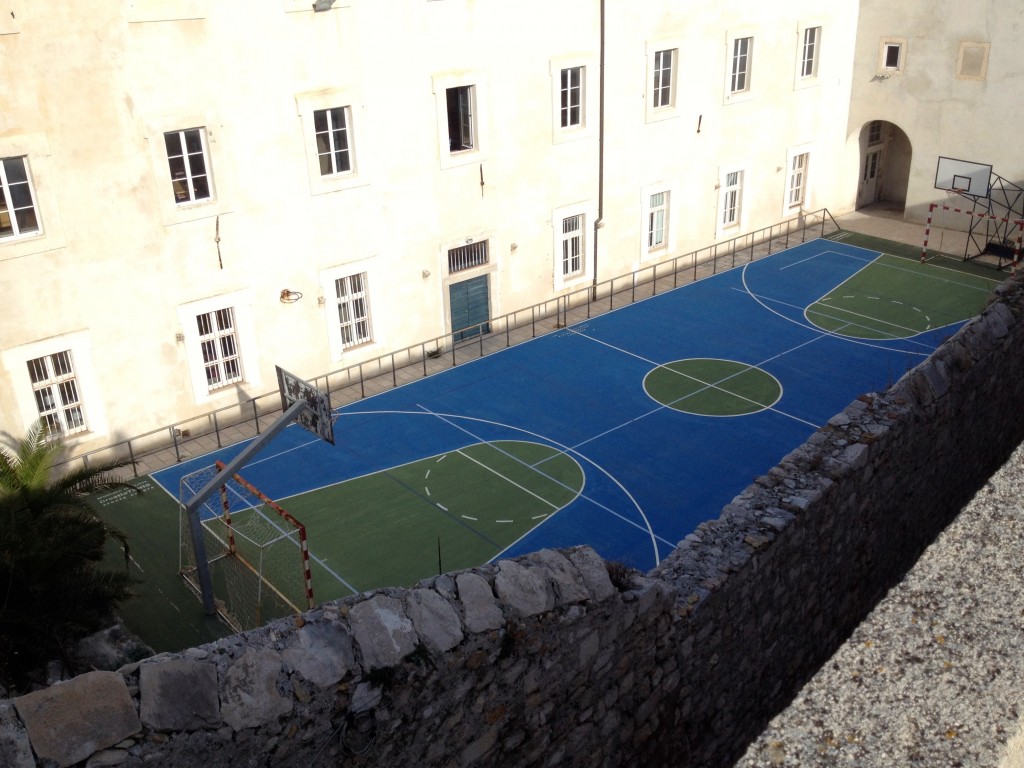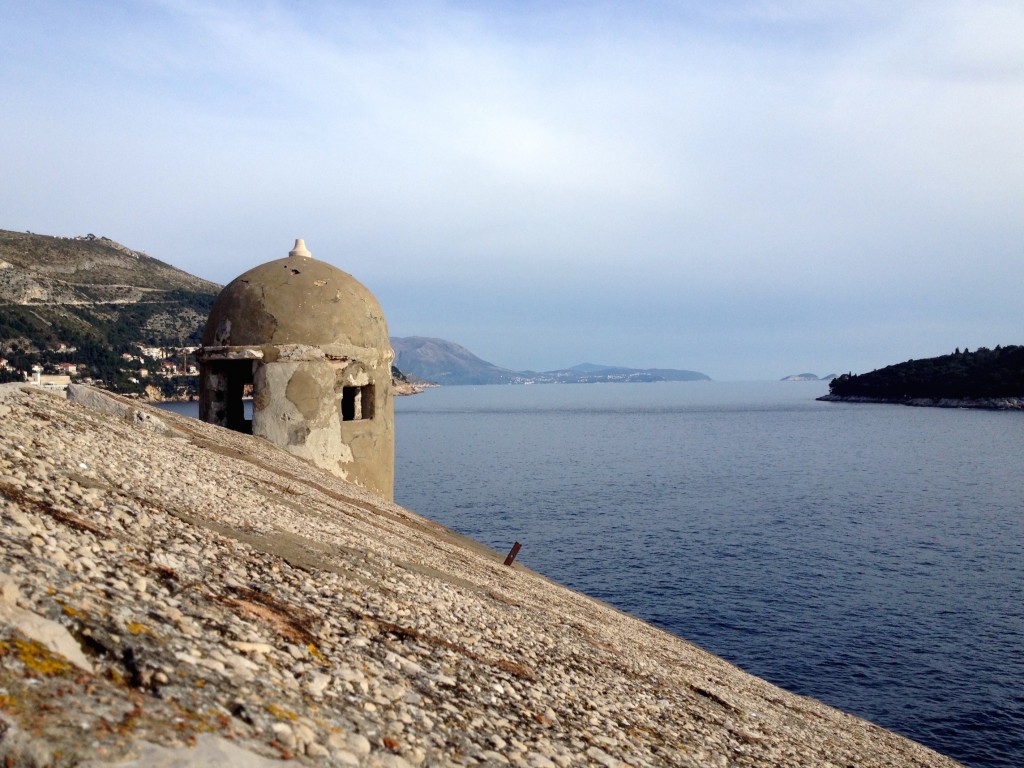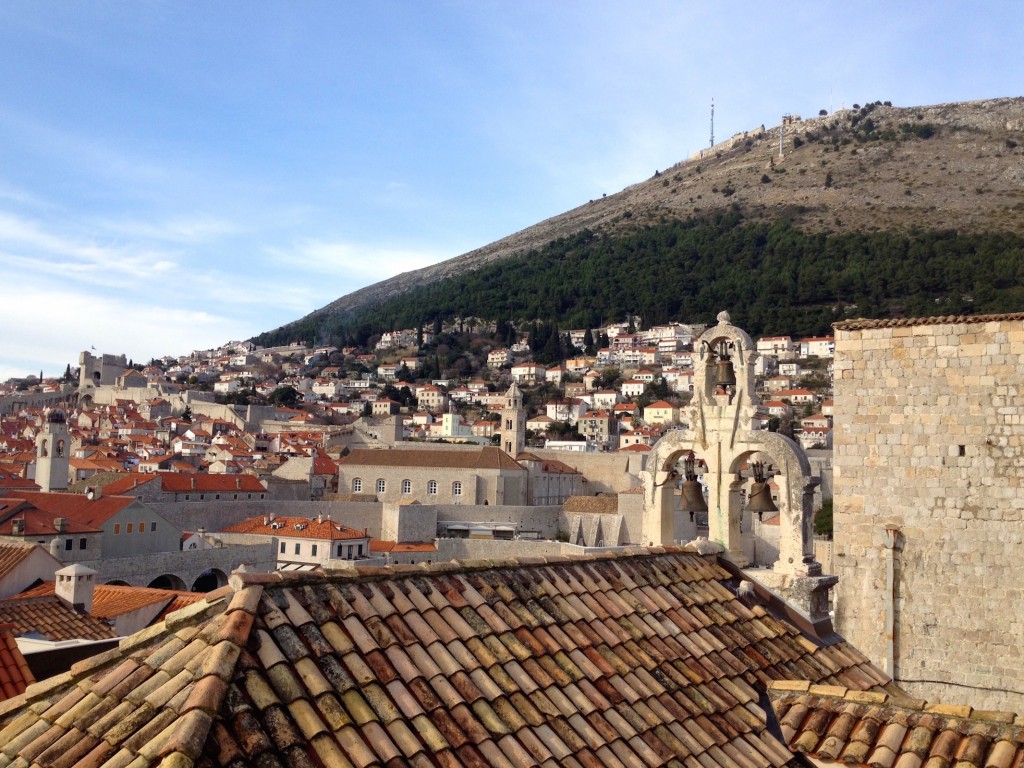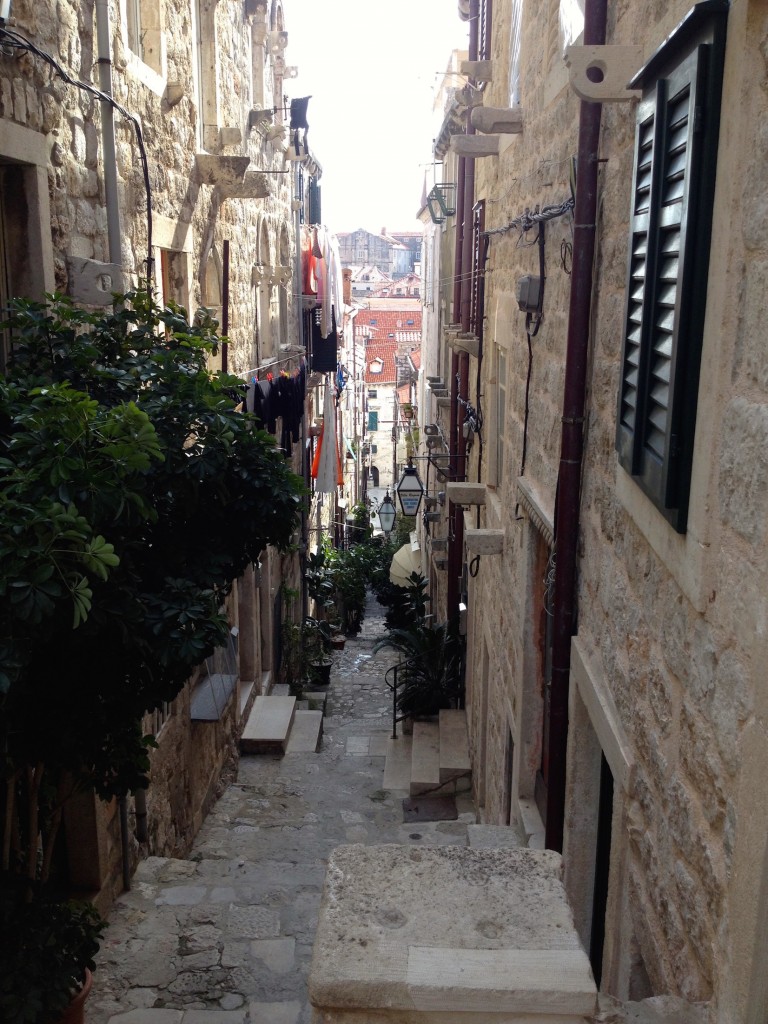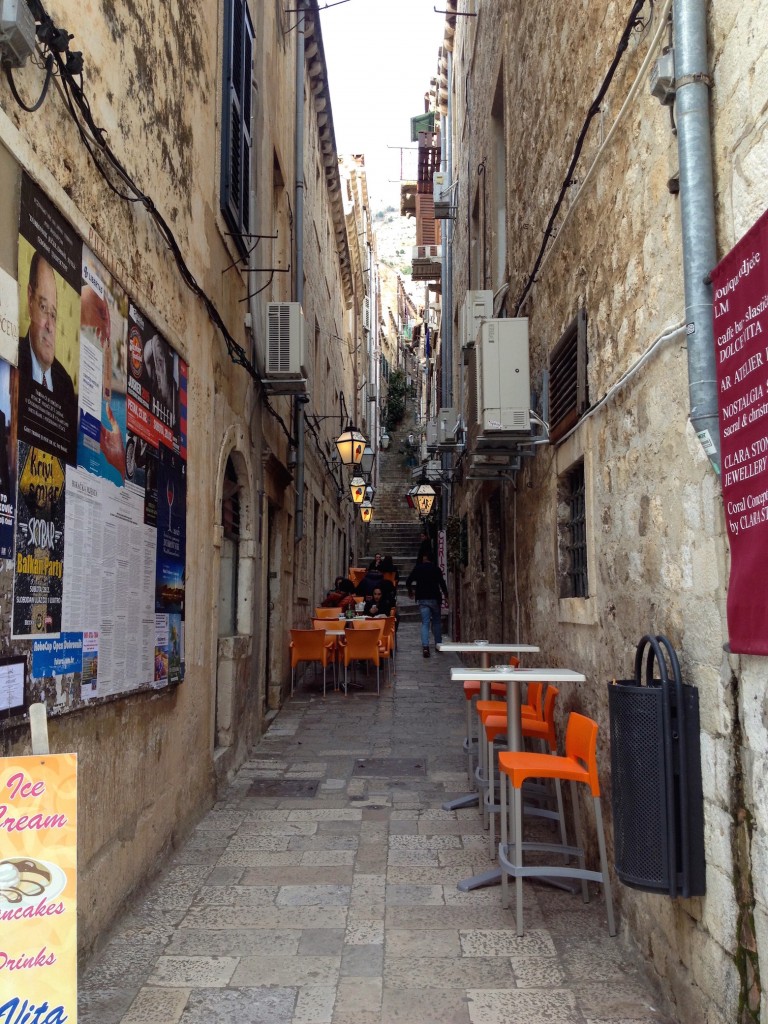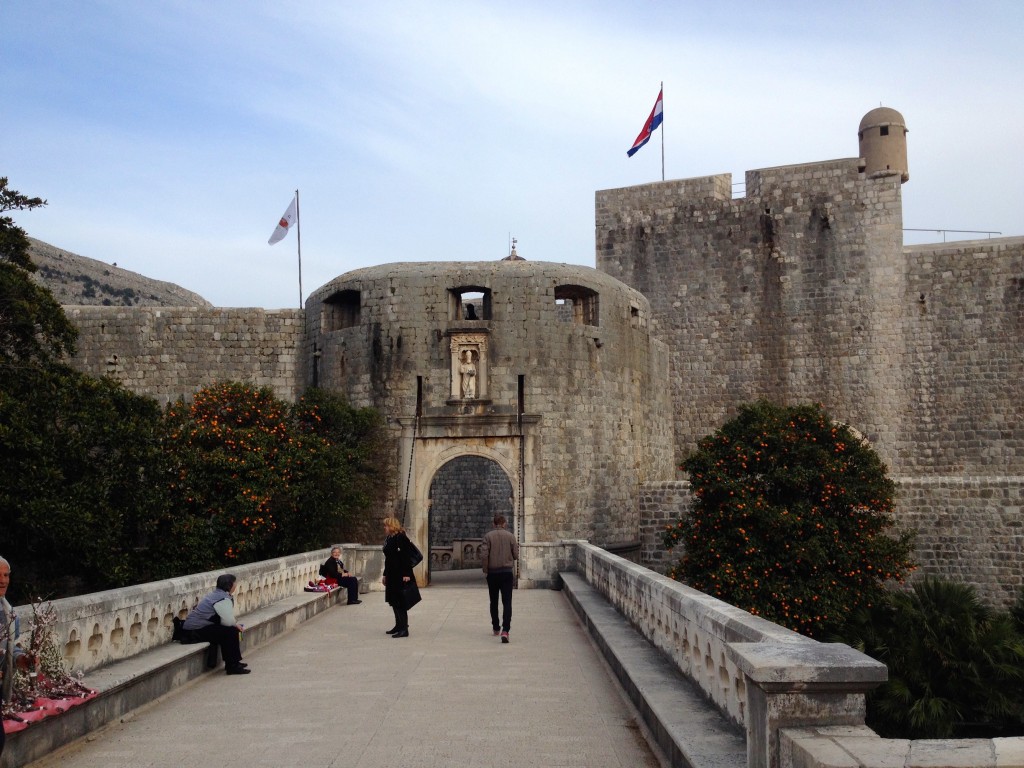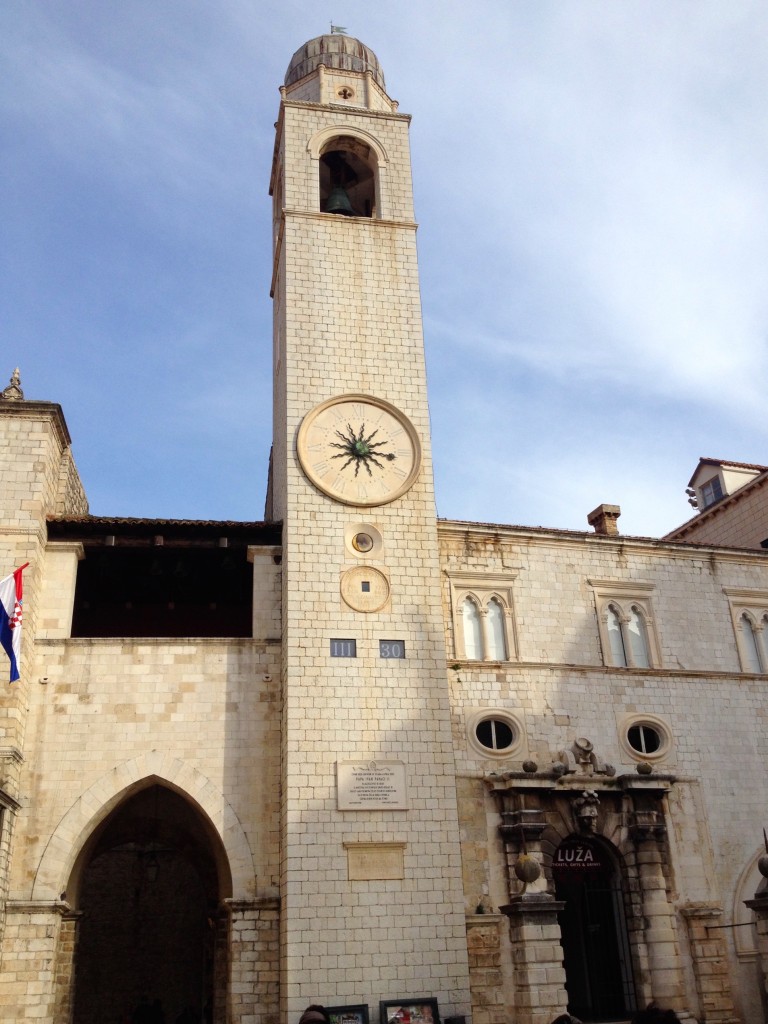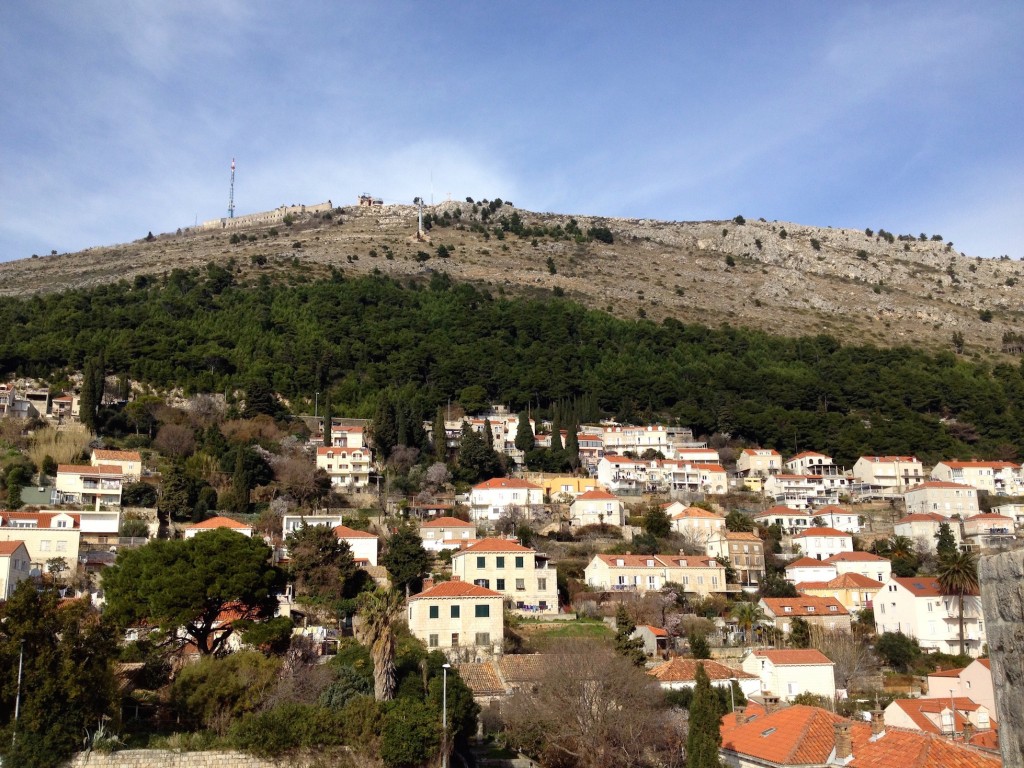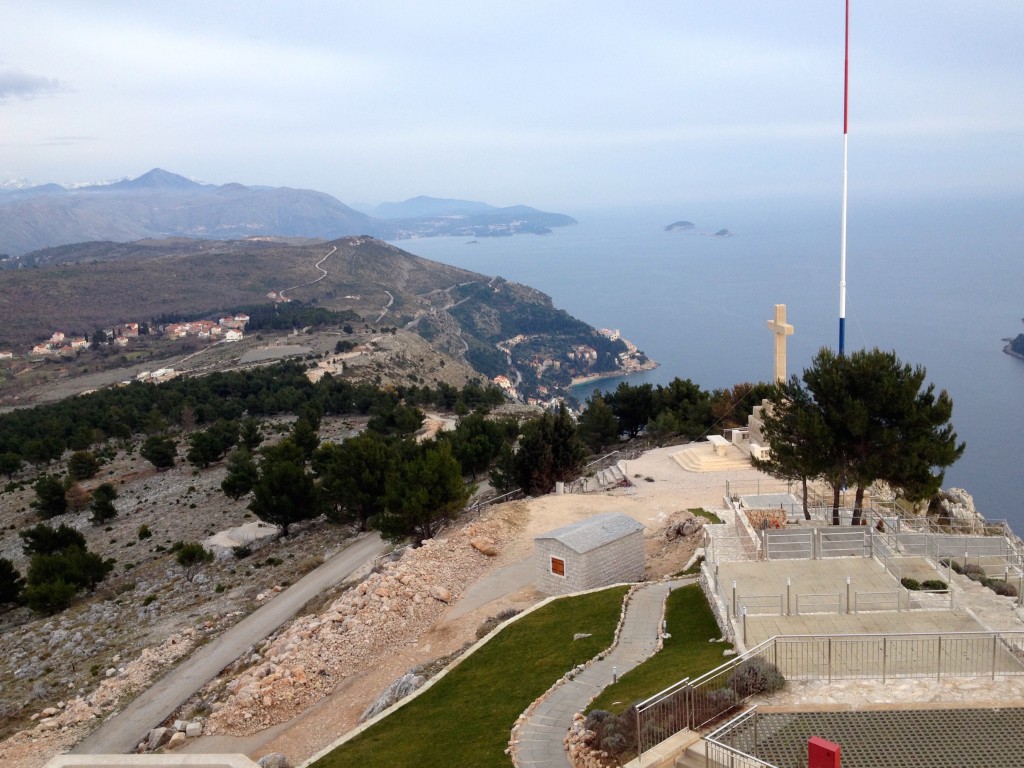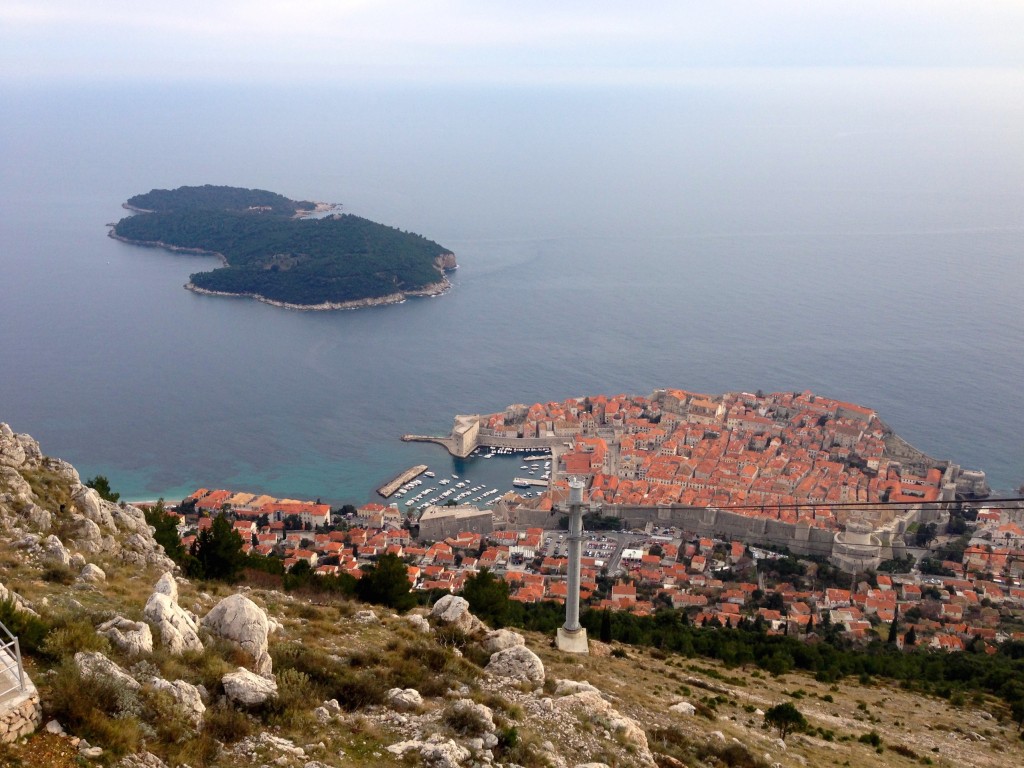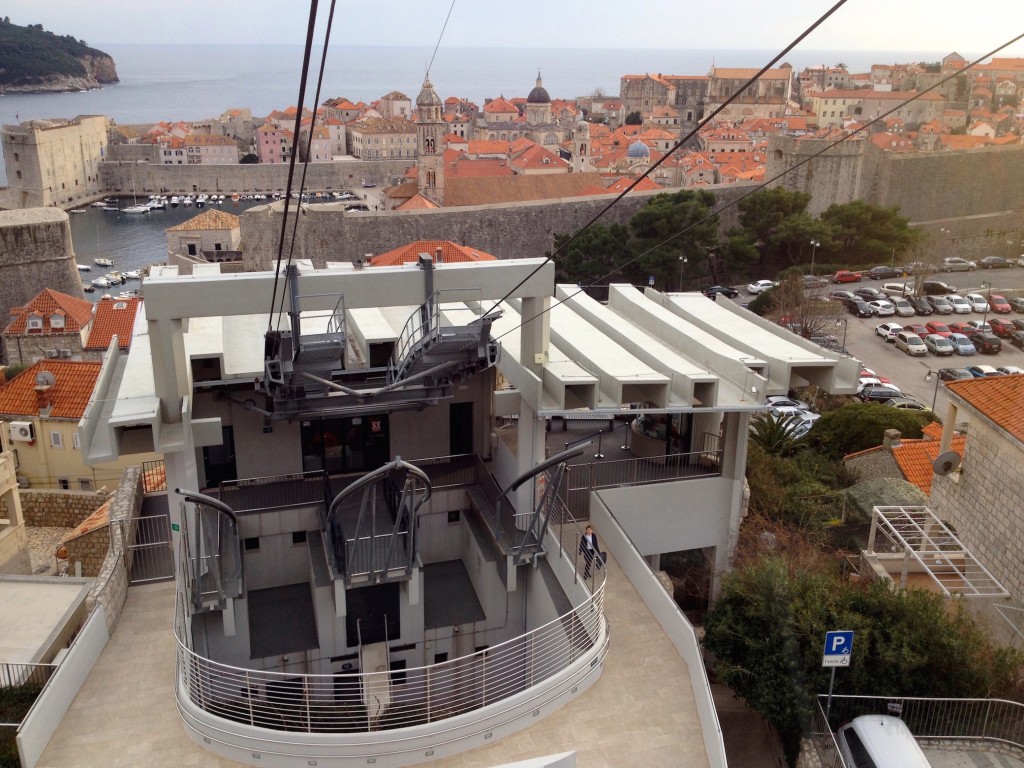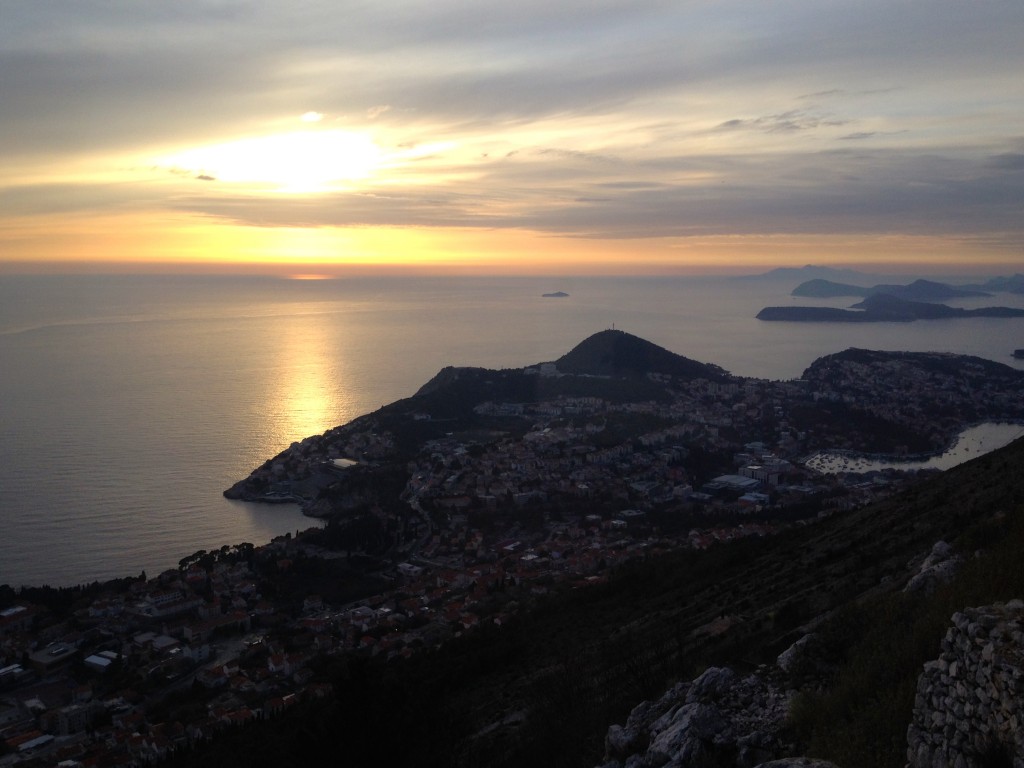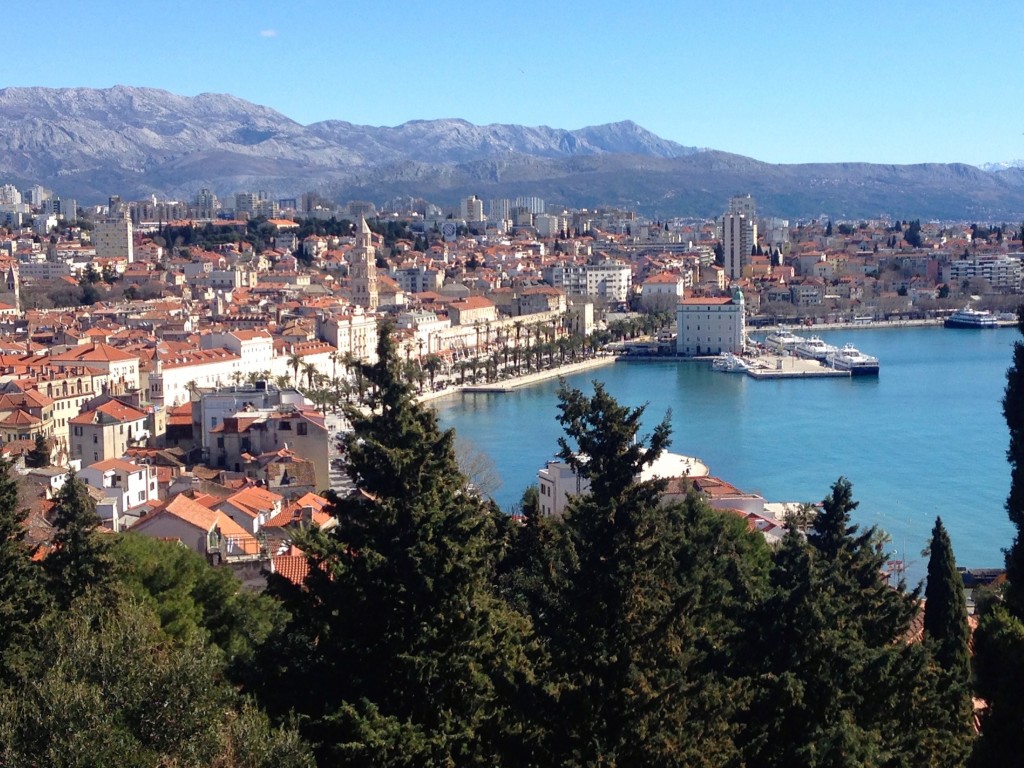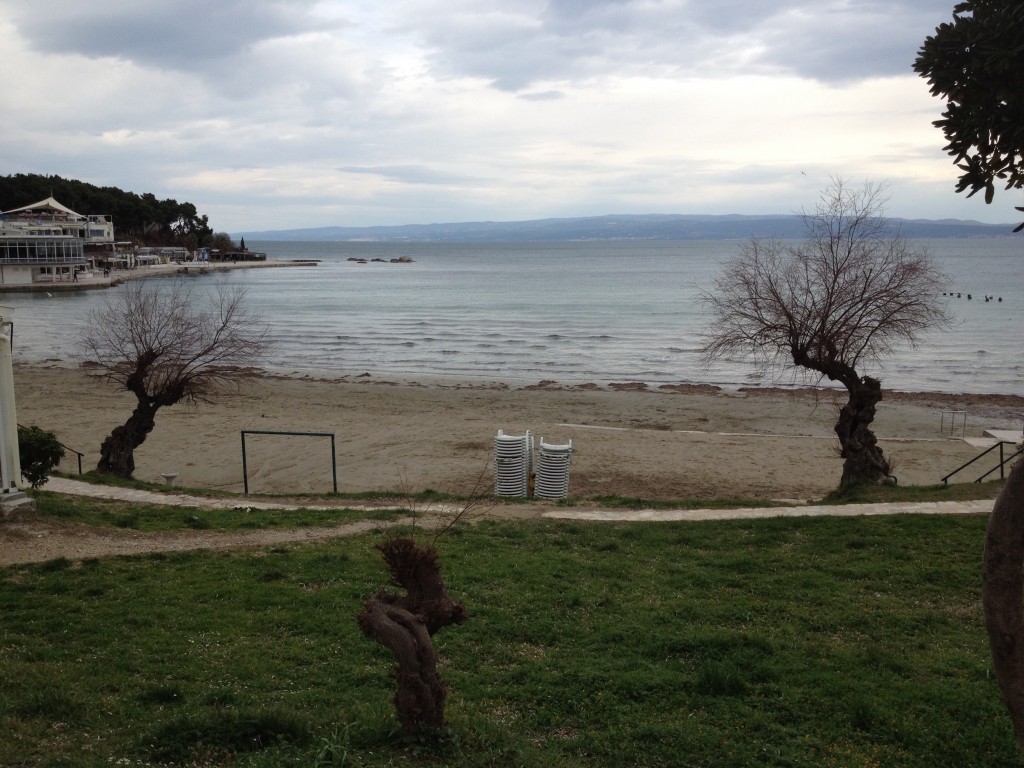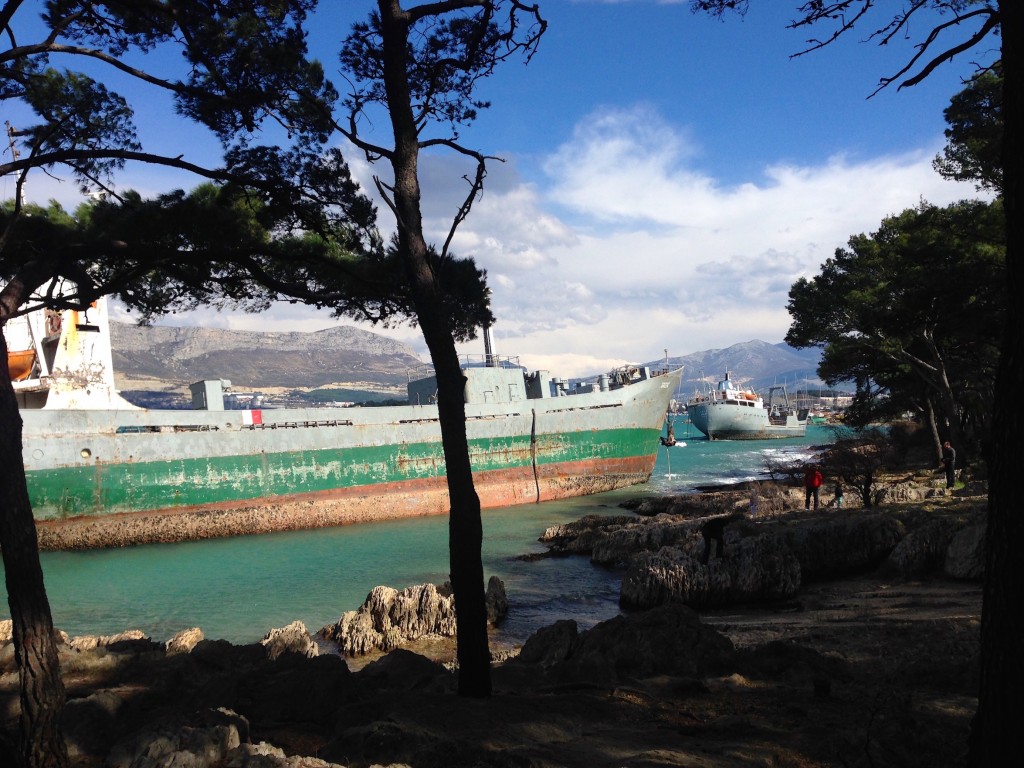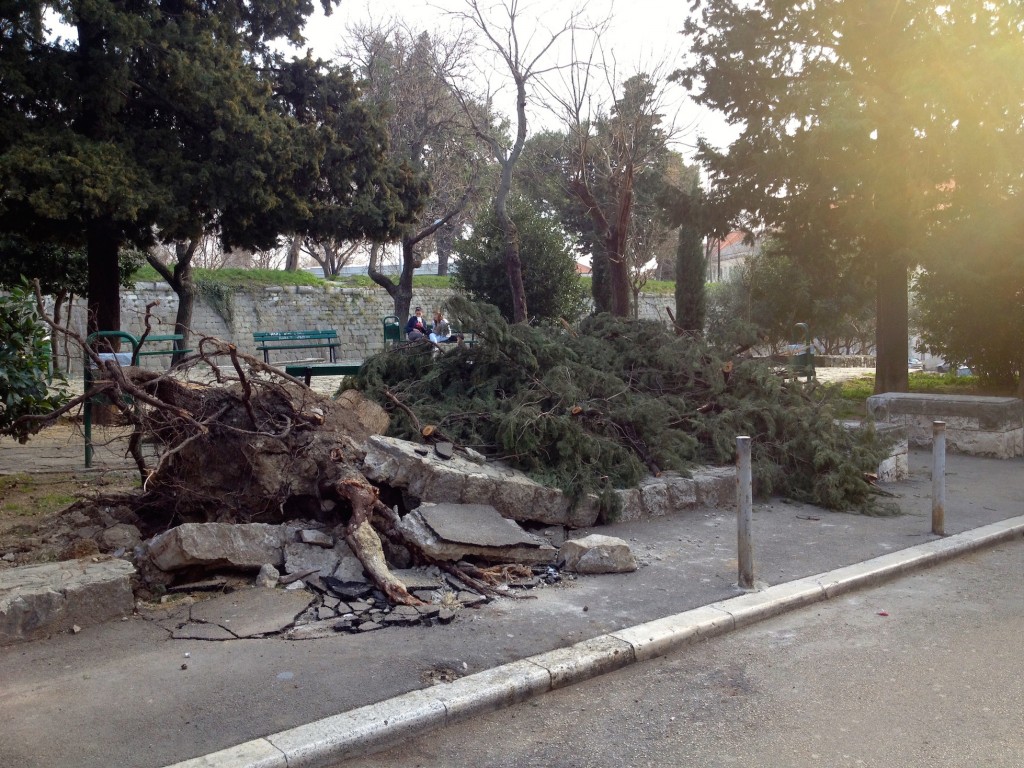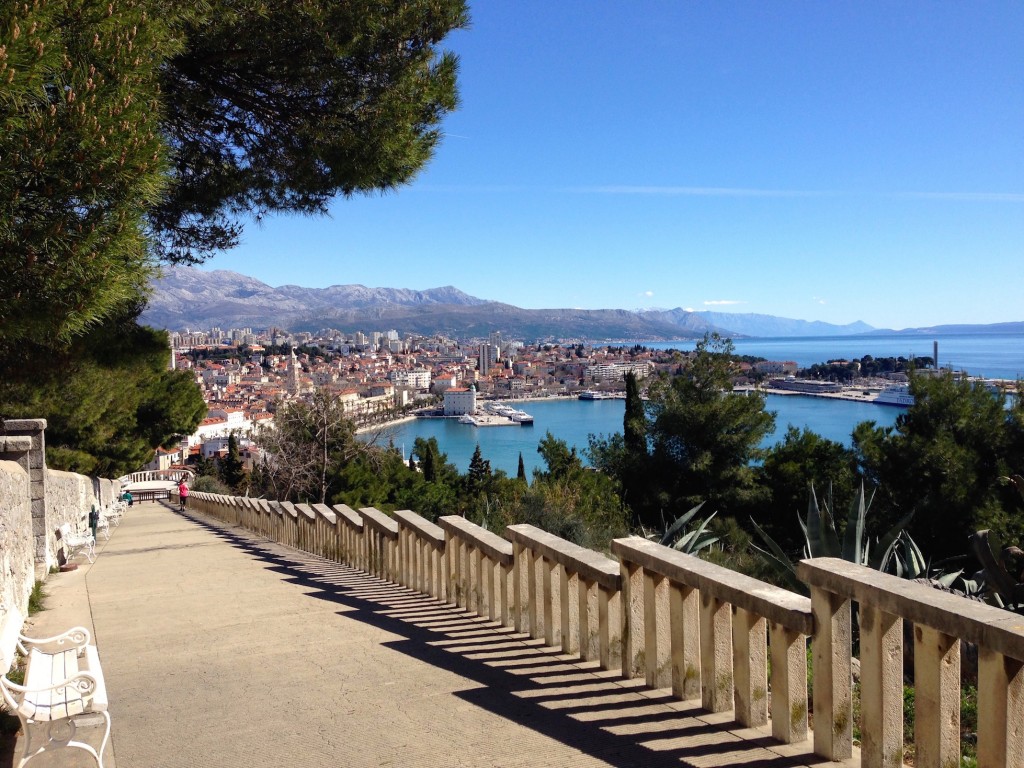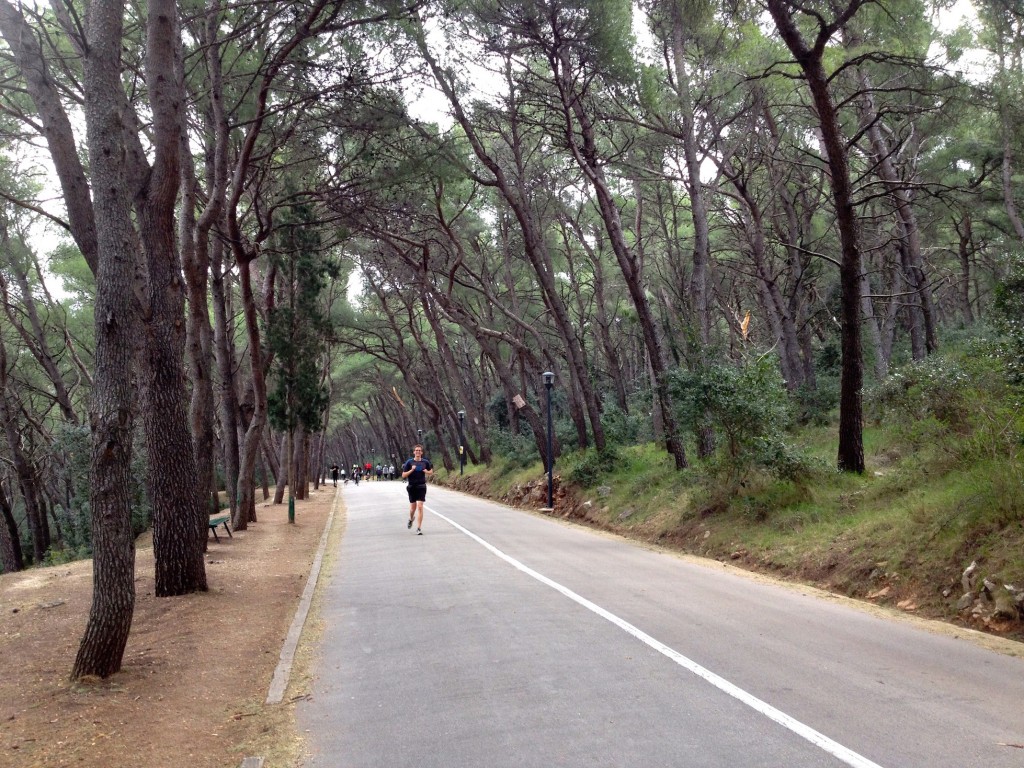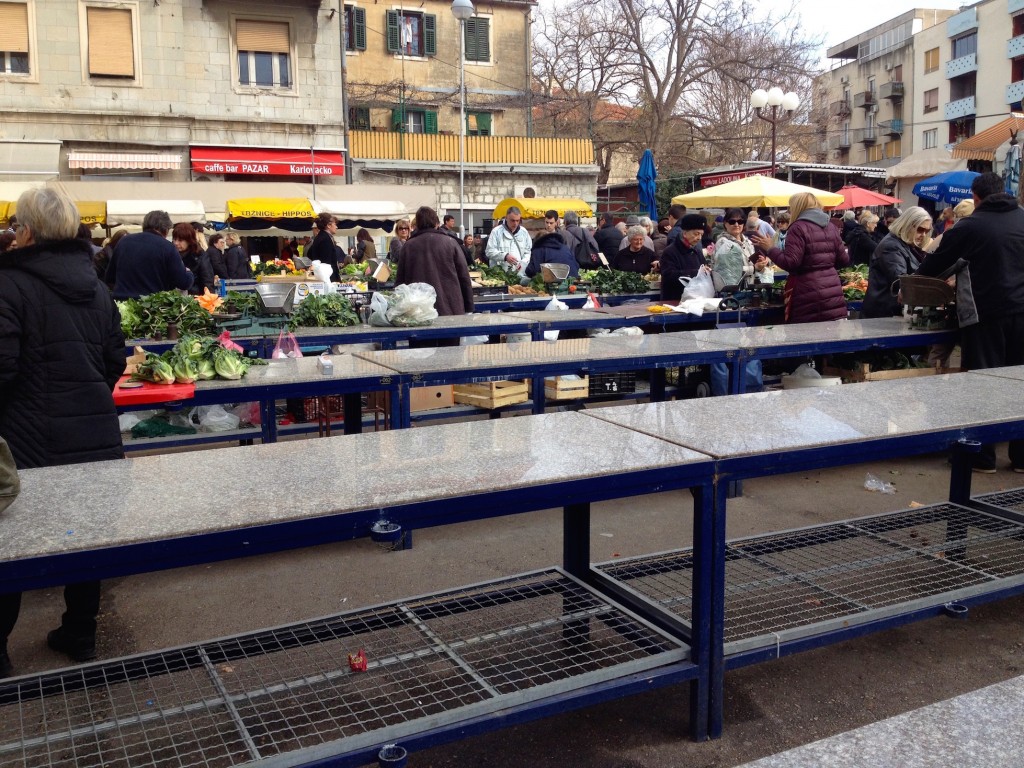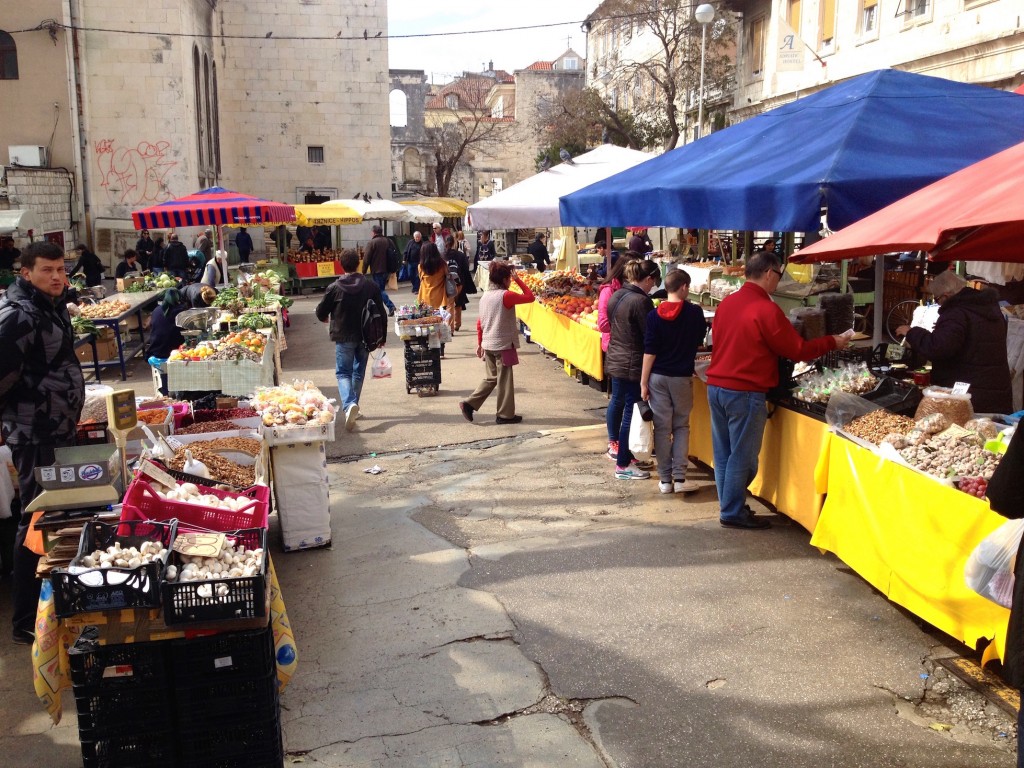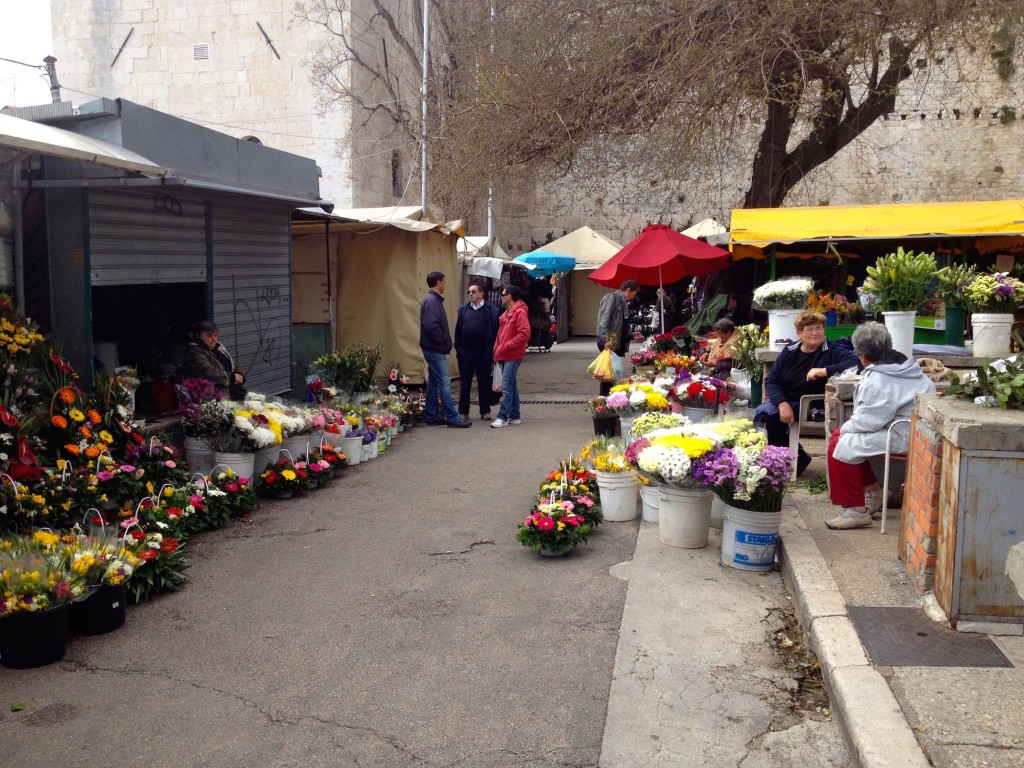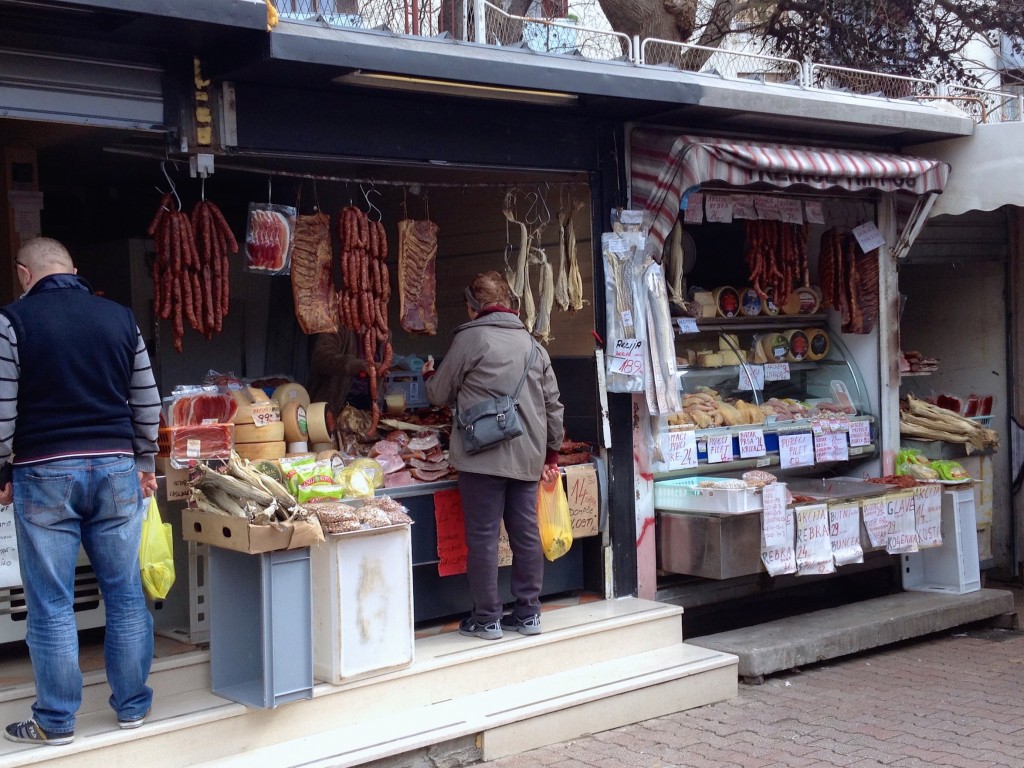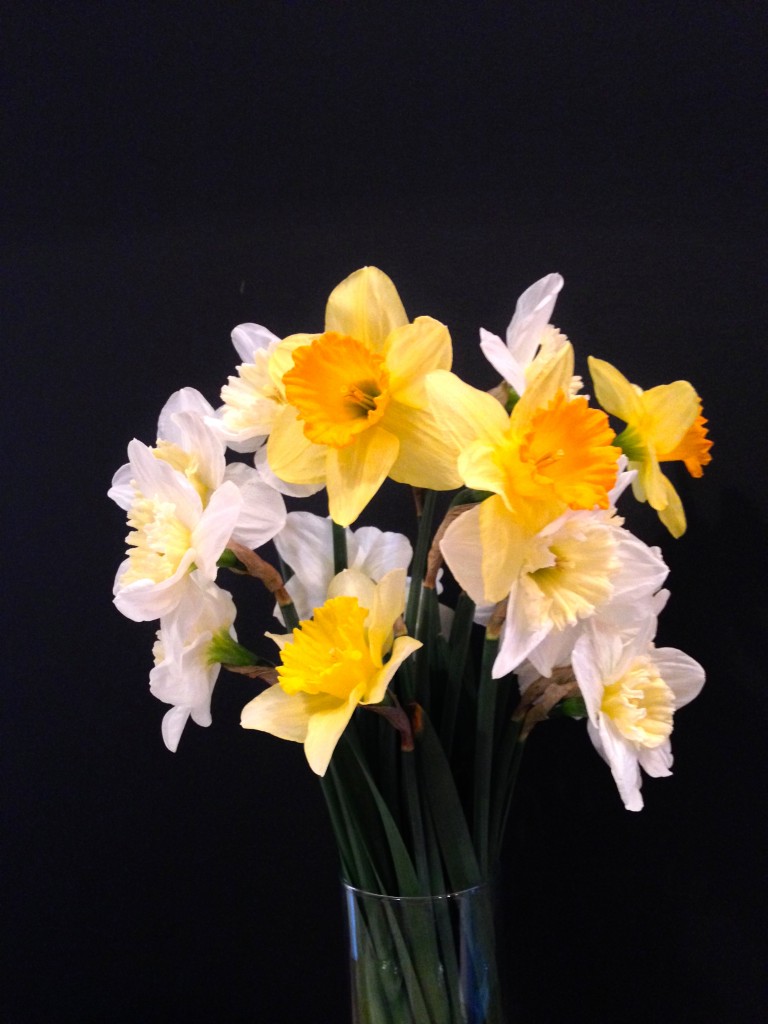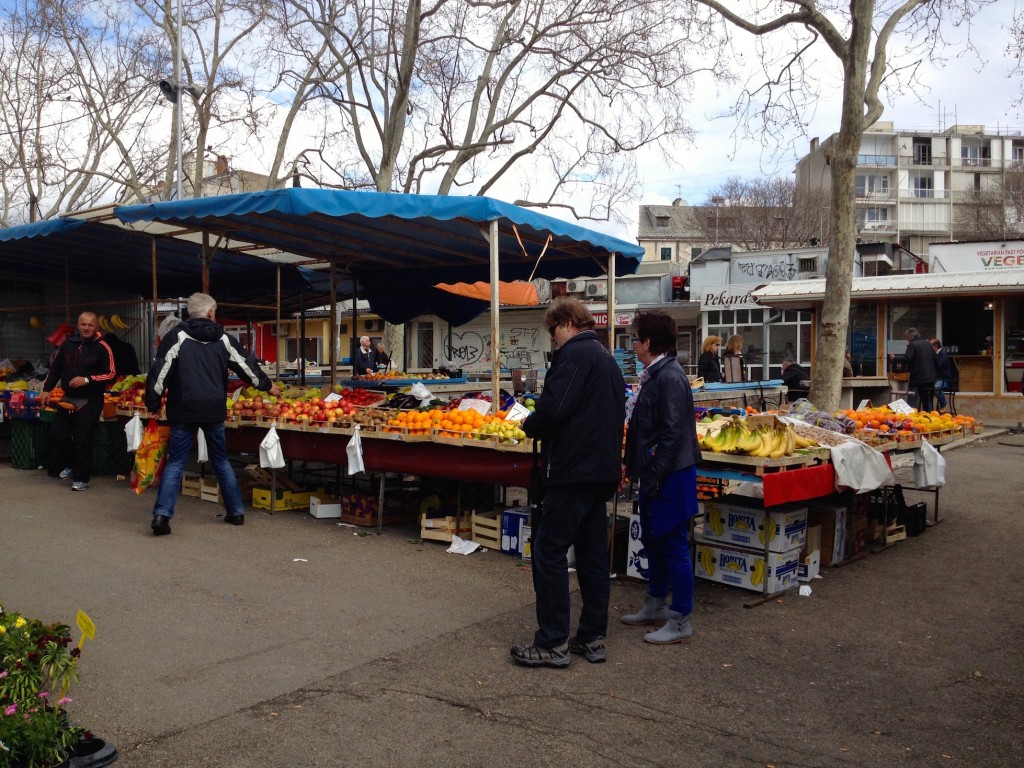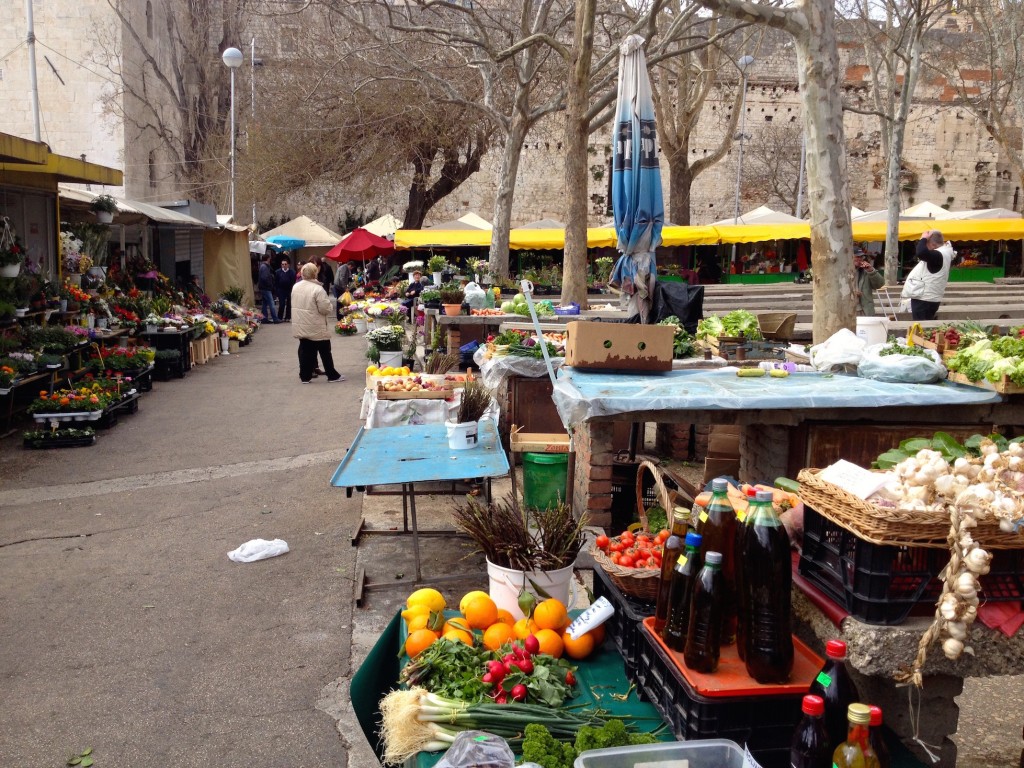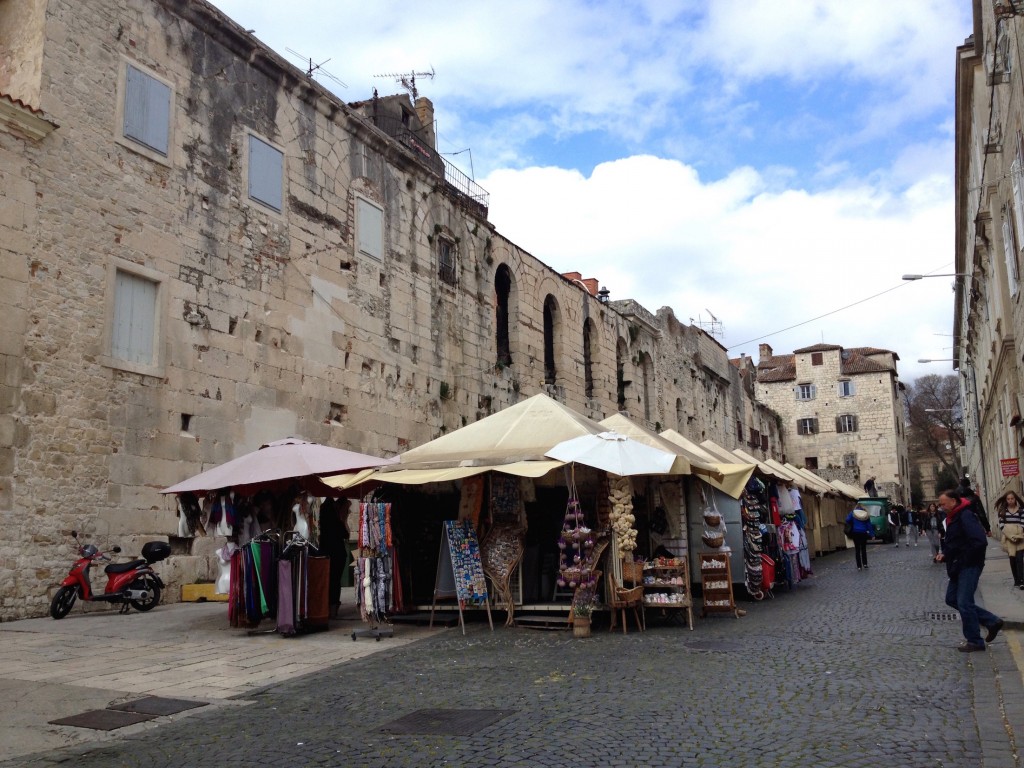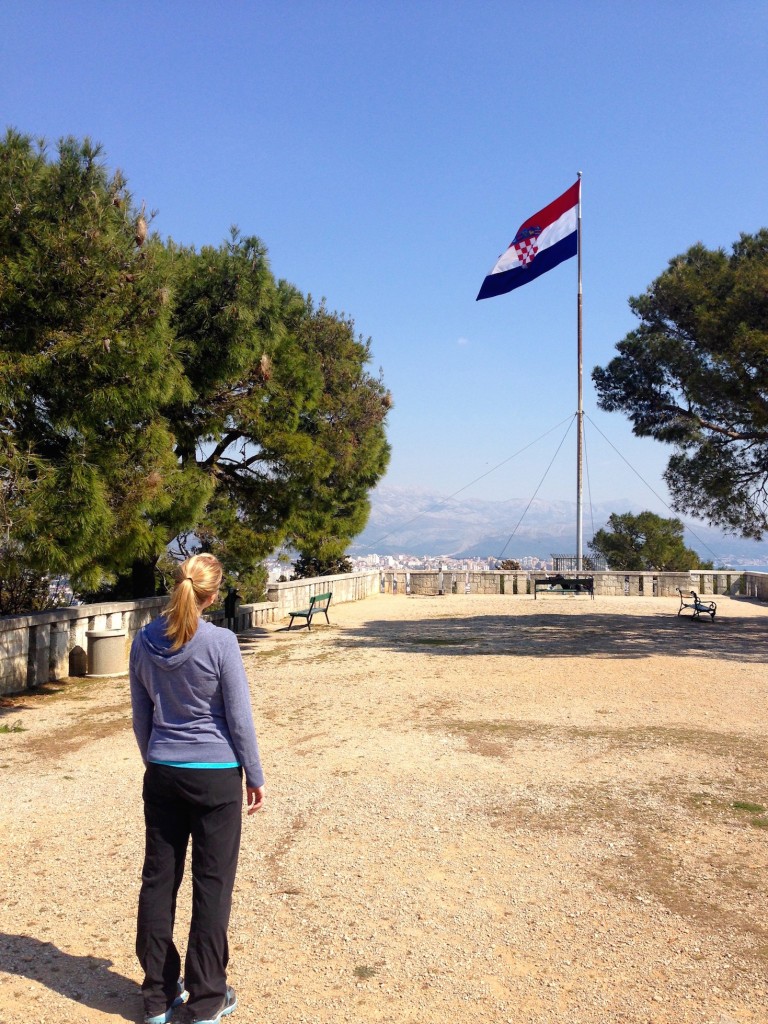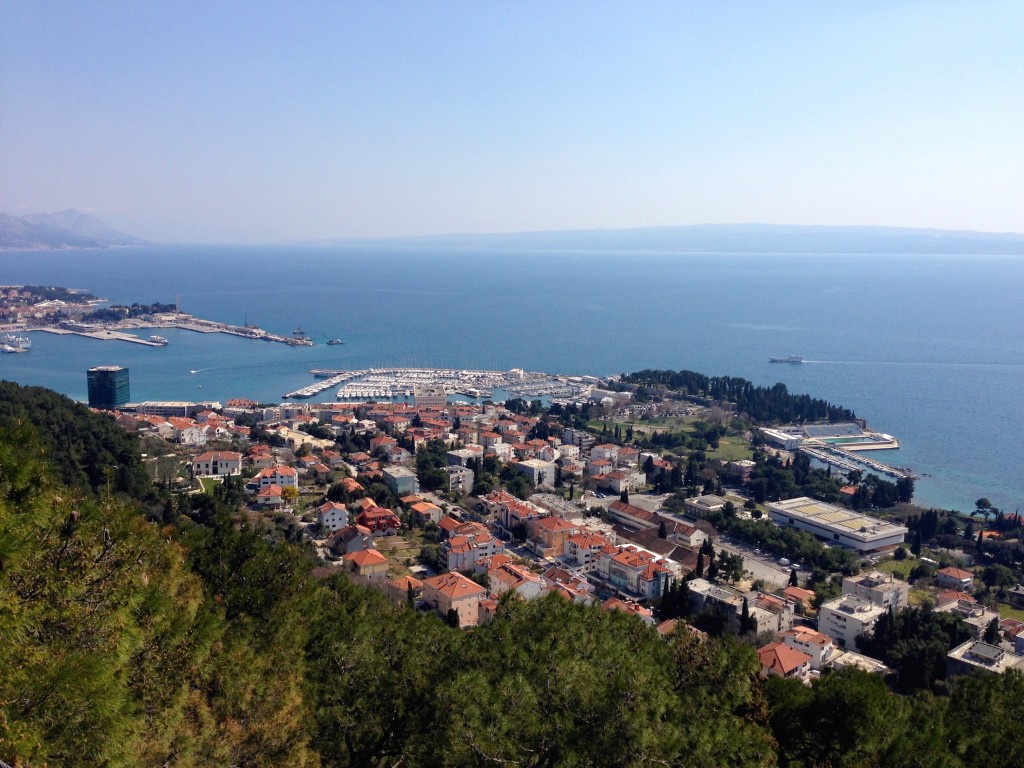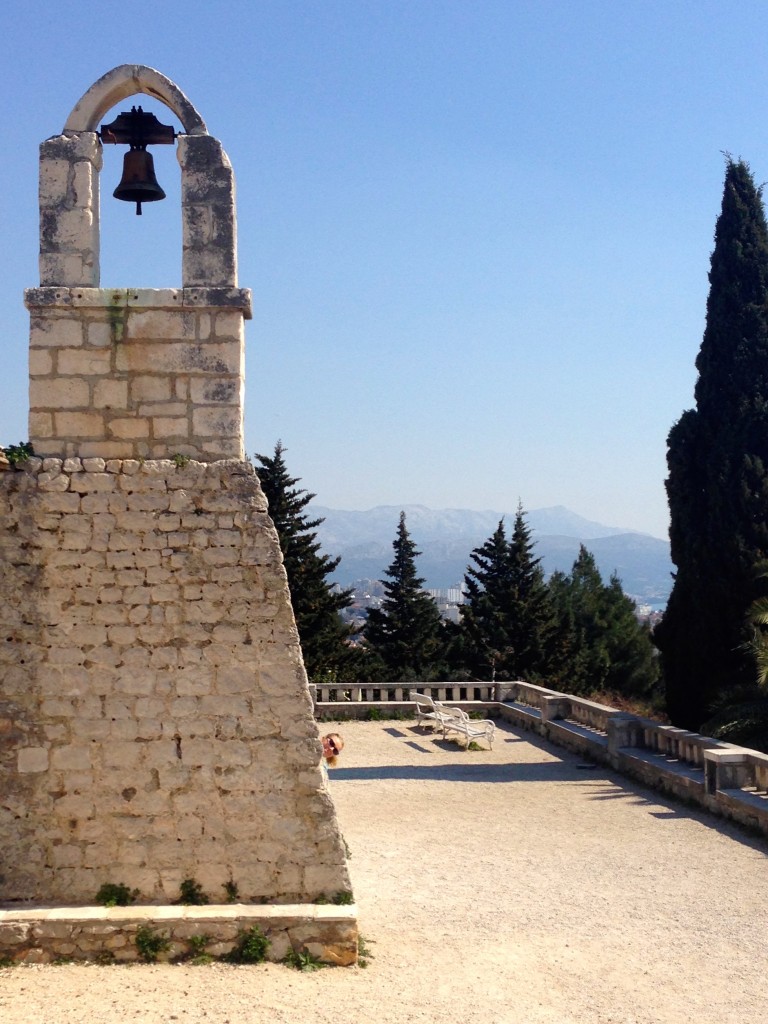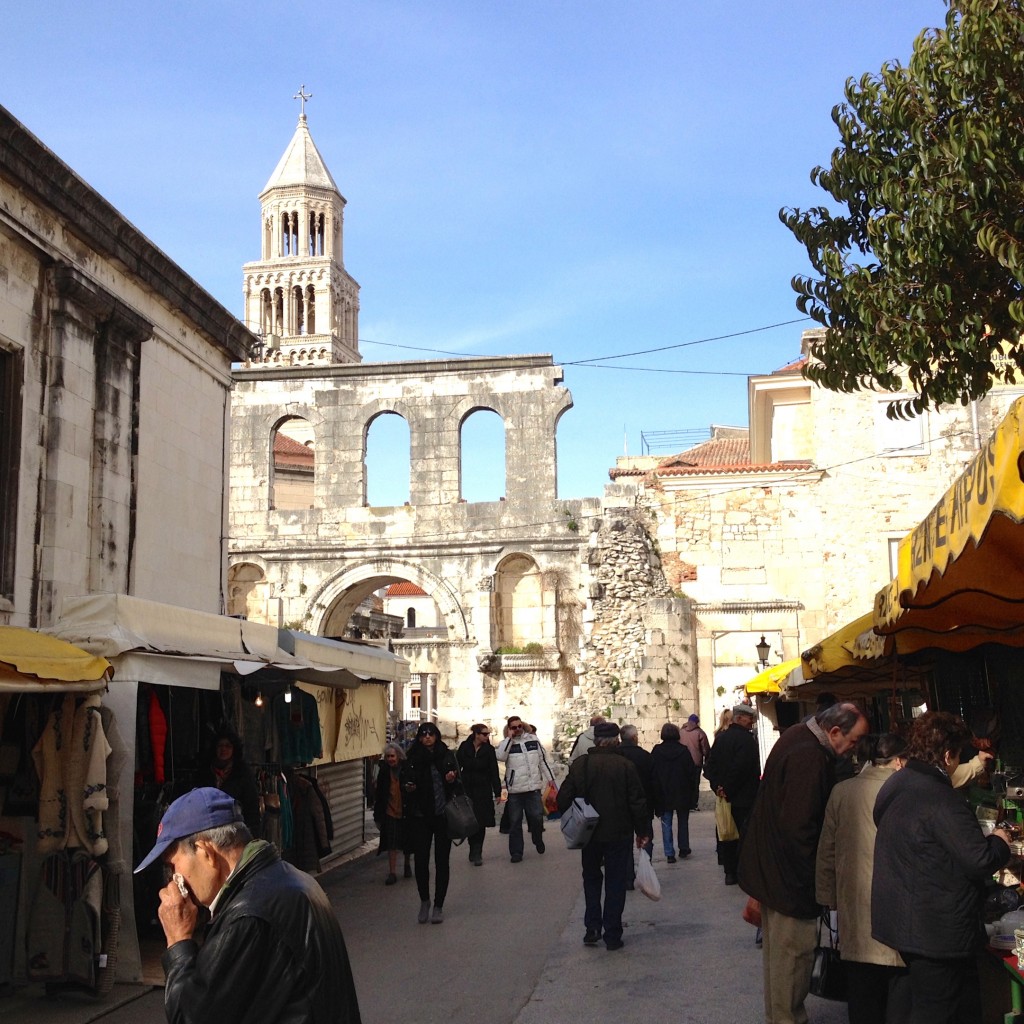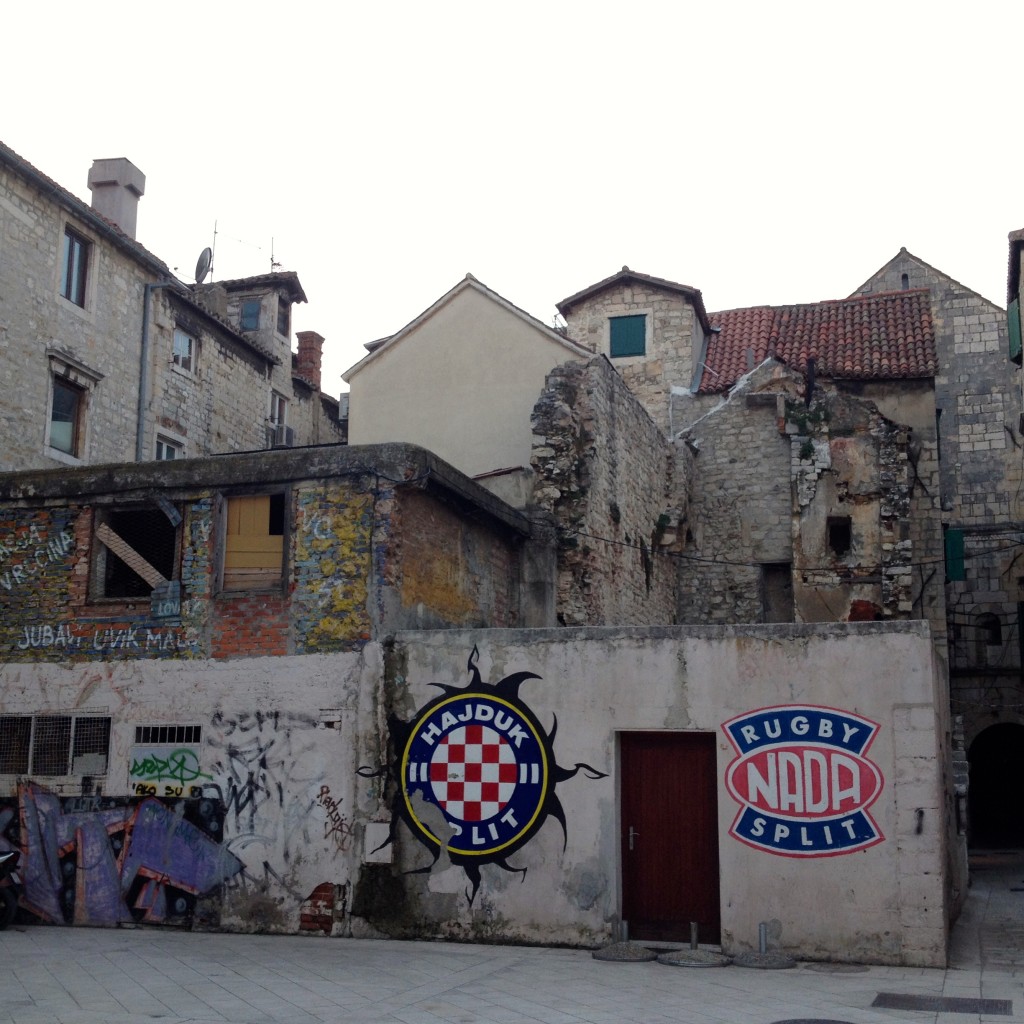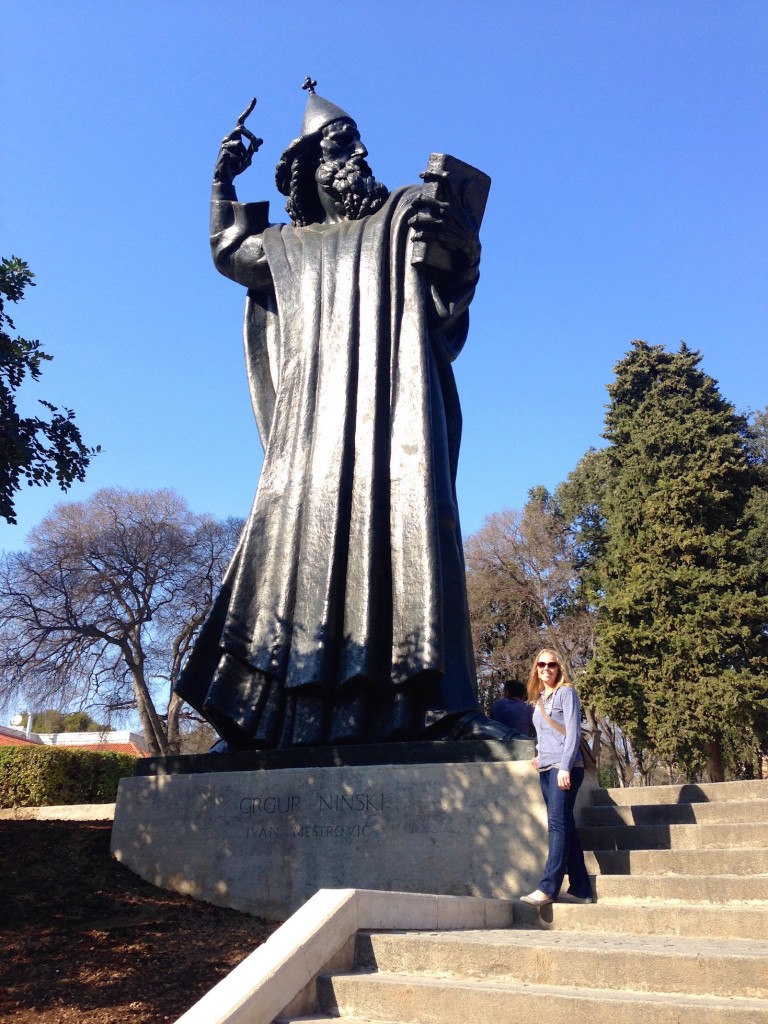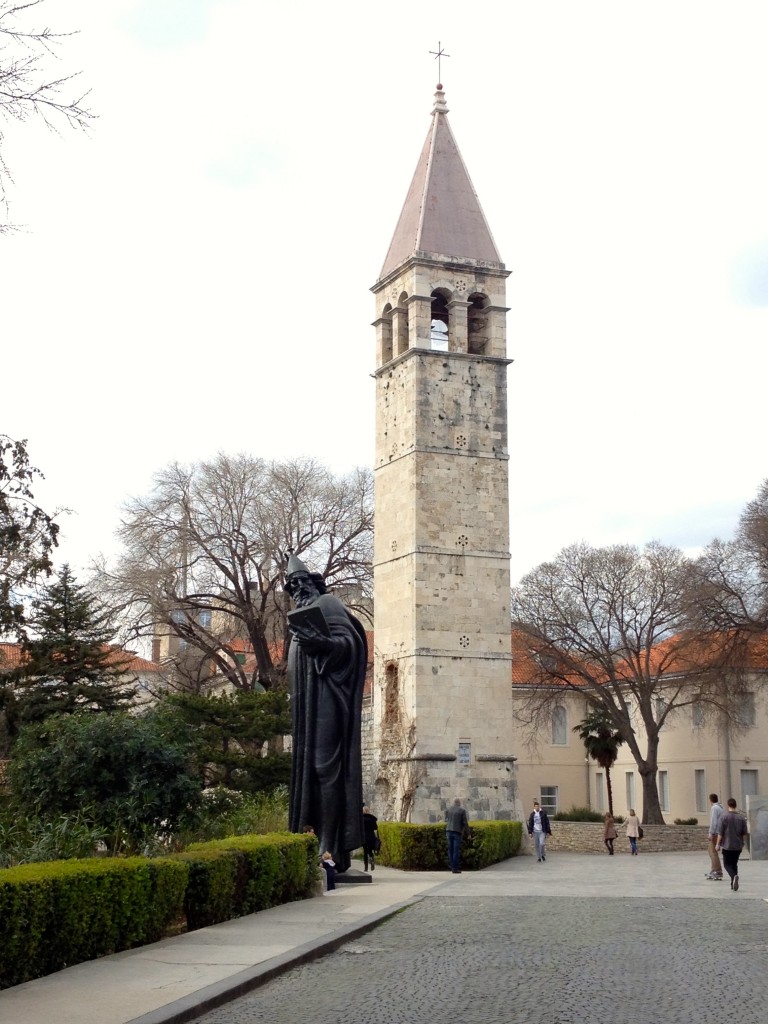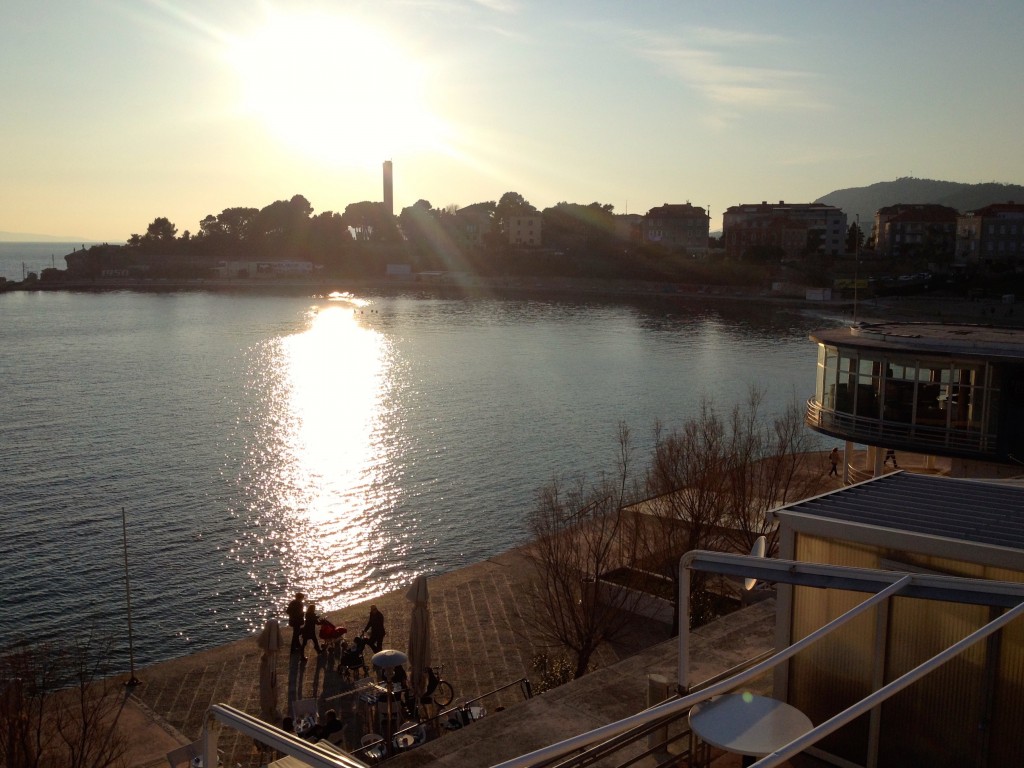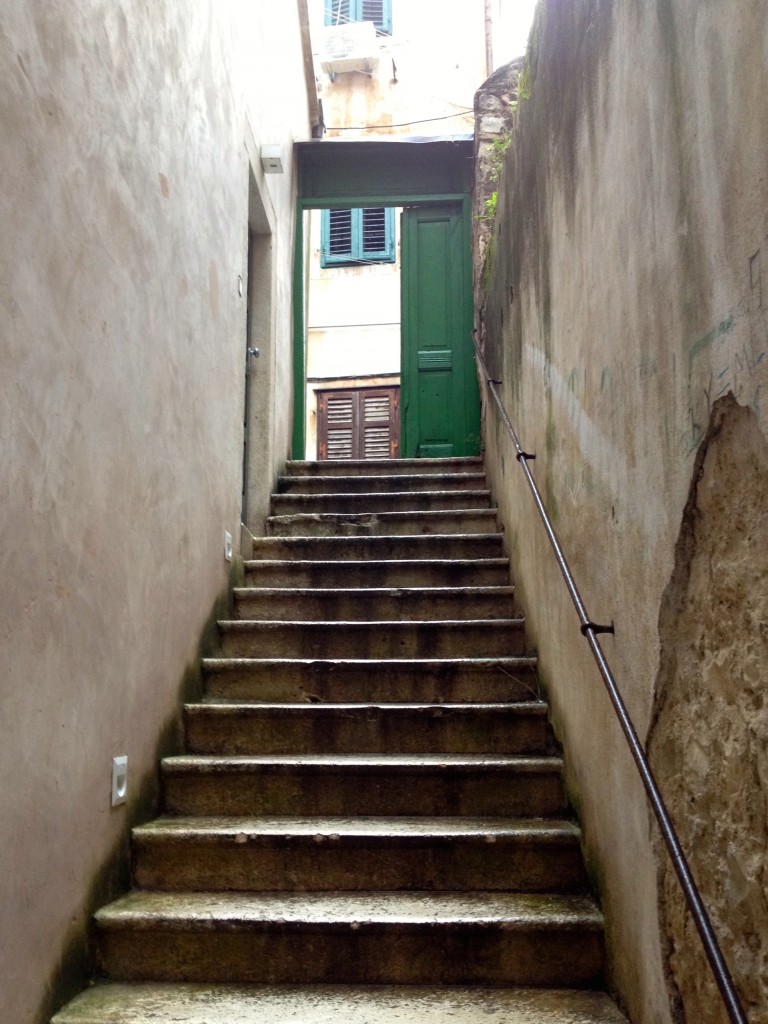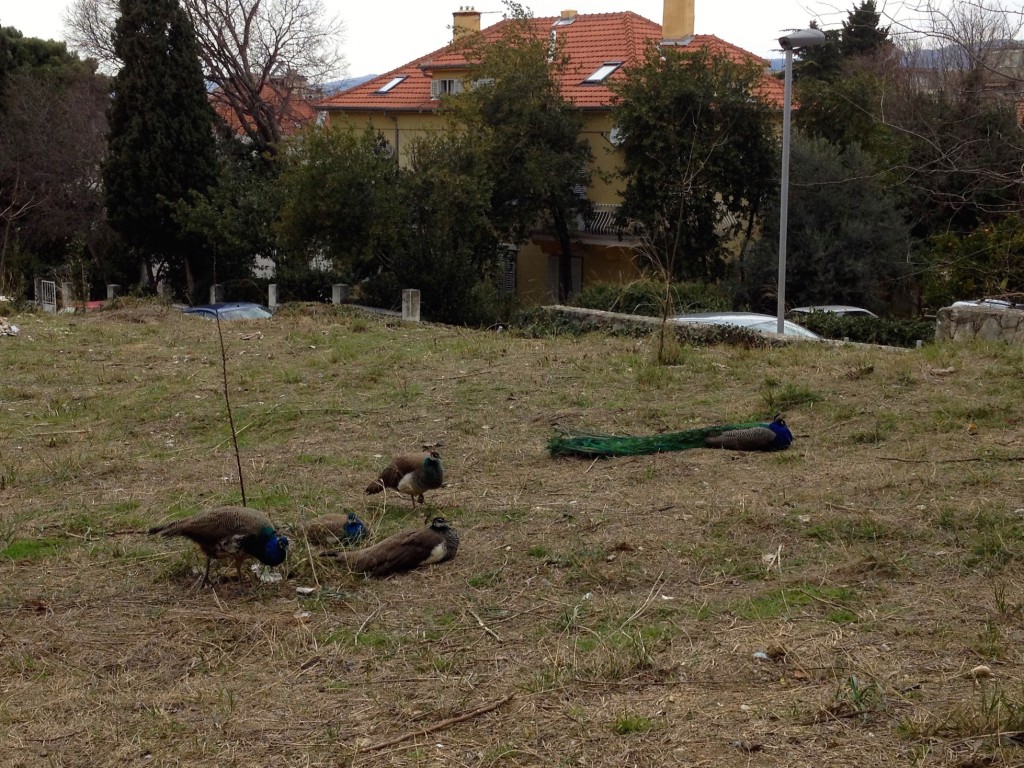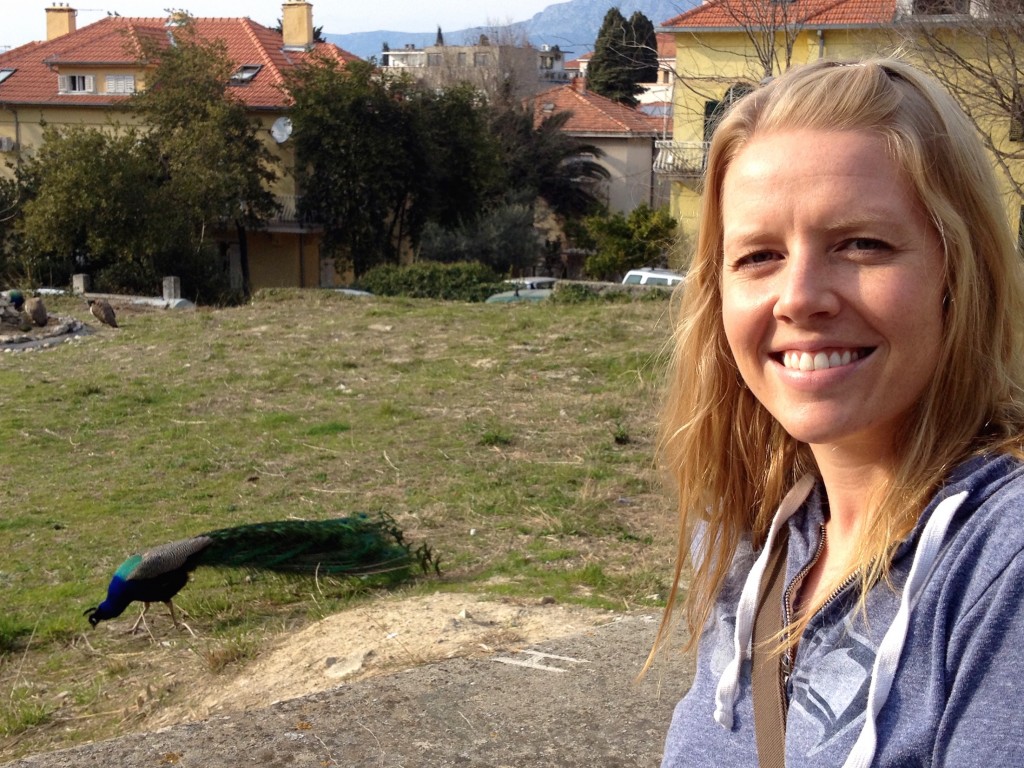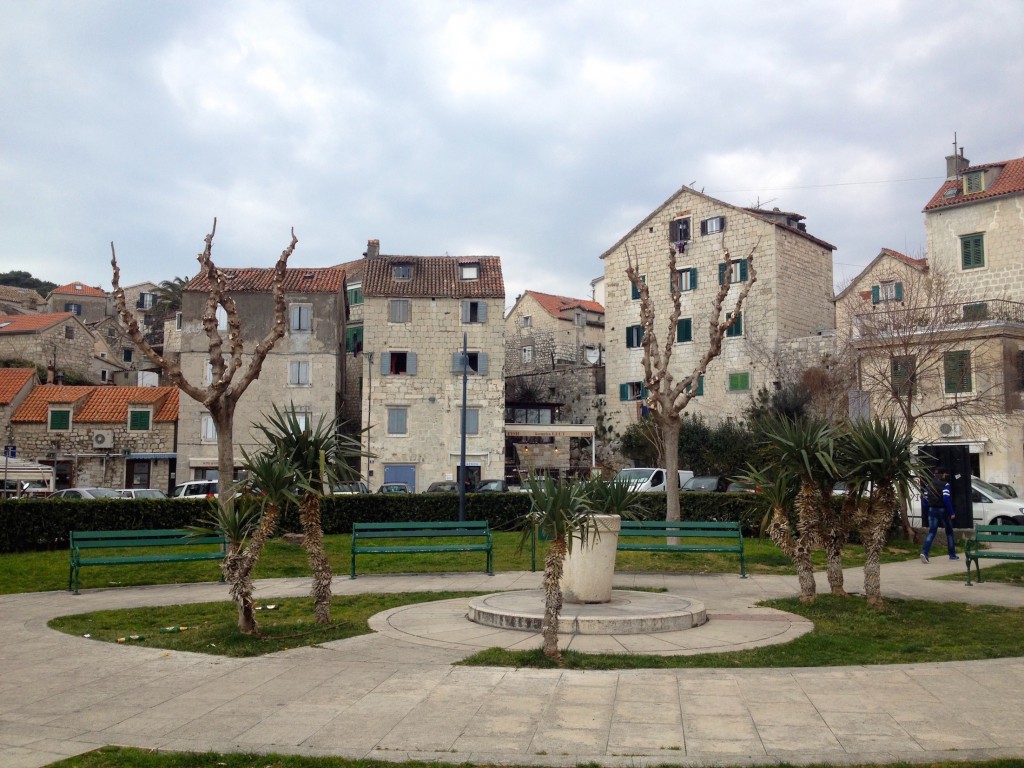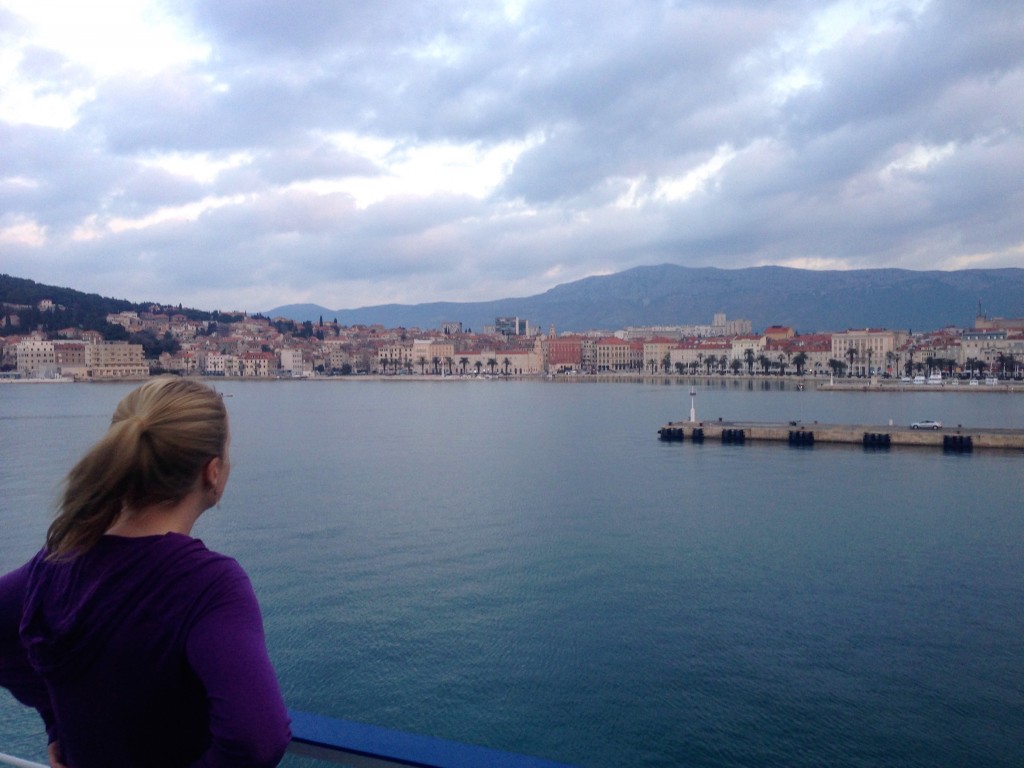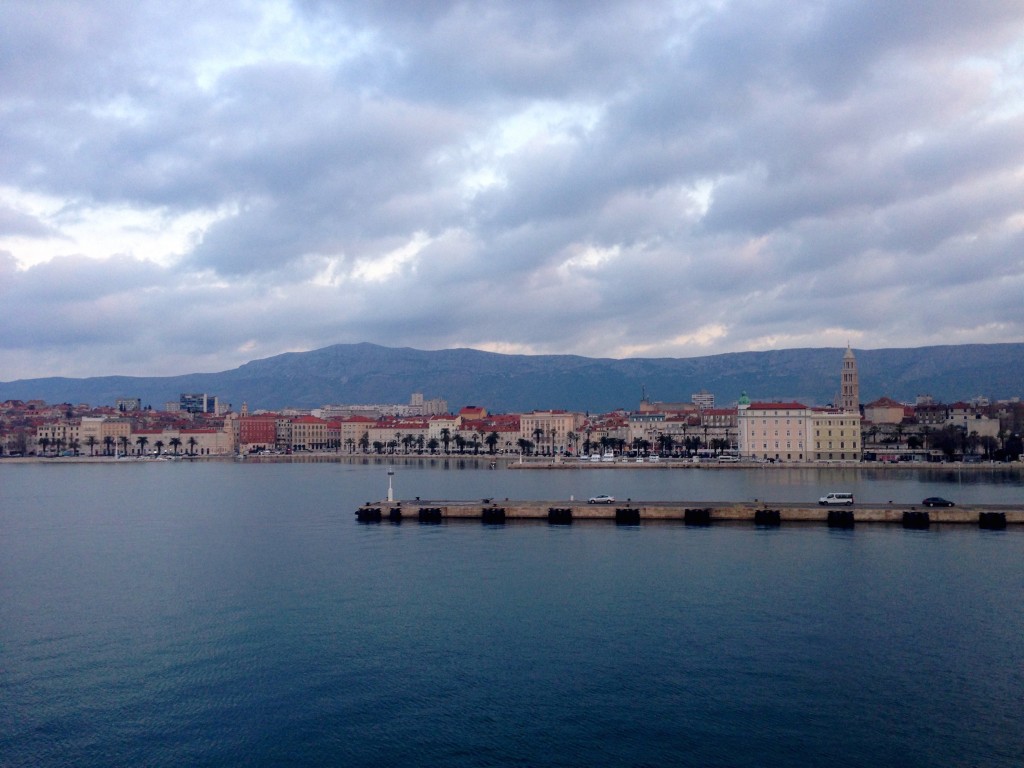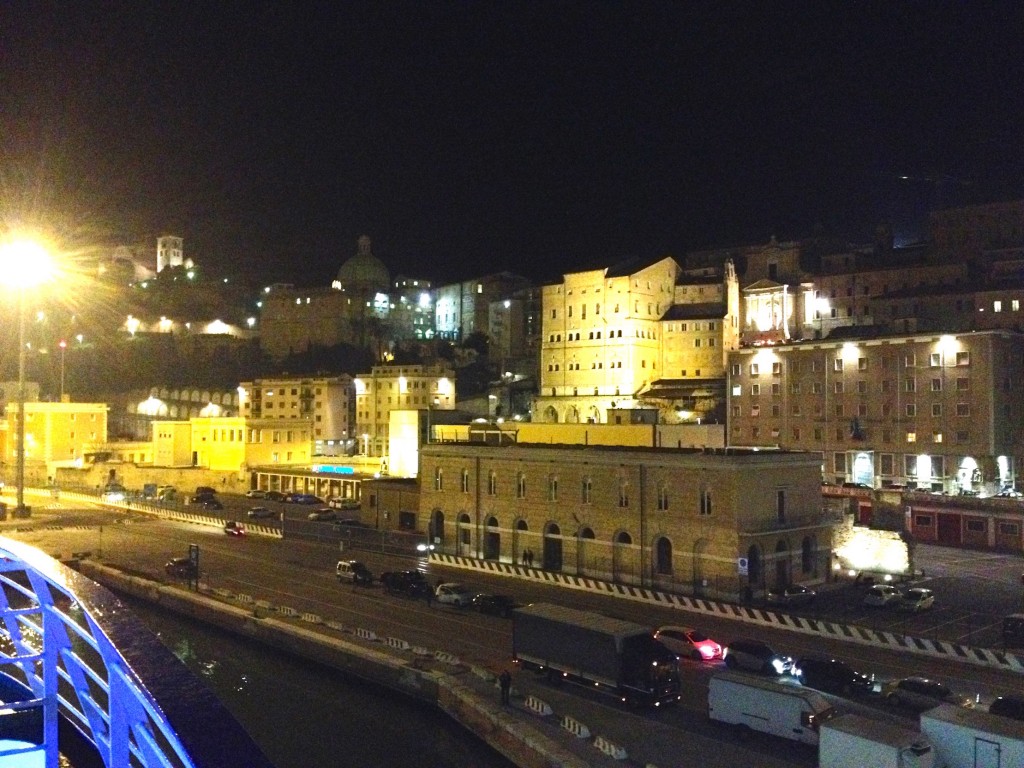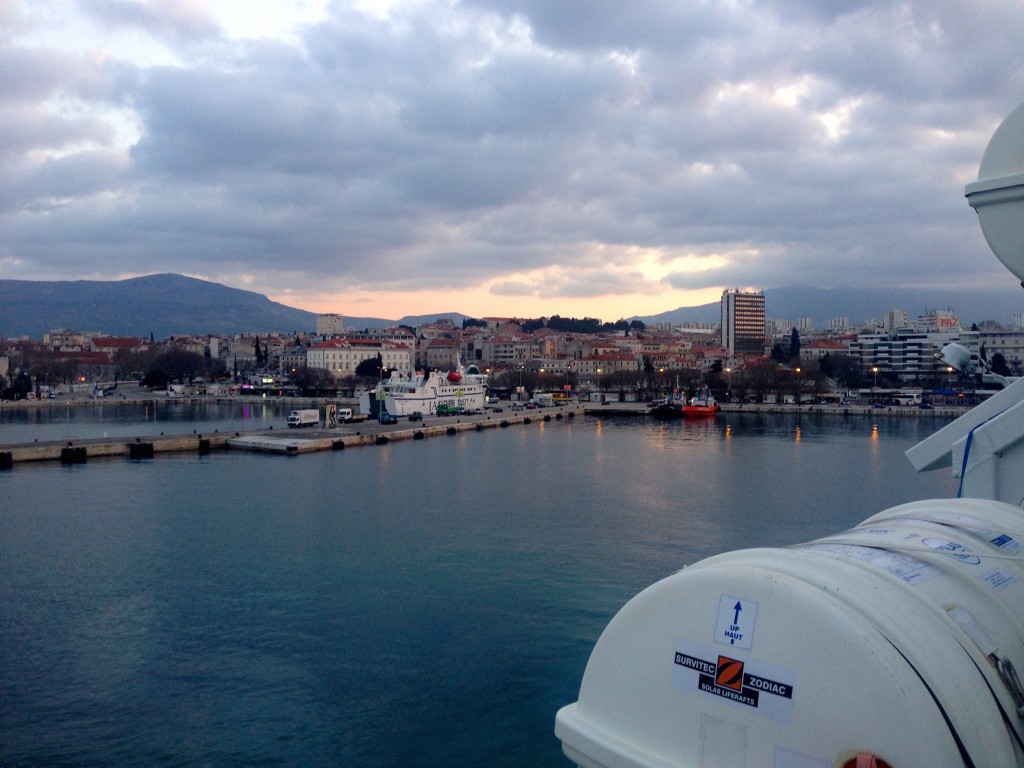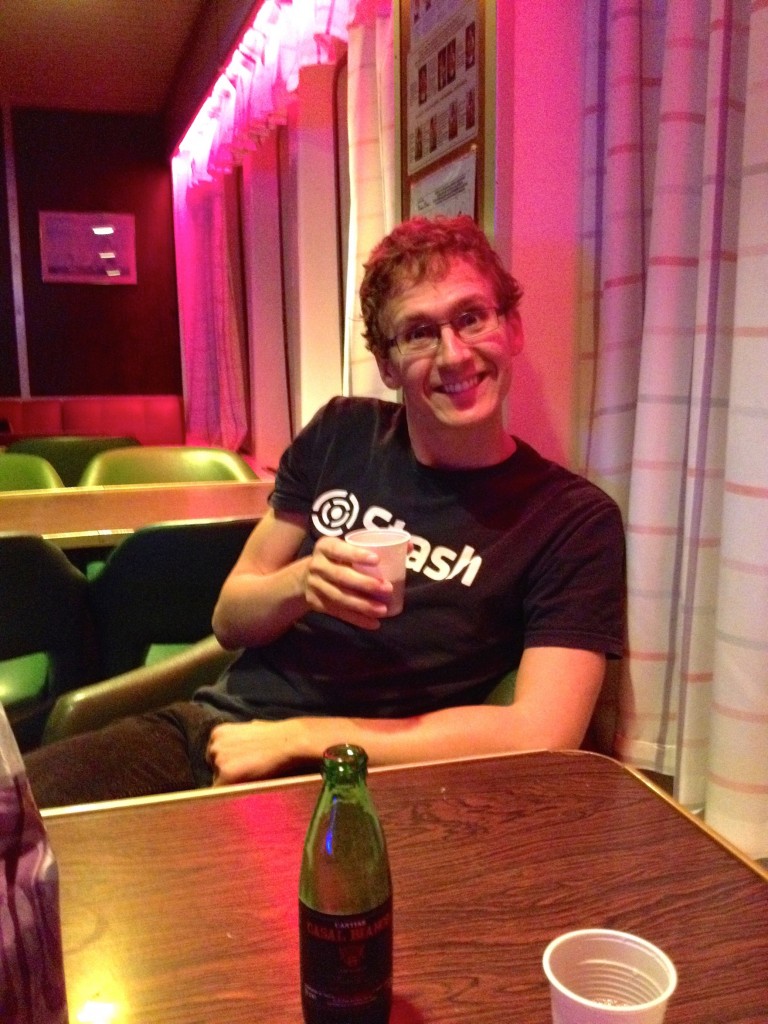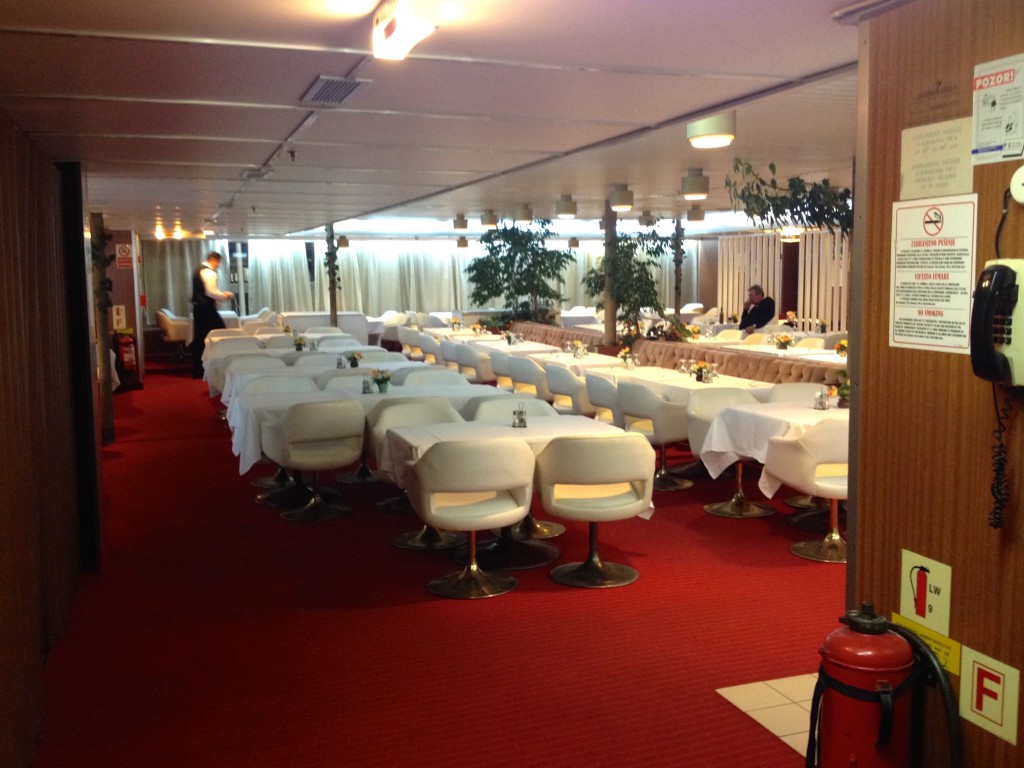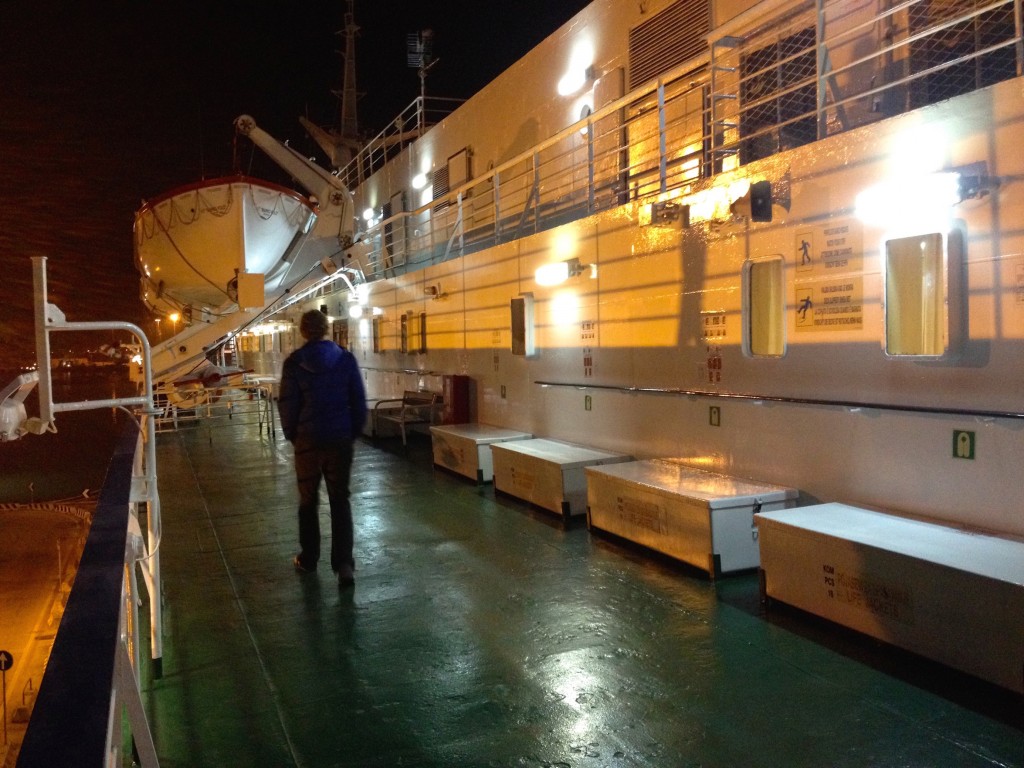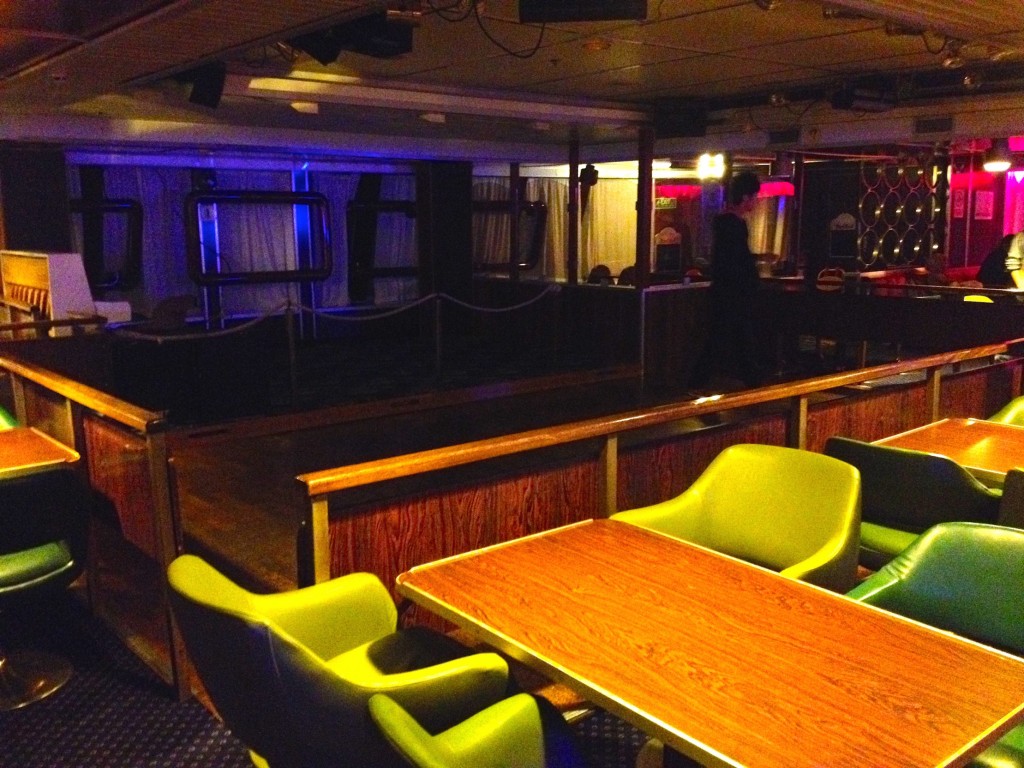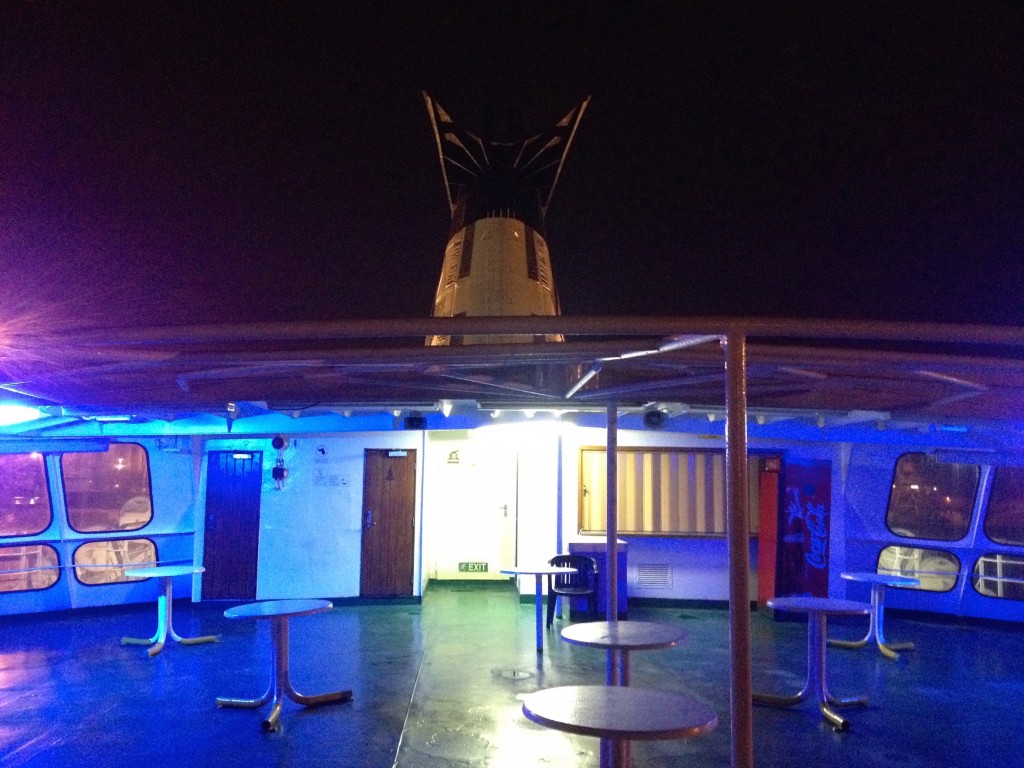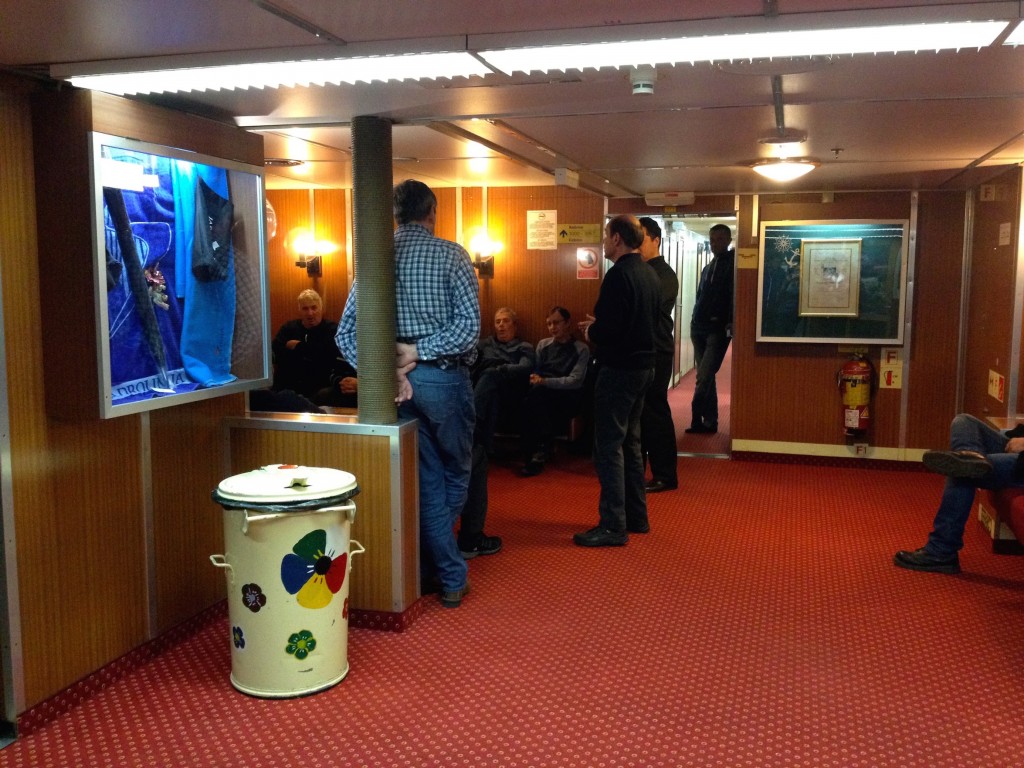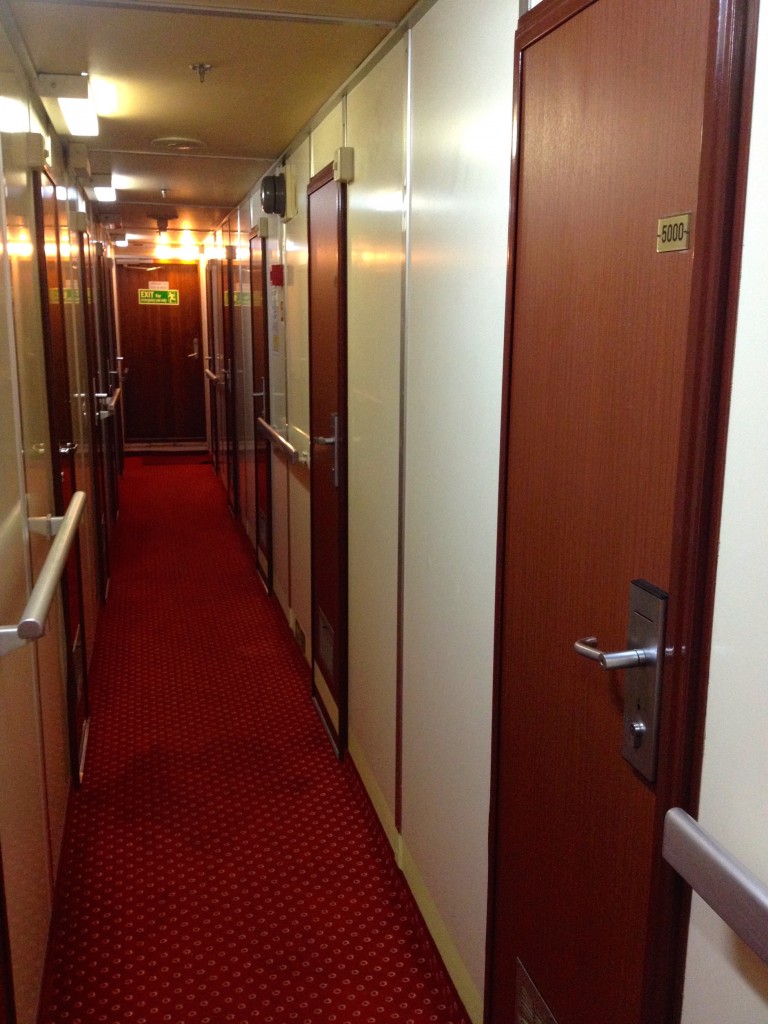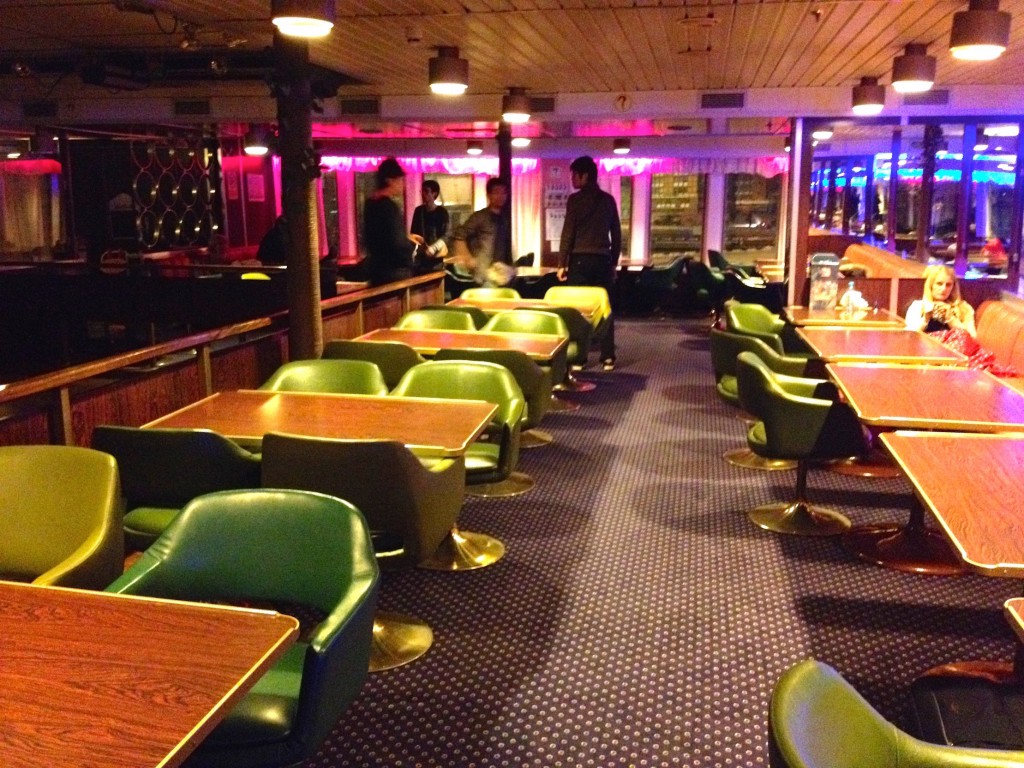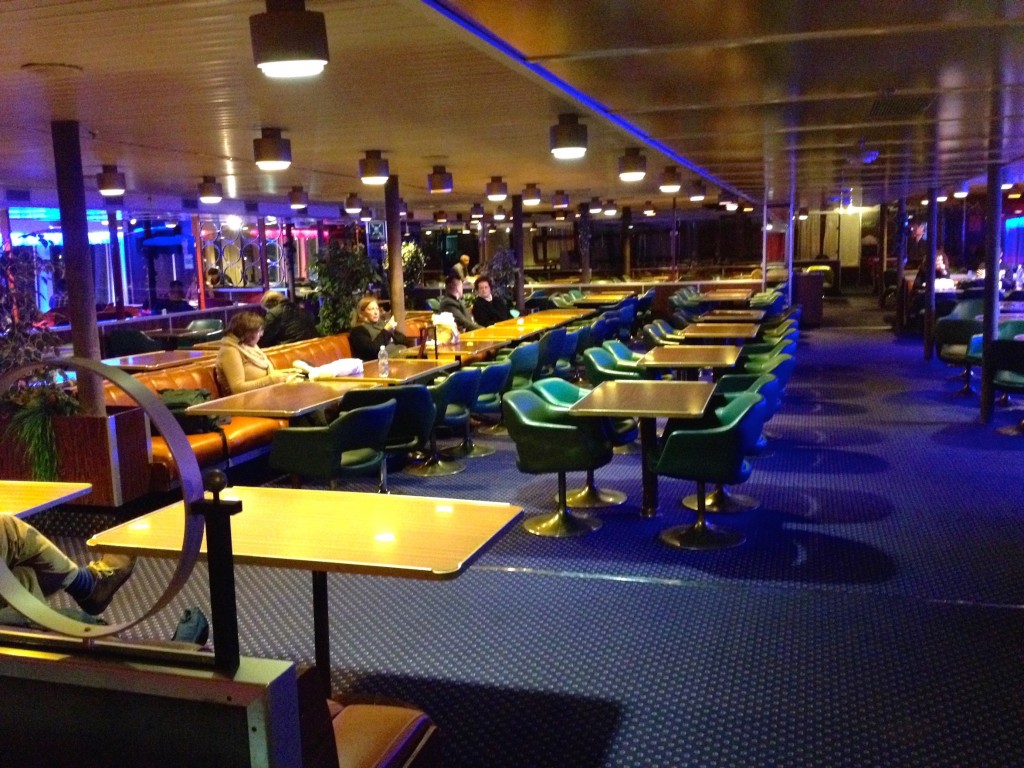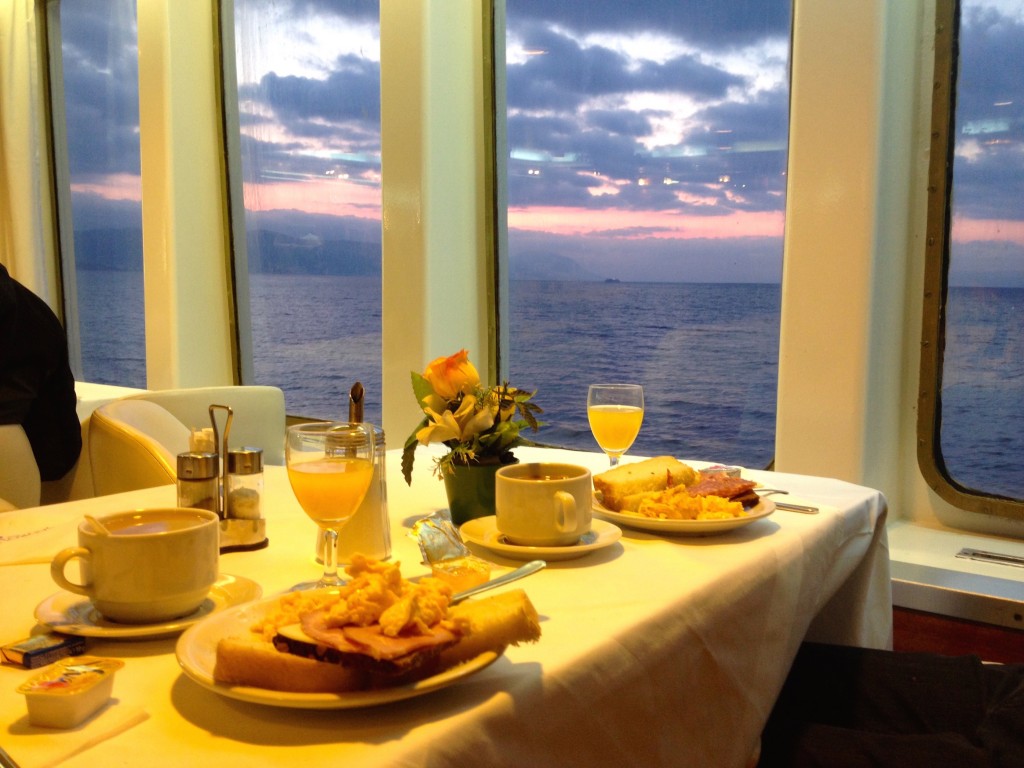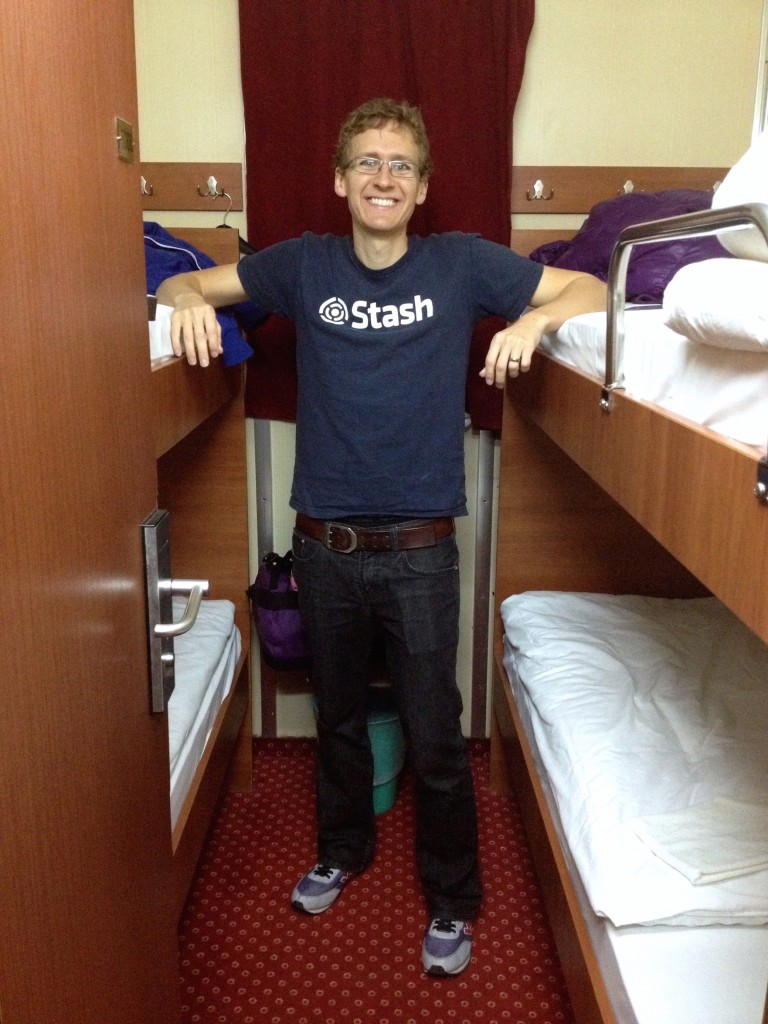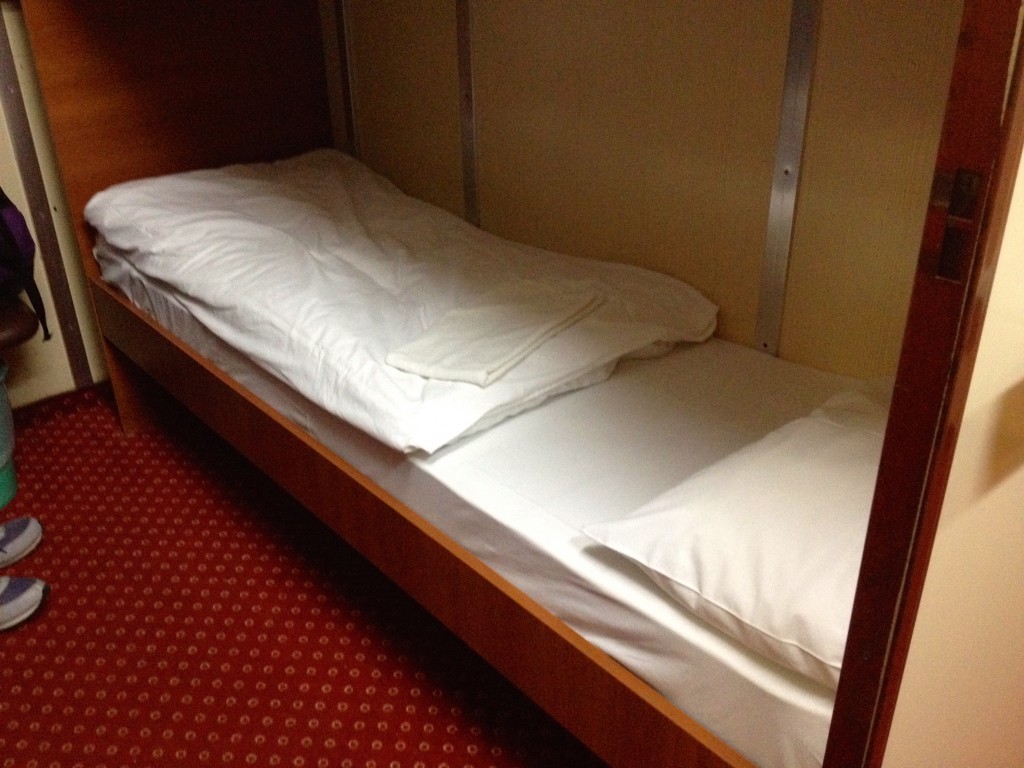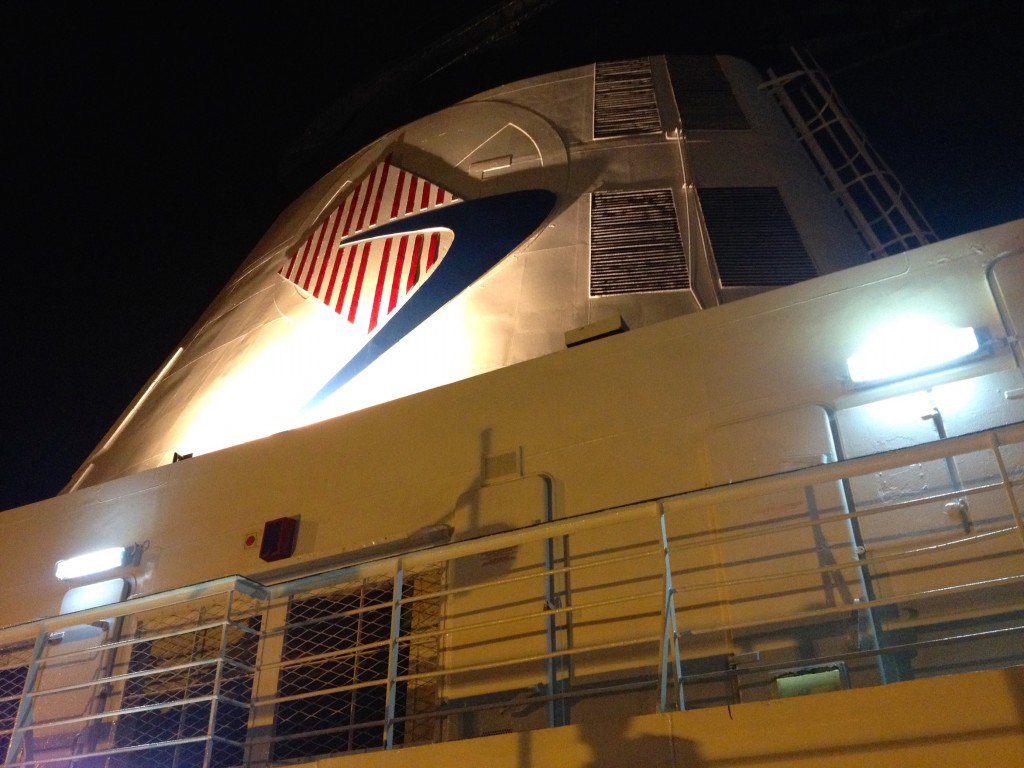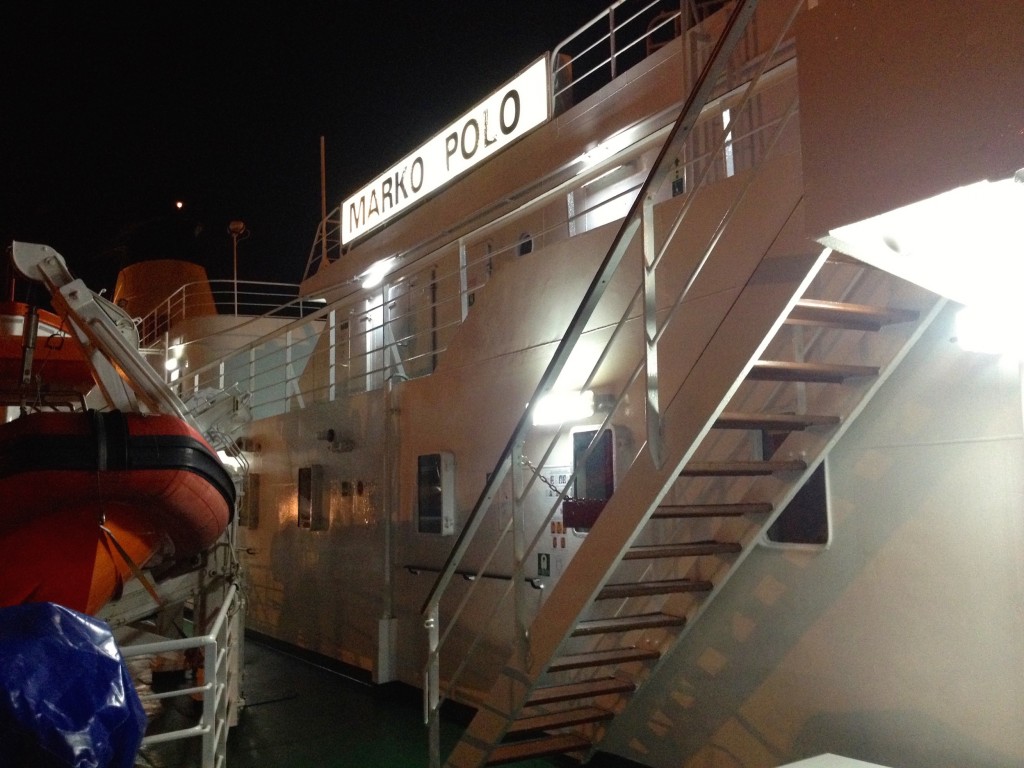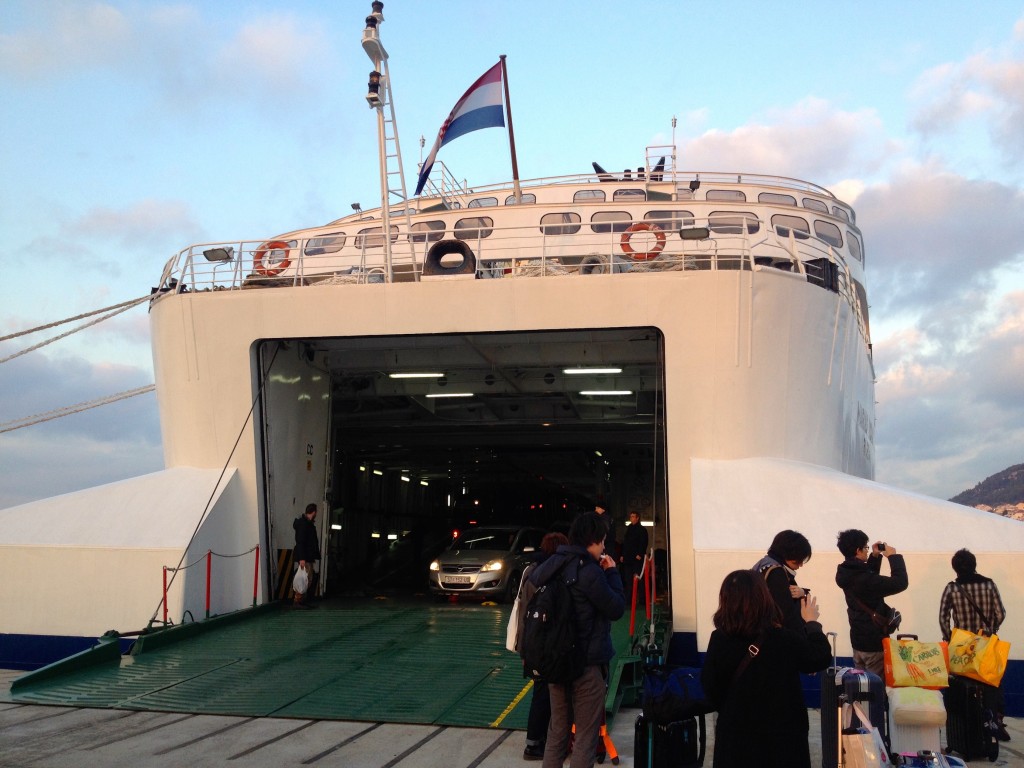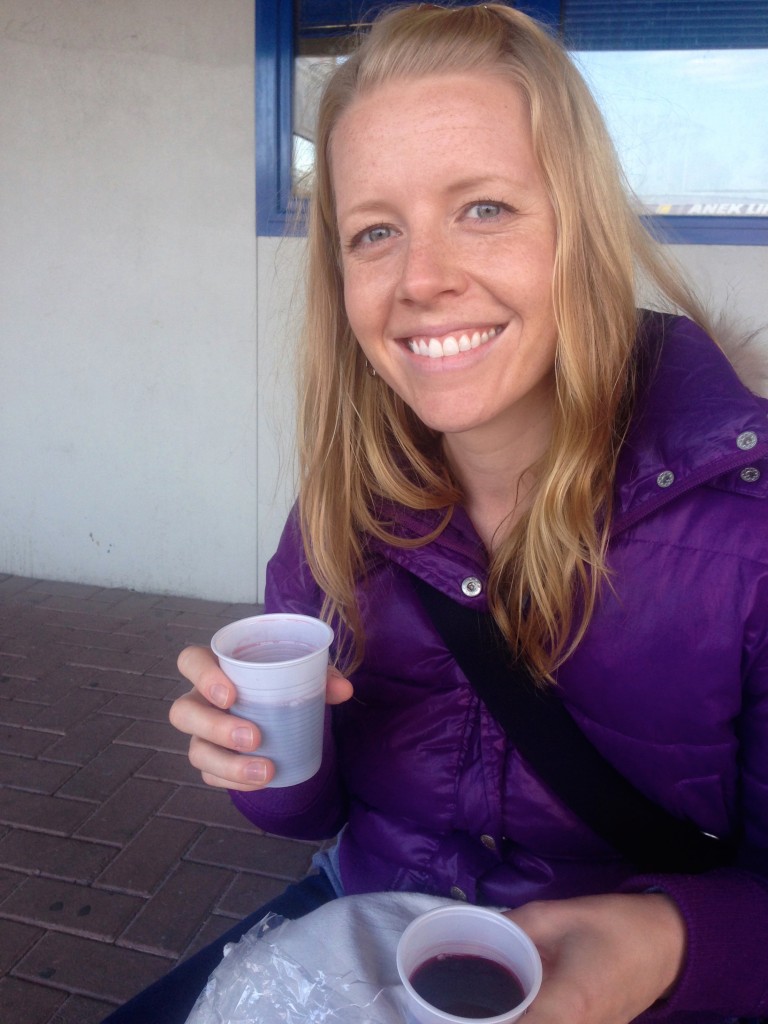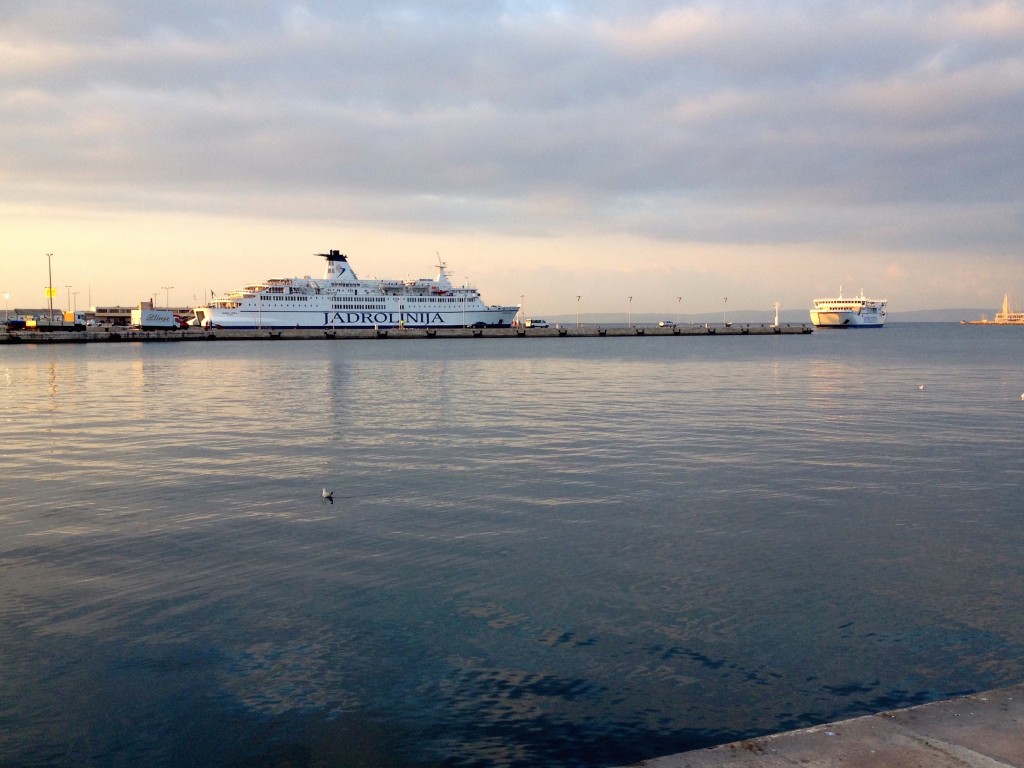Zagreb, Croatia is not your average capital city. It flies below most tourists’ radars, which means you’ll encounter fewer crowds, lower prices, and might have a more authentic experience than other made-for-tourist towns like Dubrovnik or Trogir. If you take a walk down the pedestrian-only Restaurant Row street, where you’d normally expect to encounter hoards of tourists, you’ll be surprised to hear almost everyone speaking Croatian!
But fewer tourists also means fewer attractions and activities. Zagreb has a good Museum scene, if that’s your thing, but it’s really just a very livable city that’s a lot of fun to explore. A visit here will undoubtedly be low-key, relaxing, and inexpensive. For some, that’s a great reason to visit Zagreb. For others, it’s a reason to avoid it. If you’re passing through anyway, it’s definitely worth spending a few nights here. We certainly enjoyed ourselves!
So what should you do while you’re in Zagreb?
Visit the Dolac Market
One of the best ways to experience a town or city is to visit their produce market! Looking back on all of the places we’ve called “home” over the last year, some of our favorite people were local folks who had booths at the fresh markets where we bought our groceries. It’s SO MUCH FUN to become a regular at the market while you’re in town! Everywhere we go, we end up with a “fruit guy”, a “veggie lady”, an “egg gal”, and a “baker”. It’s such a fun feeling when they start to recognize you and greet you with a huge grin!
Zagreb has one of the biggest fresh market’s we’ve ever visited. If you’re ever in town, visiting the Dolac Market is an absolute must.
There are dozens of produce vendors, a huge section devoted solely to soft cheeses, countless meat booths, flower vendors, and bakers, and there is more sauerkraut than you’ll know what to do with.
There are even booths selling hand-made wooden kid’s toys and wooden kitchen utensils! I could spend a whole morning just walking around at the market taking in the sights and smells.
Visit the Museum of Broken Relationships
I’m not really a museum person, but when it comes to completely offbeat museums that feature something totally out of the norm, I am 100% in for a visit. Zagreb has one of the weirdest museums I’ve ever heard of, the Museum of Broken Relationships. This museum was actually created by a couple who had just broken up, with the idea being that it can be therapeutic to “overcome an emotional collapse through creation” by donating an item to the Museum’s collection.
Each item on display was donated to the museum by someone who recently ended a relationship. Each exhibit is accompanied by a story sent in with the item about the relationship or the breakup, and many of them show how long the couple was together.
The museum is at times extremely depressing (think multi-decade marriages ended in cheating and divorce, or others ending in suicide), but the overwhelming majority of the stories were hilarious and witty or just plain heartwarming.
A few of our favorite exhibits:
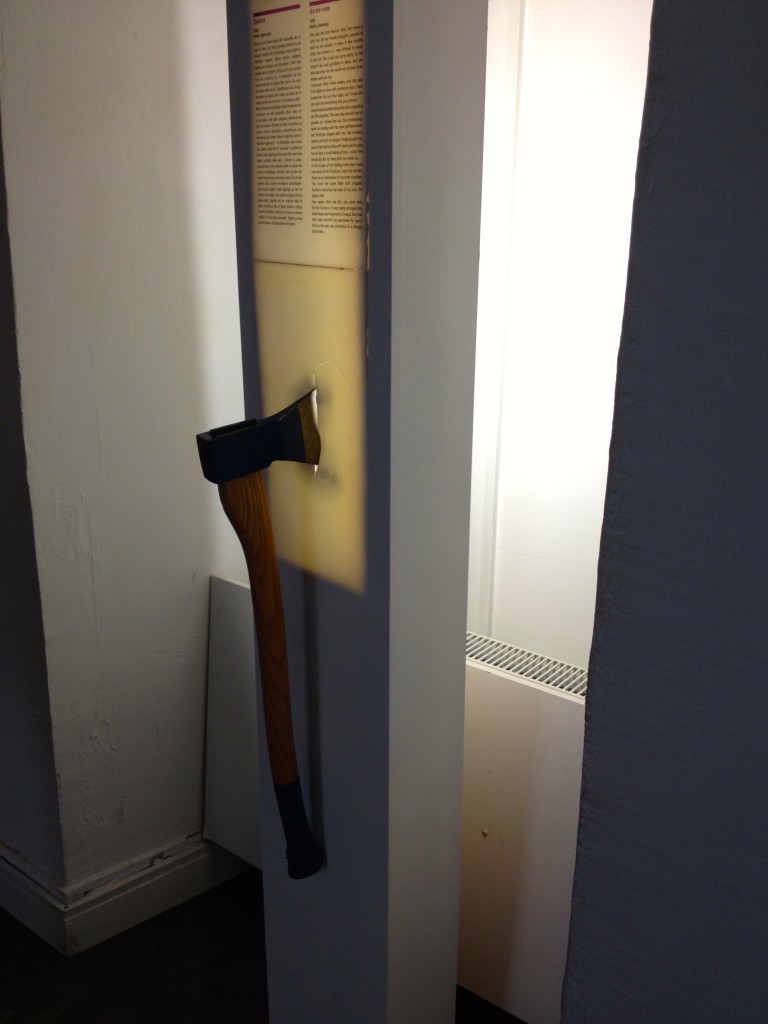
An Ex Axe from Berlin, Germany. No, this isn’t a murder weapon. A man sent this in after his girlfriend left him for another woman. She had recently moved in with him before she found someone new and ran off on a 2-week vacation with this new girlfriend. Every day of his ex-girlfriend’s 14-day holiday, the Axe man chopped up a piece of her furniture. When she returned from her holiday and came to retrieve her belongings, all she found was a pile of hacked up wood!
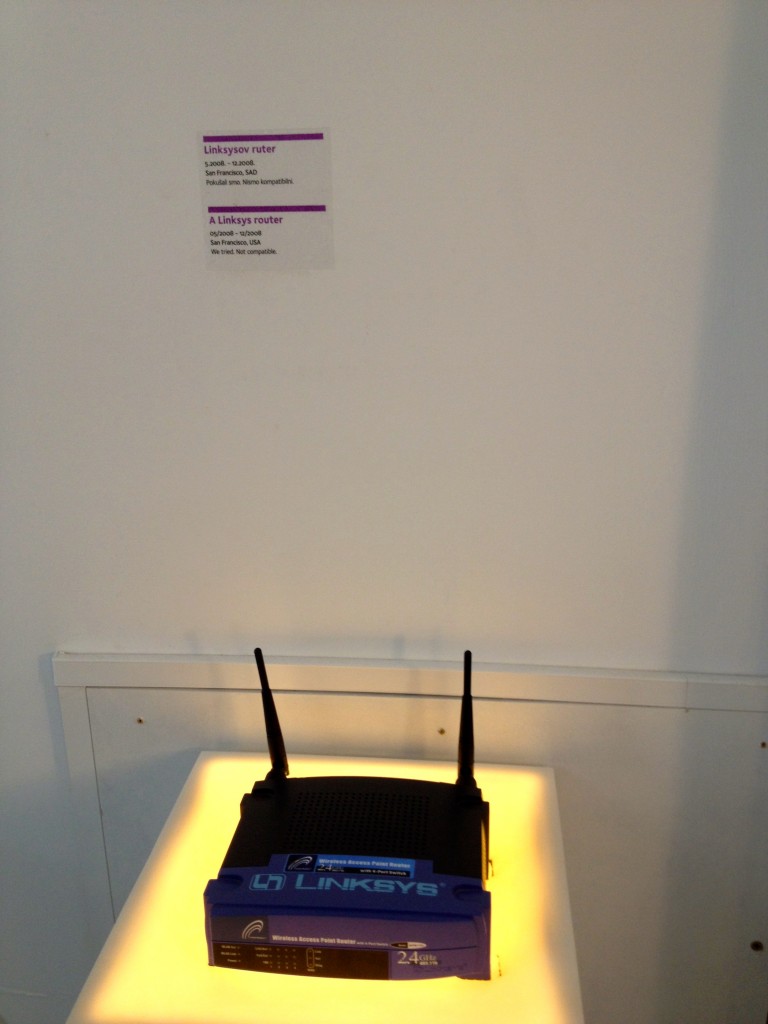
A Linksys Router, from a 7-month relationship in San Francisco. The sender’s note reads “We tried. Not Compatible.”
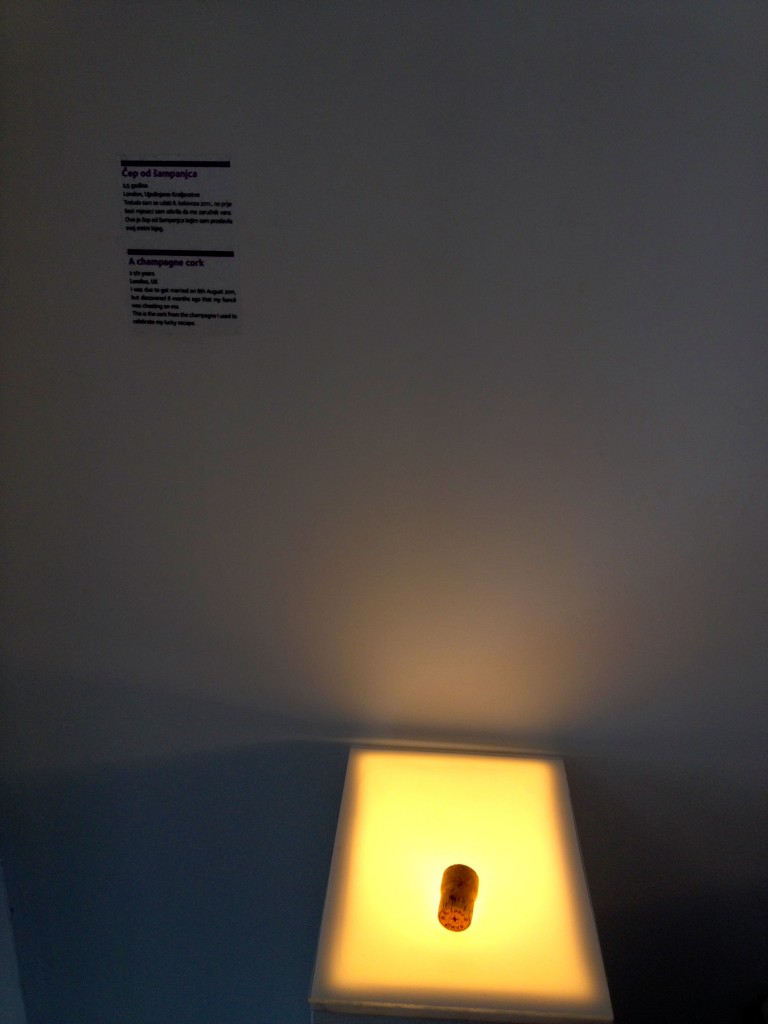
A champagne cork from a 2.5-year relationship in London. The sender’s note reads: “I was due to get married on 6th August 2011, but discovered 6 months ago that my fiancé was cheating on me. This is the cork from the champagne I used to celebrate my lucky escape.”
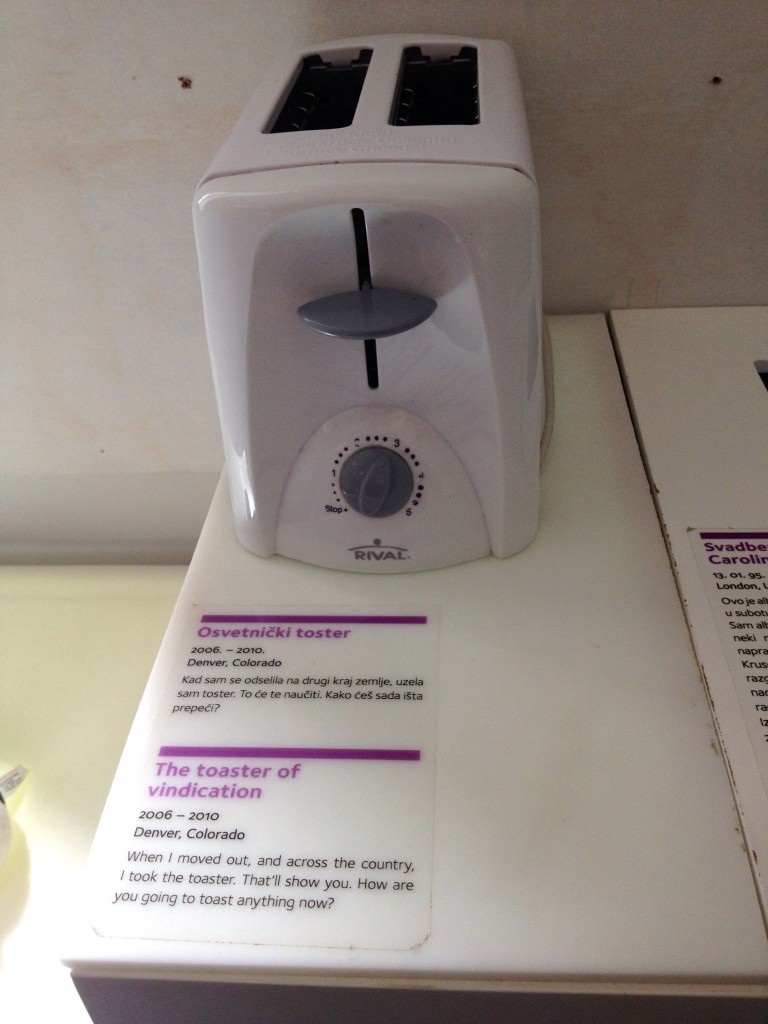
And finally, my favorite, the Toaster of Vindication. This one came from Denver, Colorado after a 4-year relationship ended. The note reads “When I moved out, and across the country, I took the toaster. That’ll show you. How are you going to toast anything now?”
The Museum also has a sassy gift shop and a cute little cafe. They have some creative souvenirs, my favorite being their chocolate selection:
Hit the Pivnica Medvedgrad Happy Hour
This won’t surprise readers who know us well… We found THE BEST BARGAIN in Zagreb. A local microbrewery called Pivnica Medvedgrad and a pizzeria named Mali Medo have joined forces to become a delicious, wonderful, behemoth presence in one of Zagreb’s best pedestrian zones. They have something like four different storefronts (all located around here), all offering the same food and beer.
For a magical 1-hour window each day, their beer and pizza Happy Hours overlap. It. Is. Amazing. Each day from 4-6pm, the Pizza of the Day is half off. And everyday from 5-7pm, they offer at least one half-liter beer for just 9 Kuna (that’s about $1.25!). So, obviously, the hour between 5 and 6pm became a big deal to us. We were in Zagreb for 4 nights, and had dinner at Pivnica Medvedgrad Mali Medo THREE TIMES.
As an added bonus, their beer is actually pretty delicious! We especially loved their Wheat Beer. Kevin brews his own beer at home, so we are a bit spoiled by usually having beer around to drink that is made to our exact specifications, so this was nice to find on our travels.
Eat Brownies a la Mode
It should be clear by now that Kevin and I are incapable of visiting a city without seeking out at least one dessert, especially if a city we’re visiting has a cafe called The Cookie Factory.
If you’re in town, be sure to stop by for their 18 Kuna ($2.50) Brownie a la Mode. Pick any brownie from their huge menu:
In our opinion, the optimal combination is a Fudge Brownie with Peanut Butter and Jelly Ice Cream. We almost went back a 2nd day in a row, before we realized we’re adults and can’t behave like that anymore.
Visit Maksimir Park
One of the recurring challenges we’ve had in new cities we’ve traveled to is where to go running. I’m training for a Marathon in June, so I had a big 18-miler to tackle in Zagreb. Luckily, they have a wonderful outdoor area called Maksimir Park that’s just a couple of miles East of Zagreb’s main tourist area.
It’s great for running if you have a Fitbit to track your mileage, but it’s tricky to map a run here with online tools like Map My Run because the trails aren’t super well-defined on Google Maps. But you can’t beat the scenery, and there are free bathrooms! (Never thought I’d see any of those in Europe, anywhere, ever…)
Even if you’re not there to run, it can be a great place to stroll on a sunny day. They even have a zoo.
Walk Around… A Lot
Zagreb is a city of fun pedestrian-only zones, huge busy piazzas, and gardens and flowers galore. Seriously, someone in the Parks Department has the gift of a green thumb. Spring has sprung here in Zagreb, and there’s no better way to experience it than on foot. The area of interest to Tourists is all within a fairly compact neighborhood, so most sights are within a 25-minute stroll.
To give you a taste of Zagreb, here are a few photos we snapped on our 4-night stay:
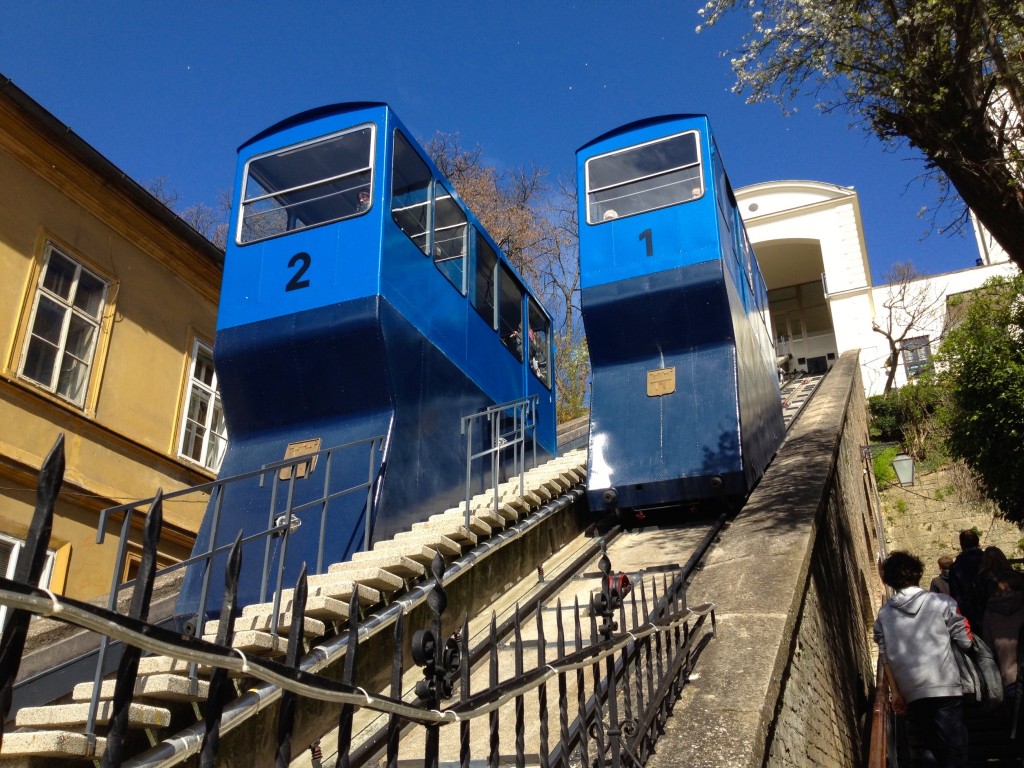
Zagreb is home to the shortest Funicular in the world. It takes just 55 seconds and costs about $0.50 to use the Funicular. (The stairs are an easy option, too, and free.)
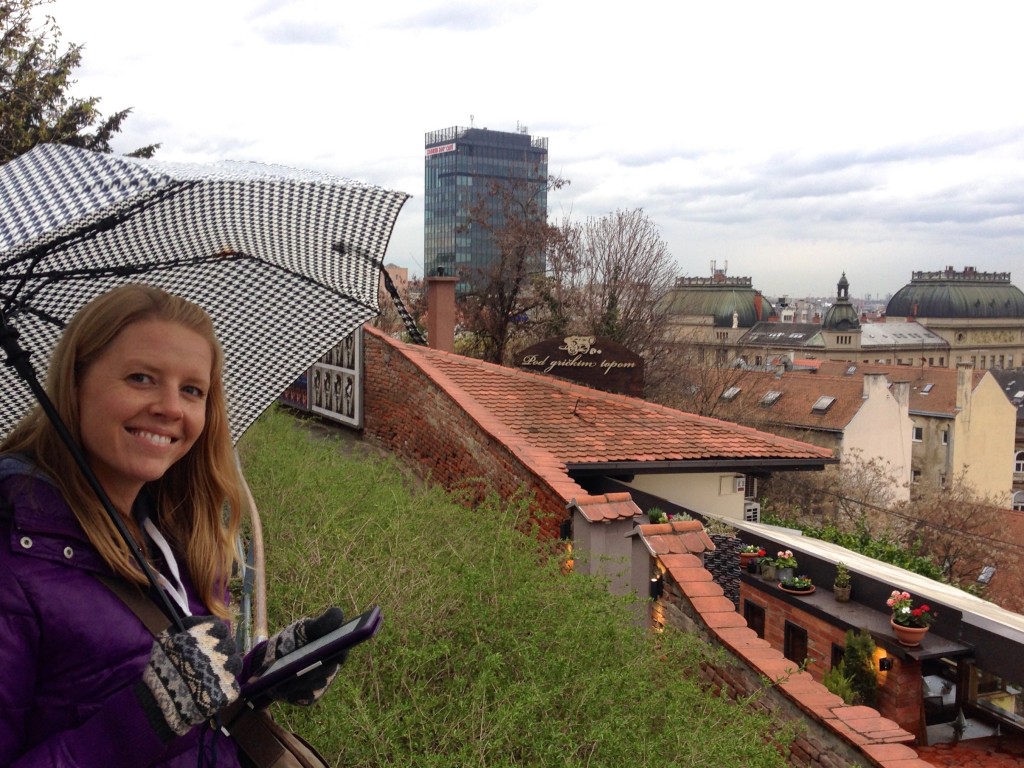
Following Rick Steves’ Walking Tour around town. Because I cannot resist one of Rick’s walking tours. Because I am an old lady at heart…
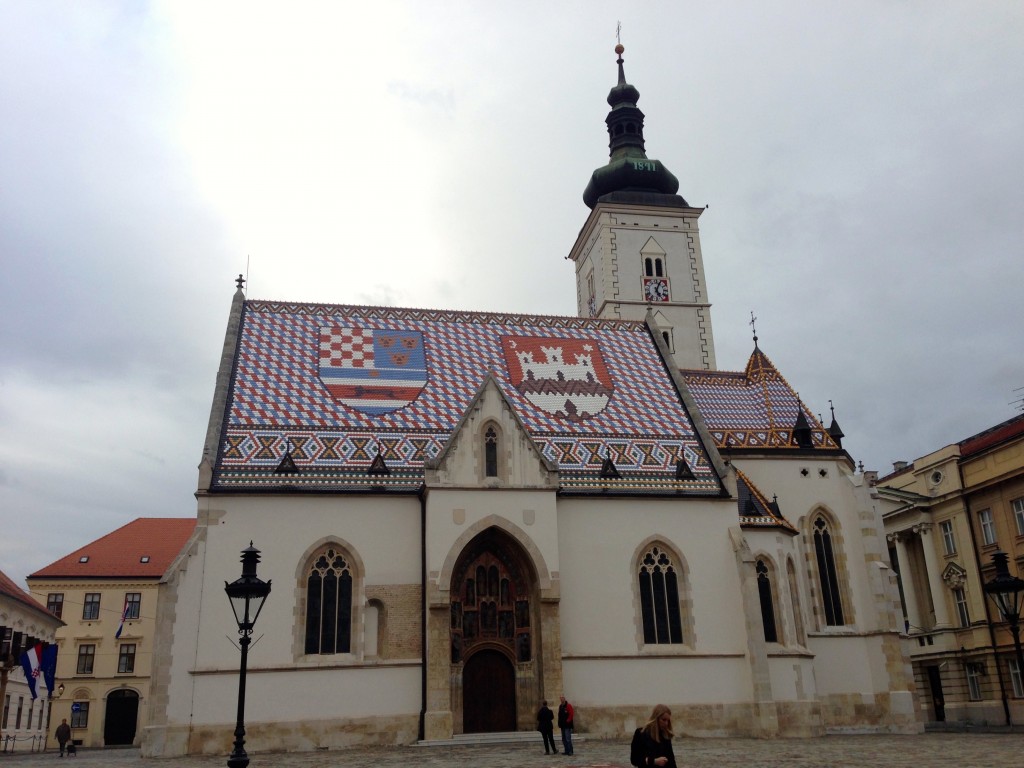
Zagreb’s Church of St. Mark. What a cool roof, right? On the left is the North-Central Croatia coat of arms, and on the right is the Seal of Zagreb.
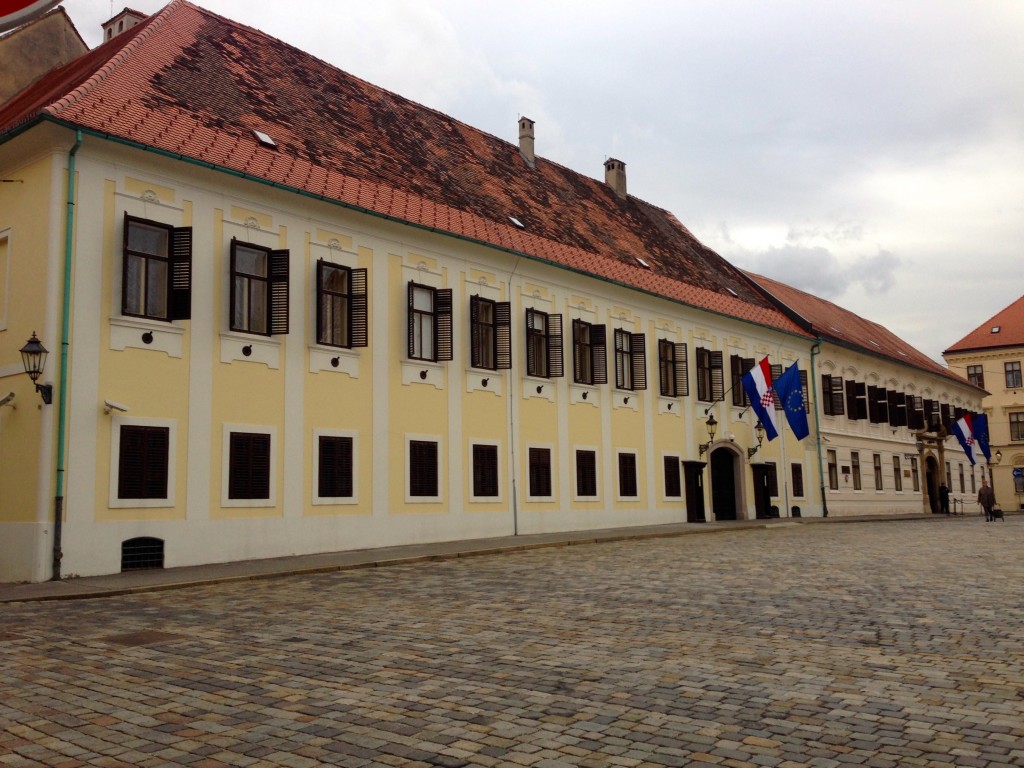
The Croatian Prime Minister’s office building. This building was targeted in the war in the 1990s, and was damaged by air raids by the Yugoslav forces in 1991. You can see the bright orange tiles that replaced the ones damaged in the war.
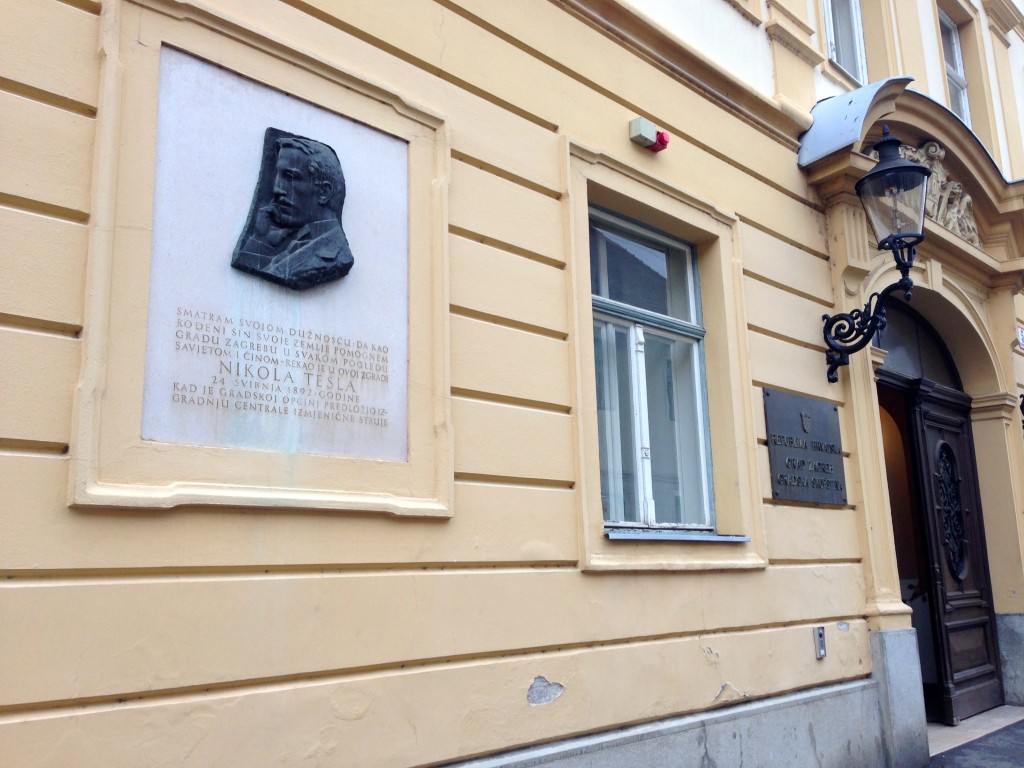
Did you know that Nikola Tesla was born in Croatia? This plaque honors him. Also, notice that the streetlight by the door is an old fashioned gaslight! In fact, Zagreb has 217 functioning gas lights around the city, and all of them have to be lit and put out each day by a couple of city employees.
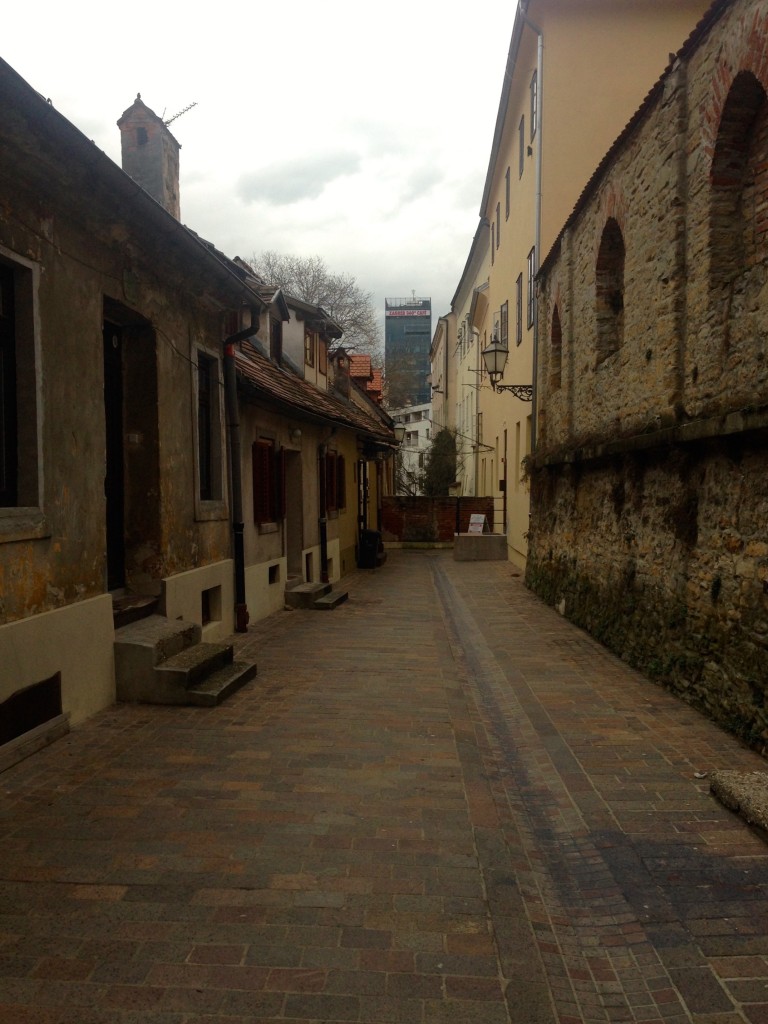
This used to be Zagreb’s red light district! (Prostitution is now illegal in Zagreb) Locals are quick to point out that the front balconies of these houses have great views of the town’s Cathedral. Oh, the irony…
- Don’t miss Zagreb’s Cathedral! Here I am with the bottom of the church…
- …And here’s the top!
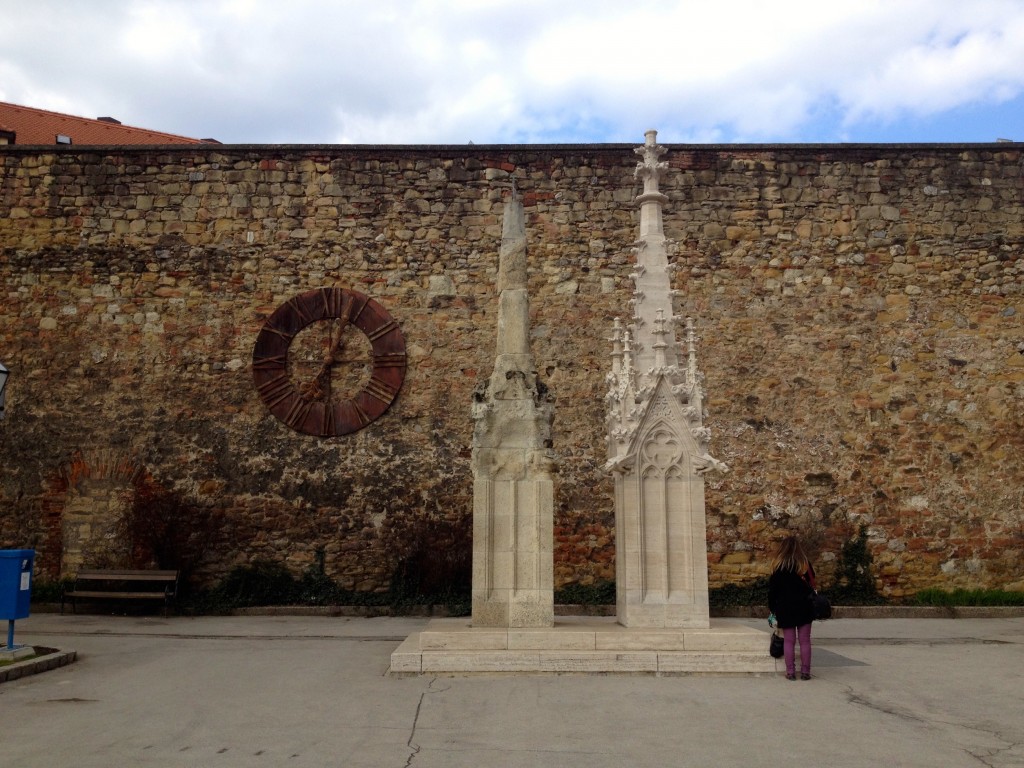
Church Building 101: Why you should not use limestone for elaborate buildings in a cold climate. The spire on the left is made of limestone and was worn down from years of harsh winters in Zagreb.
If all that walking wears you out, stop by Eli’s Caffe for a good Latte. We told the barista we were from Seattle, and he wanted to talk our ears off about Vivace Coffee. (Vivace is a great spot for coffee if you’re ever in Seattle, by the way.)
Celebrate “America Day”
We accidentally had an “America Day” celebration in Zagreb. After having Brownies a la Mode (a classic American dessert, in my opinion), we decided to try Zagreb’s best Burger. We’ve been jonesing for a good burger, especially after going nearly 8 months in Thailand without beef (pork is a lot cheaper and tastier than beef in Thailand). We haven’t even LOOKED at a gas or charcoal grill since leaving Seattle in April 2014, so it was high time we remedied the problem.
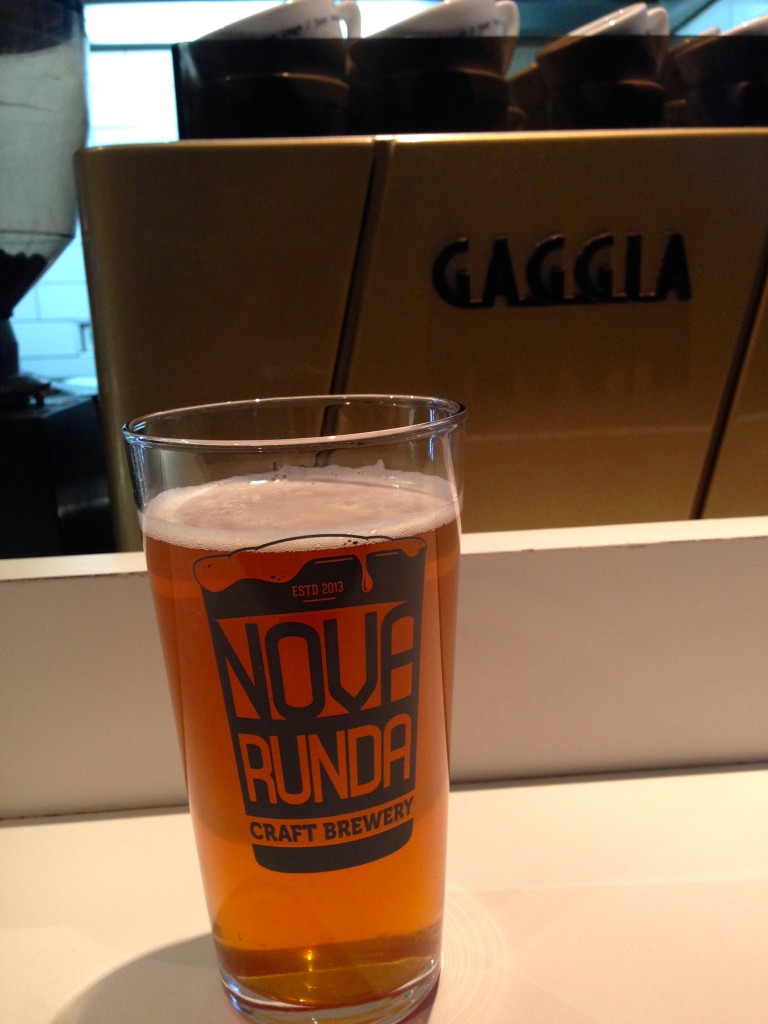
A delicious American Pale Ale, brewed at a tiny microbrewery here in Zagreb. Tasted just like what you might order back home in Seattle!
Enter Rocket Burger, allegedly the best burger available in Croatia. They use an indoor griddle to cook up their burgers, but we’ll take what we can get.
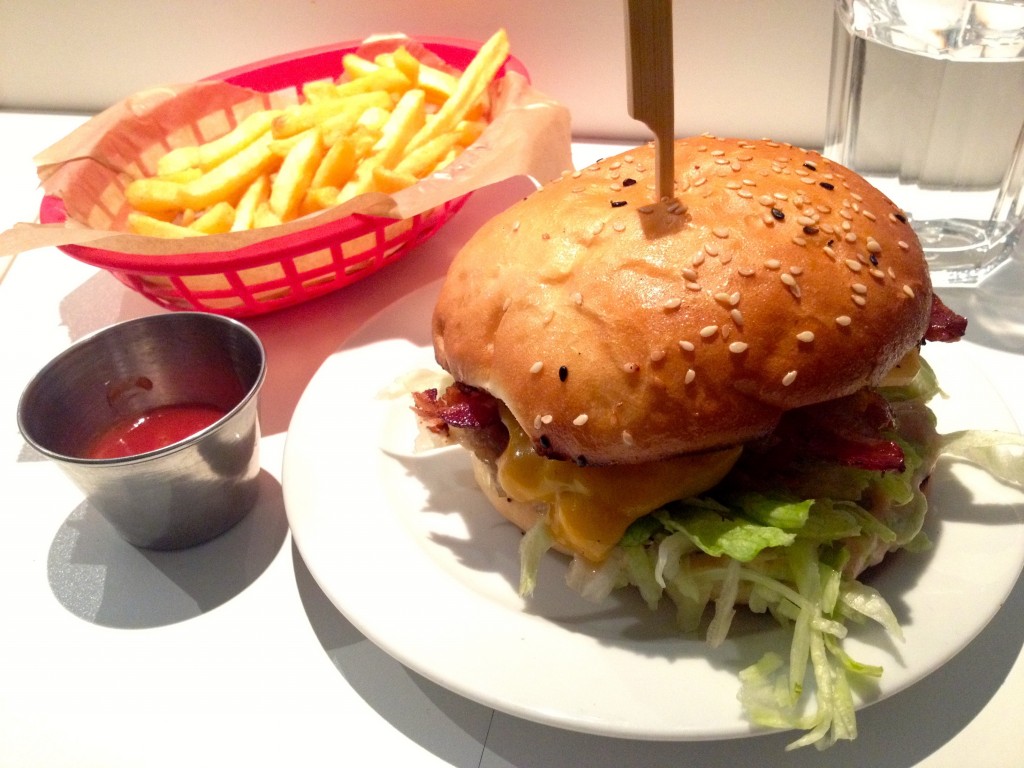
A delicious Cheddar Bacon Supreme at Rocket Burger. A beef patty, slice of cheddar, beer-caramelized onions, a couple pieces of bacon, ketchup, tomato, lettuce, and a secret sauce. YUM.
We ordered up a couple Cheddar Bacon Supremes with fries and American Pale Ales. Nothing says America like Bacon and Cheddar on a delicious slab of ground beef, AMIRITE? To top it all off, AC/DC was playing on the radio. We miss home!
How to Get from Split to Zagreb
If you talk to any local in Split, they’ll tell you to take the bus to get from Split to Zagreb. It can take anywhere from 4.5 to 8 hours, with a one-way ticket costing between 90 and 175 Kuna (or about $12.60 to $24.50). However, we learned in Spain that not all buses have an onboard bathroom, and a reconnaissance mission to Split’s bus station confirmed our fears. I’m neurotic about drinking SO MUCH WATER everyday, so I’m not super fond of being trapped anywhere without a bathroom.
That’s where trains come in. I love trains in Europe! In general they’ve been impressively clean and pretty darn comfortable. We lucked out and got in on a half-price sale on our tickets from Split to Zagreb, so we paid only 112 Kuna/person (about $15.70).
The train journey is scheduled to take 6 hours, but is frequently late. We arrived about 40-minutes behind schedule. Part of that delay was due to a 20-minute smoke break halfway through the trip:
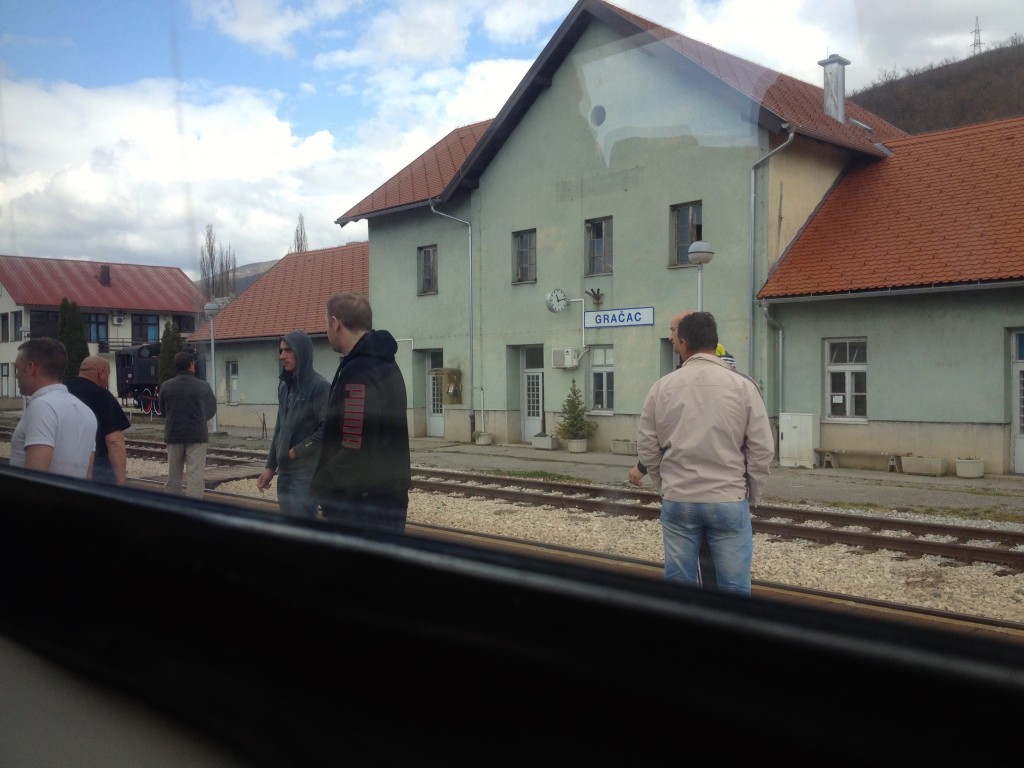
Talk about a mass exodus from the train. Smoking is a lot more common here, and almost everyone got out at this stop.
The scenery train ride to Zagreb is beautiful (and impossible to capture from inside of a moving train). We wound our way past dramatic limestone cliffs, had beautiful views of the Adriatic sea, and even climbed through a snowy mountain range!
We started to get cabin fever before we arrived in Zagreb. Do as the locals do and bring a bunch of snacks and entertainment:
We Want to Hear From You!
Have you visited any towns that fly below the average tourist’s radar like Zagreb does? We’d love to hear about them. Please leave us a comment and let us know!
